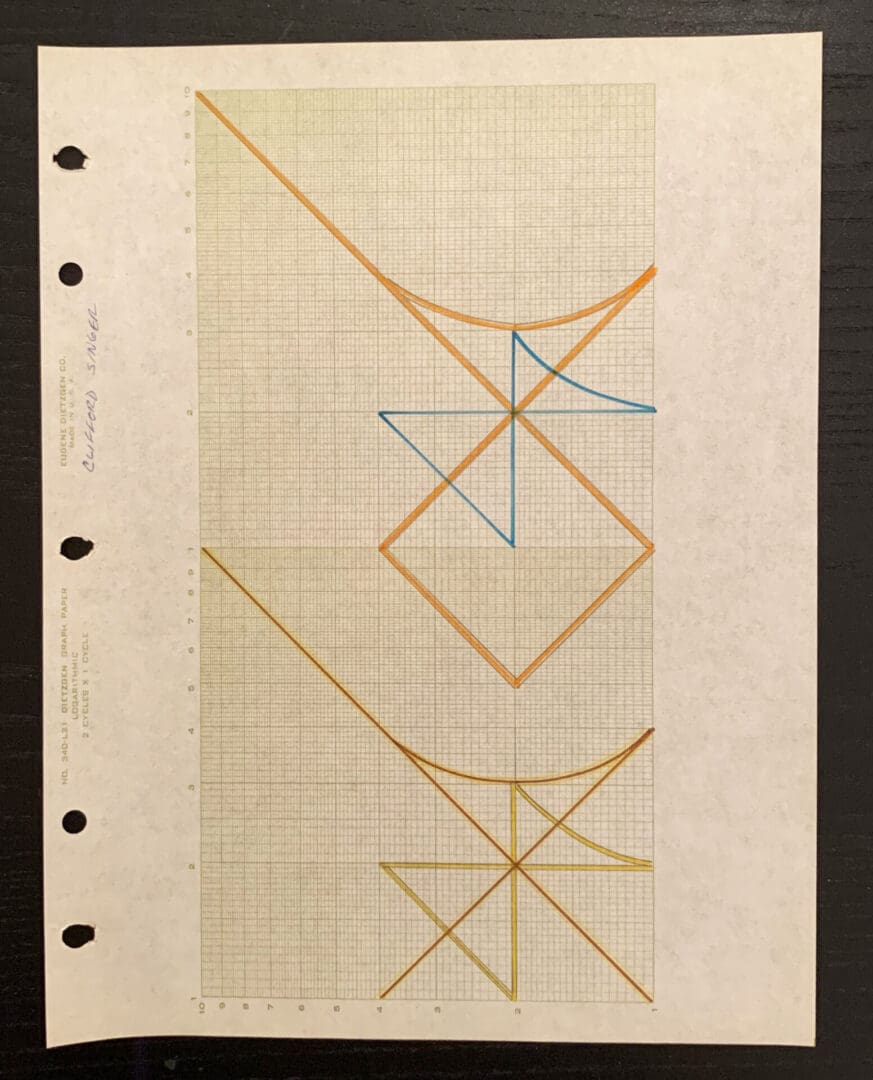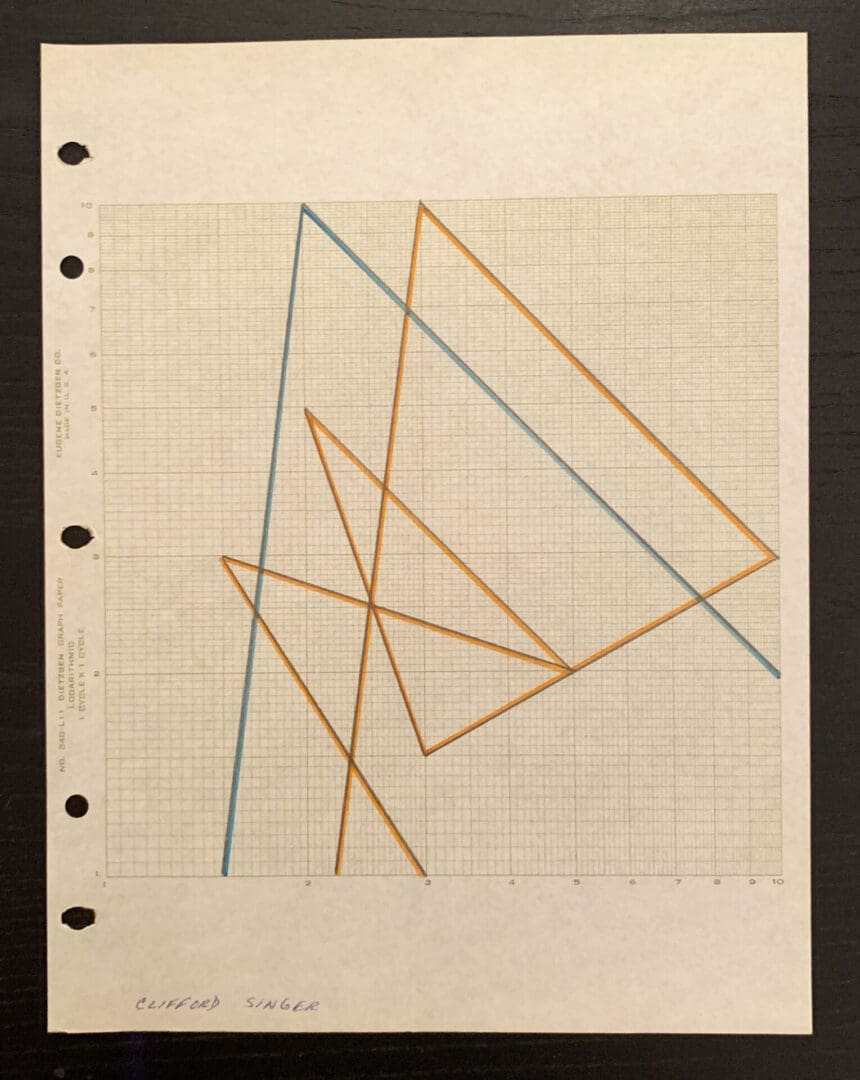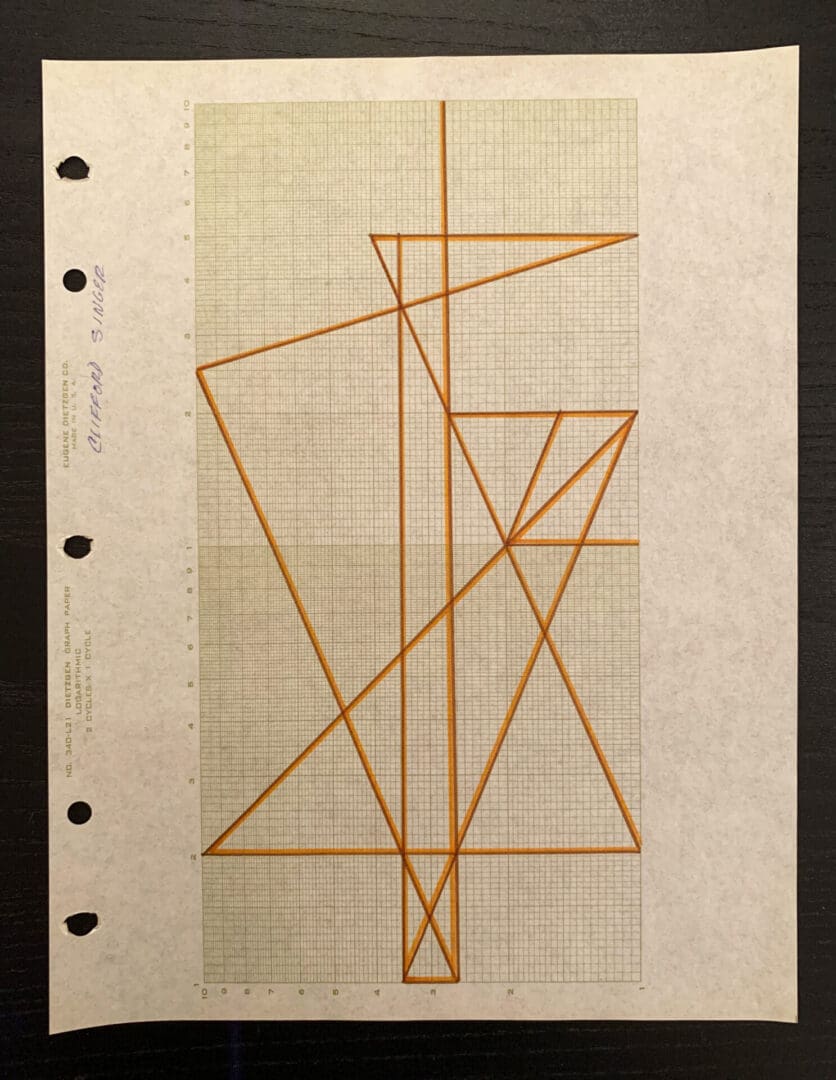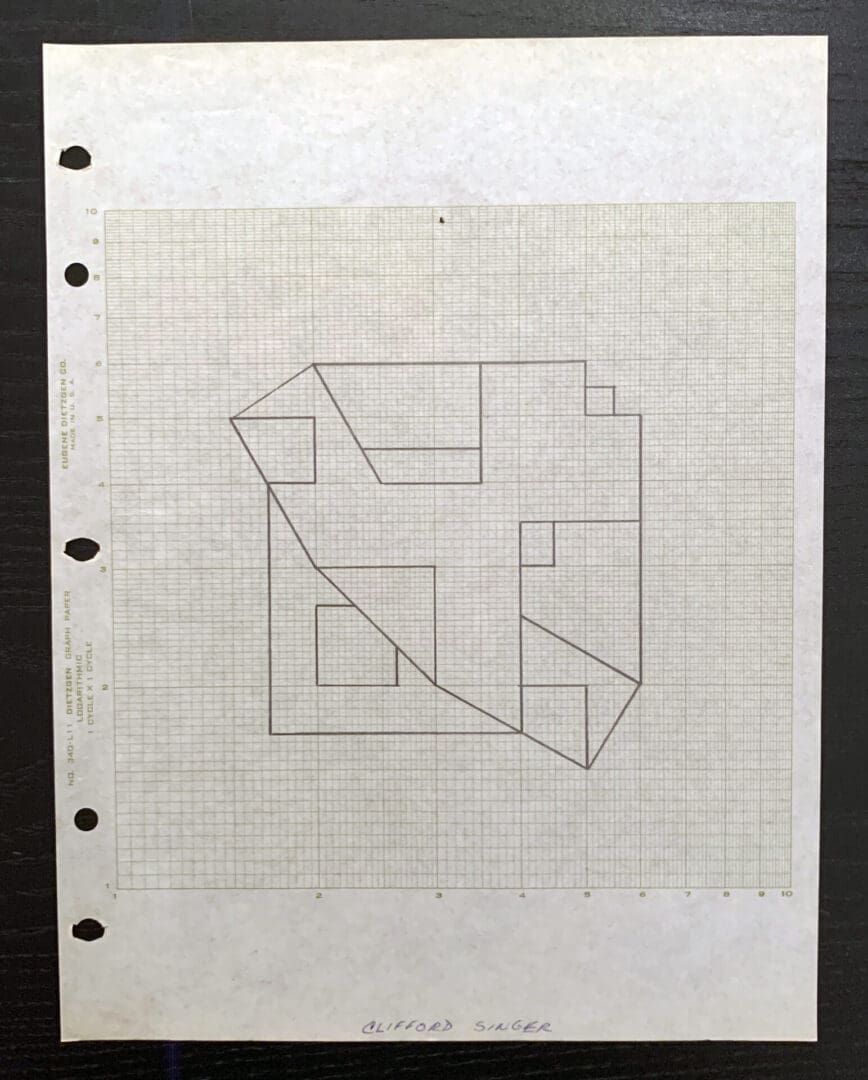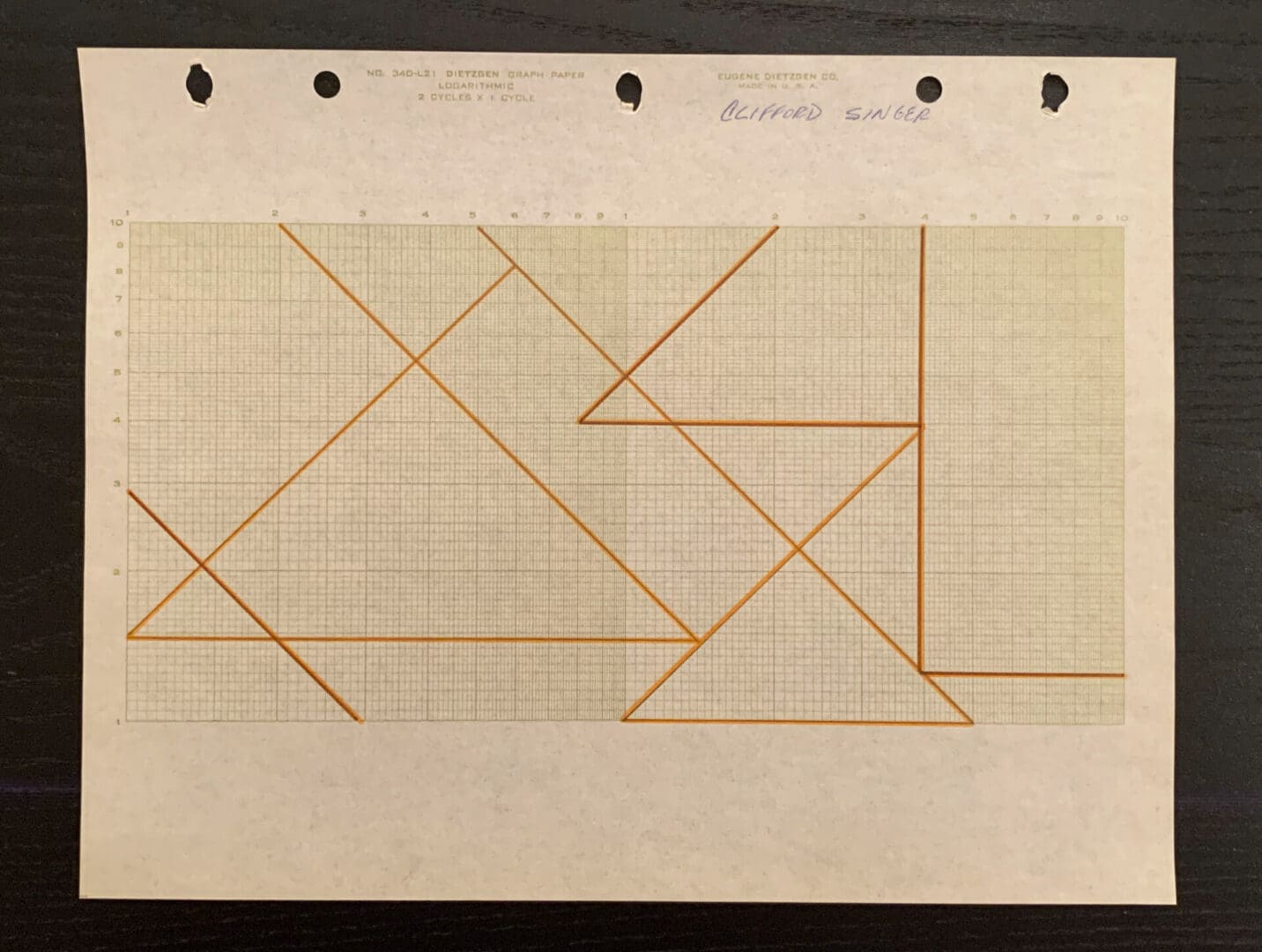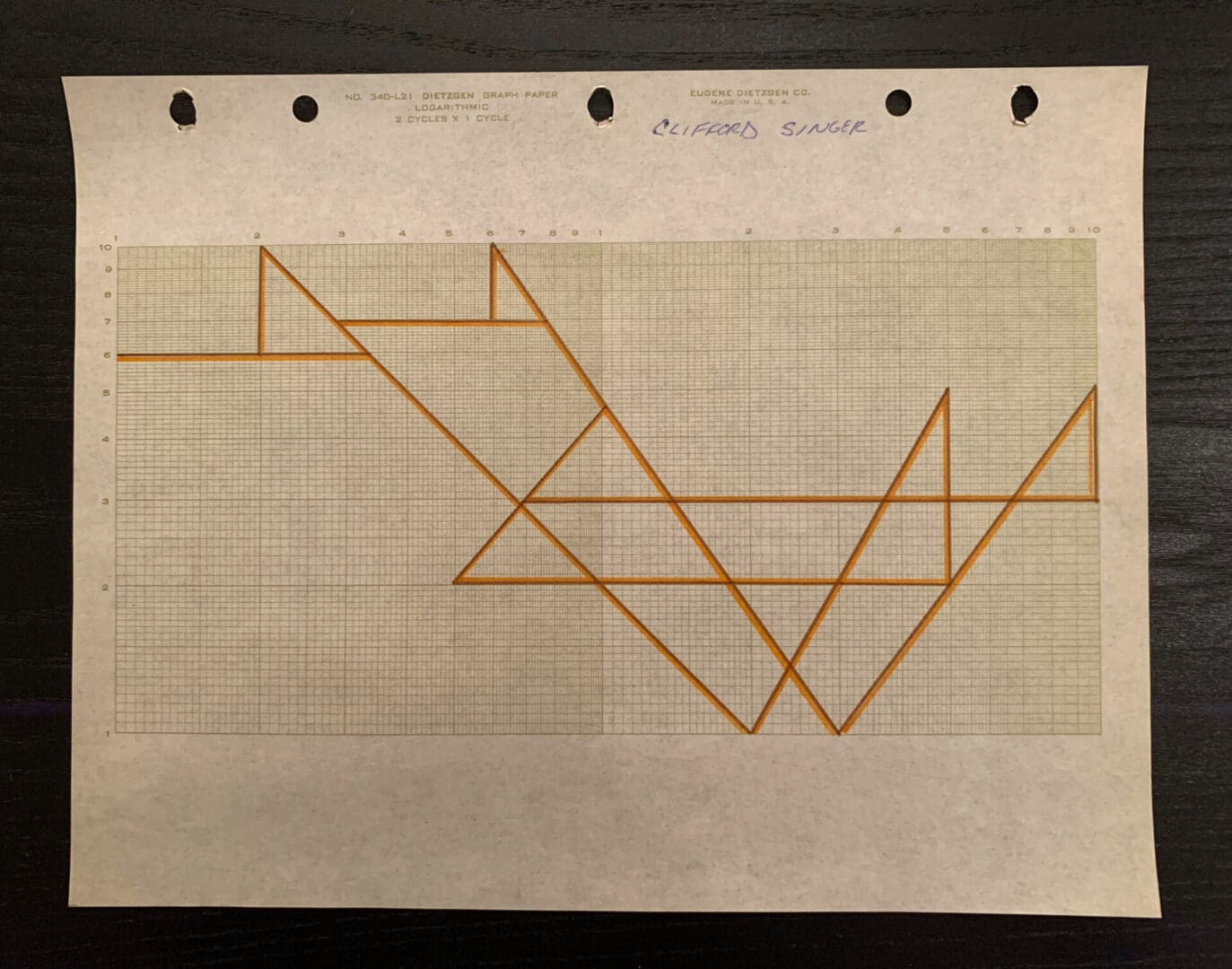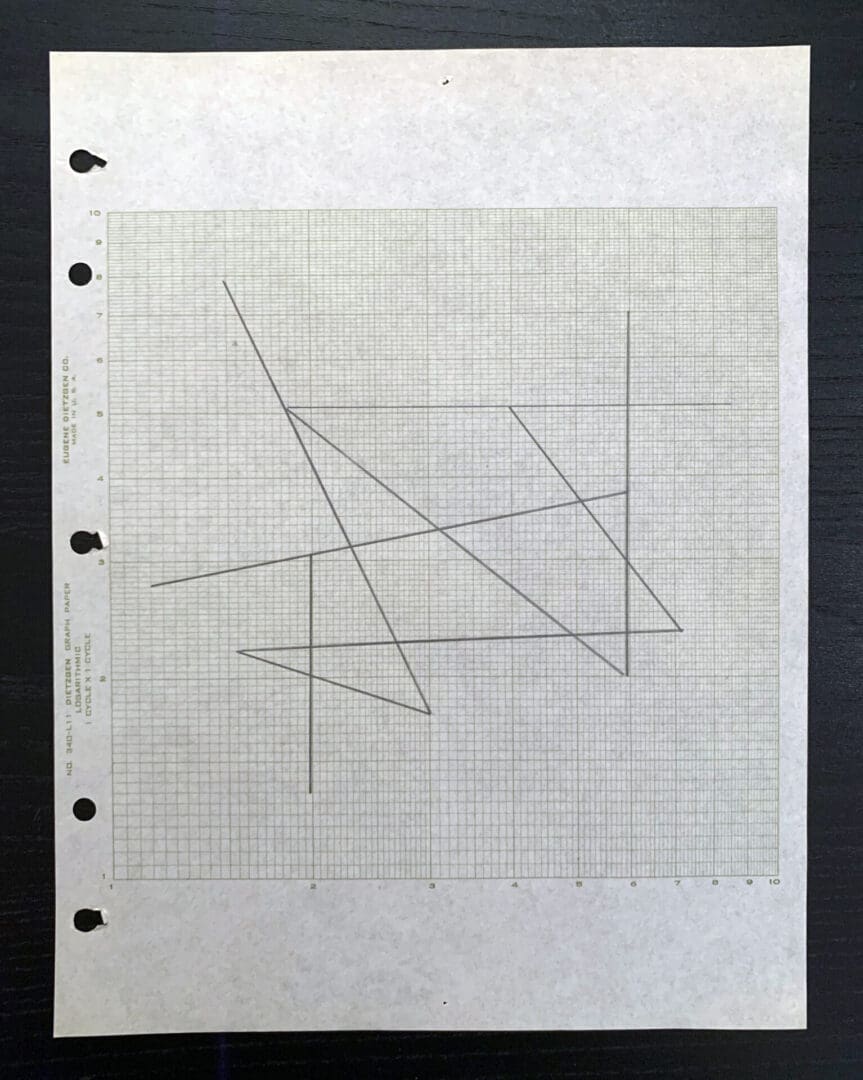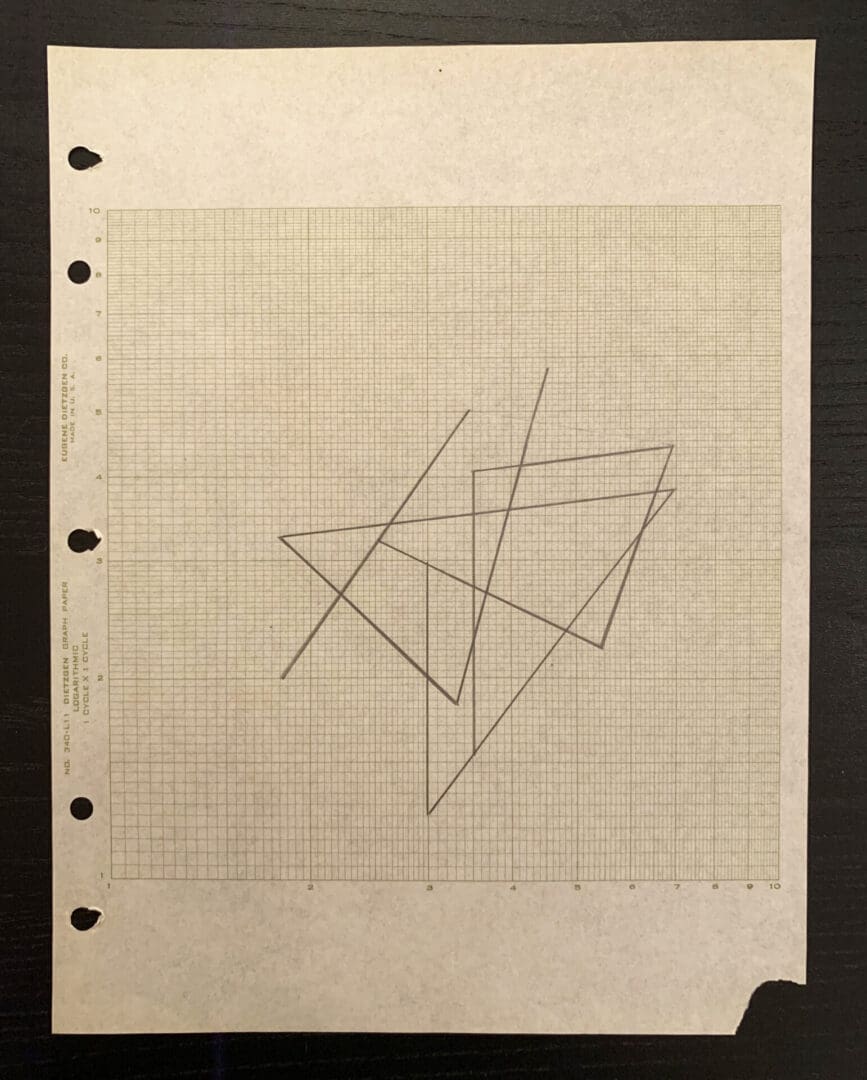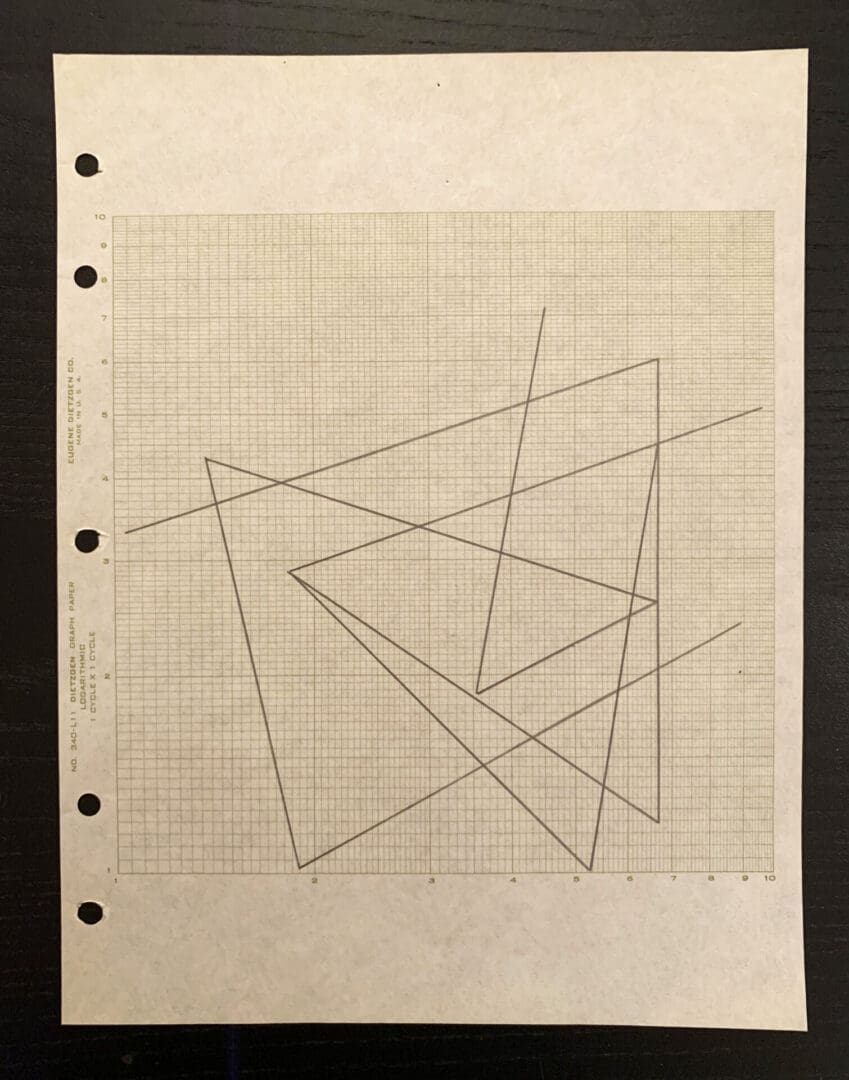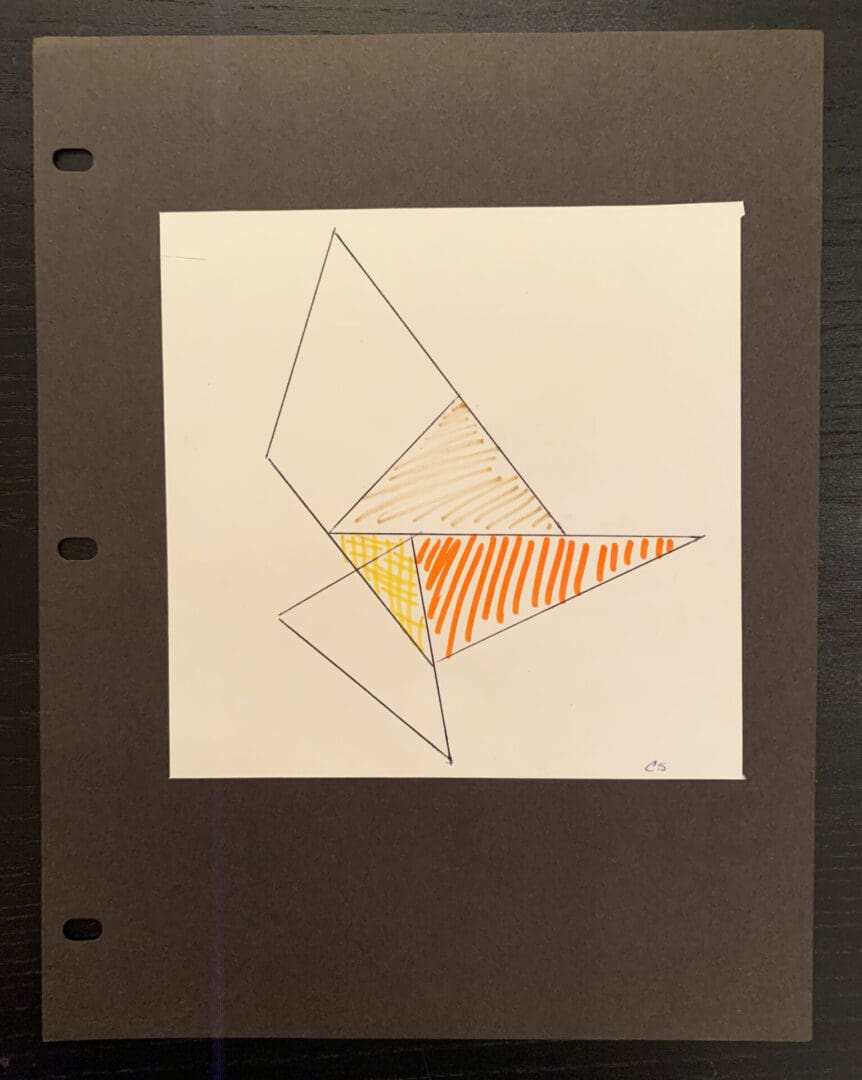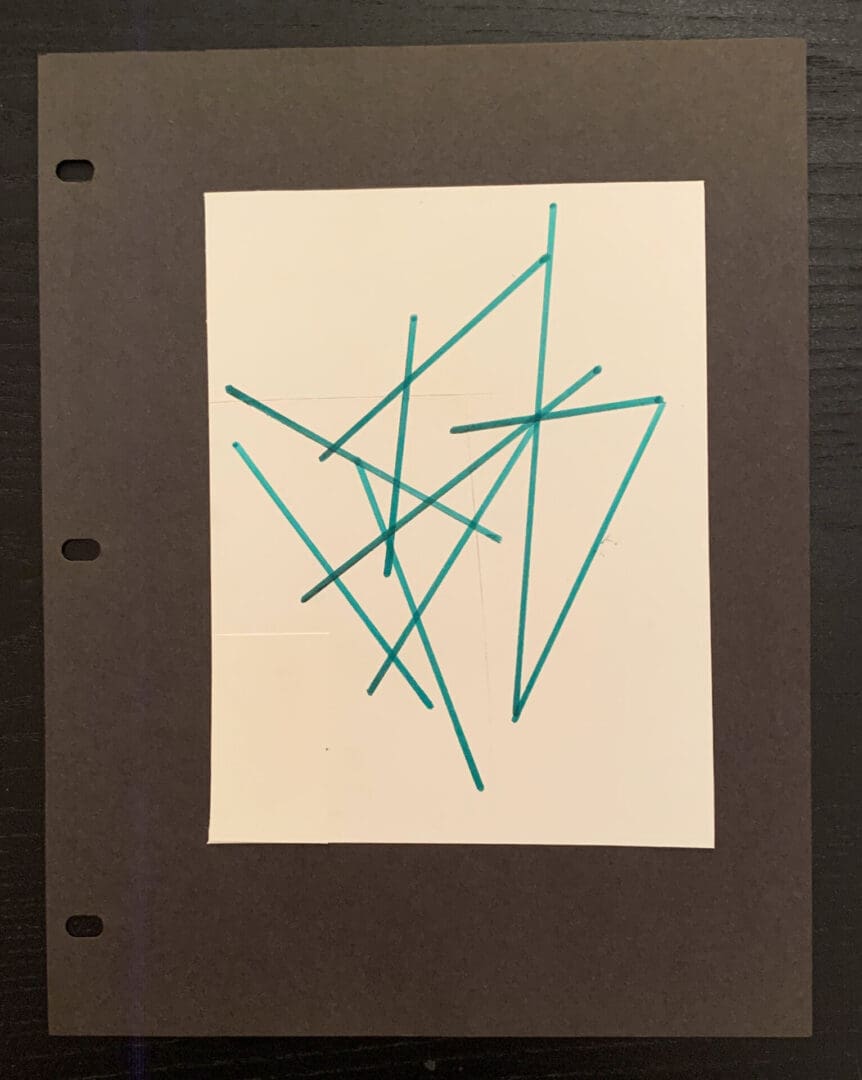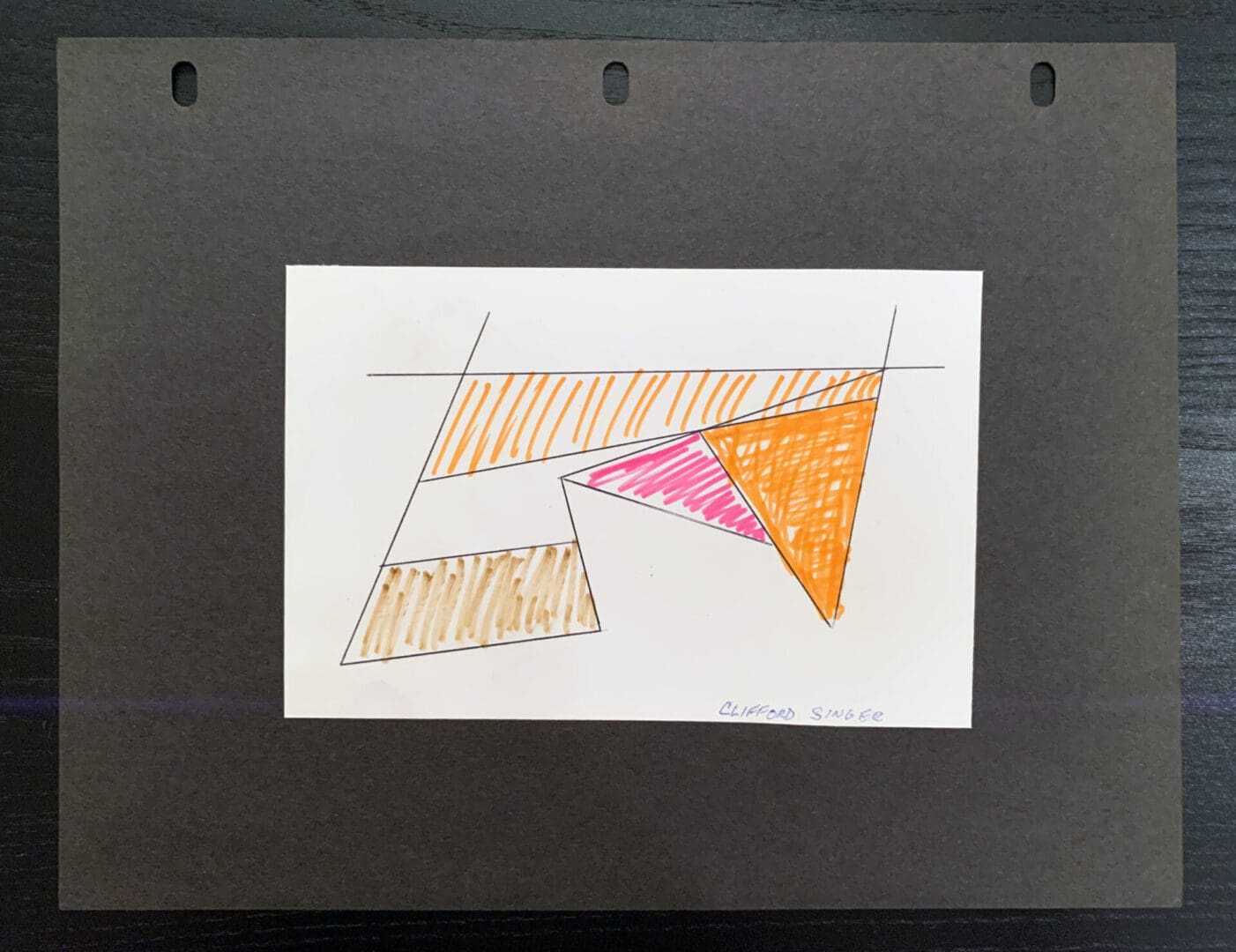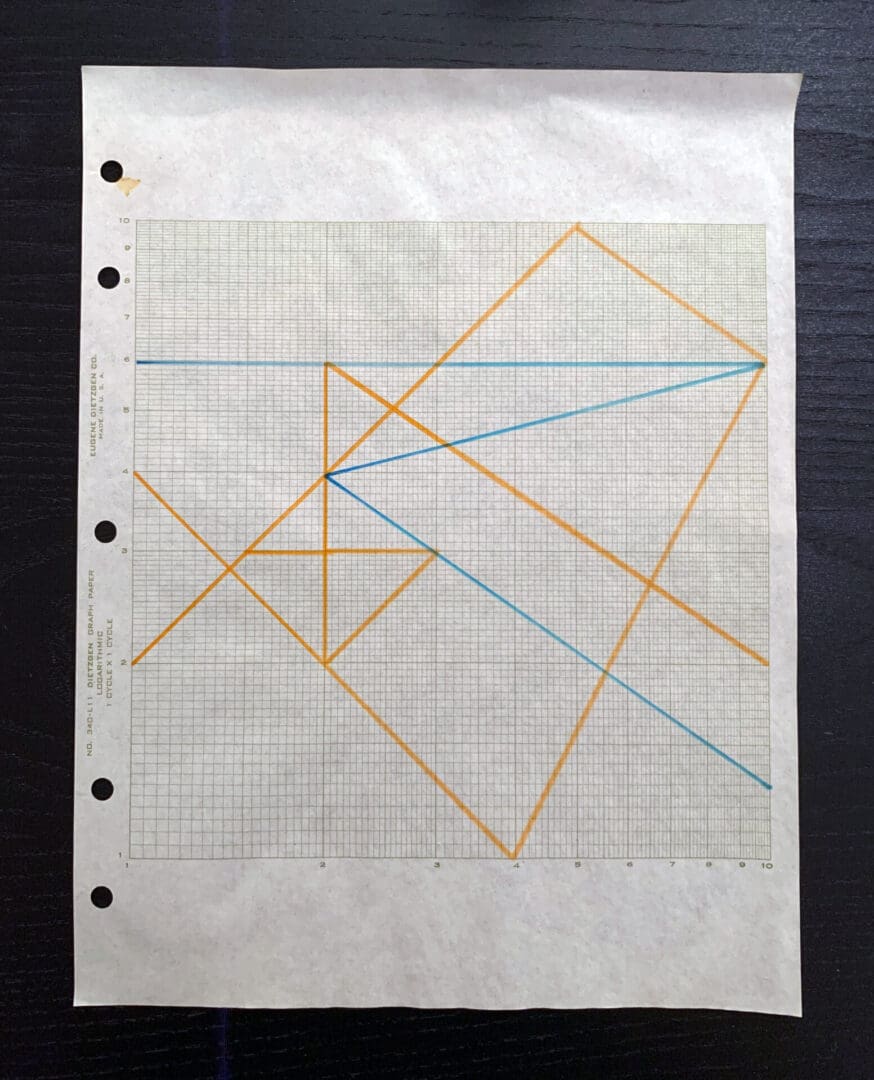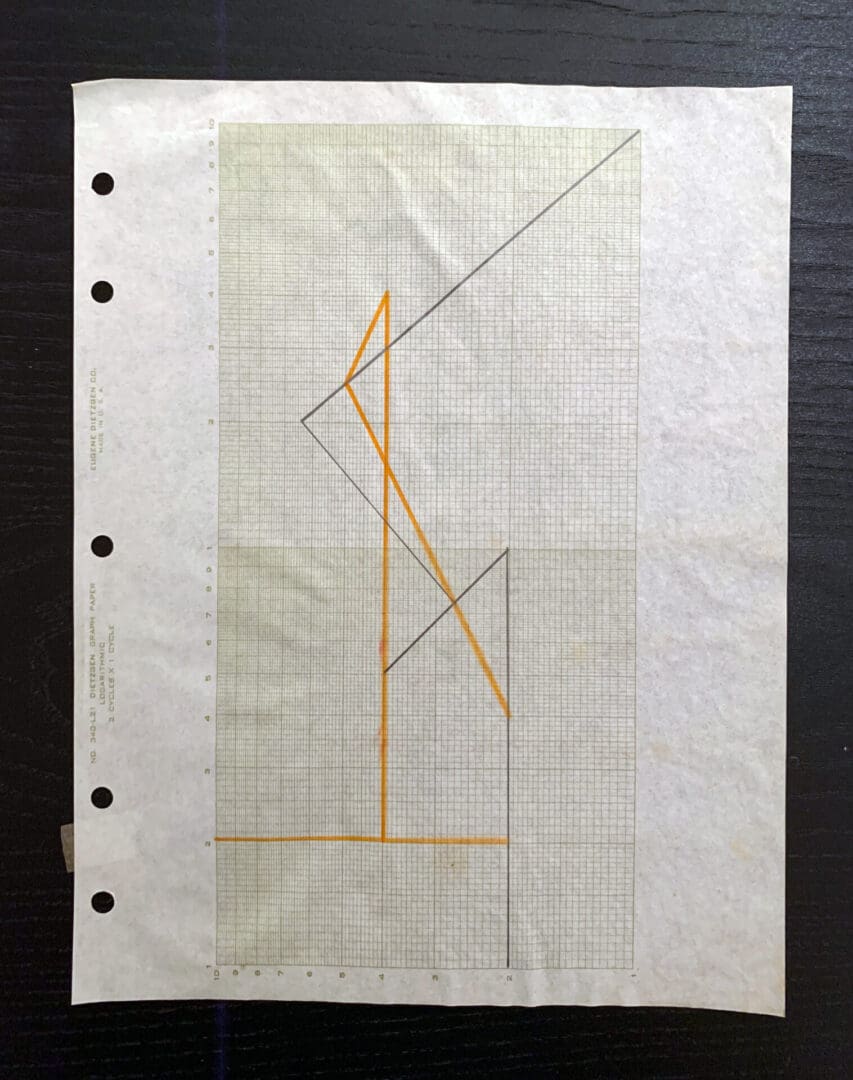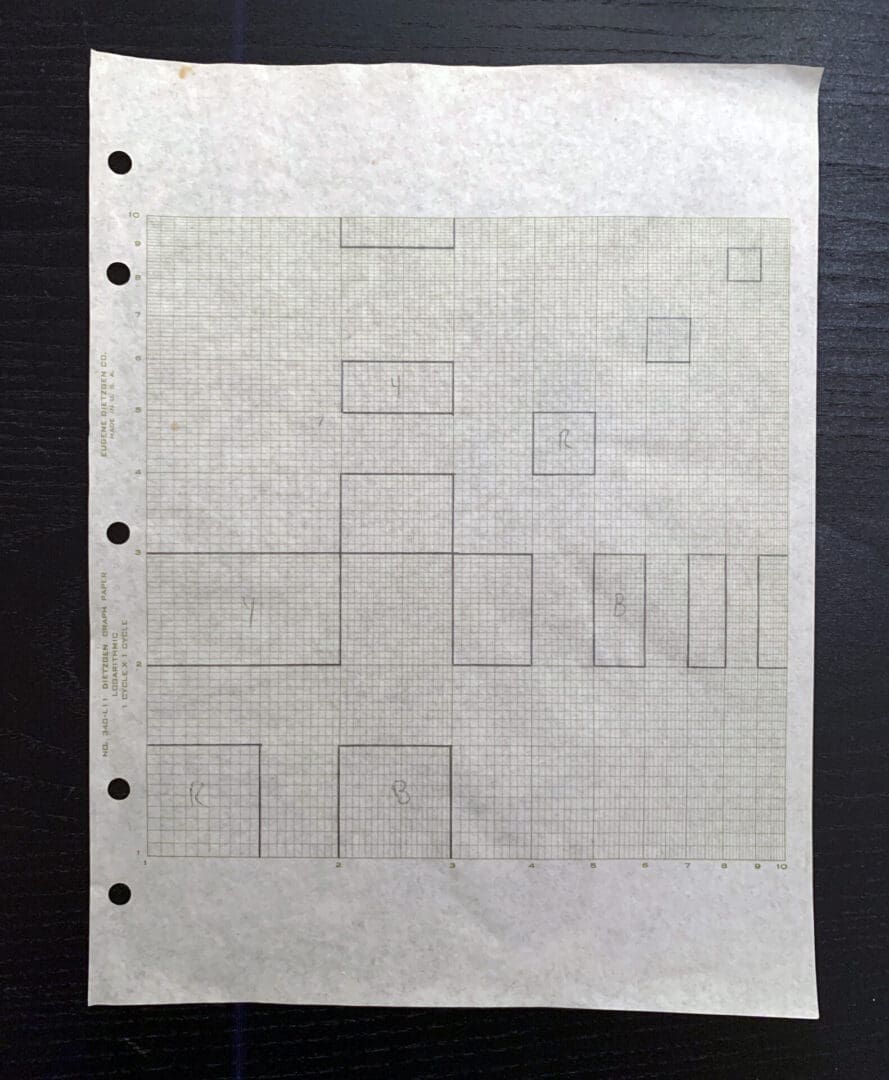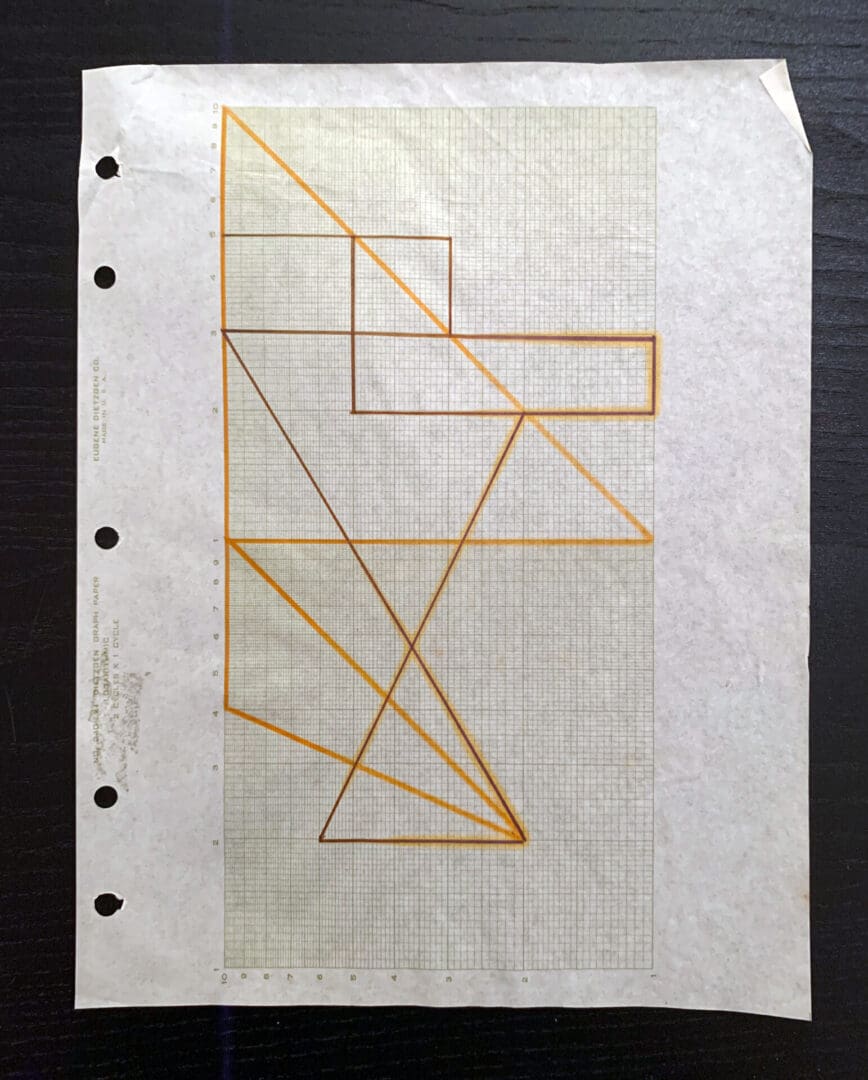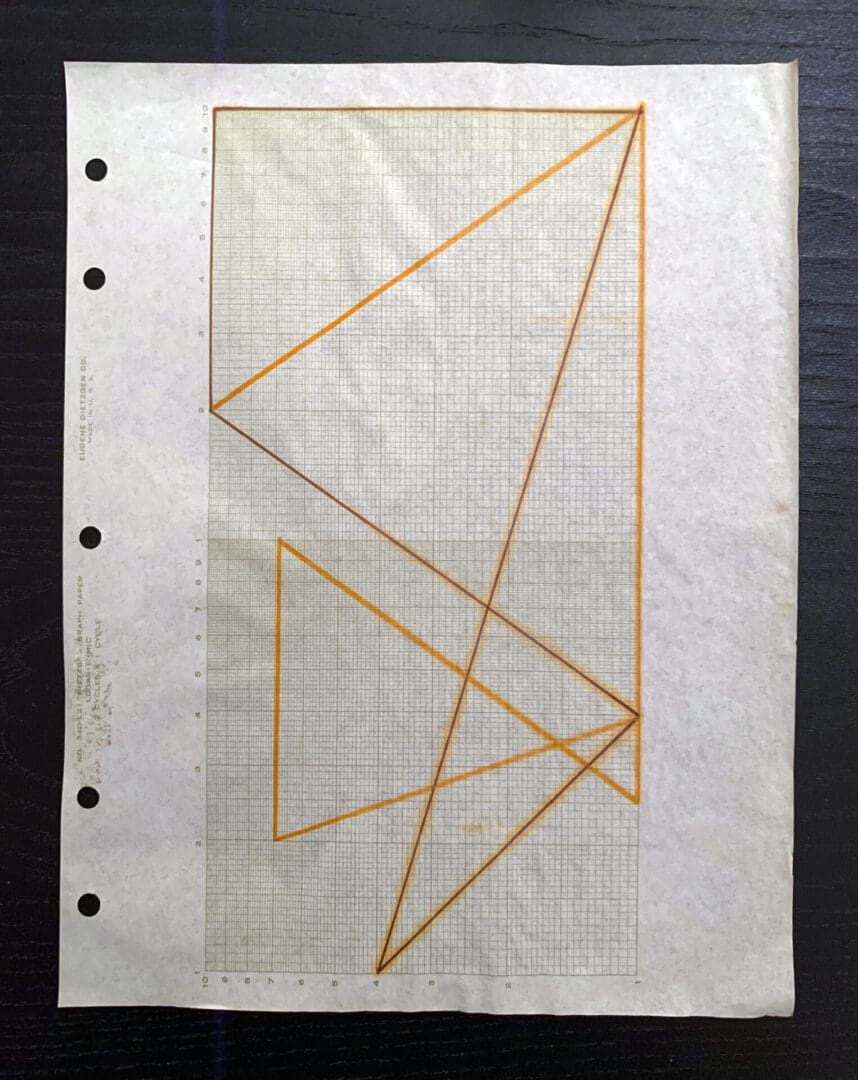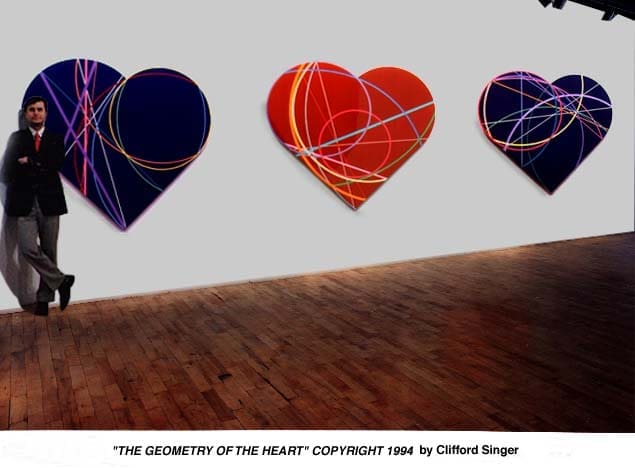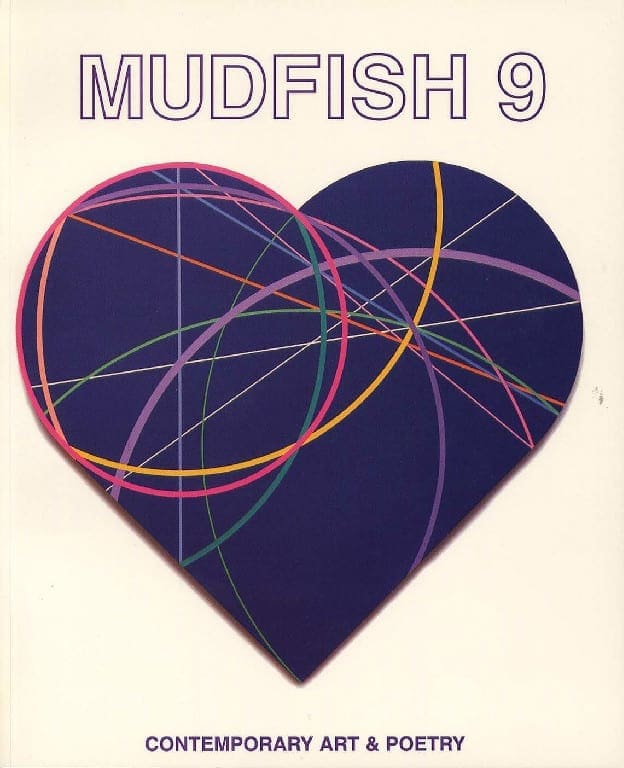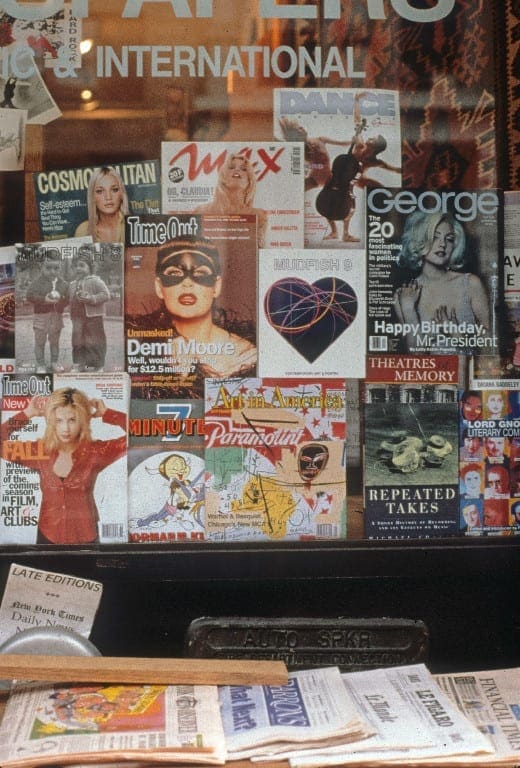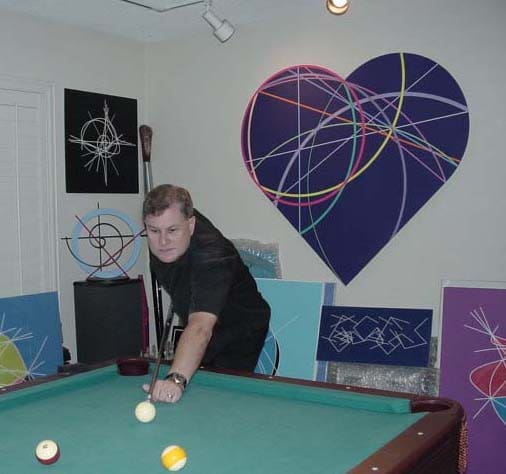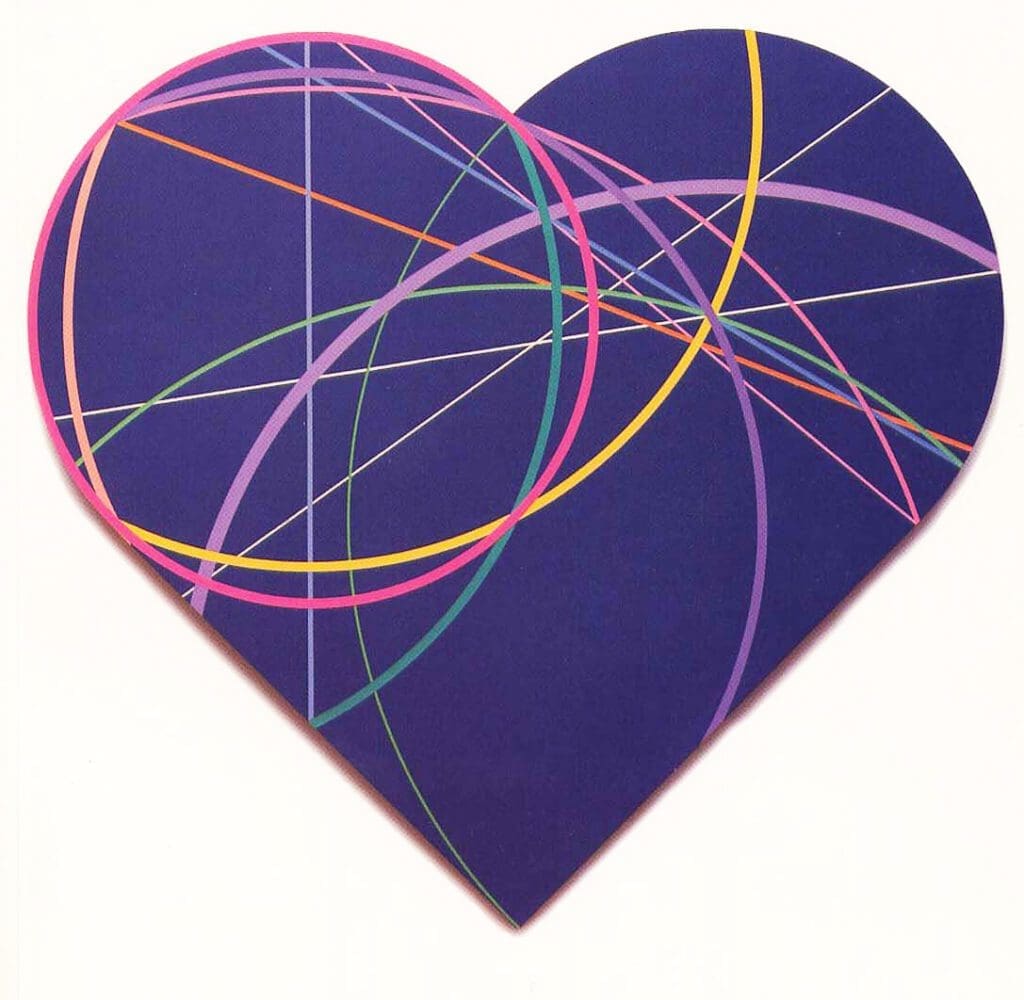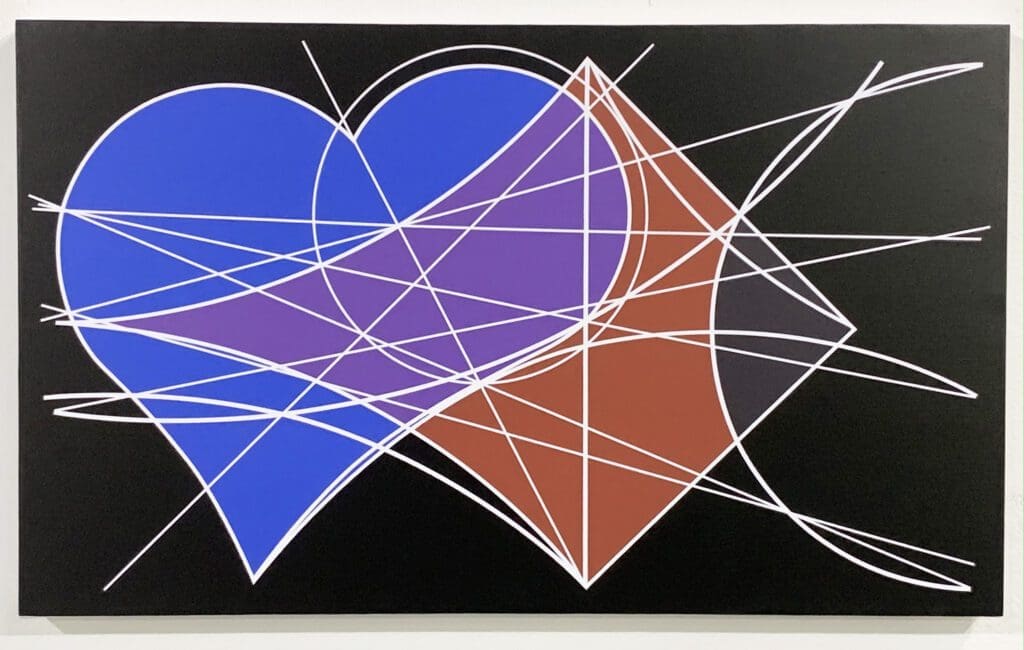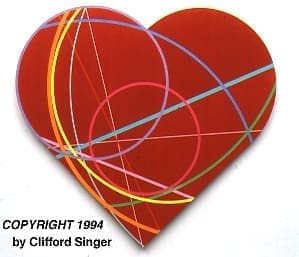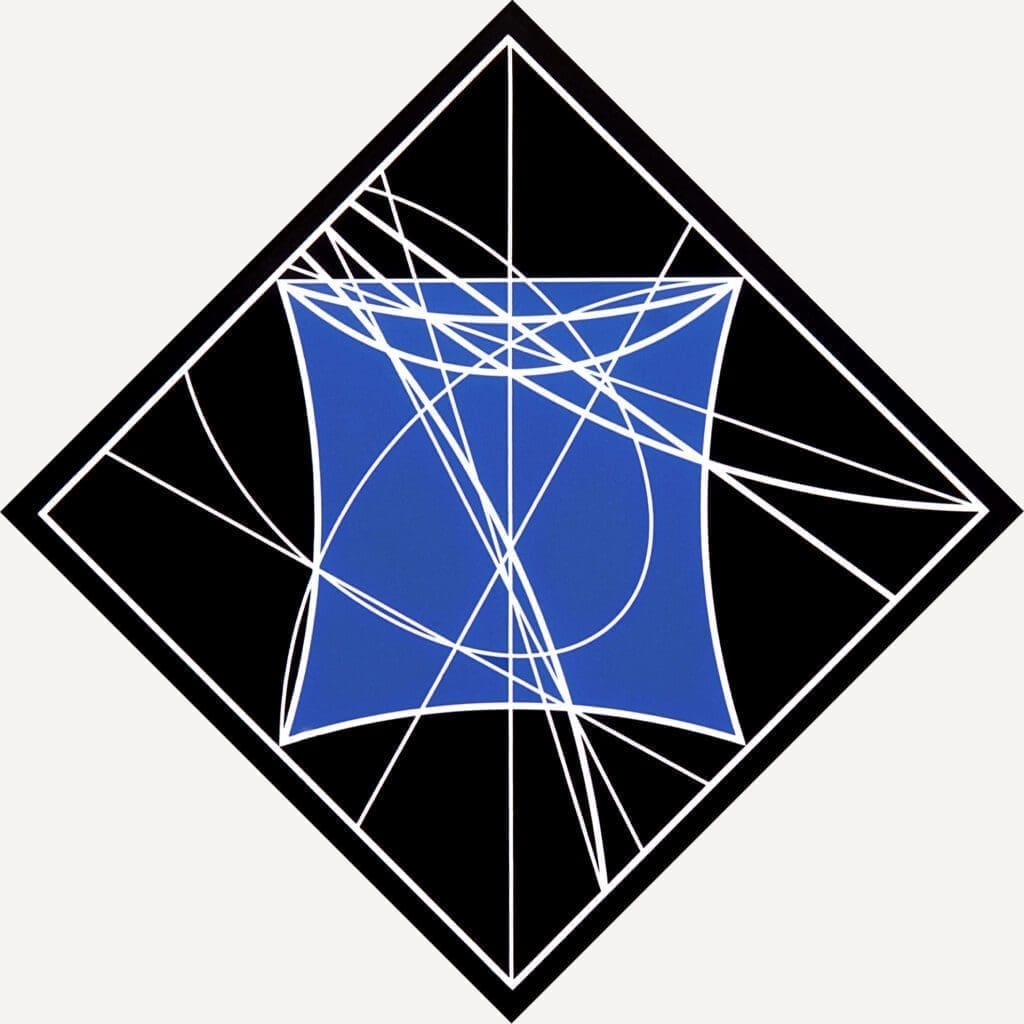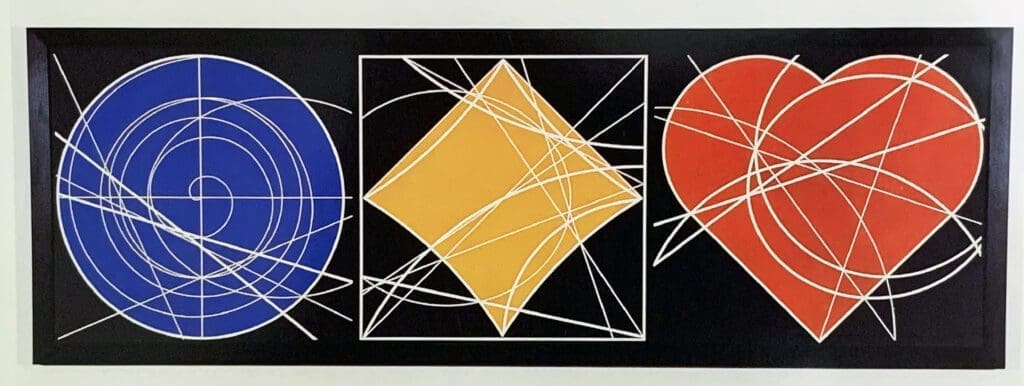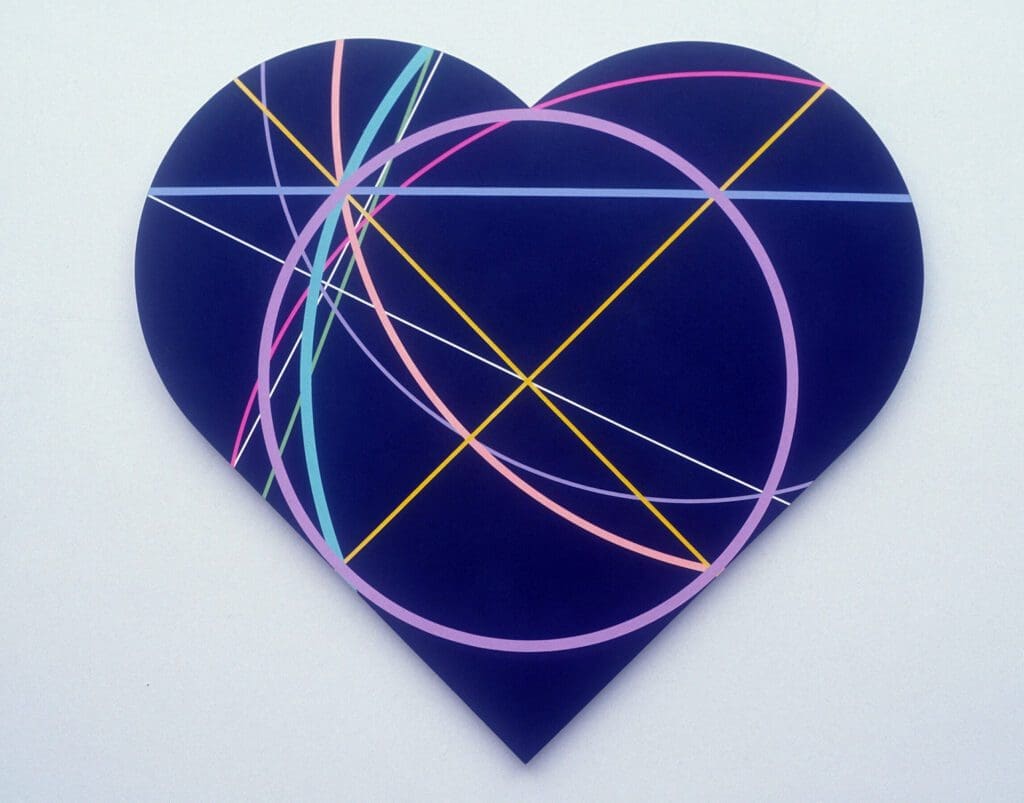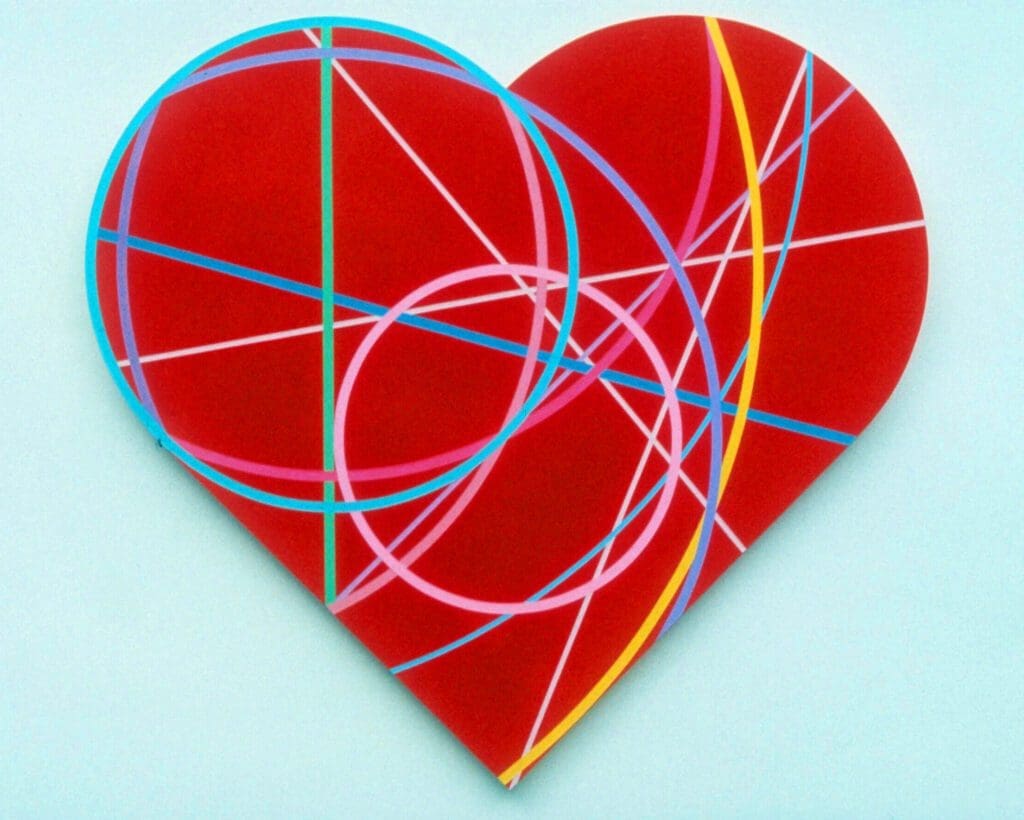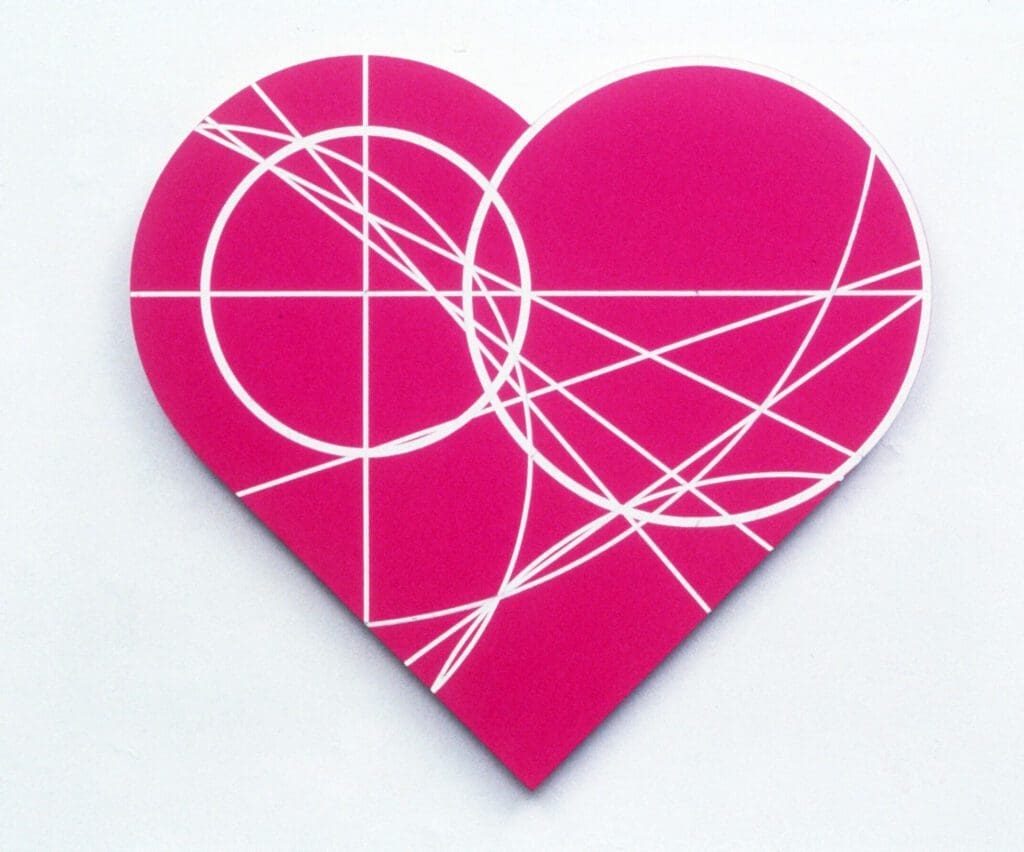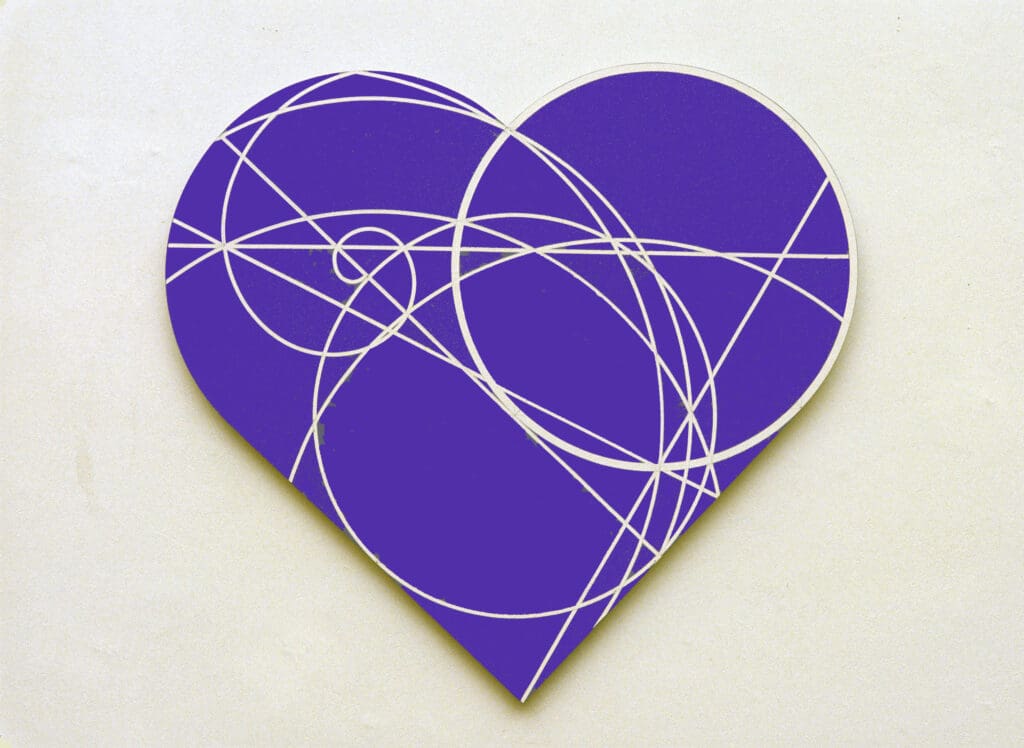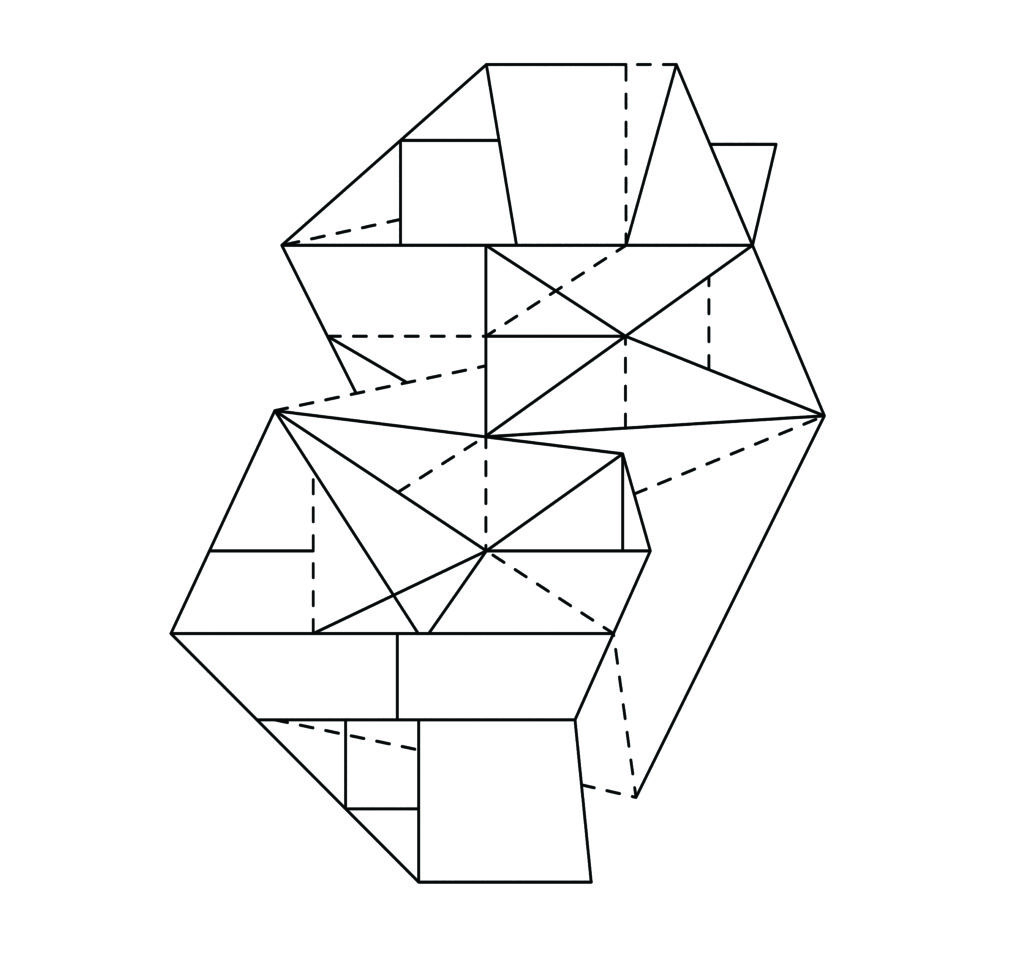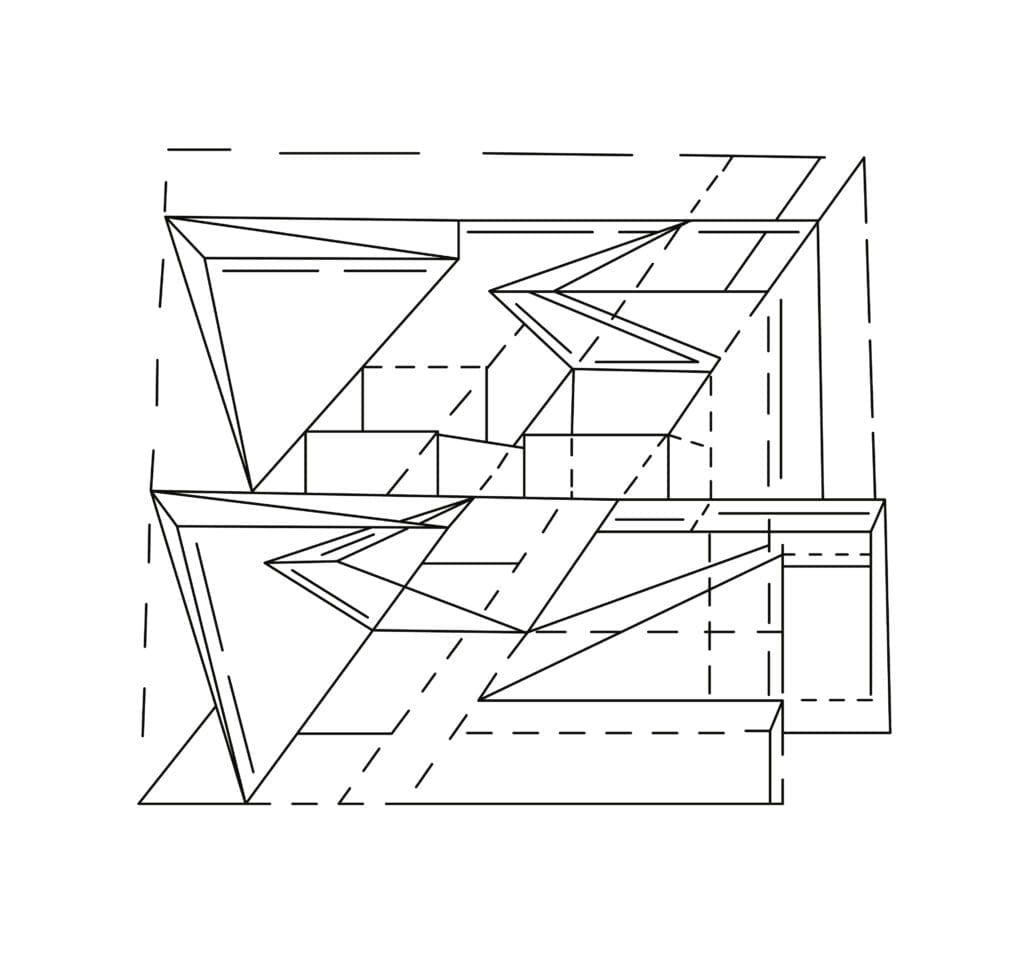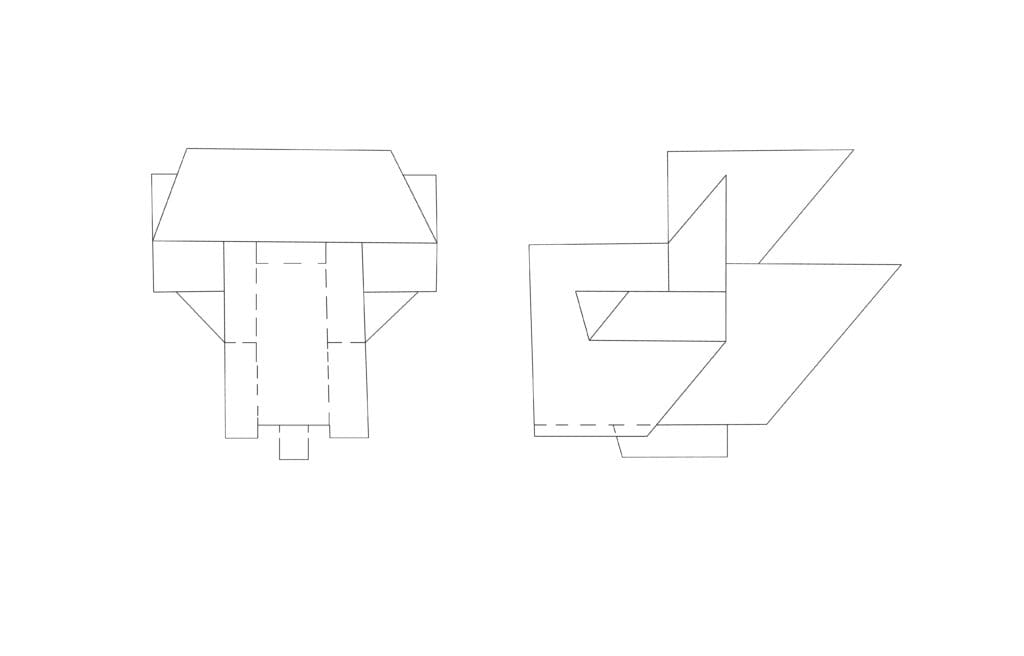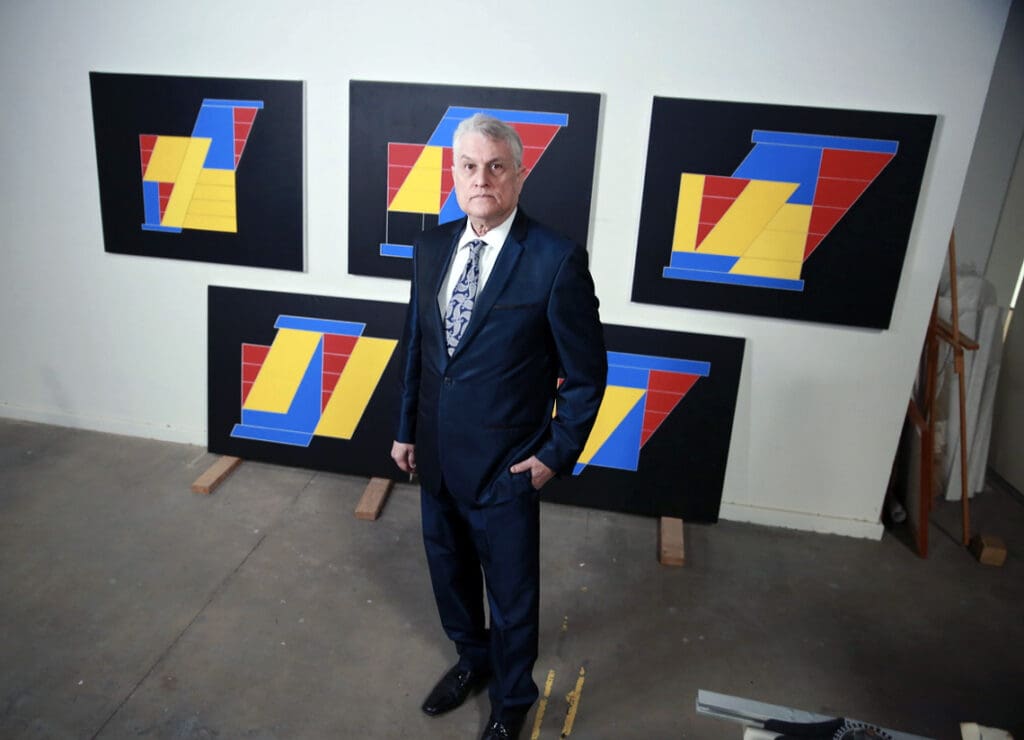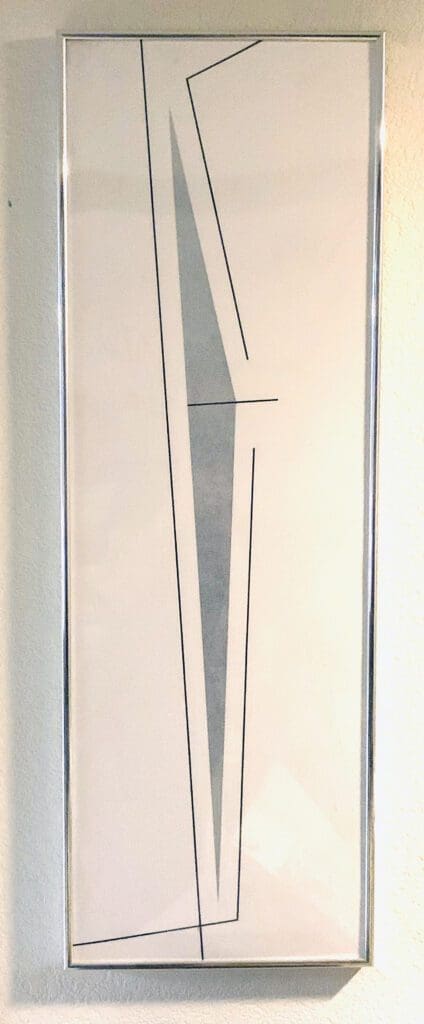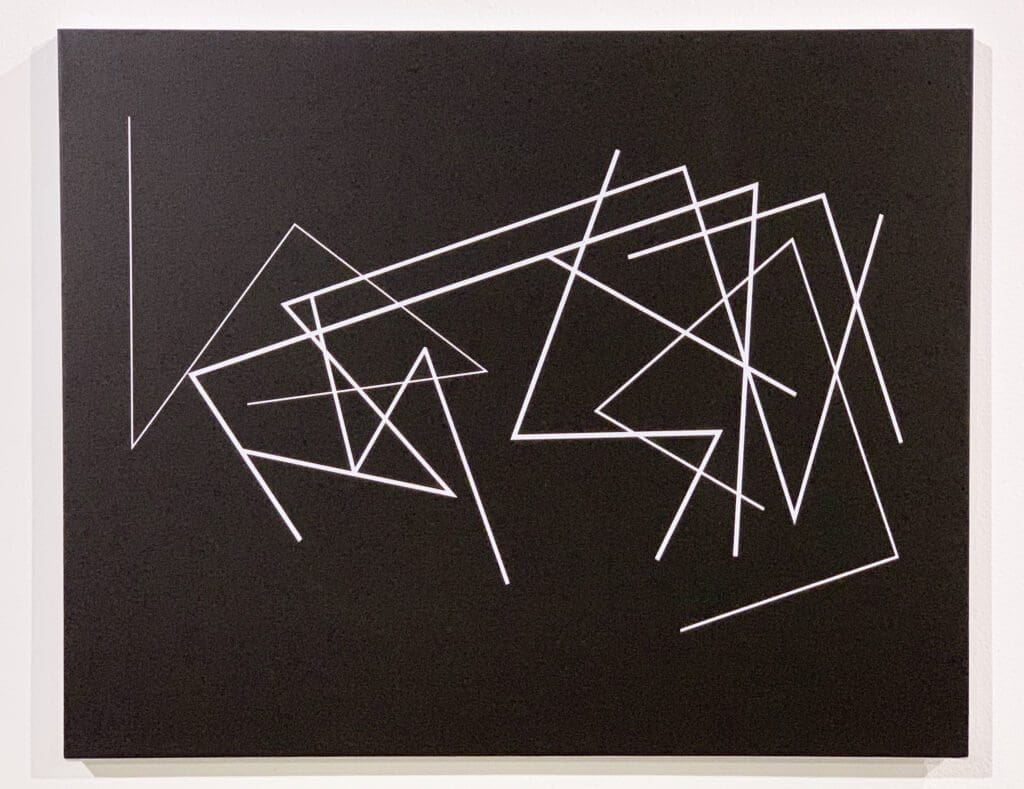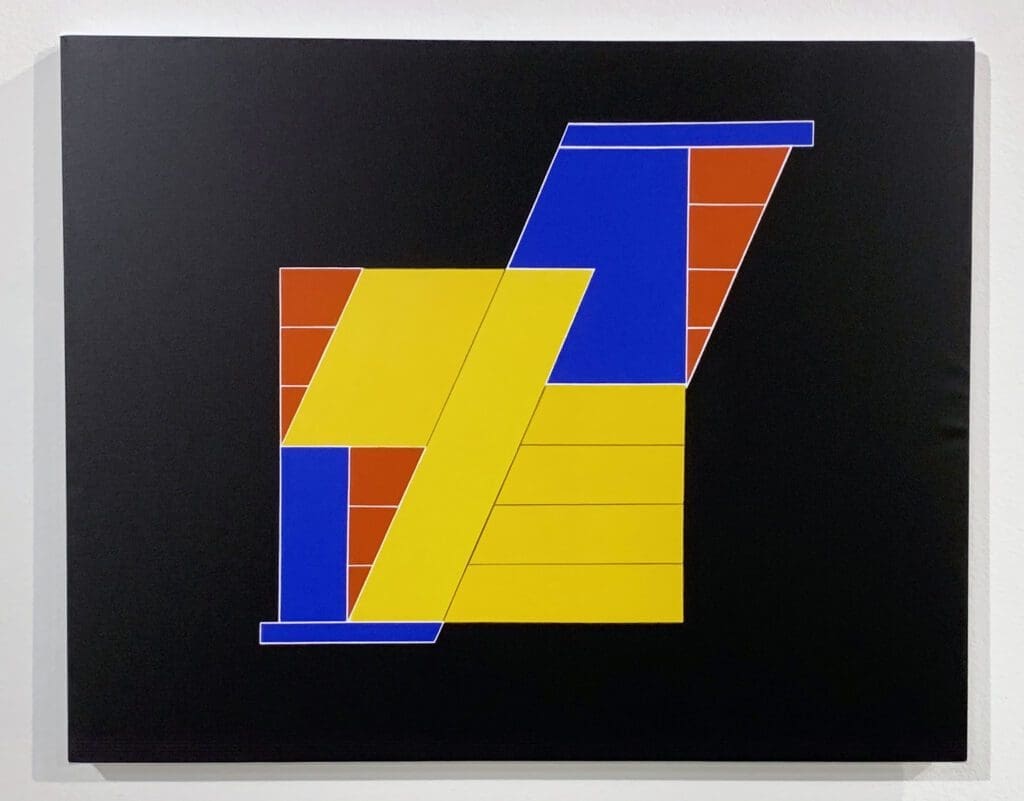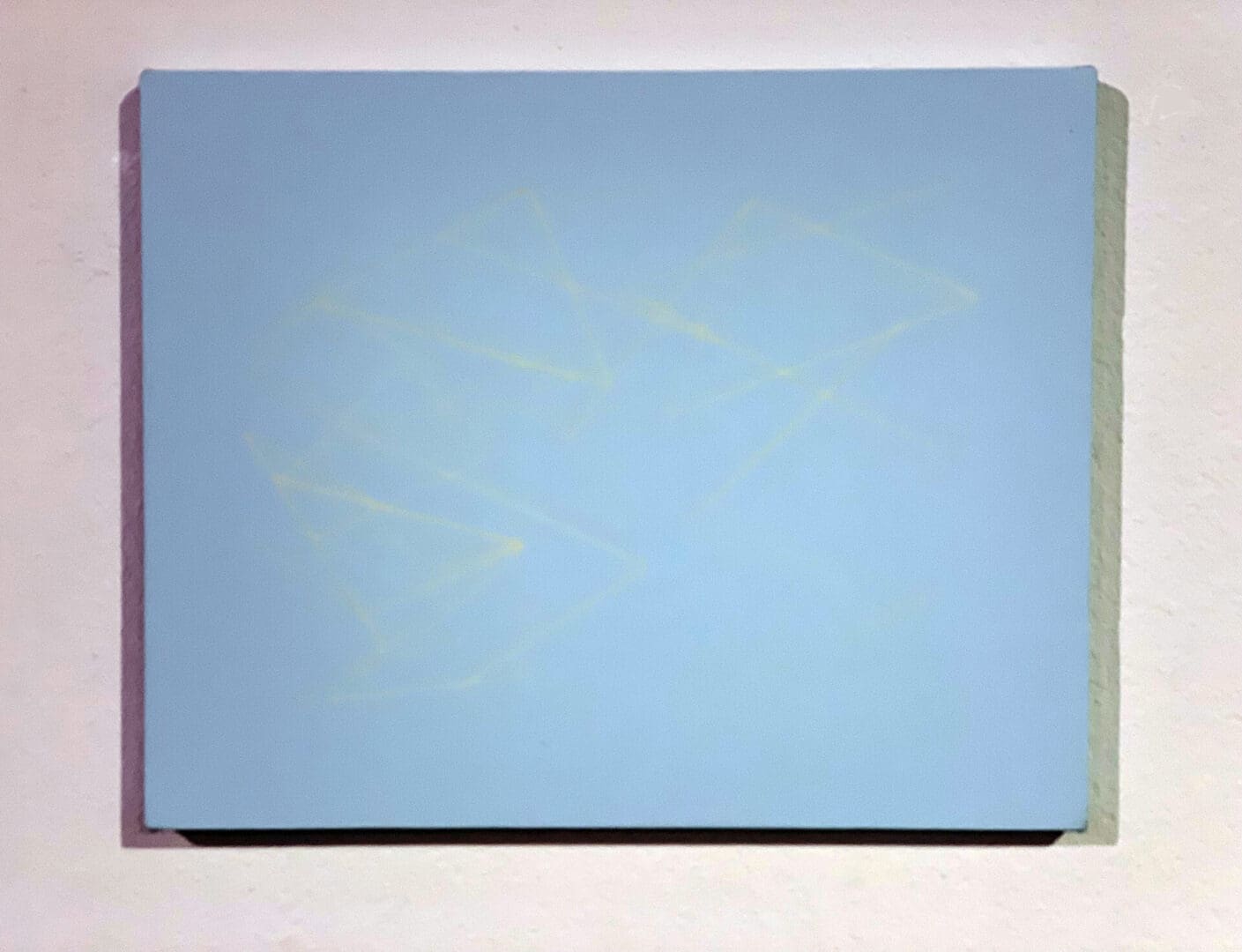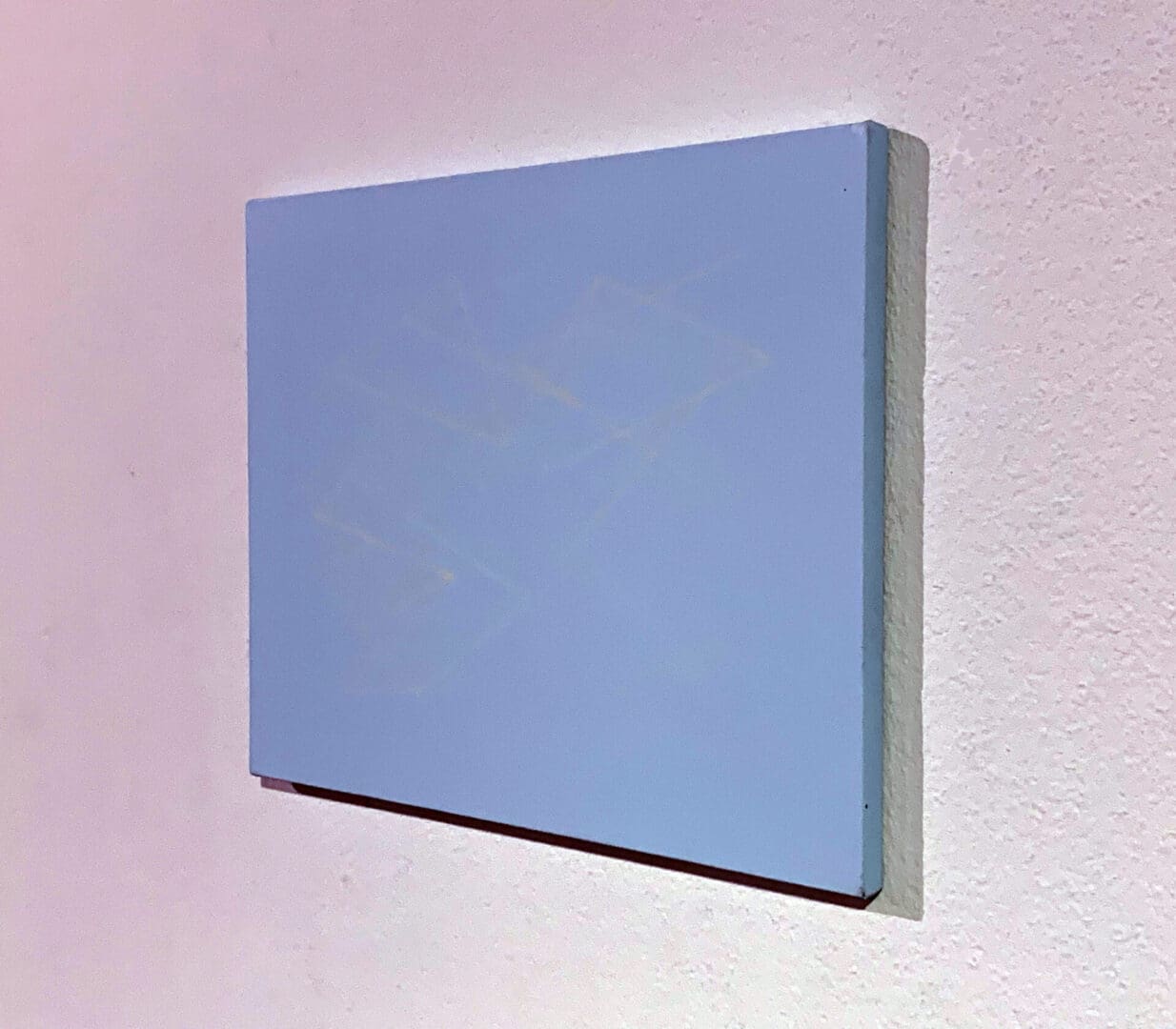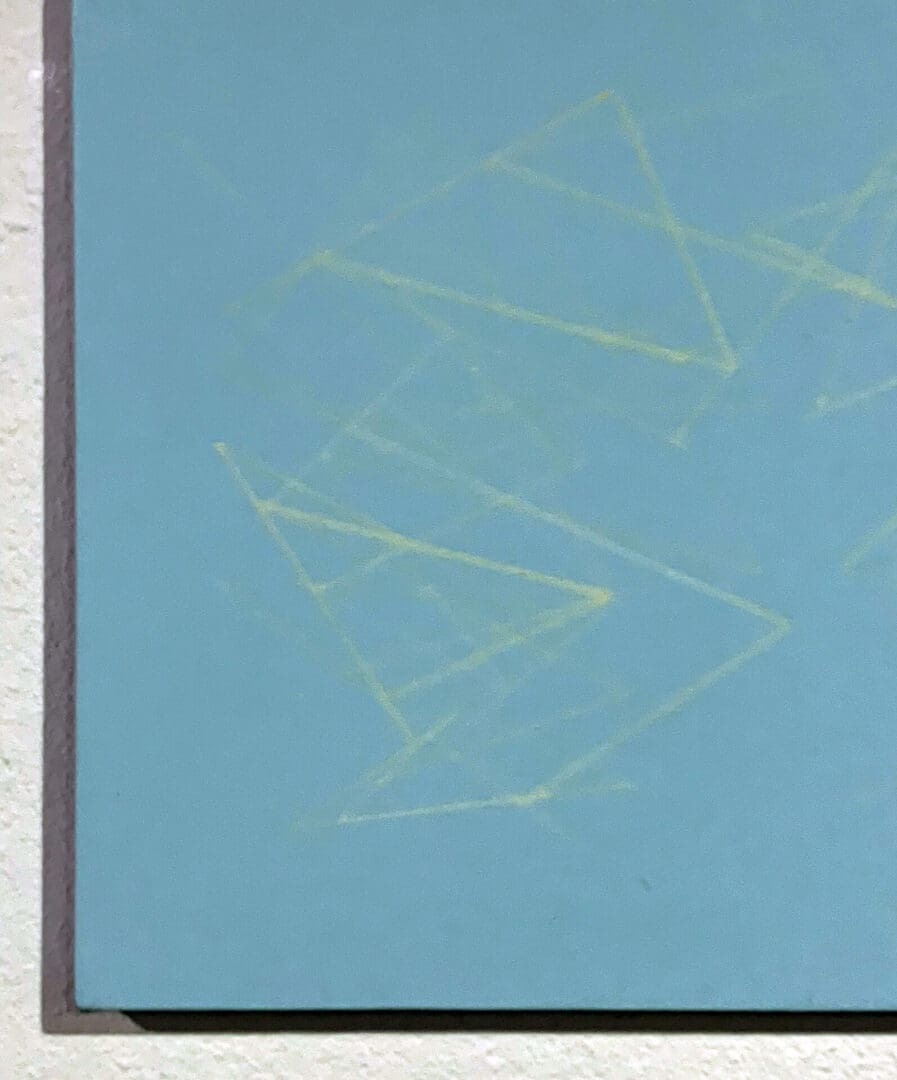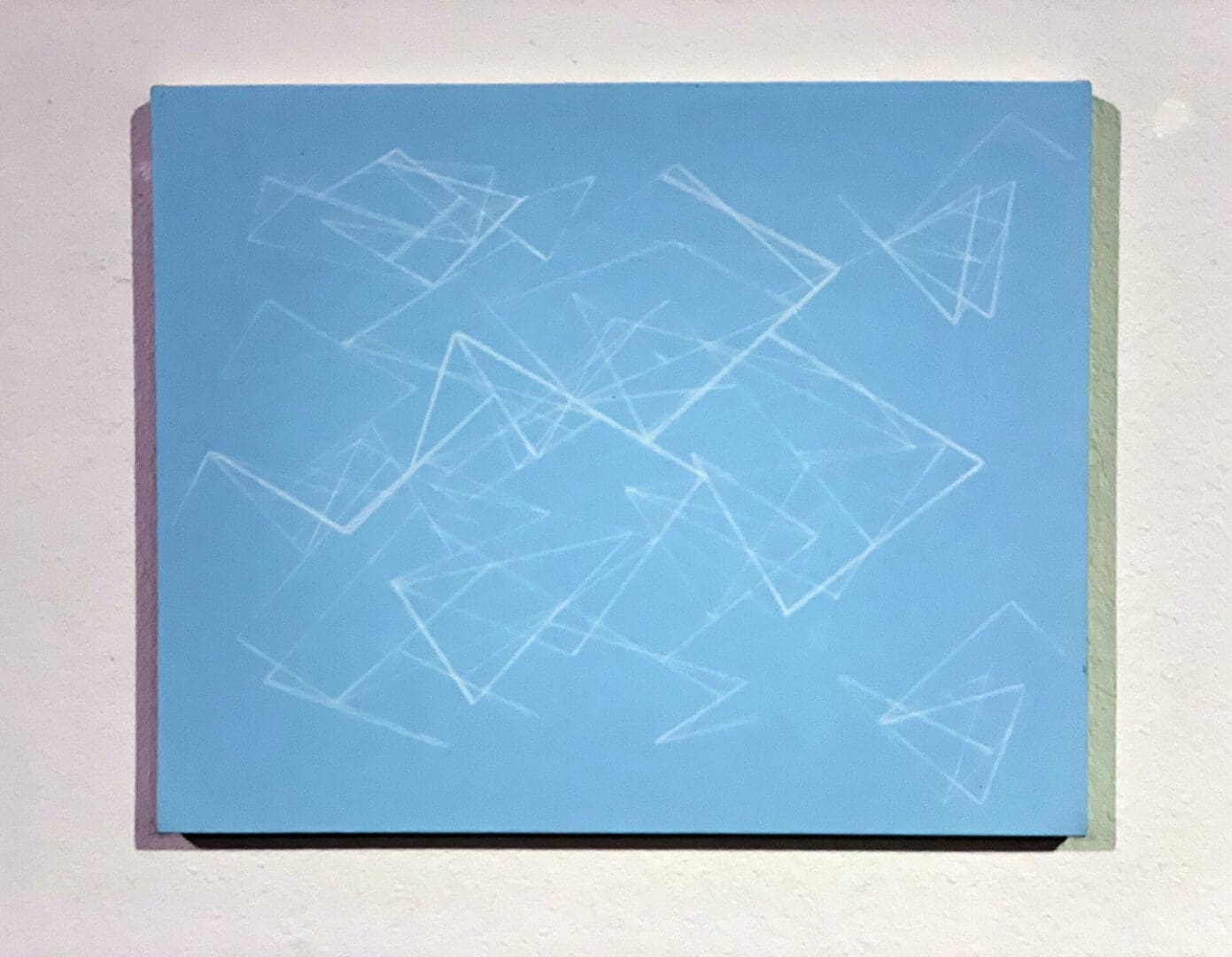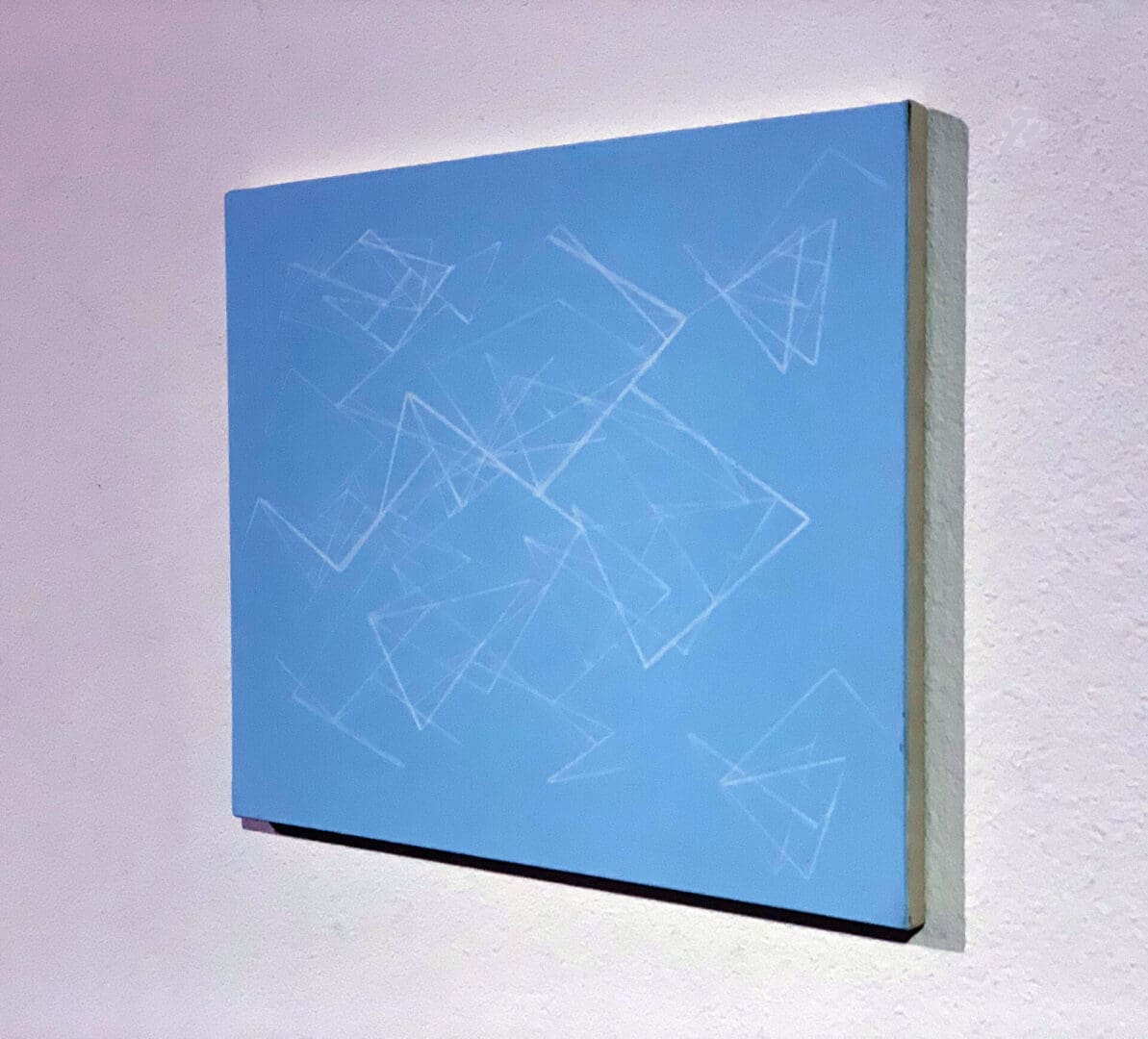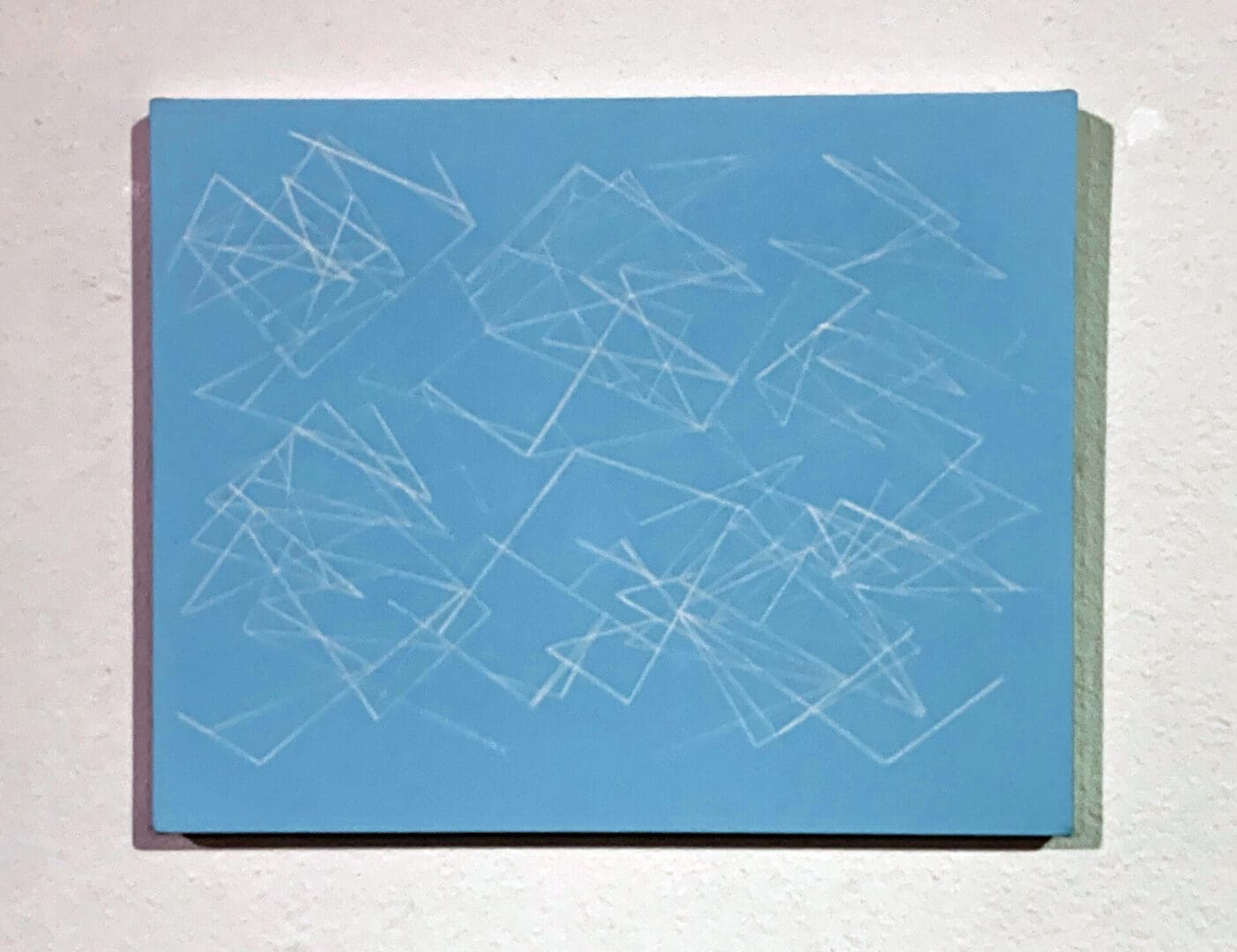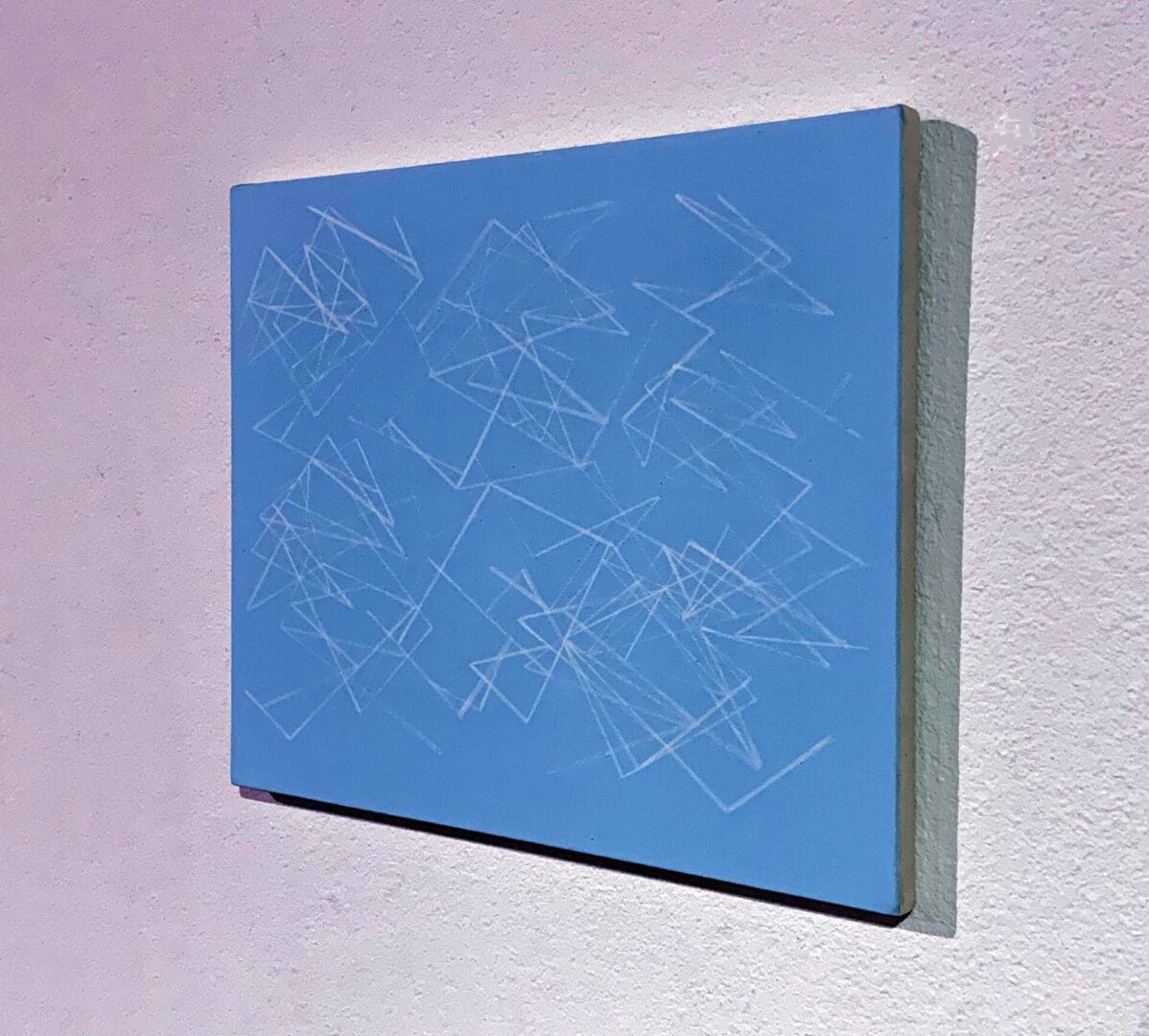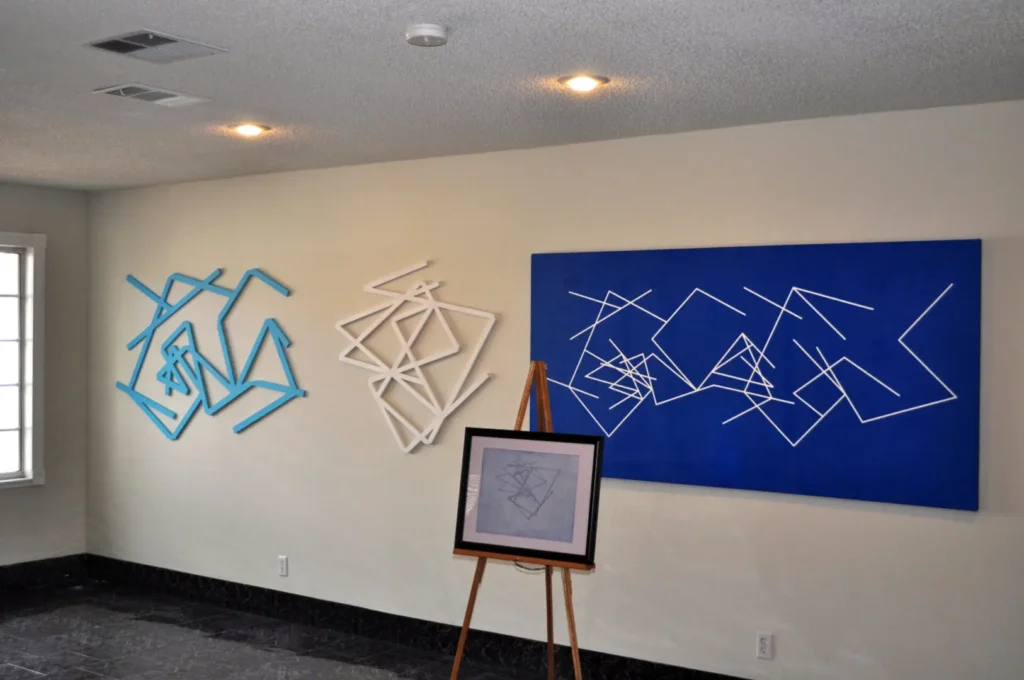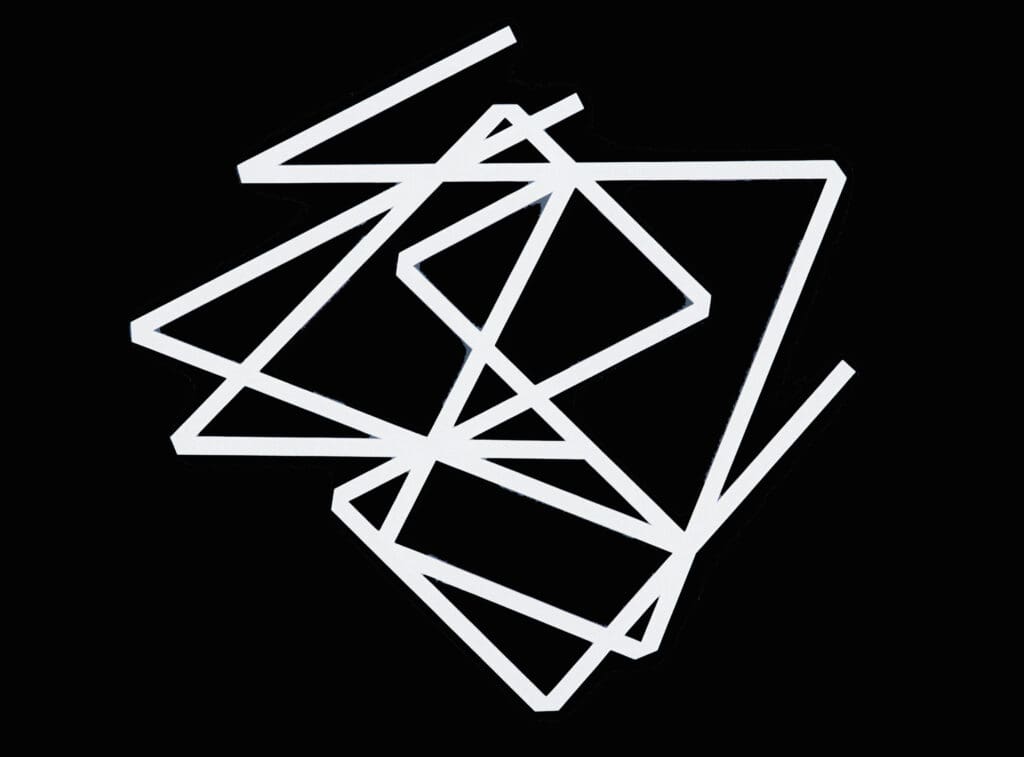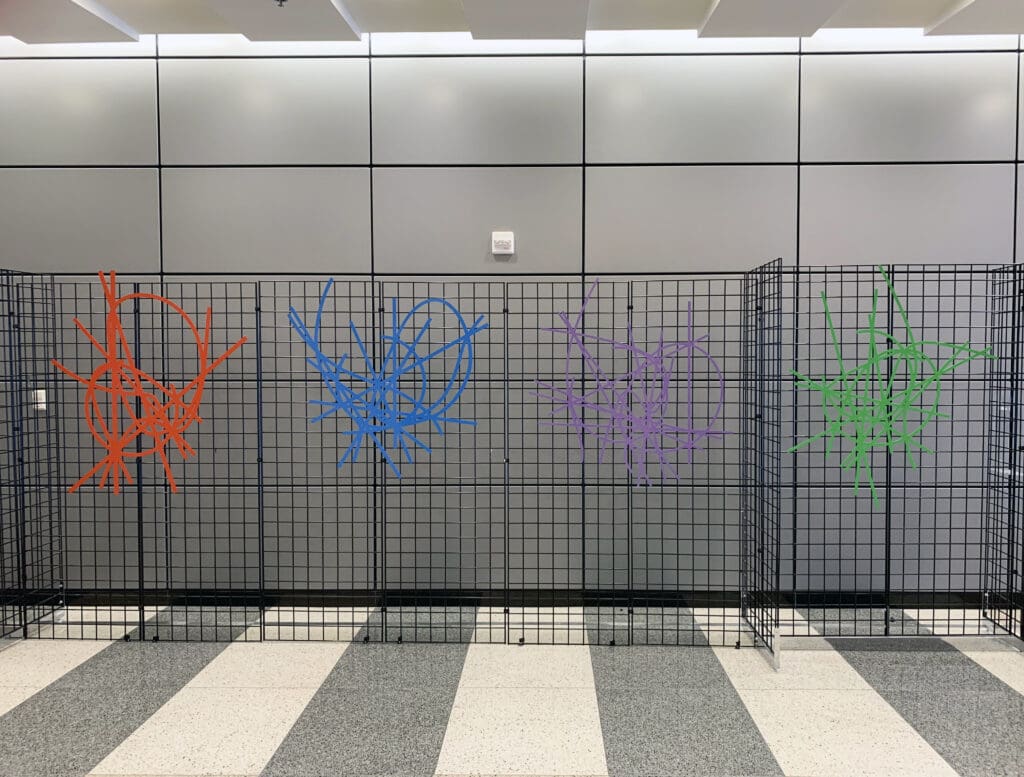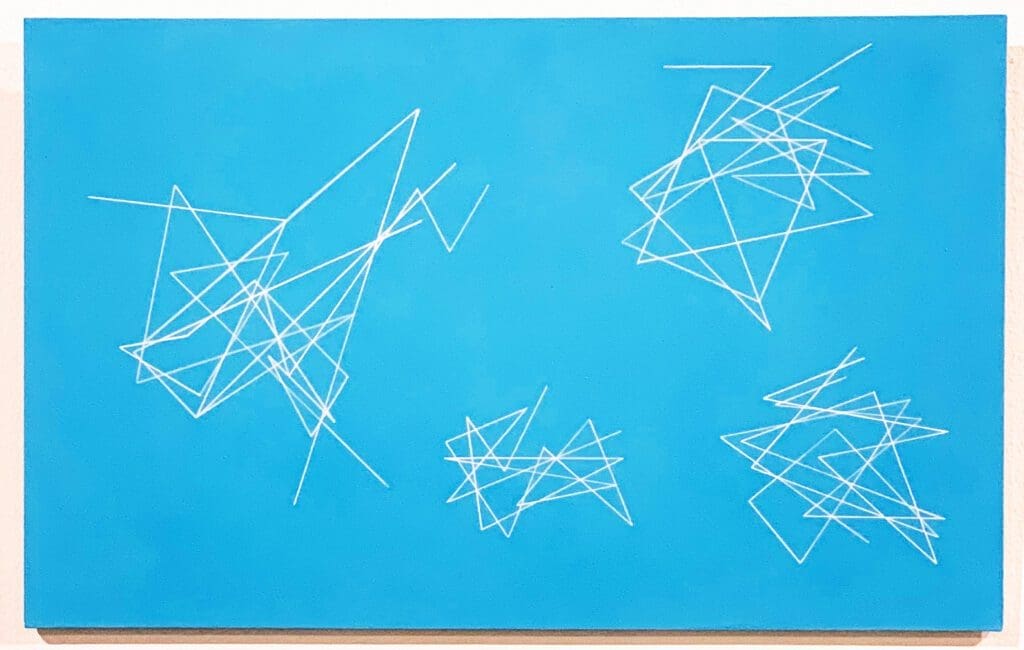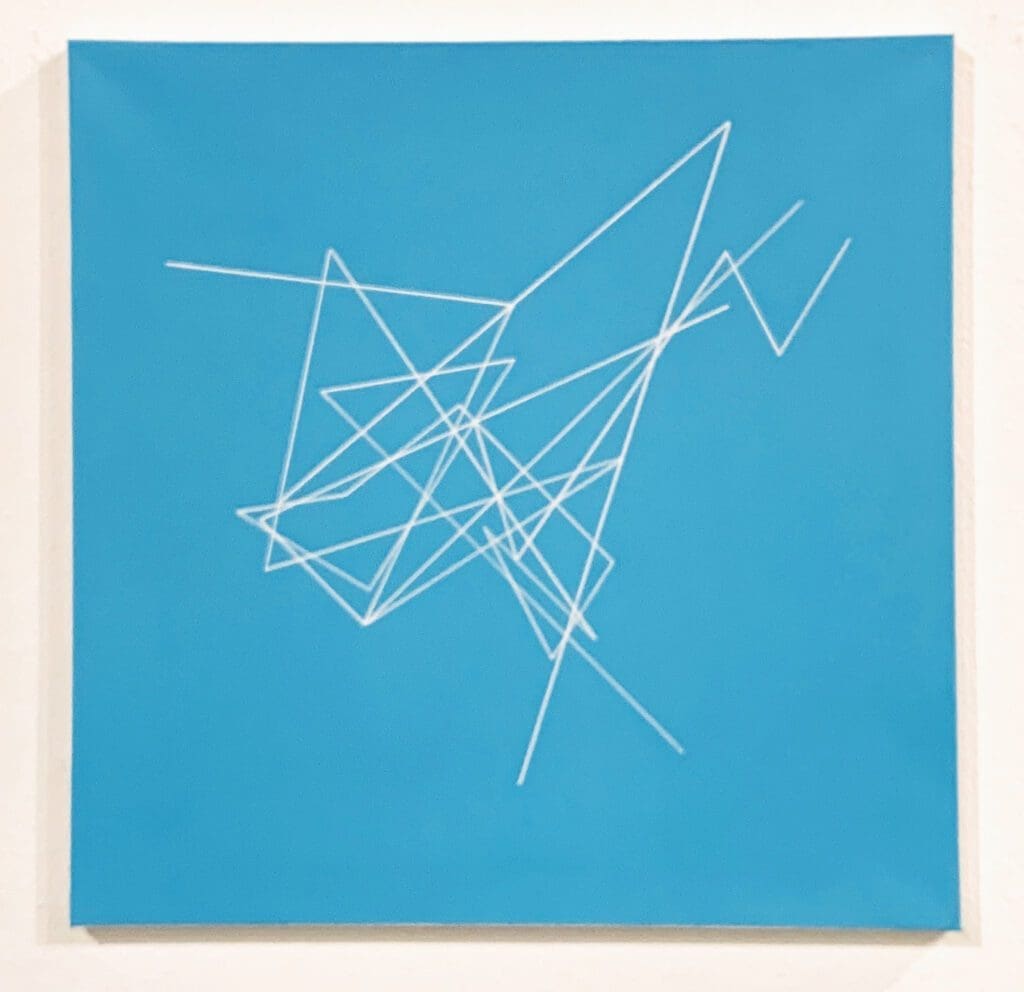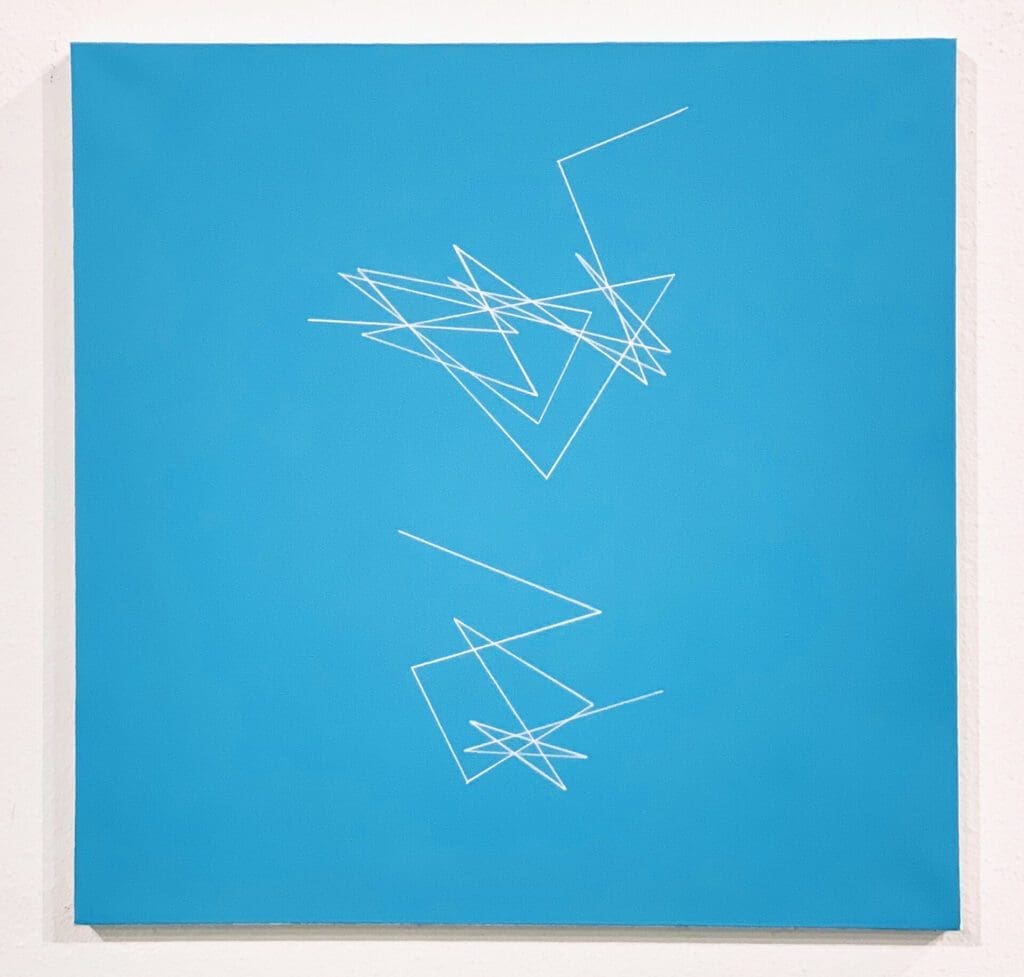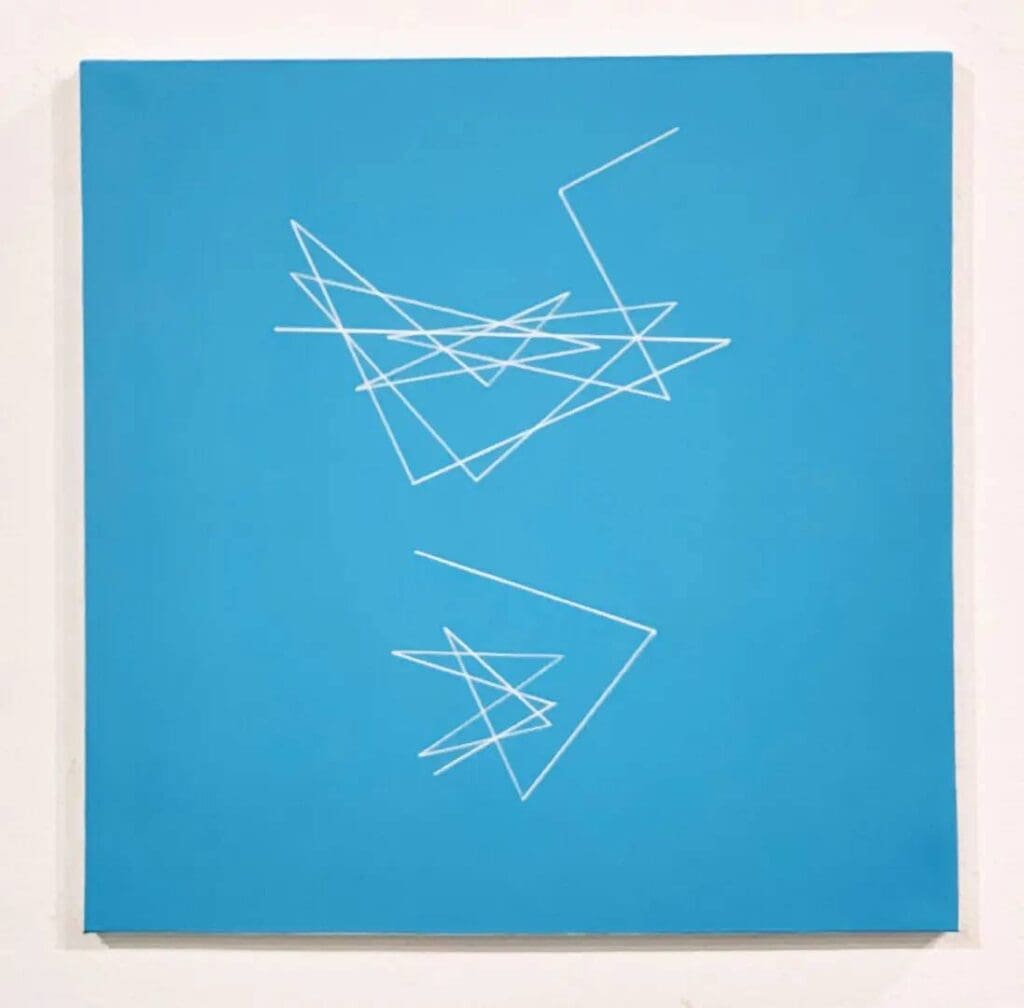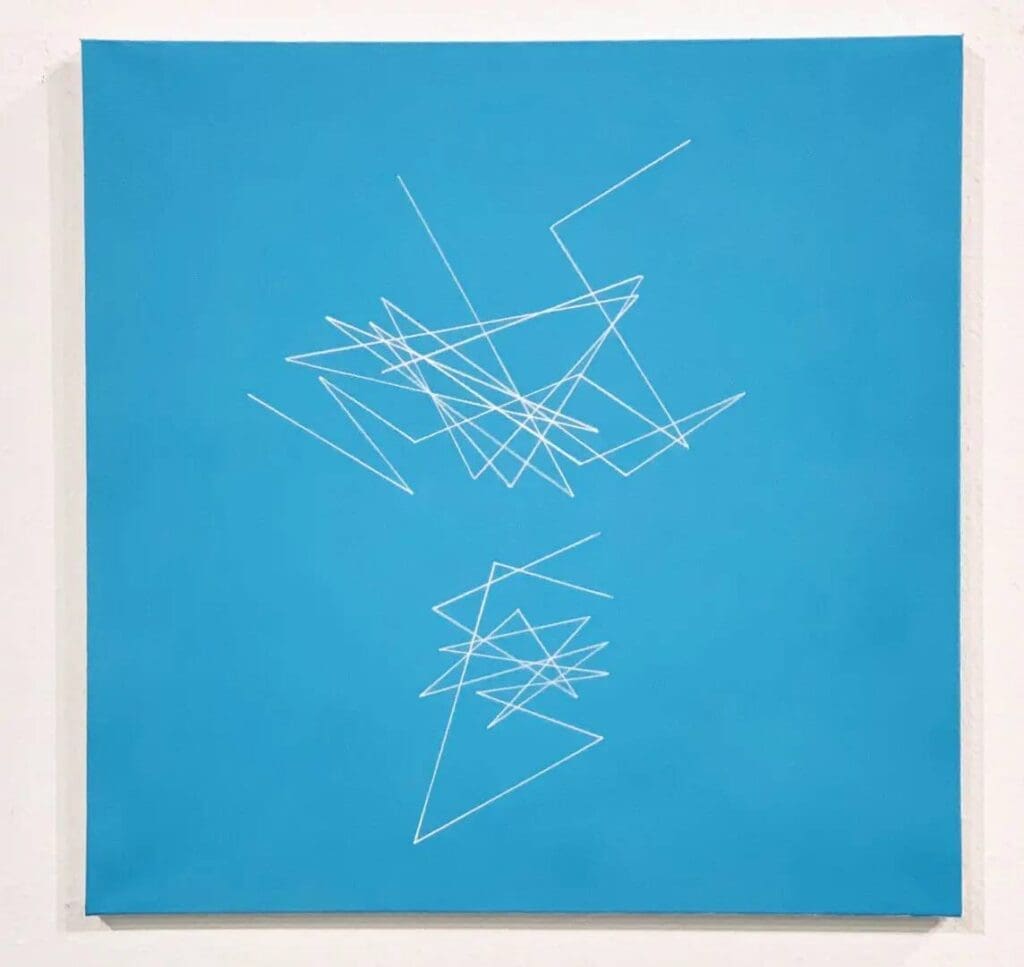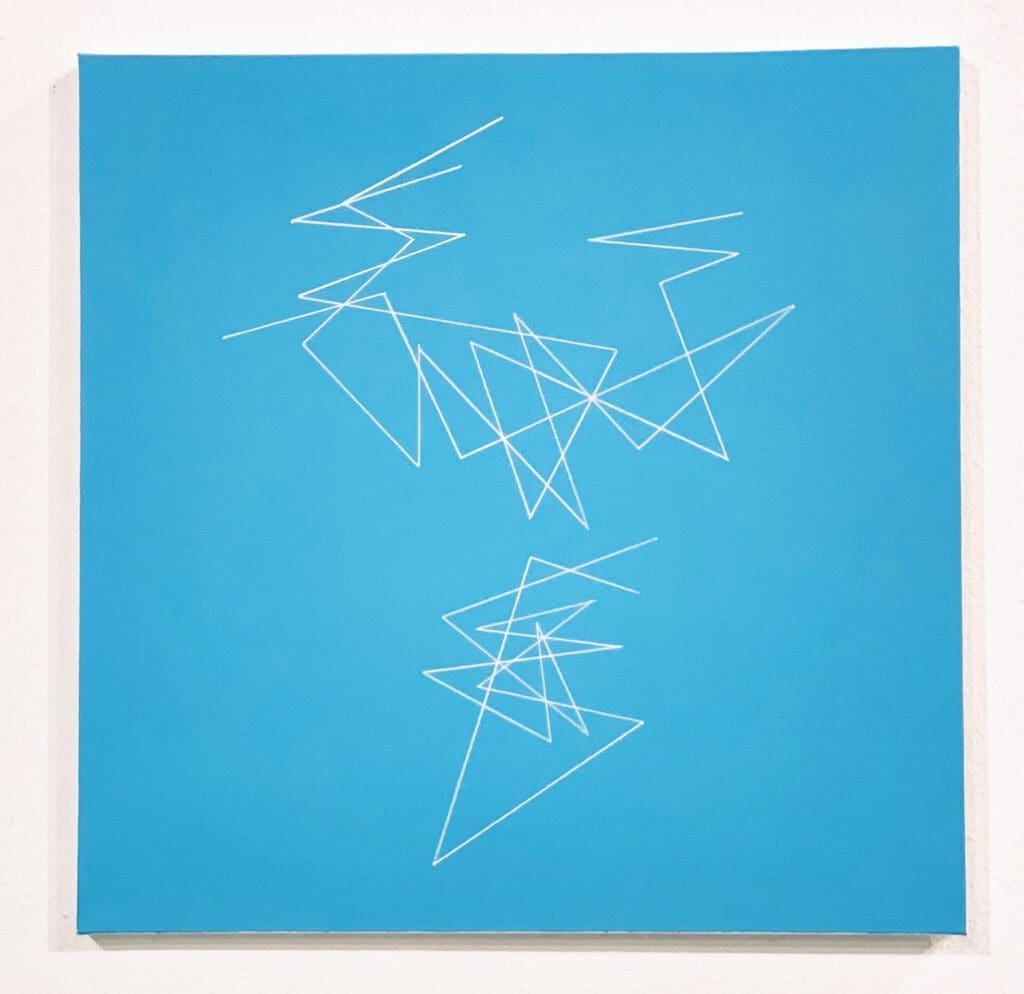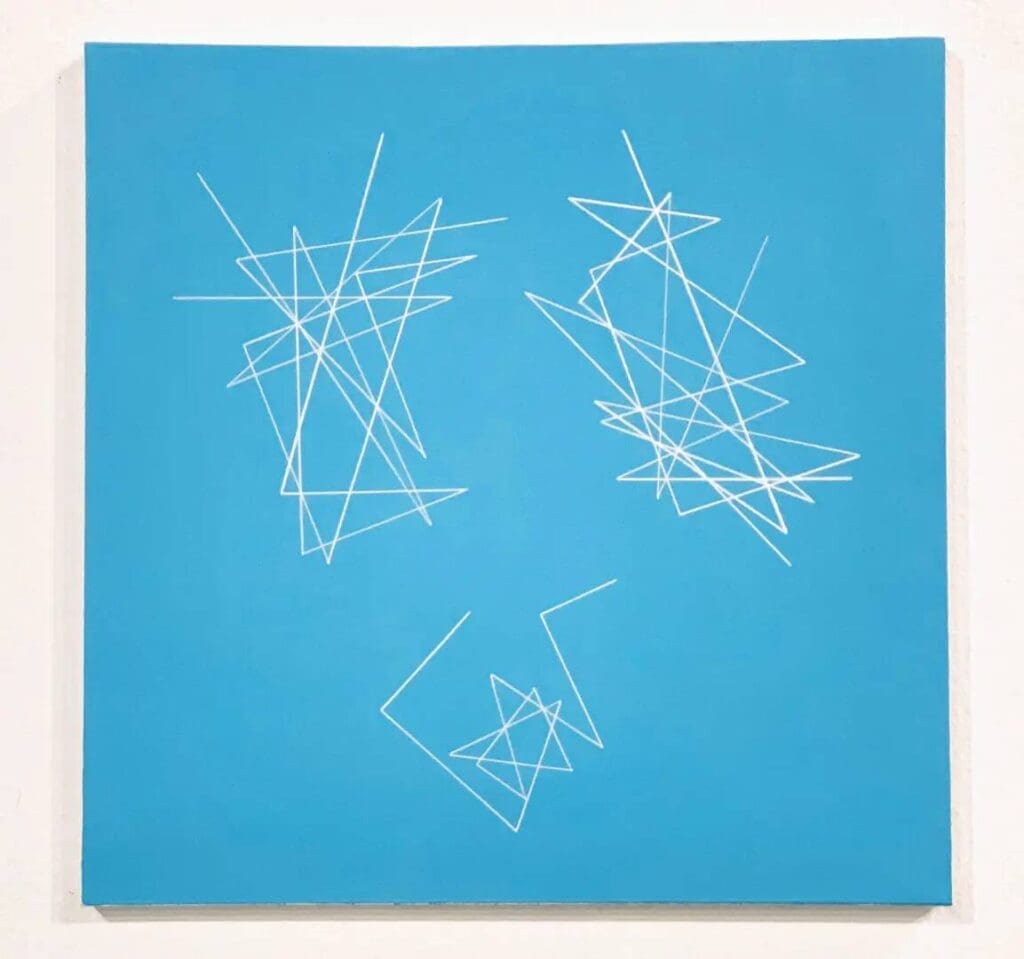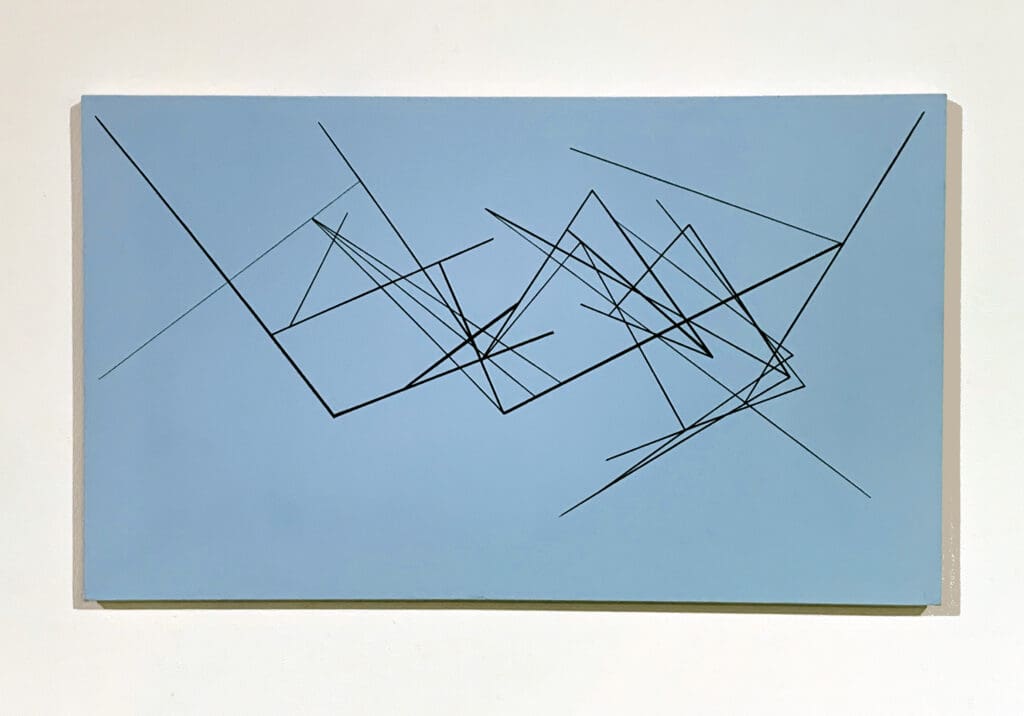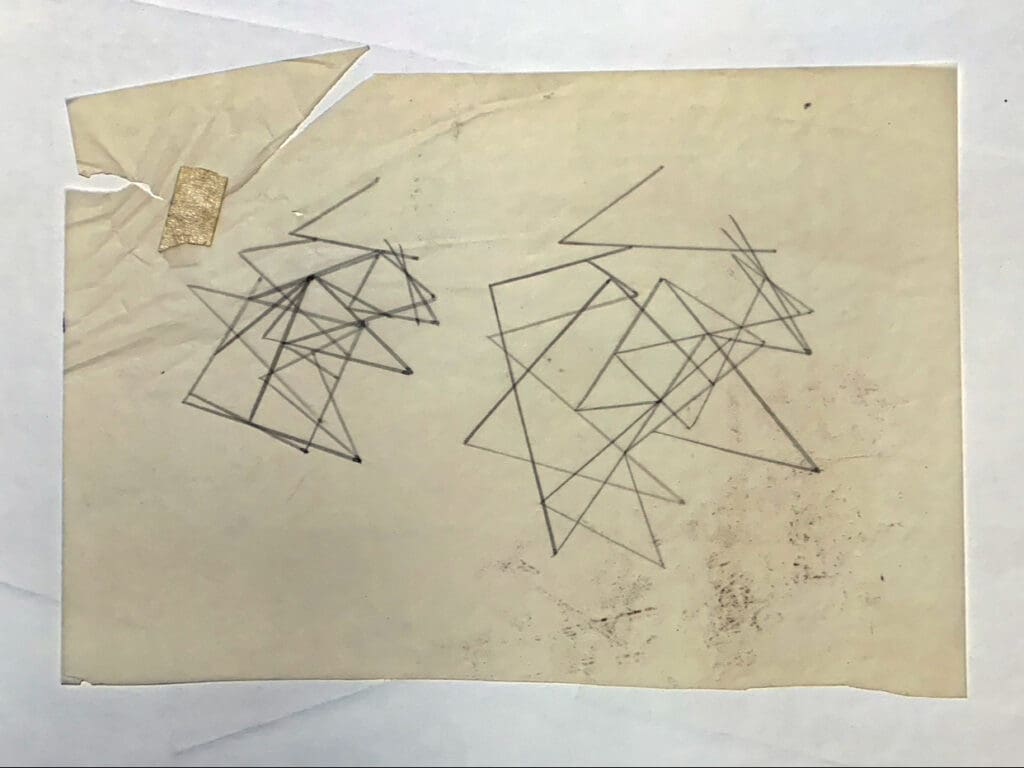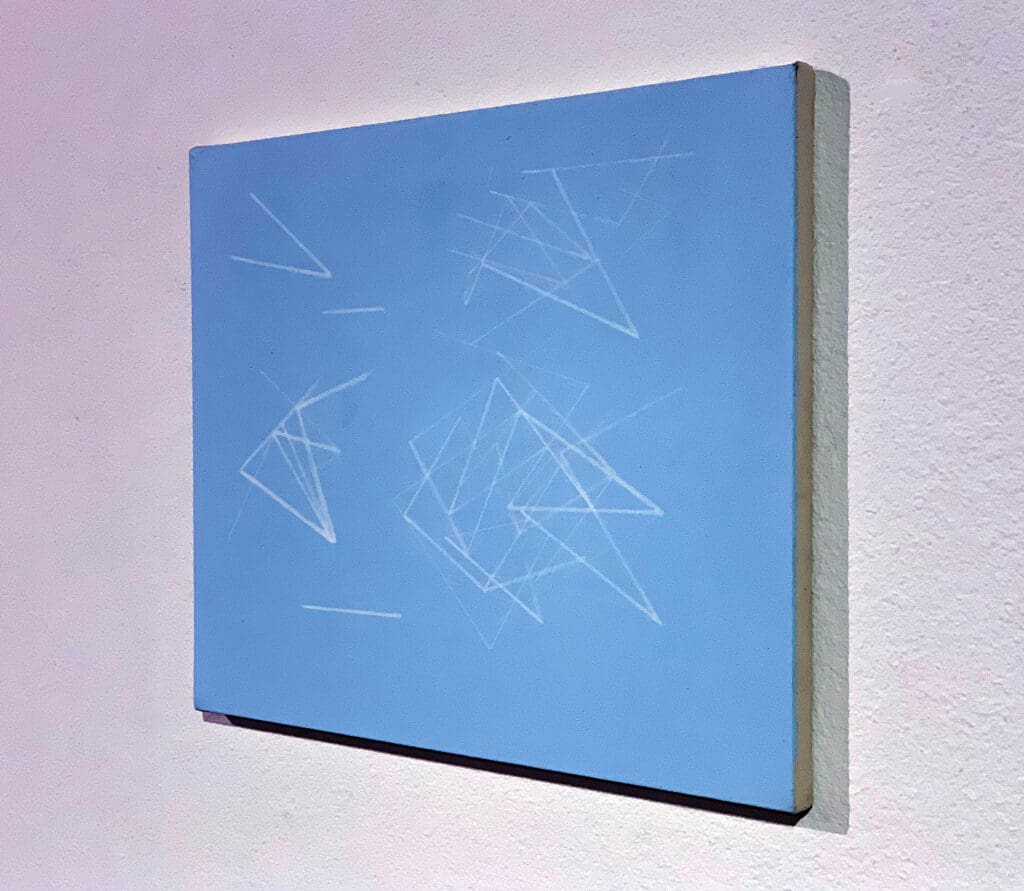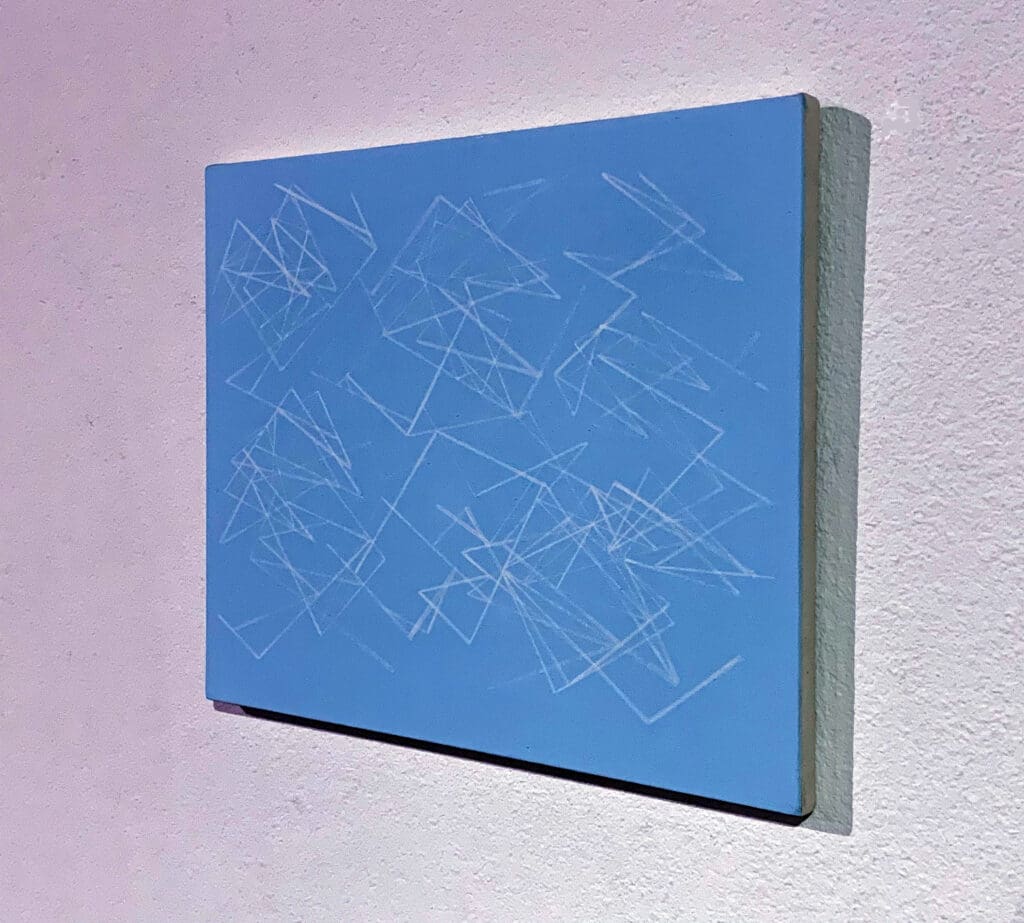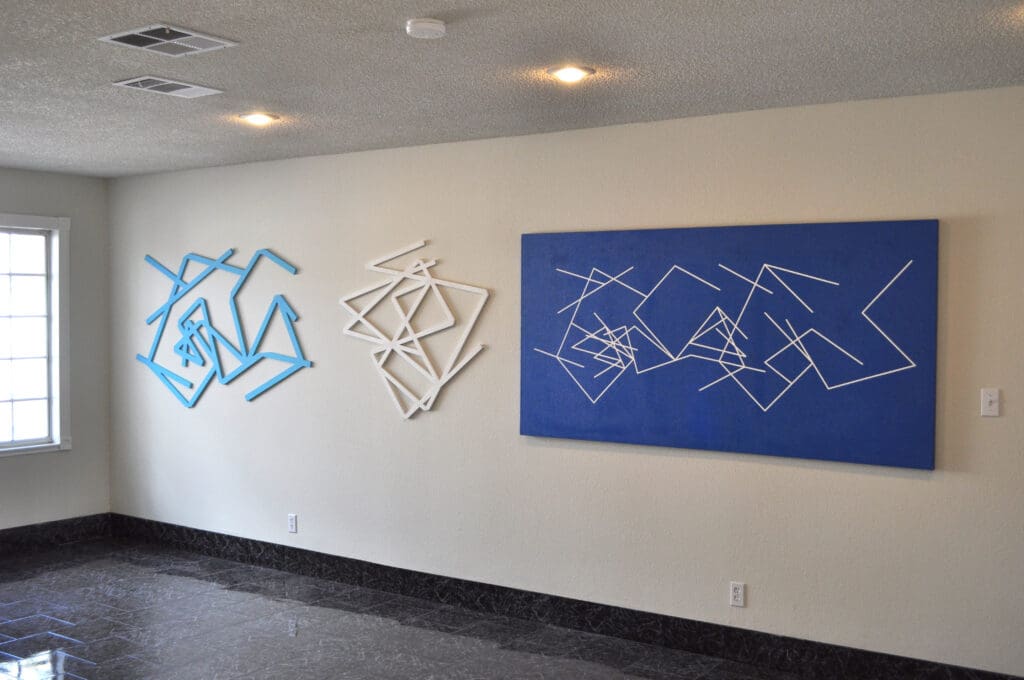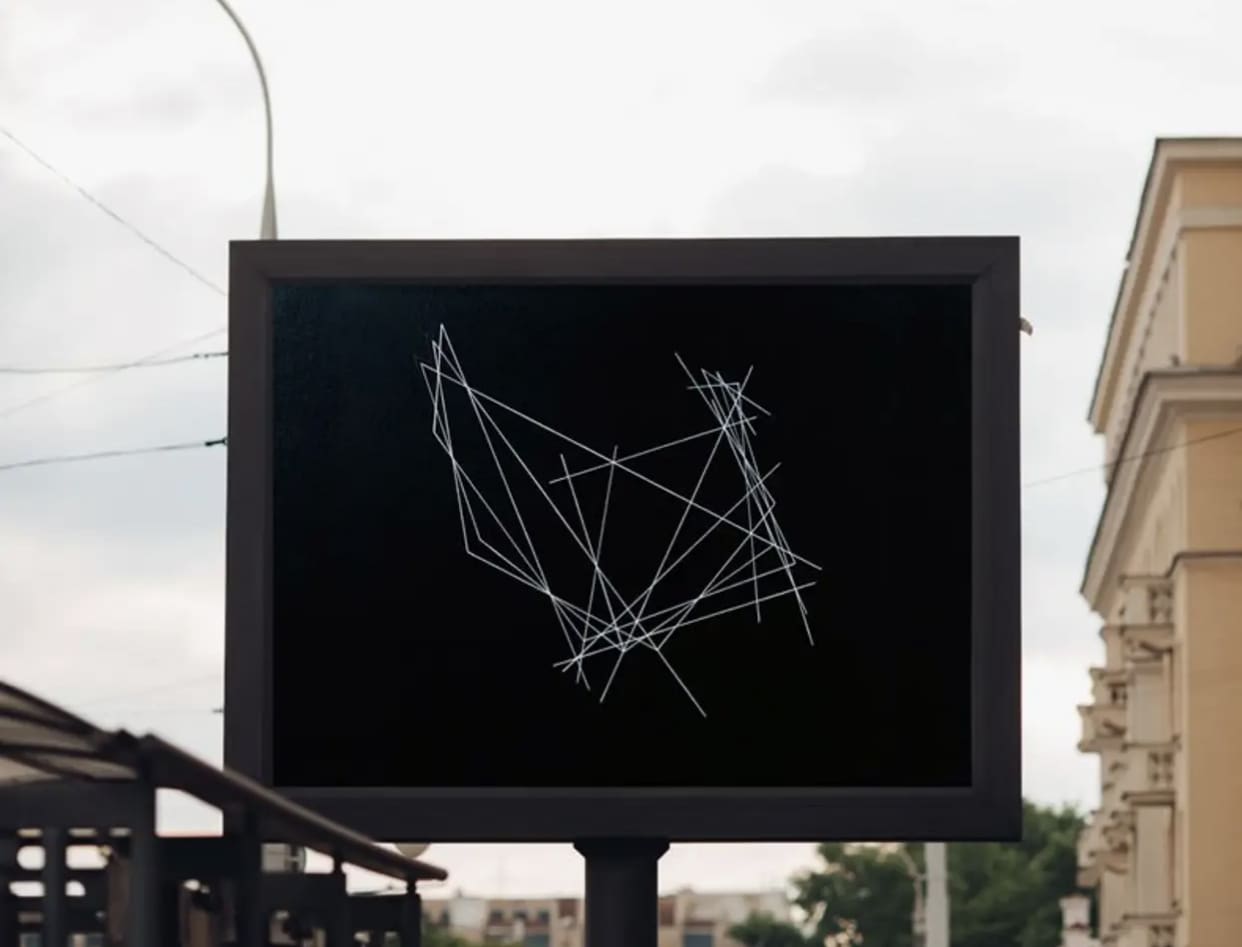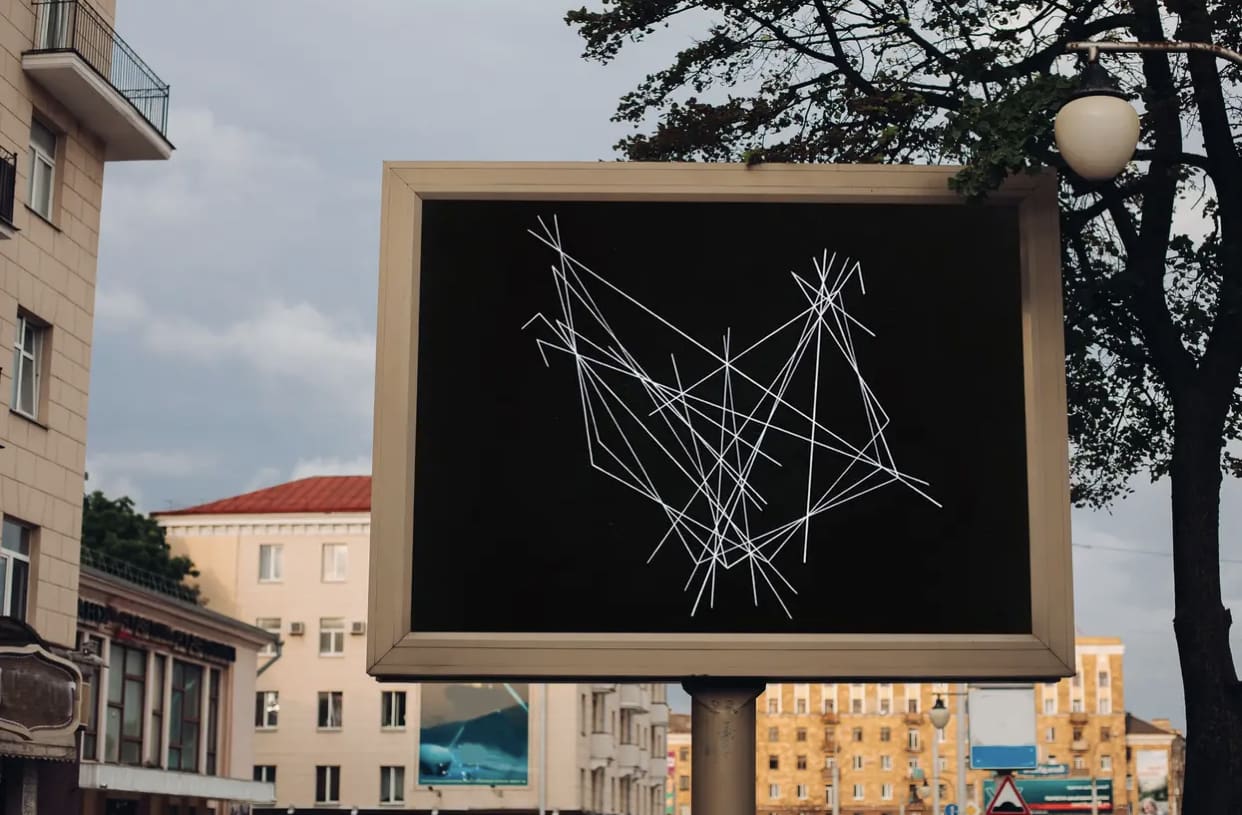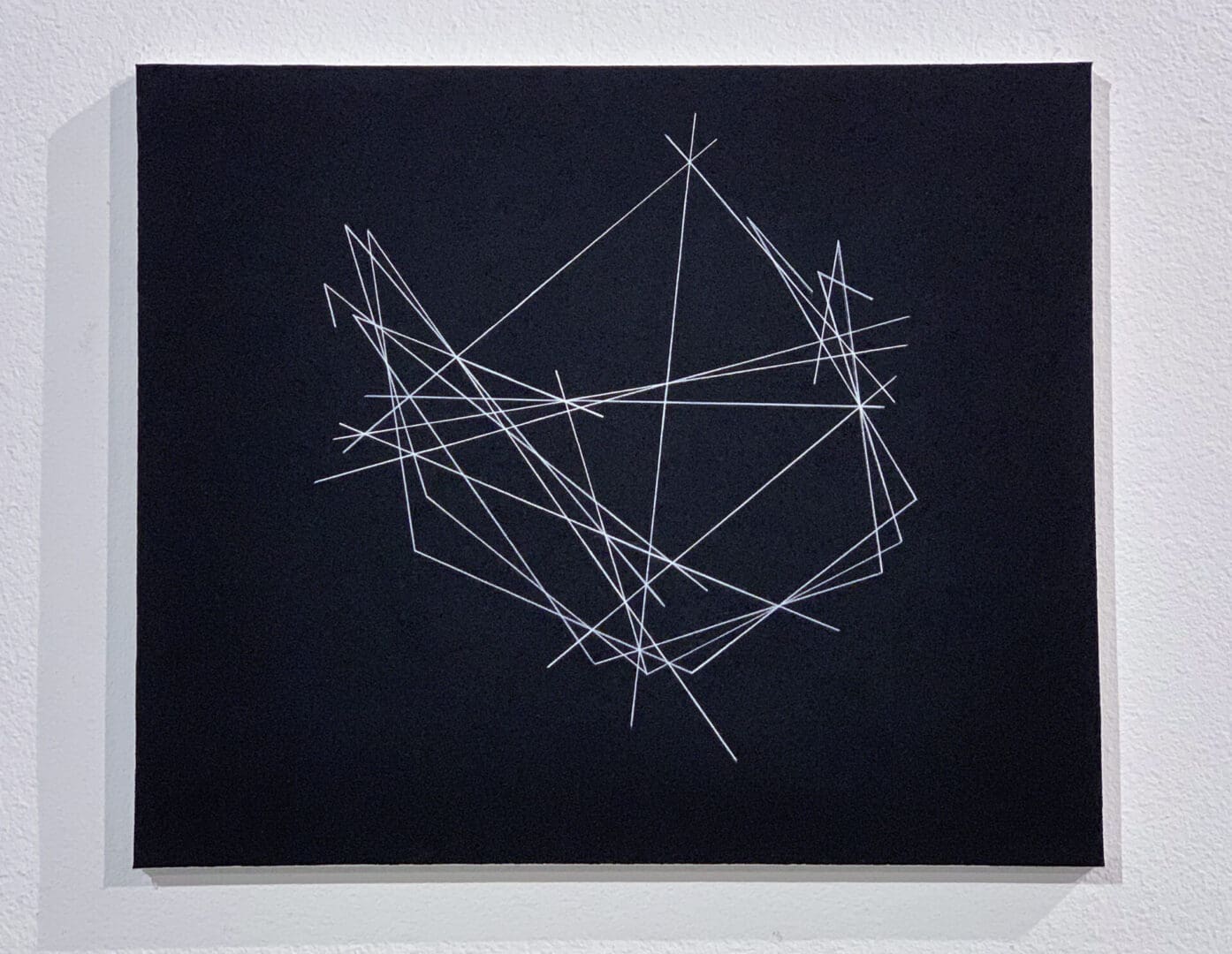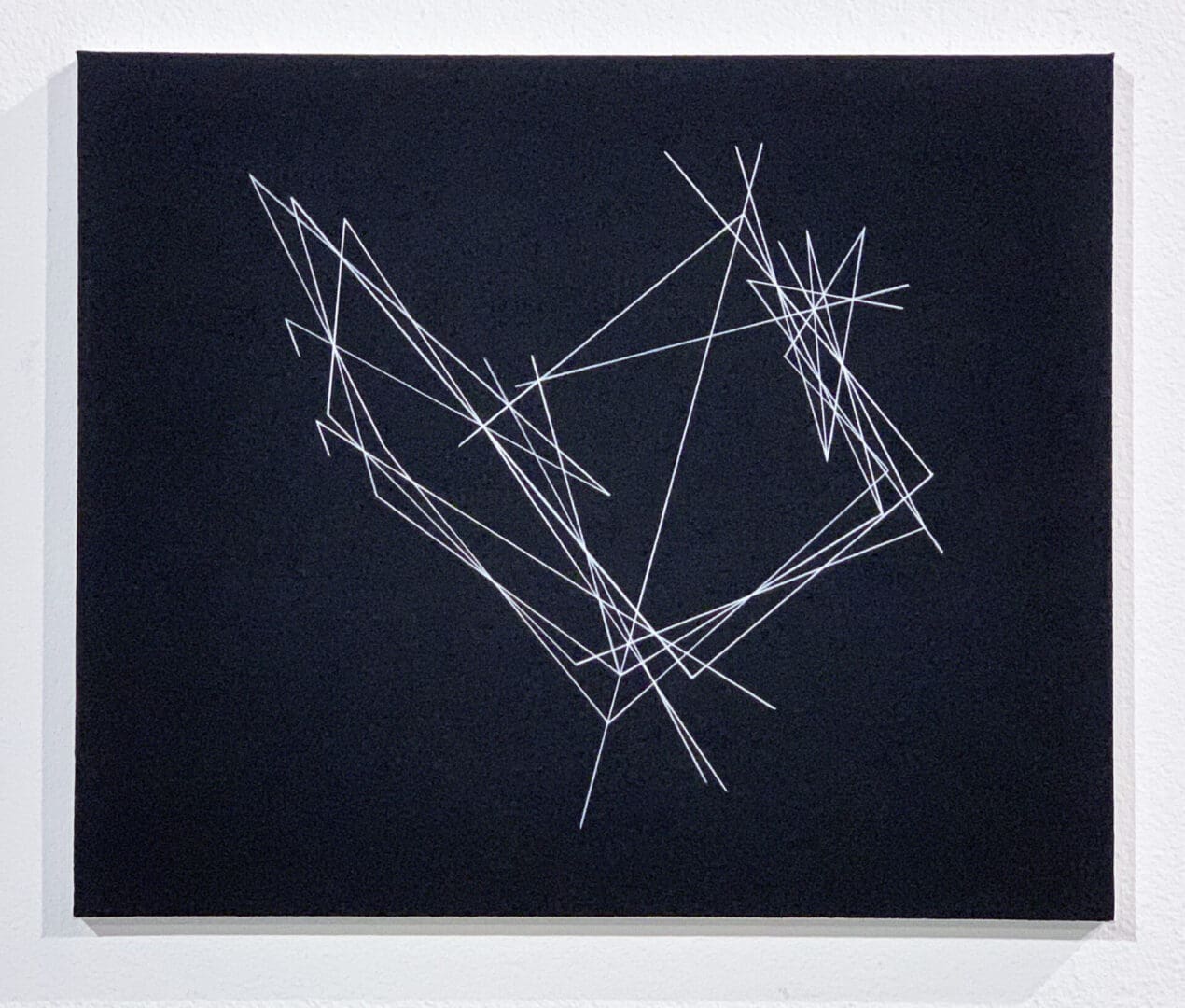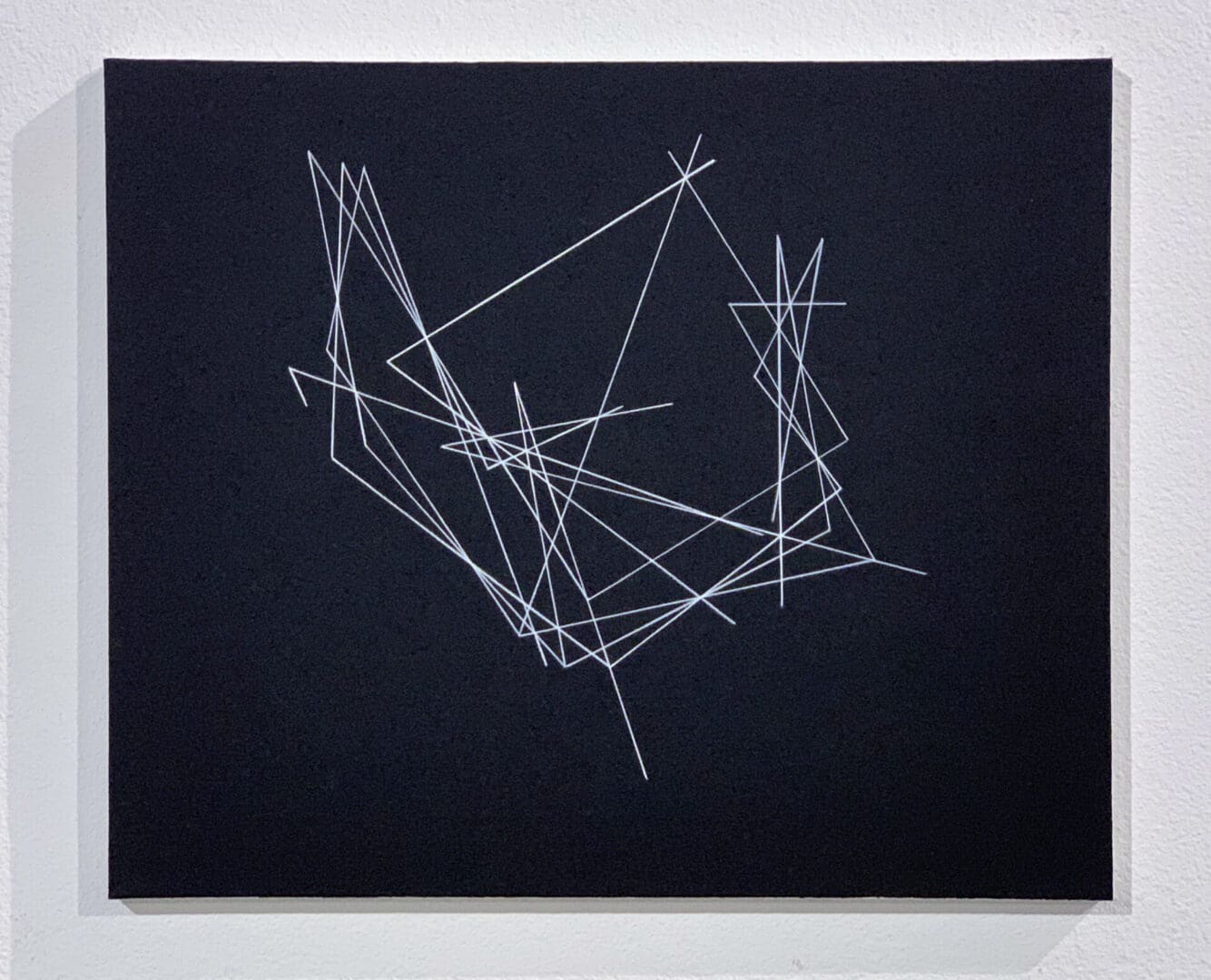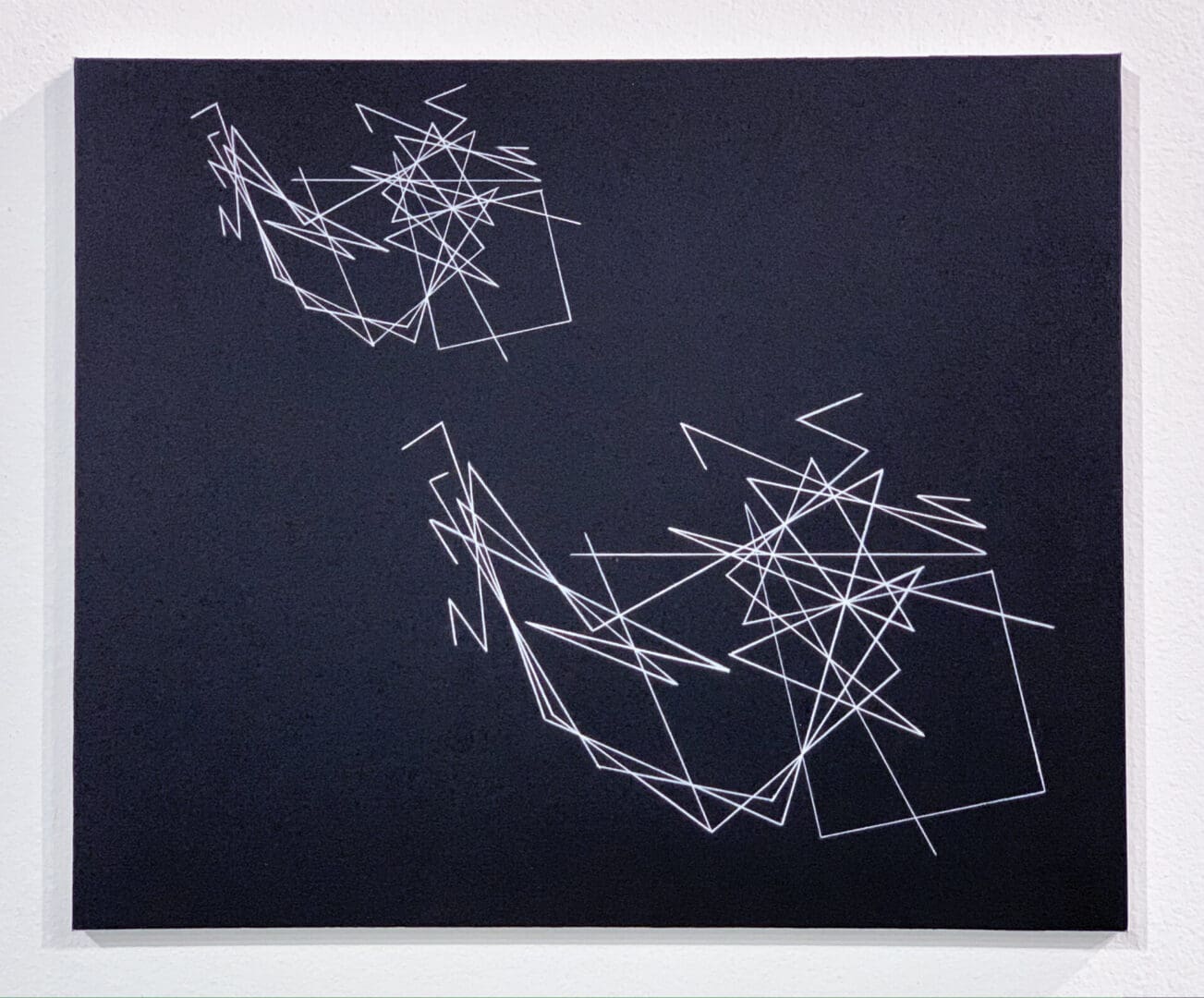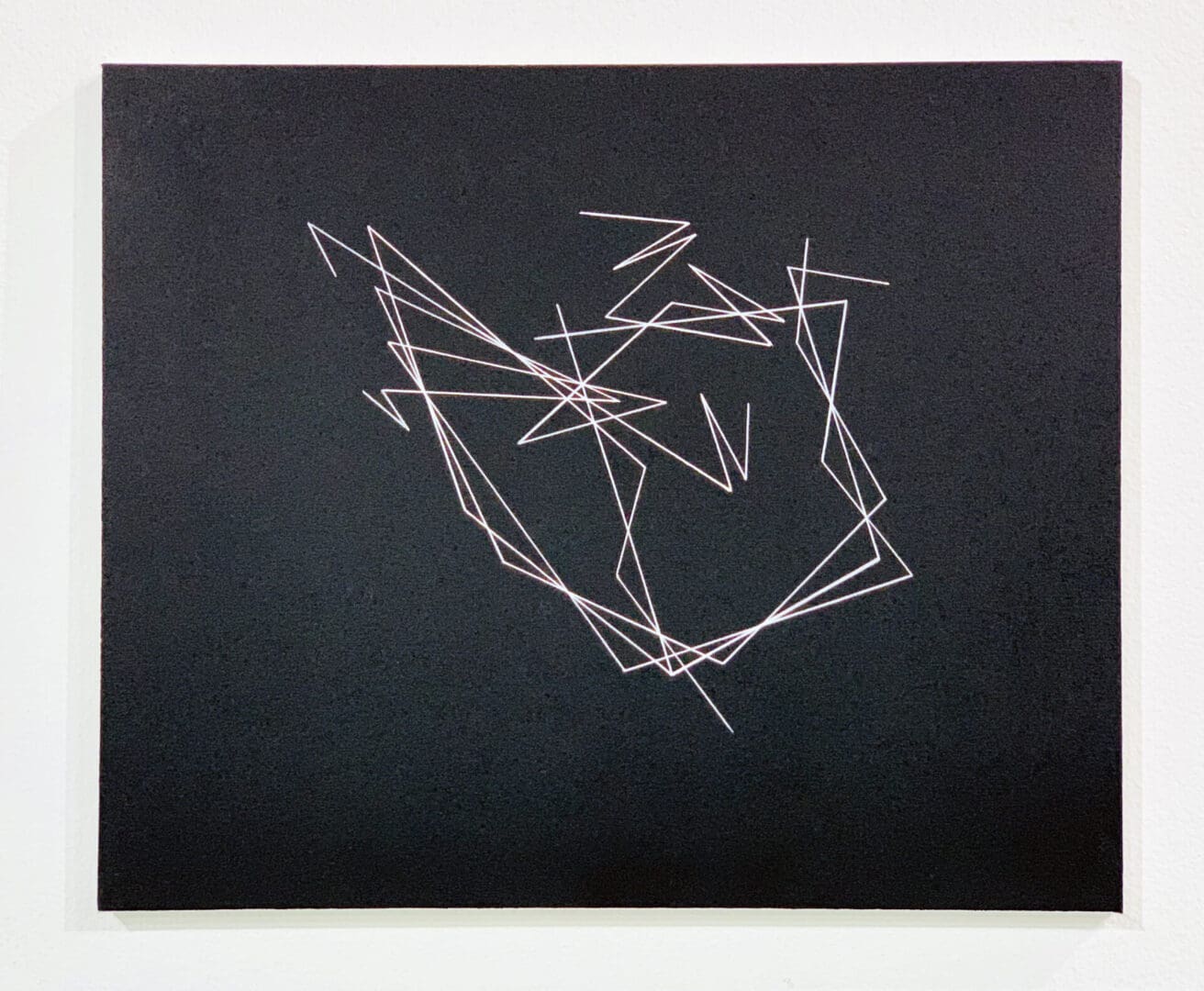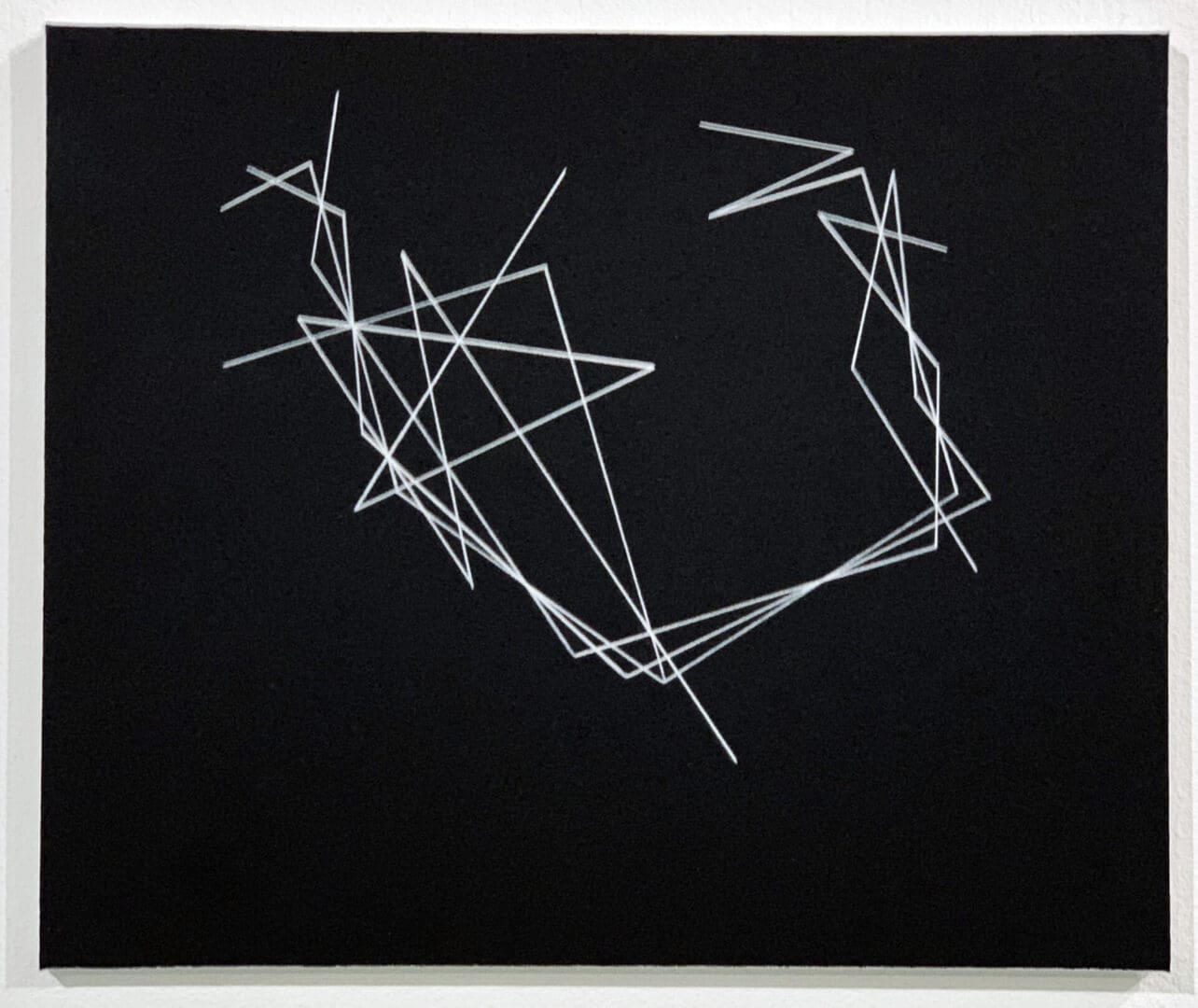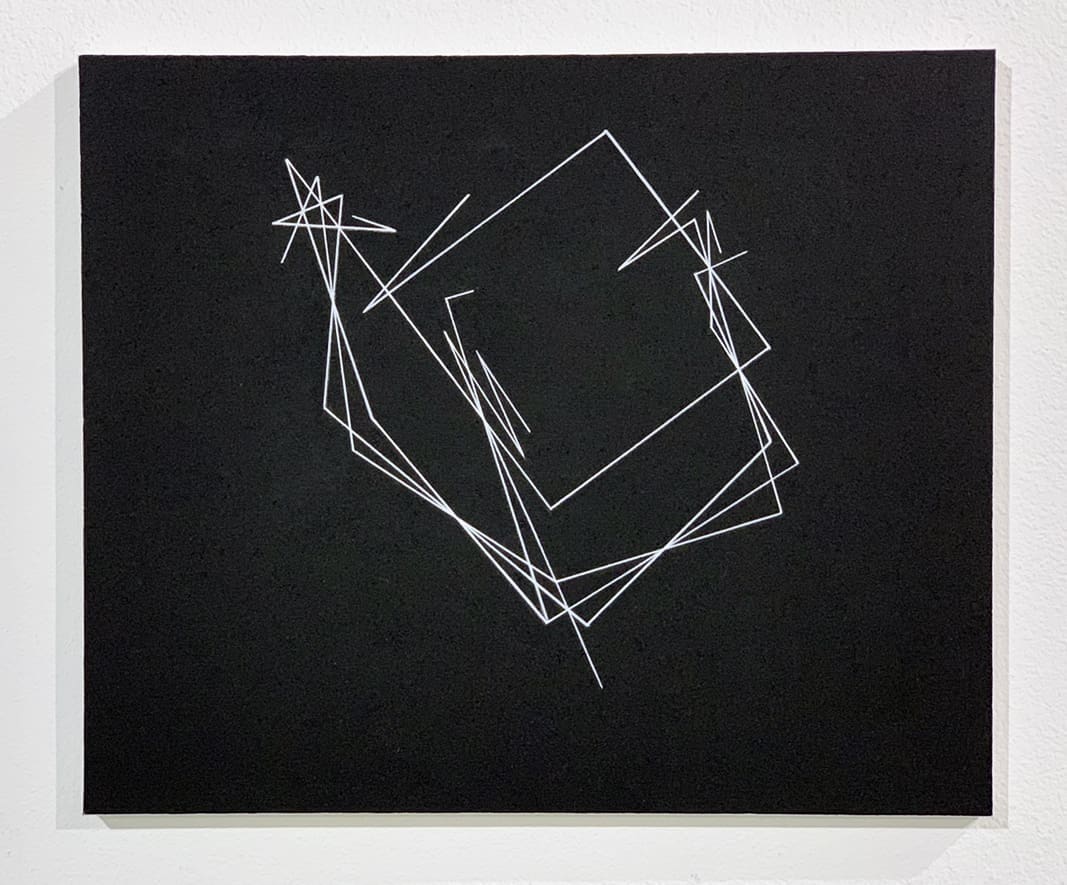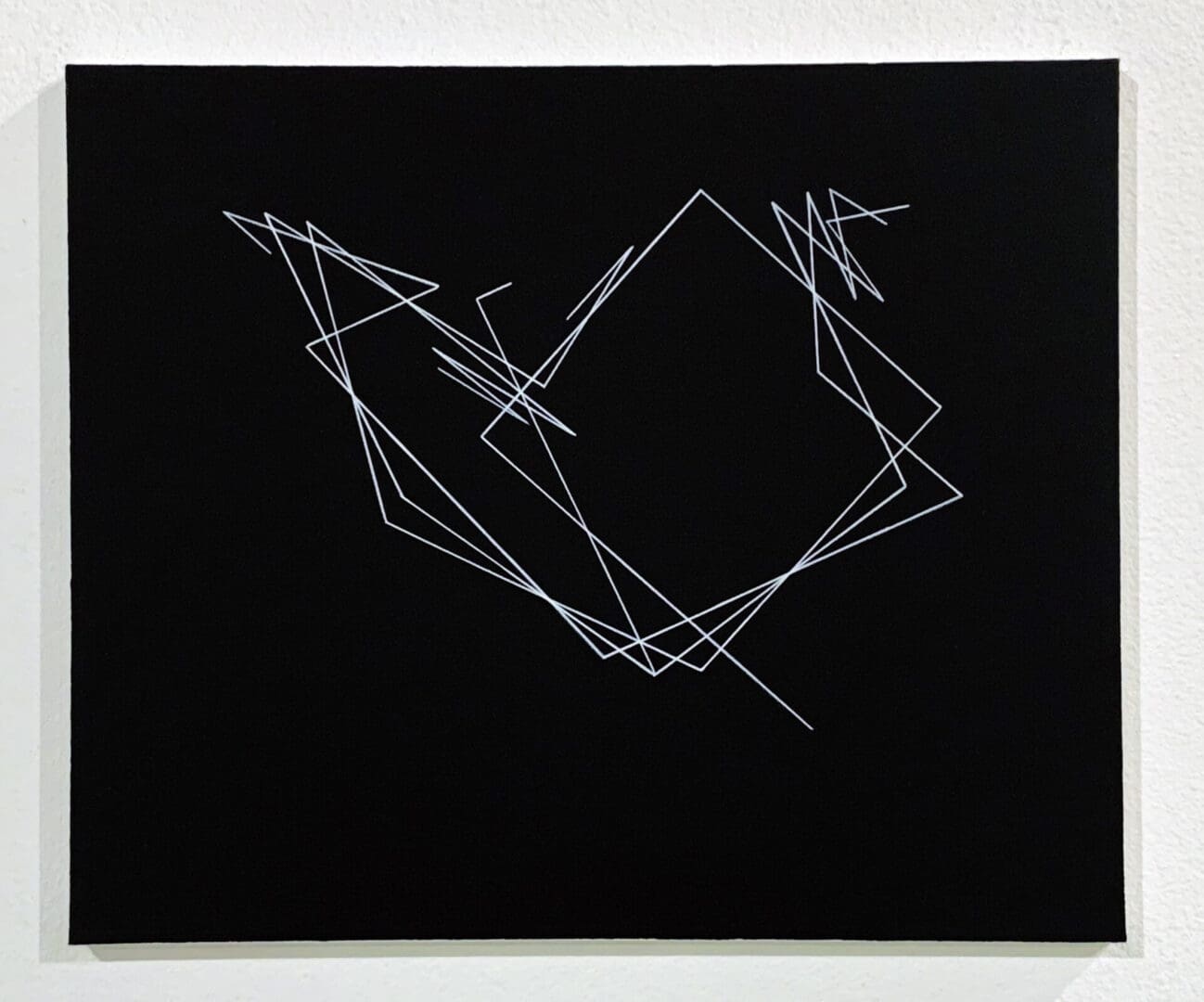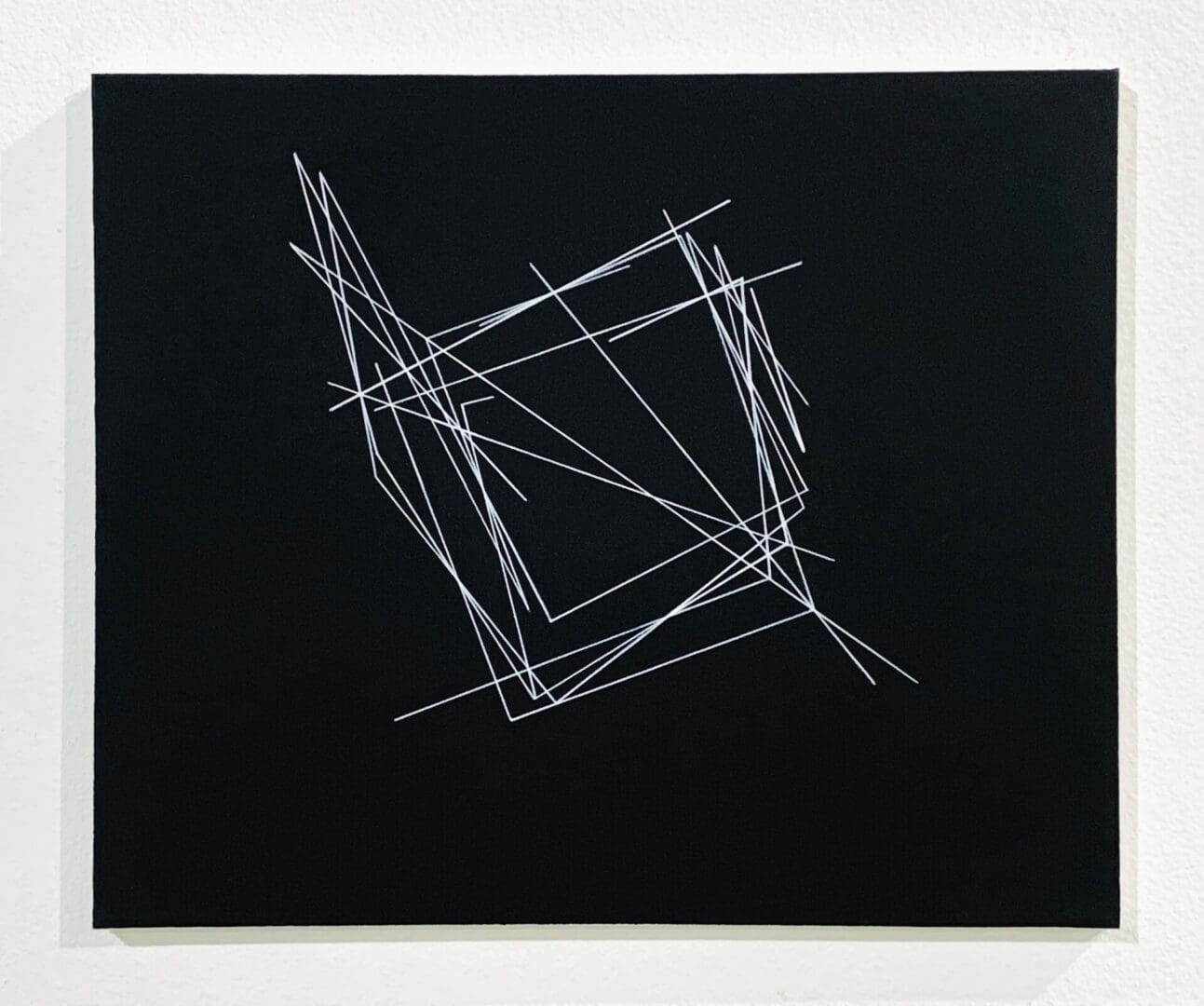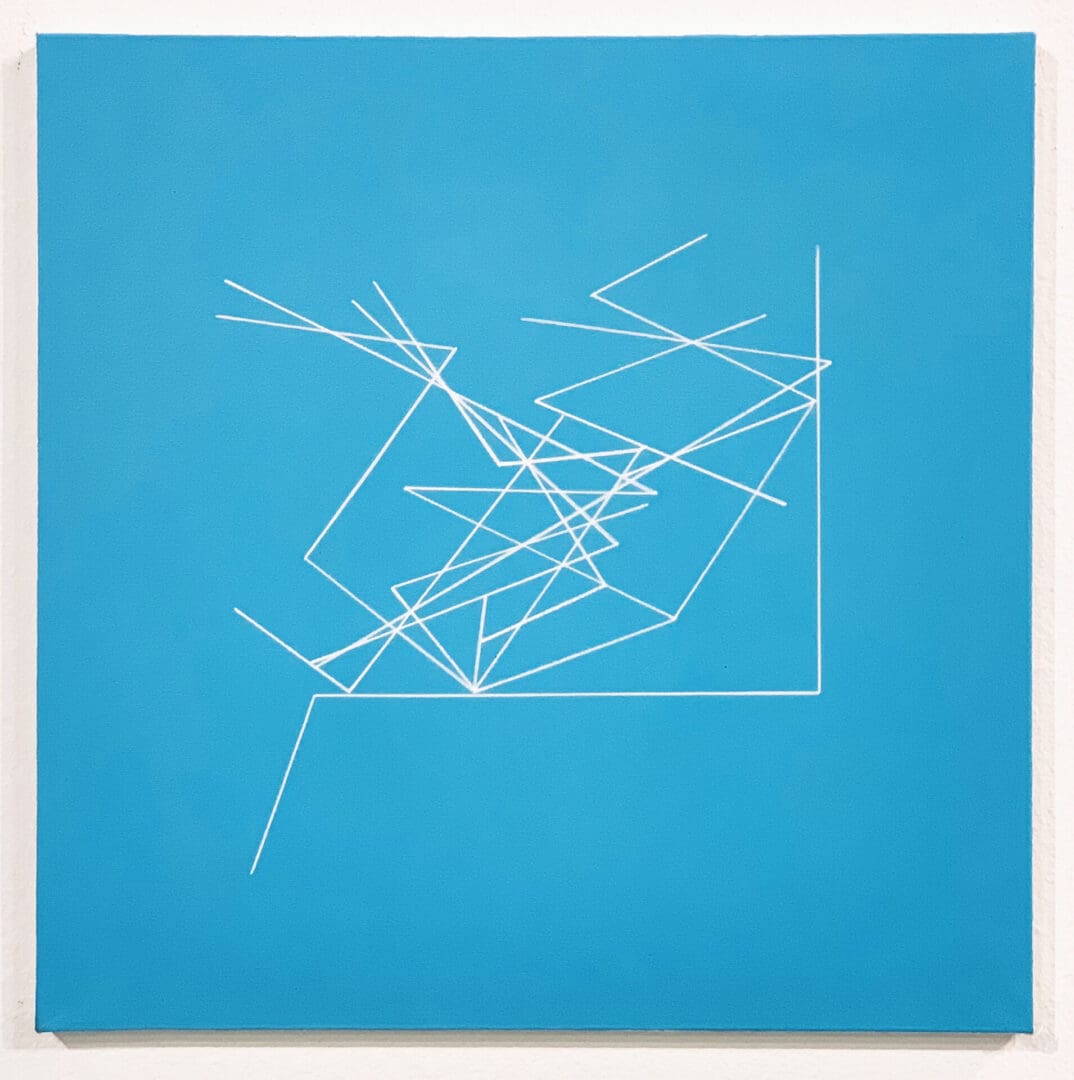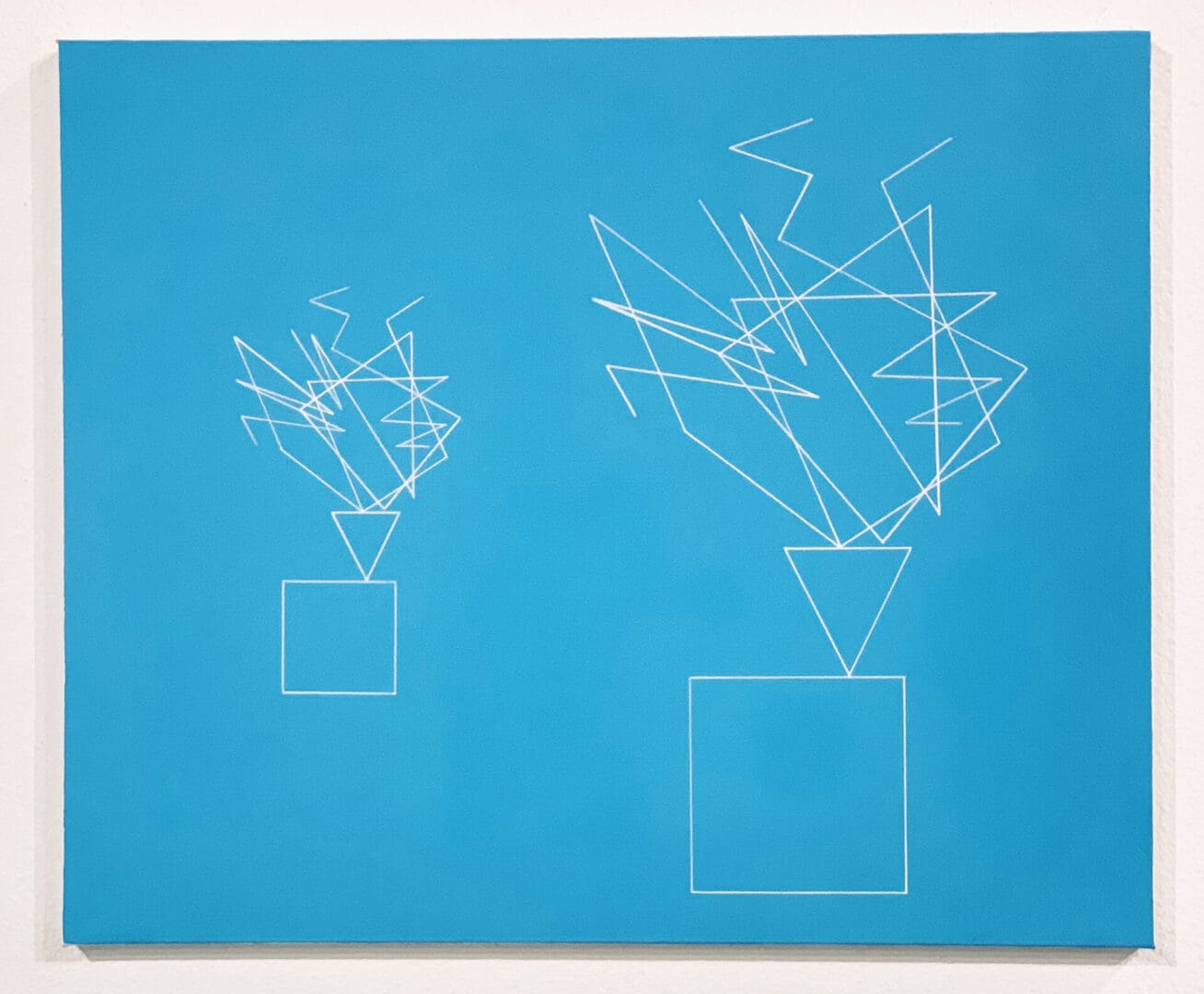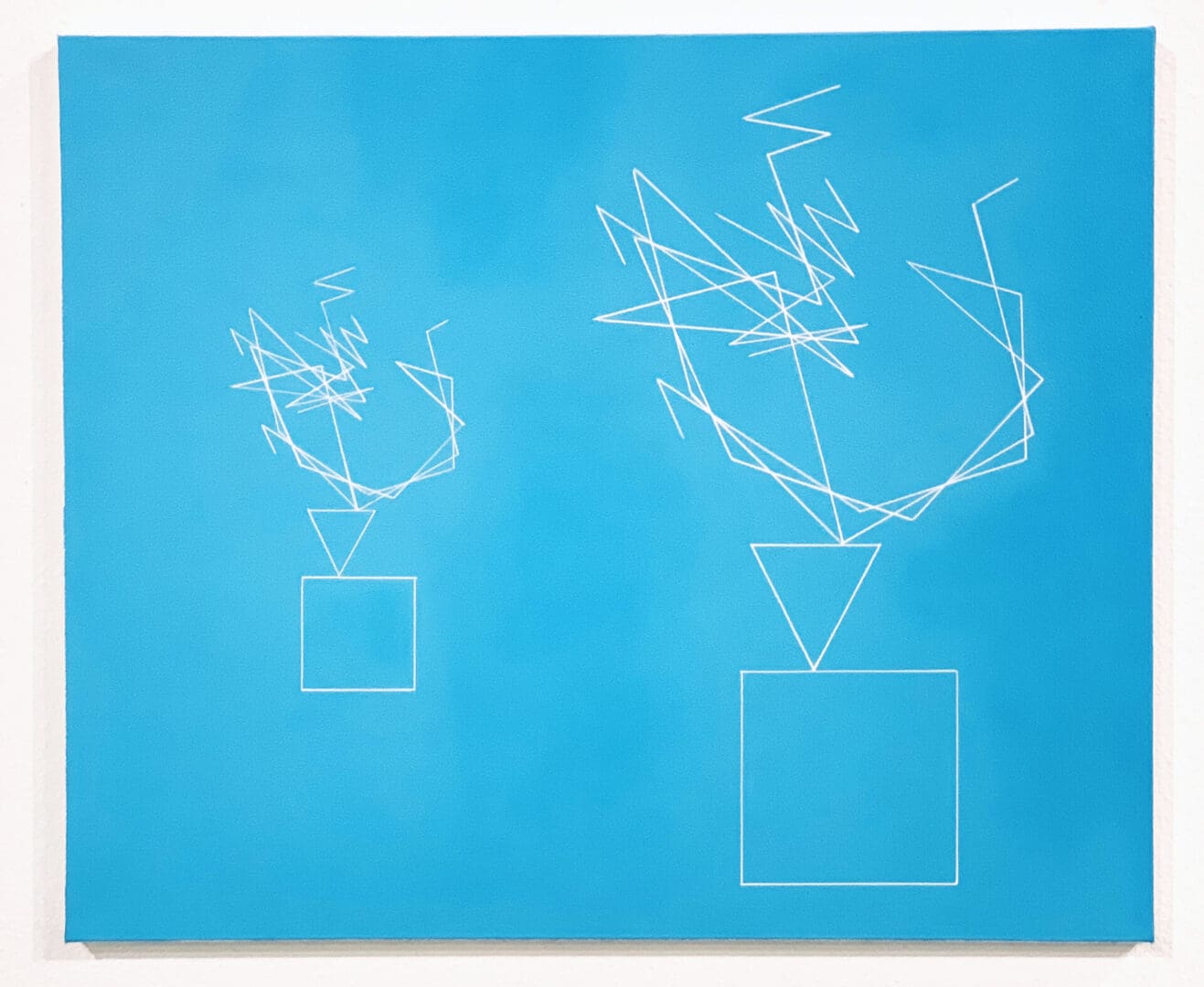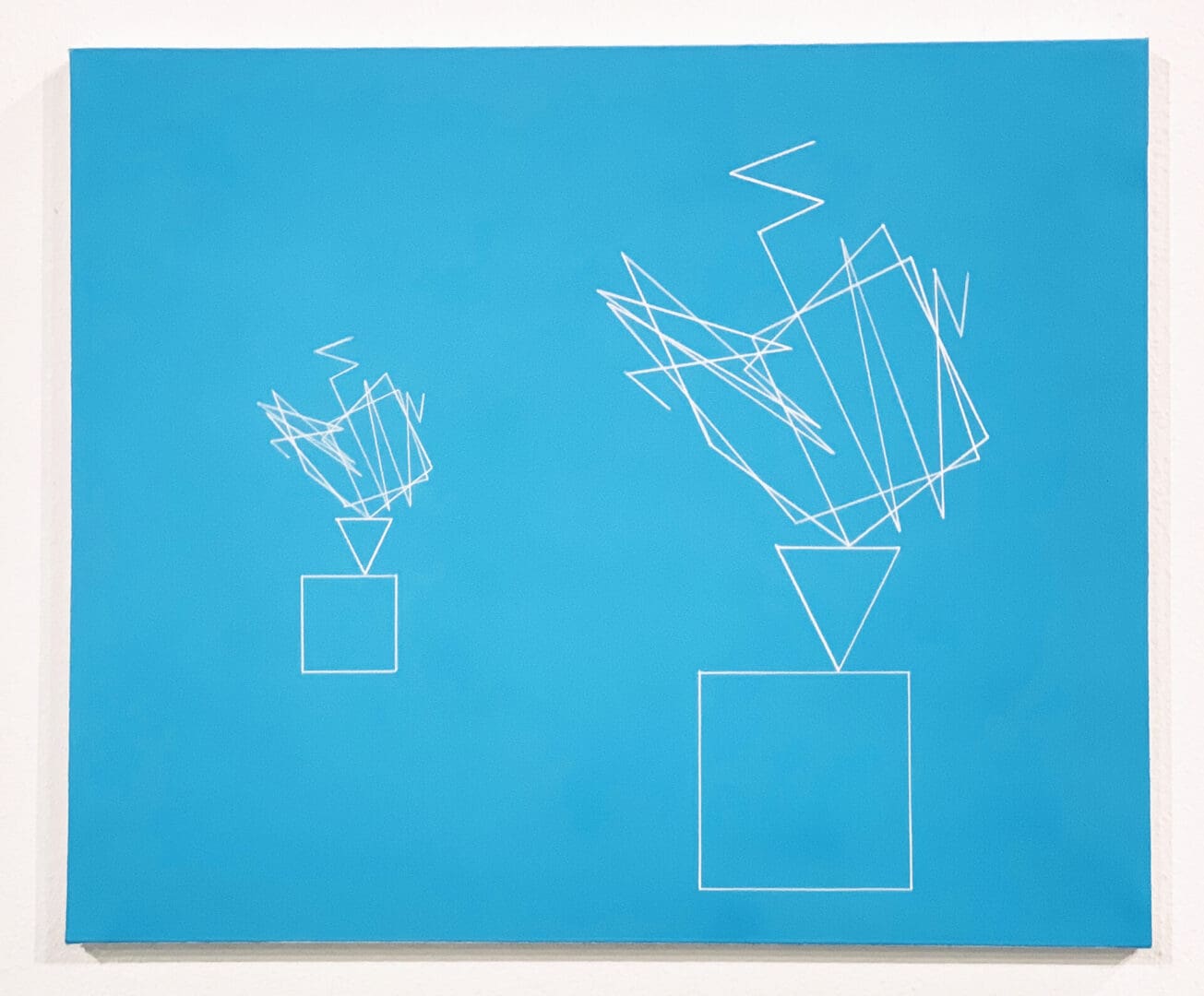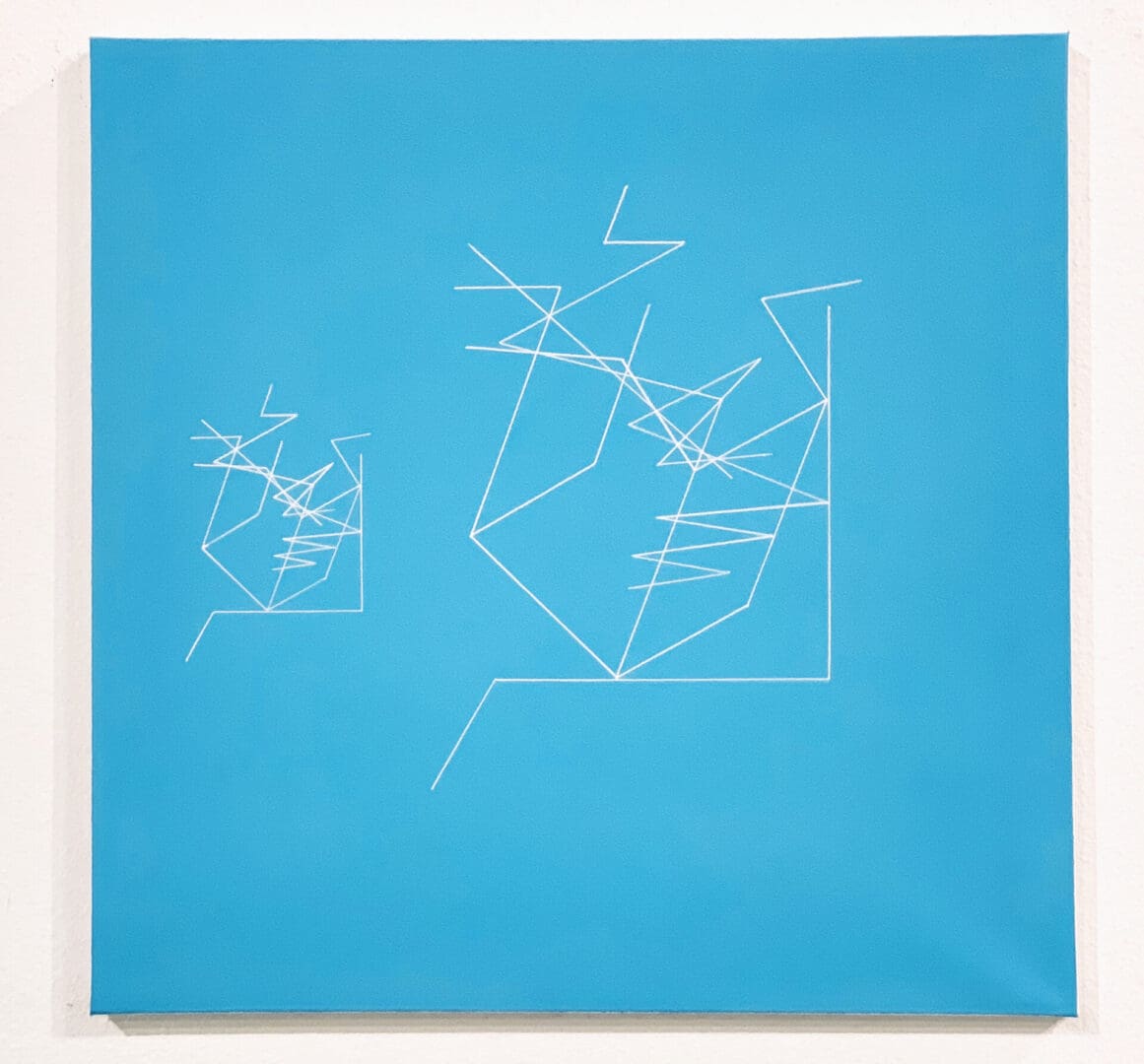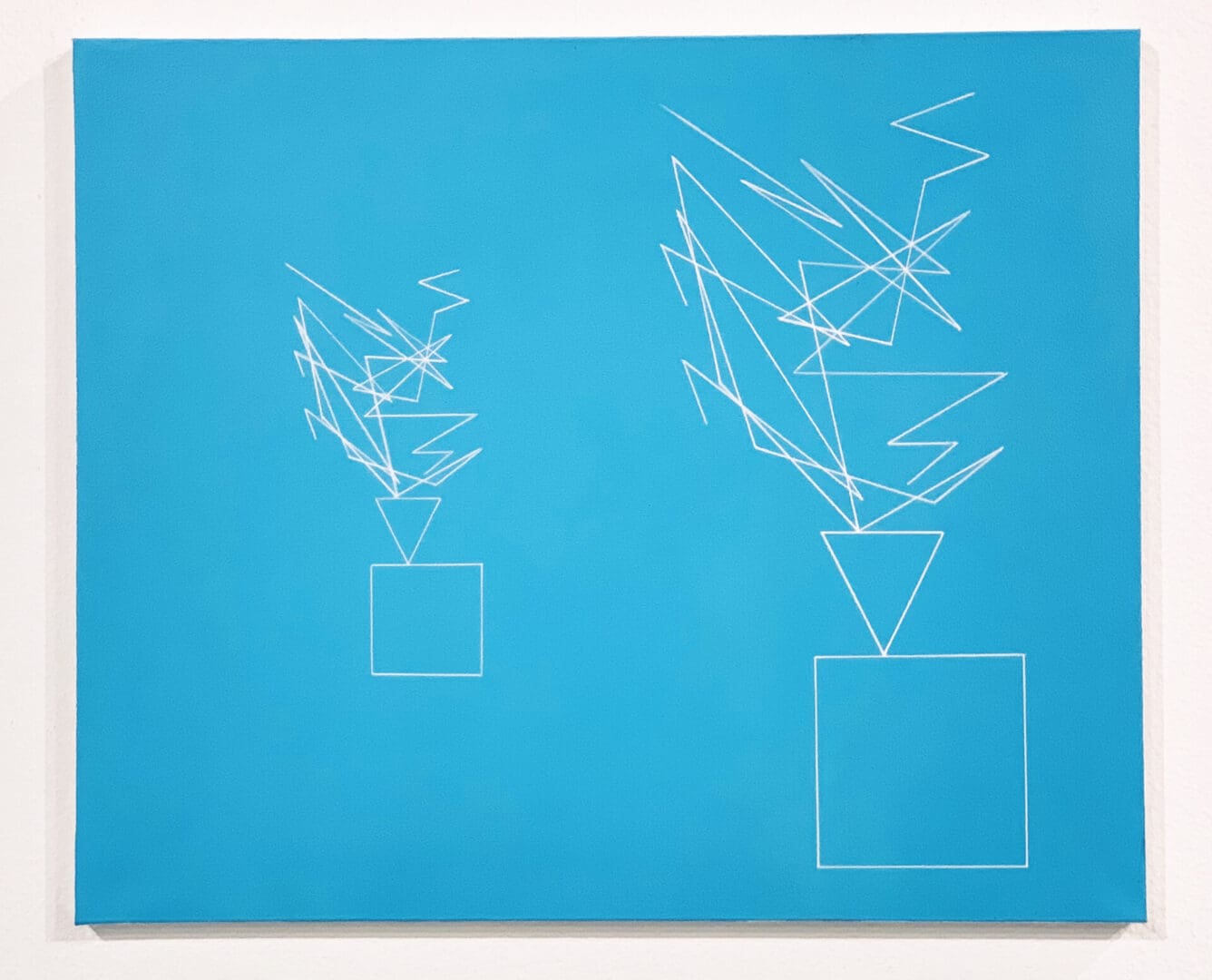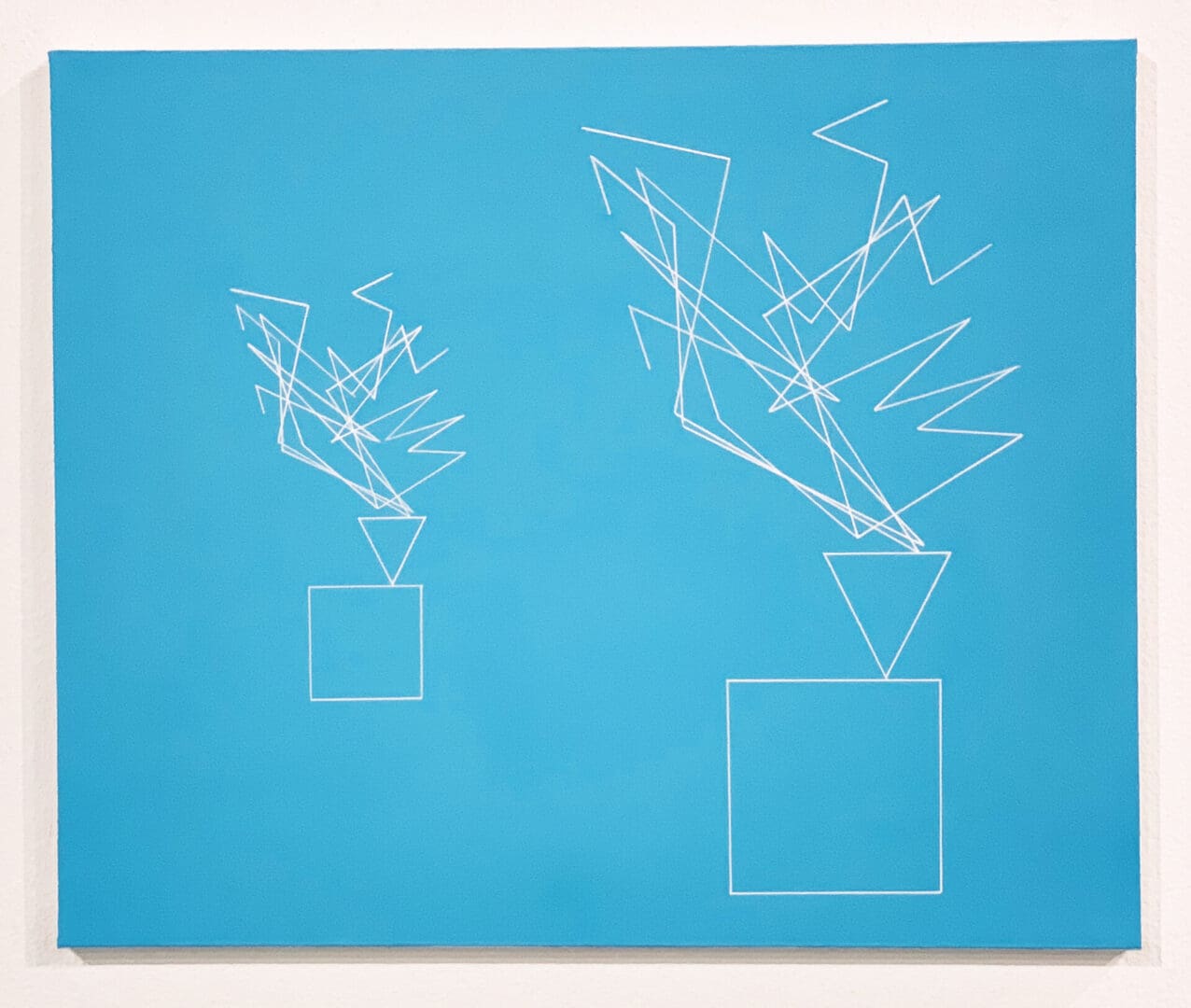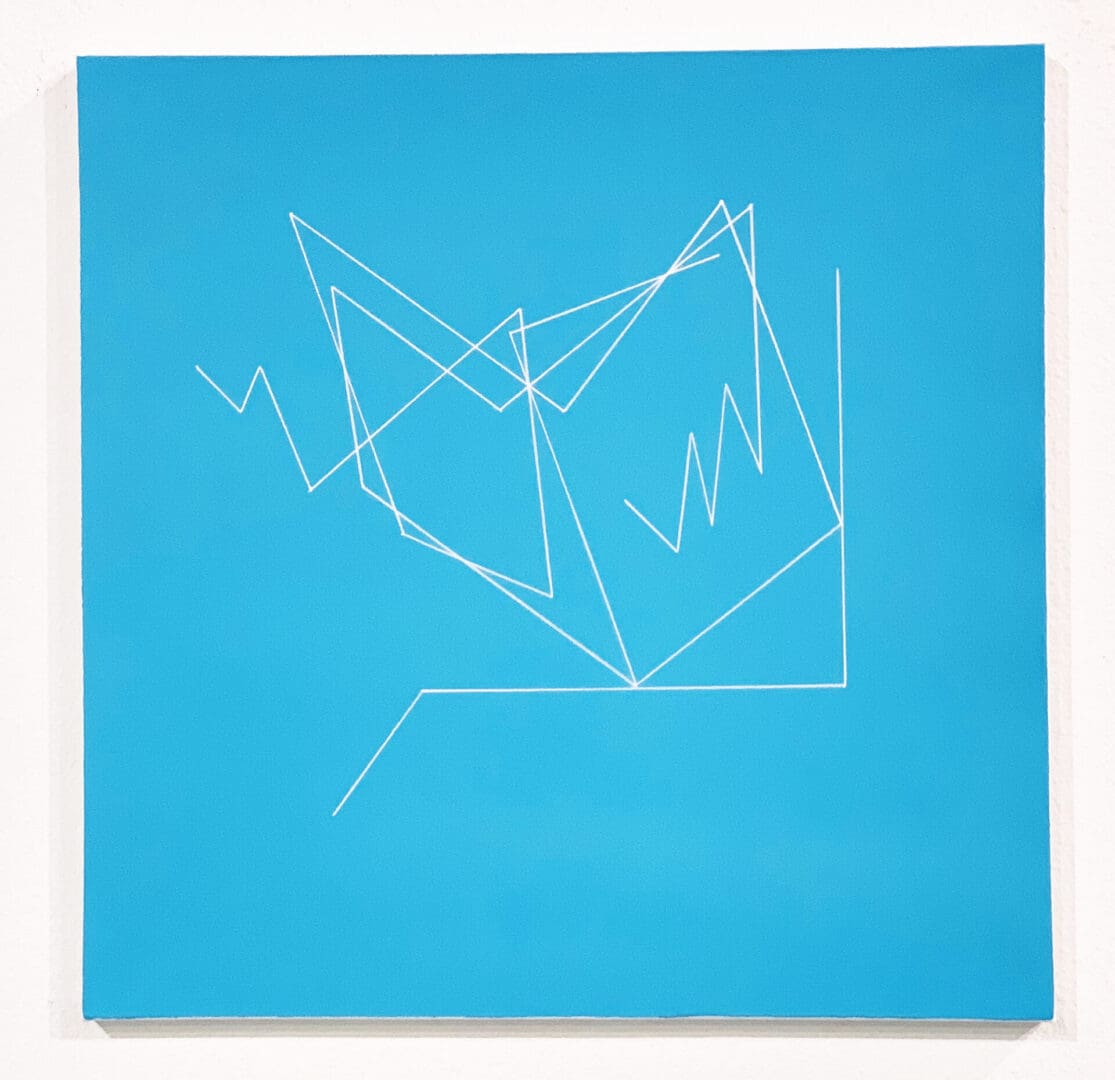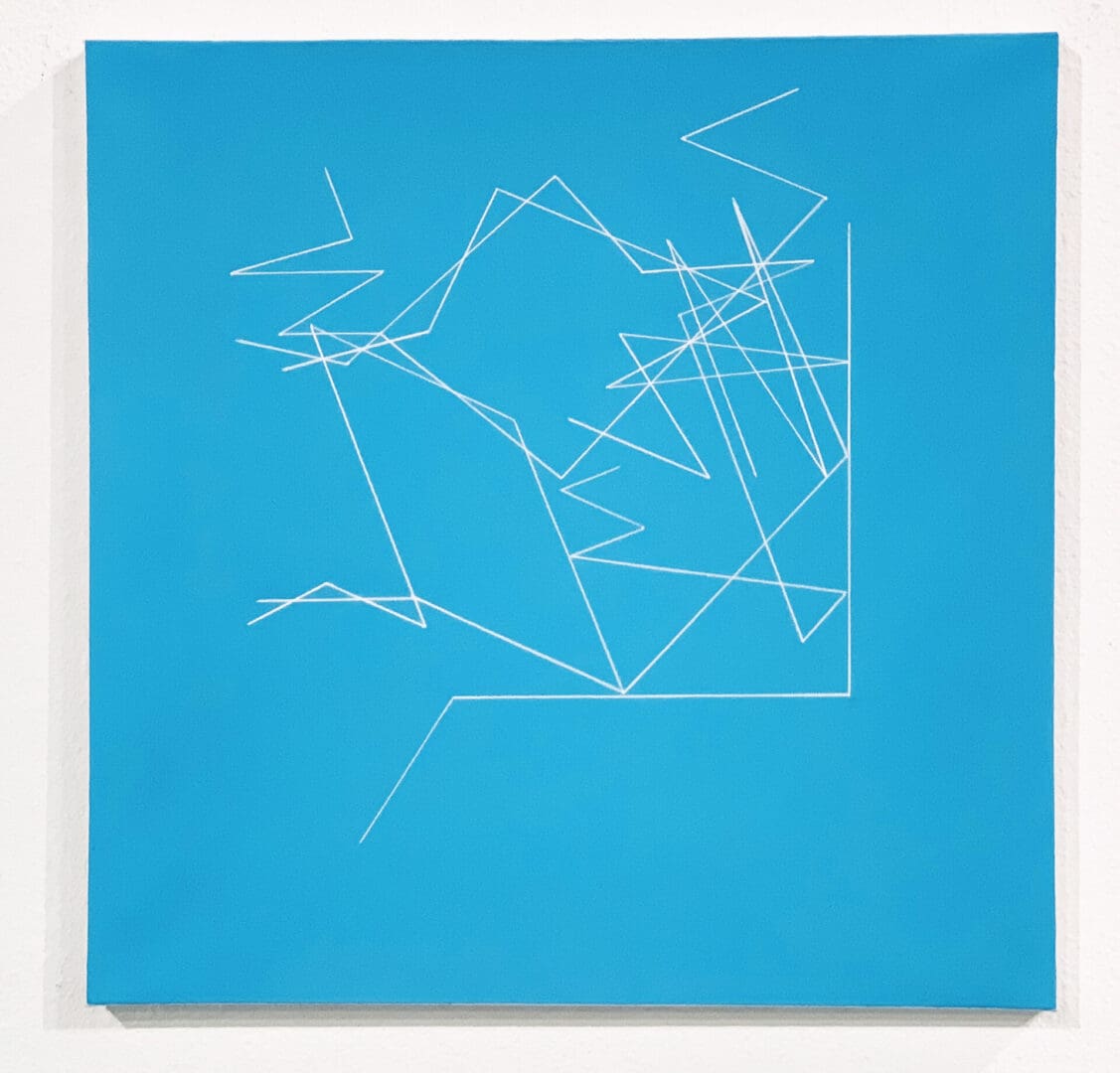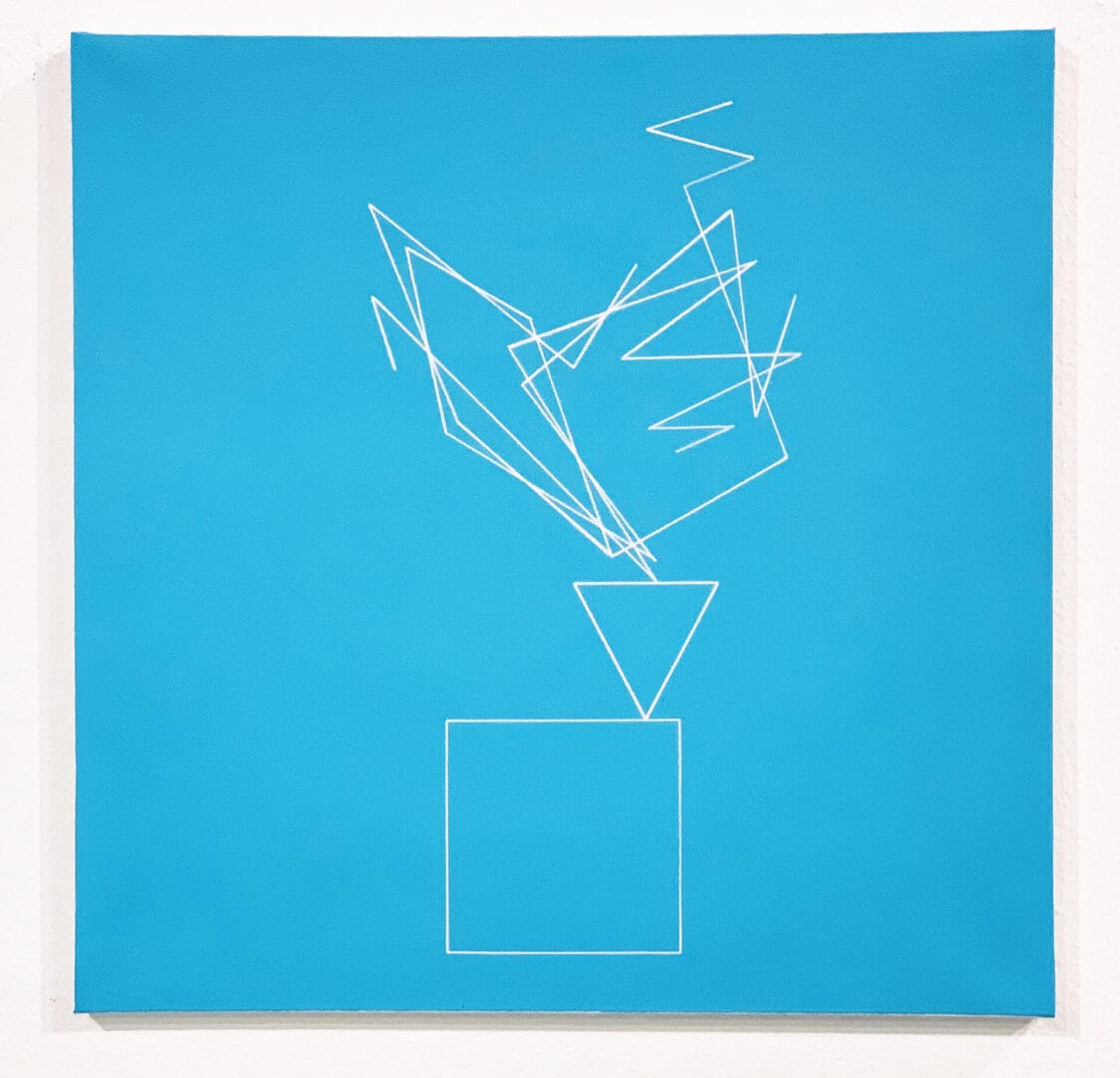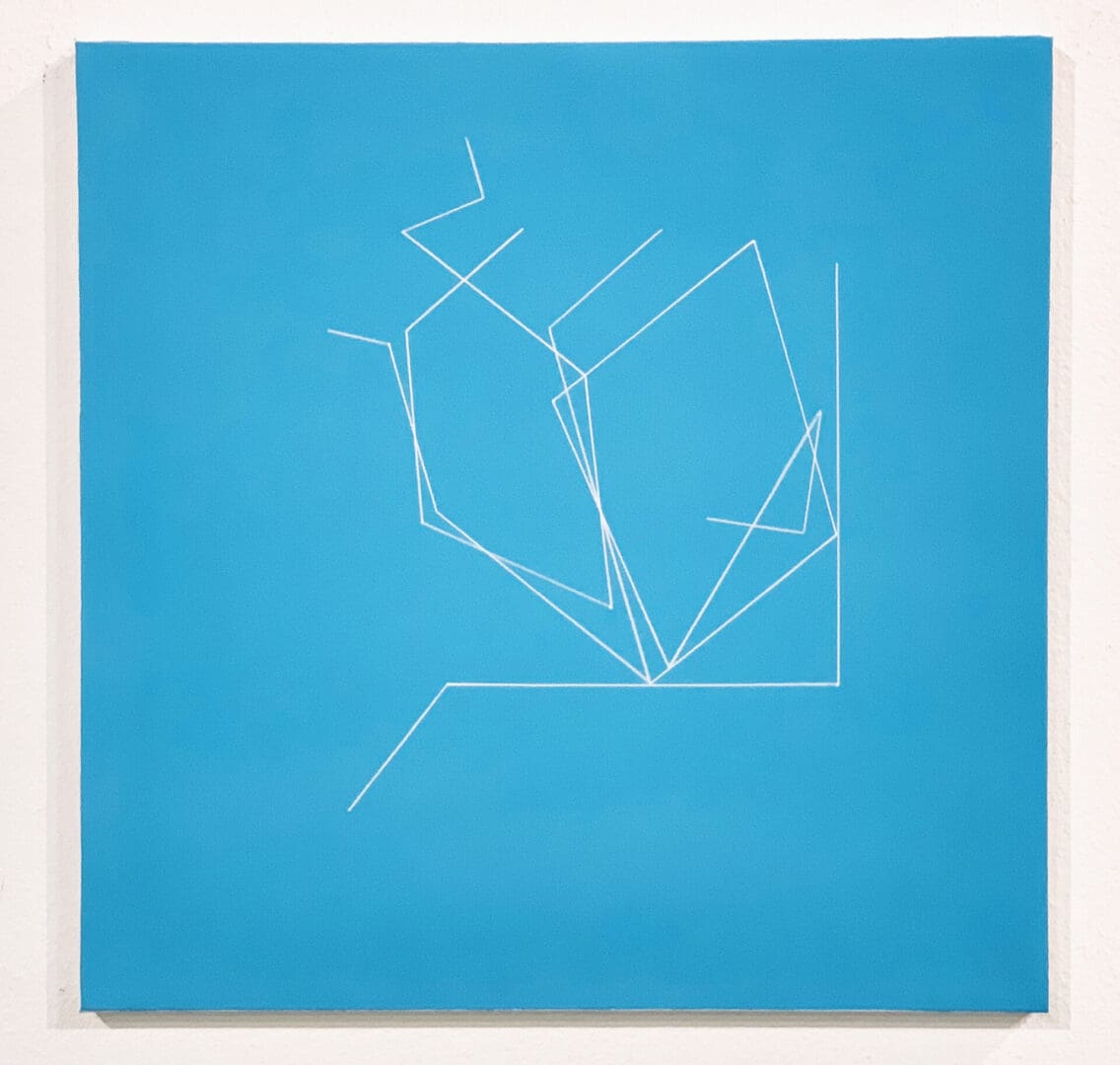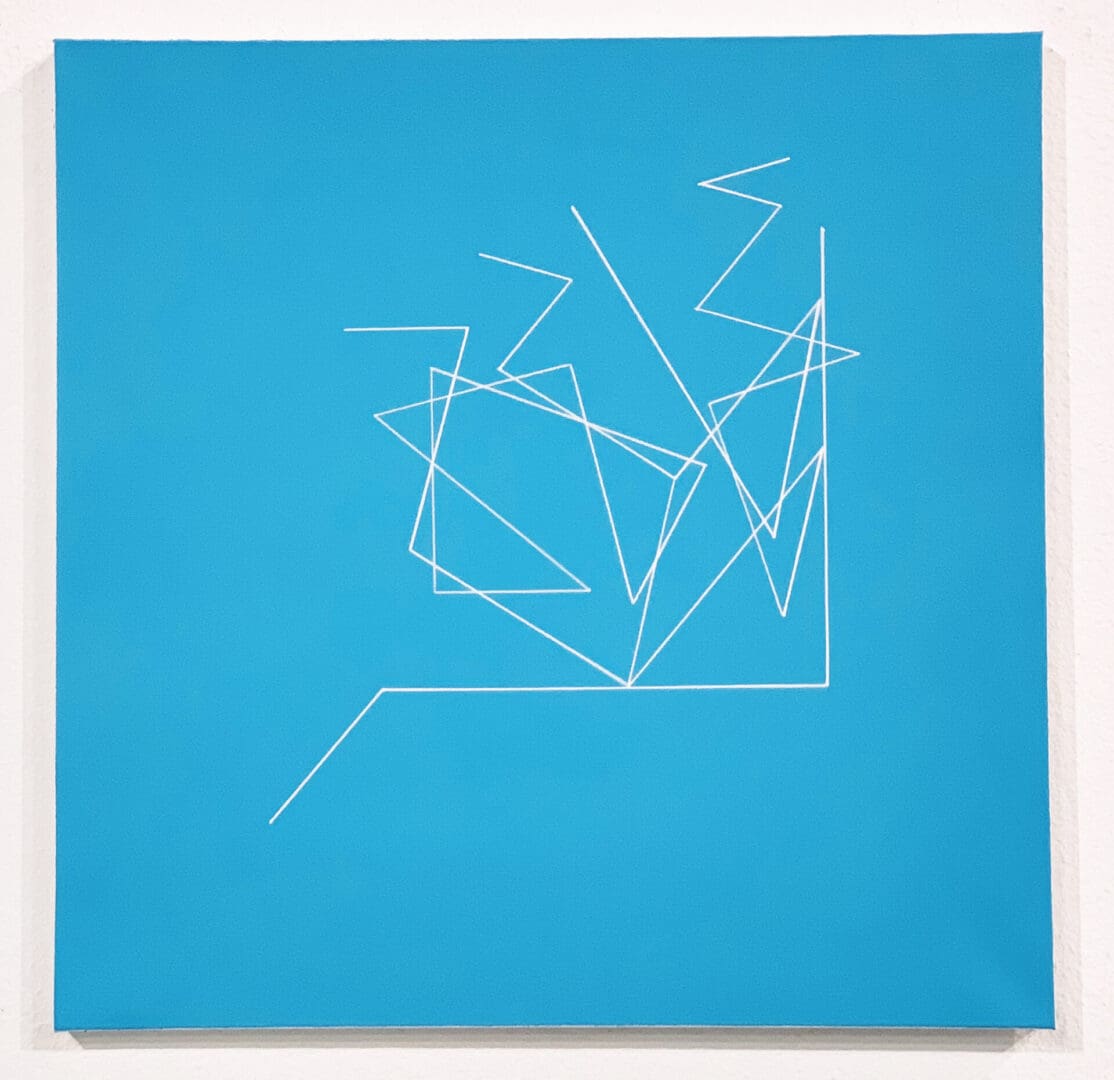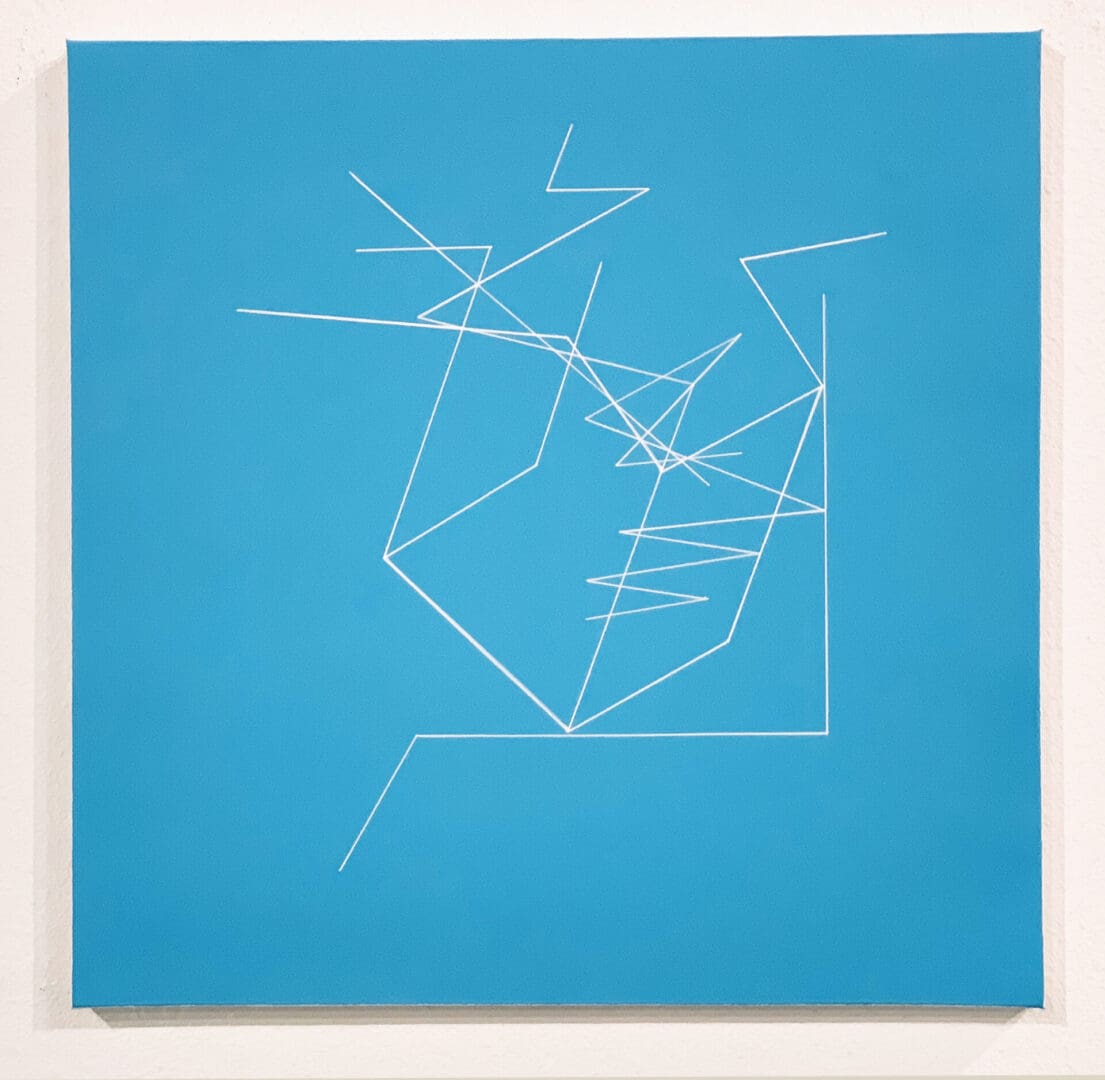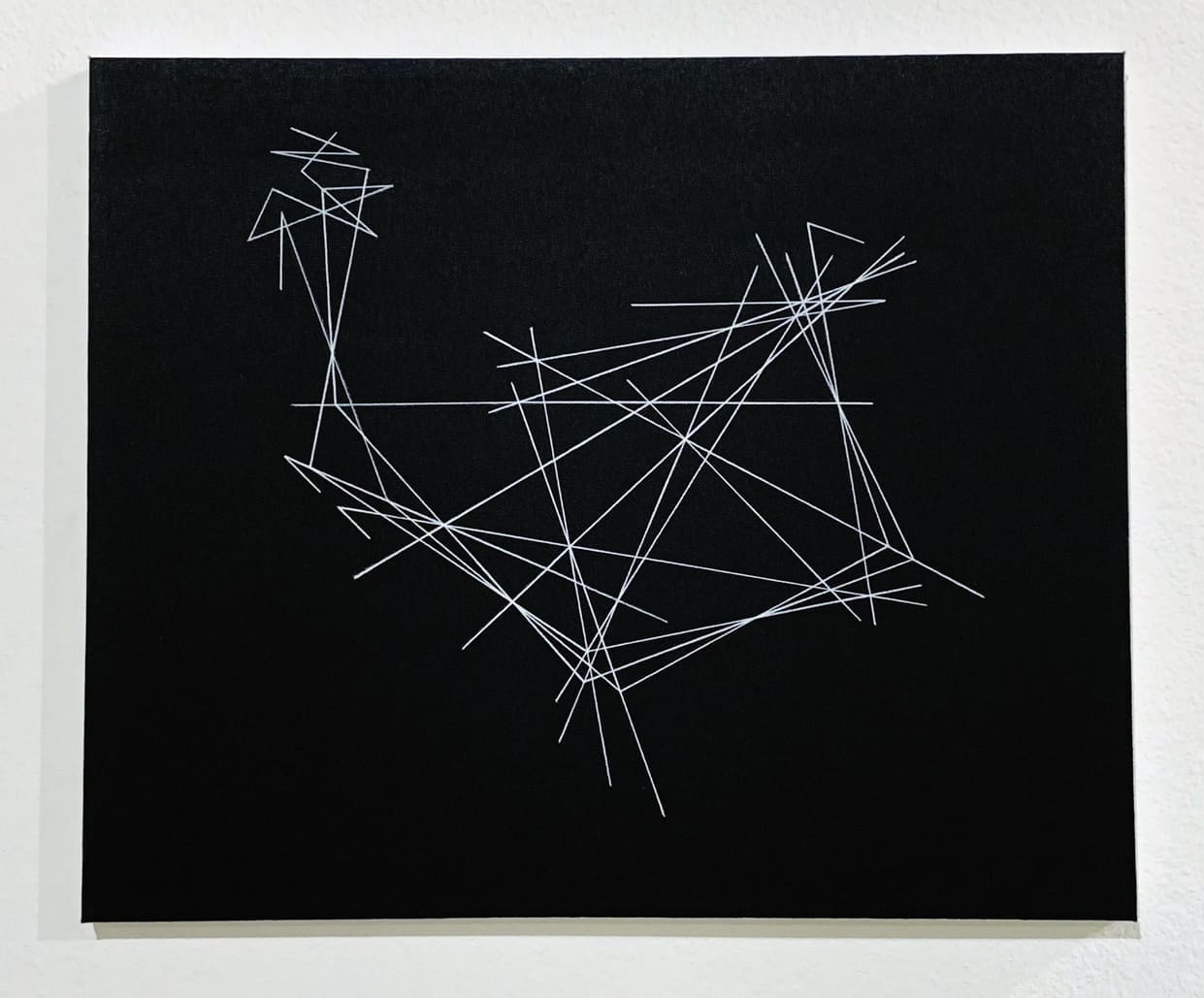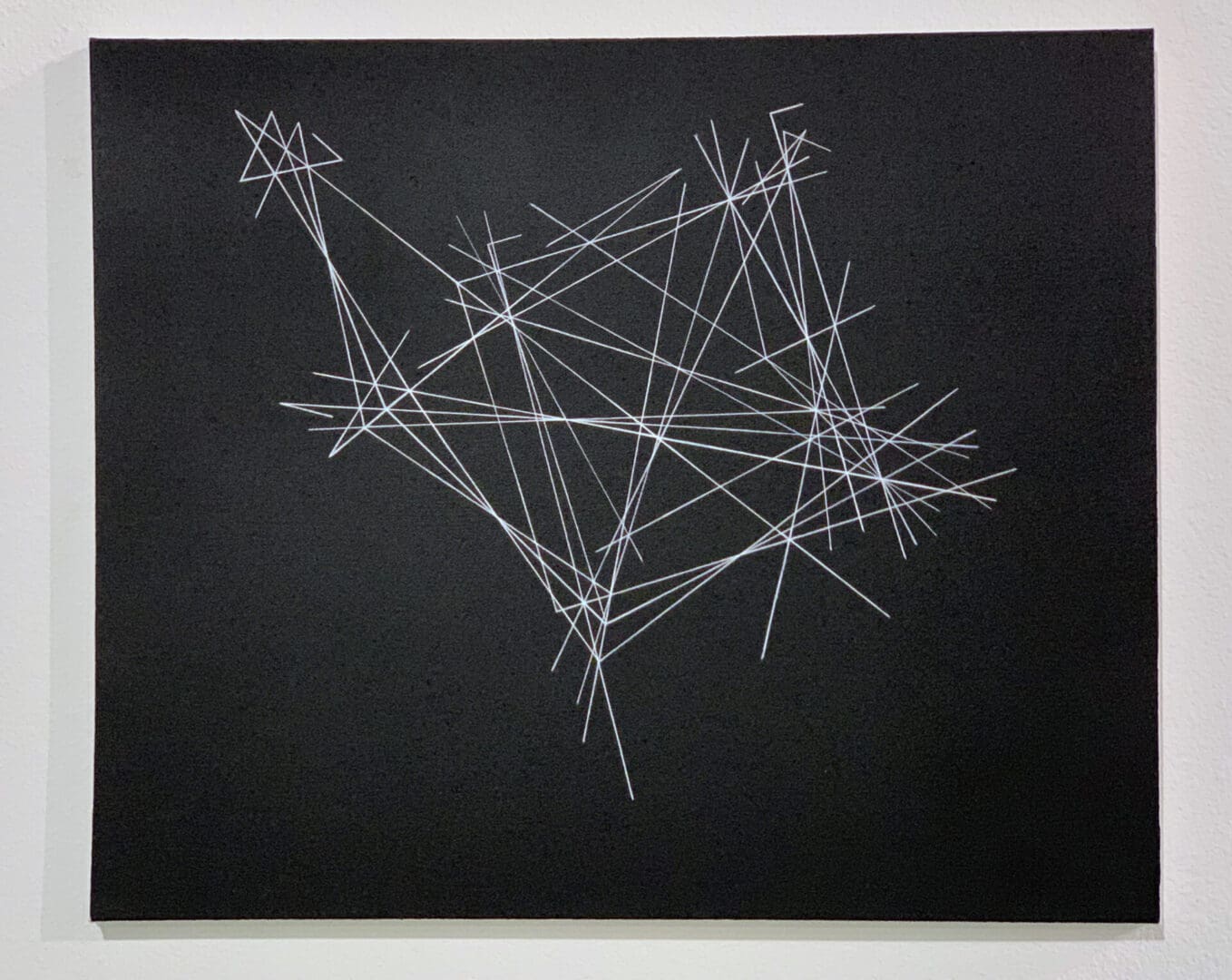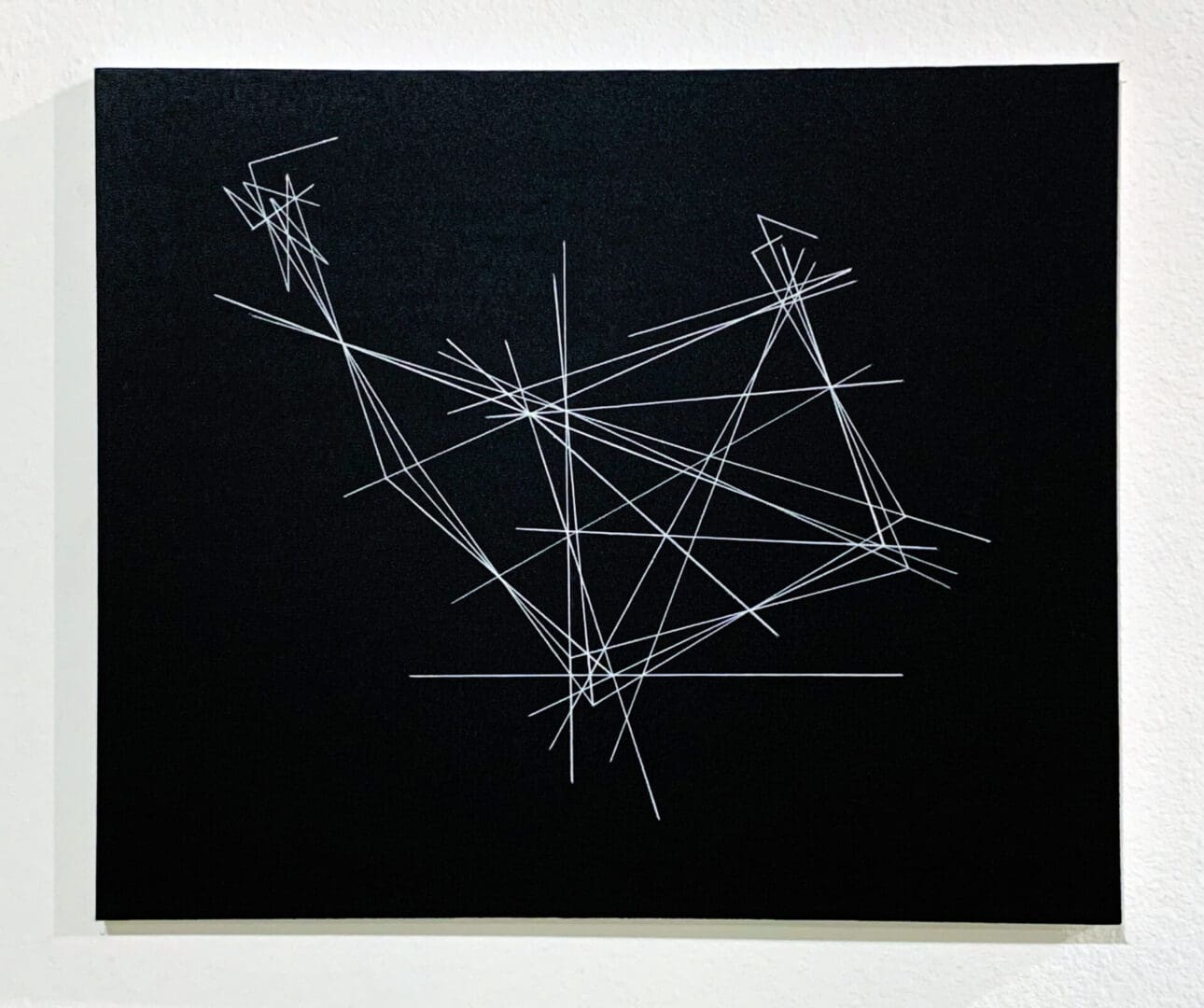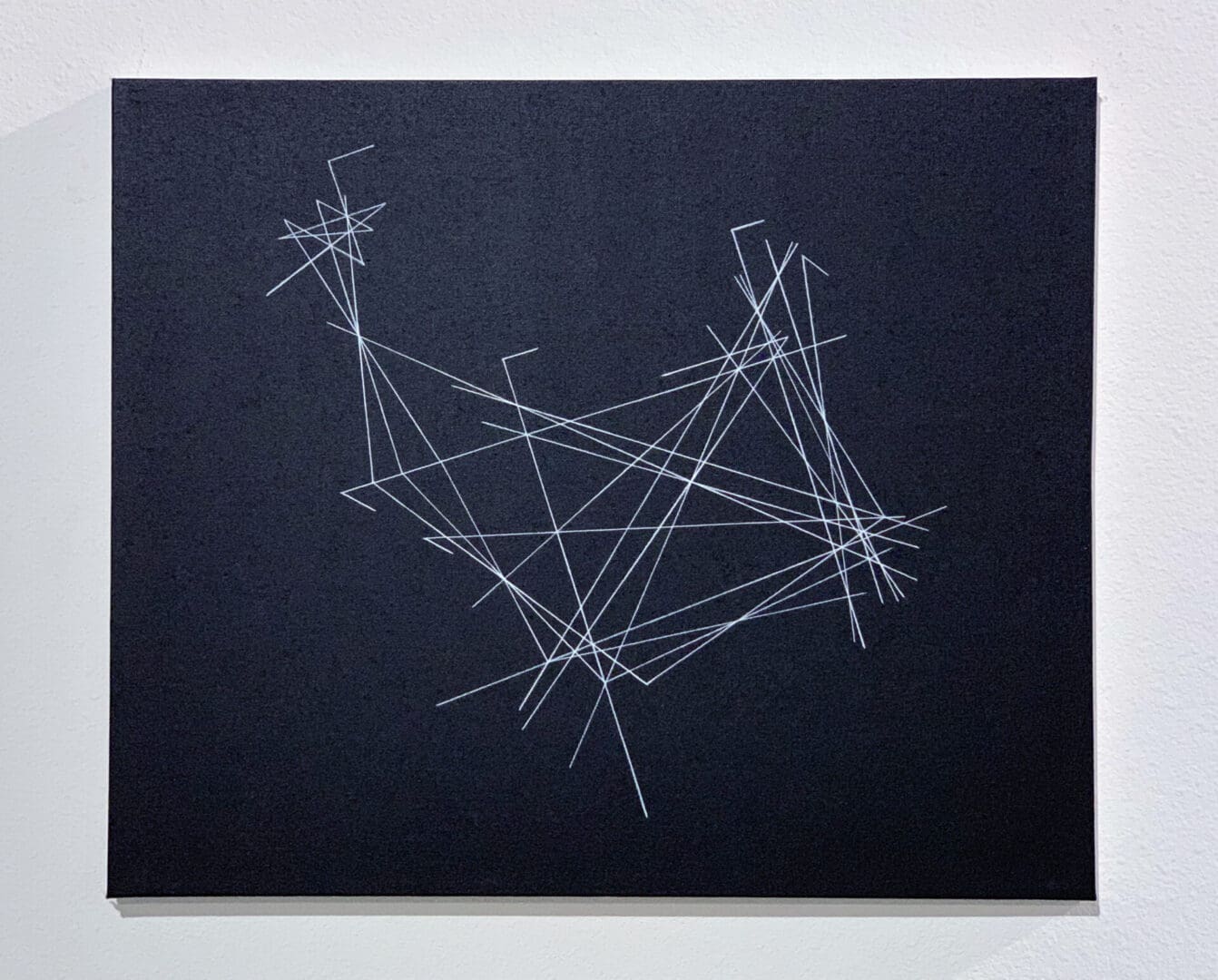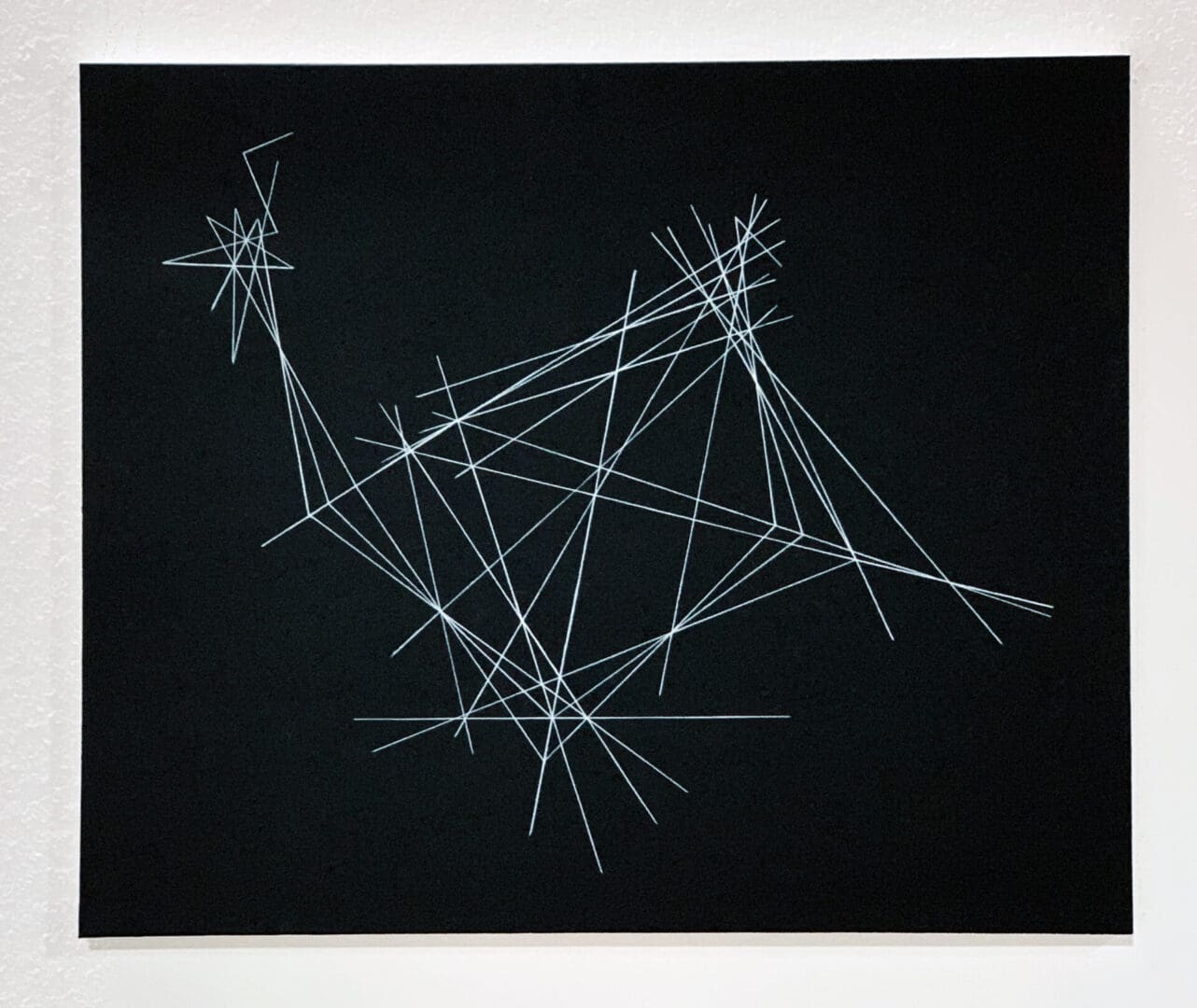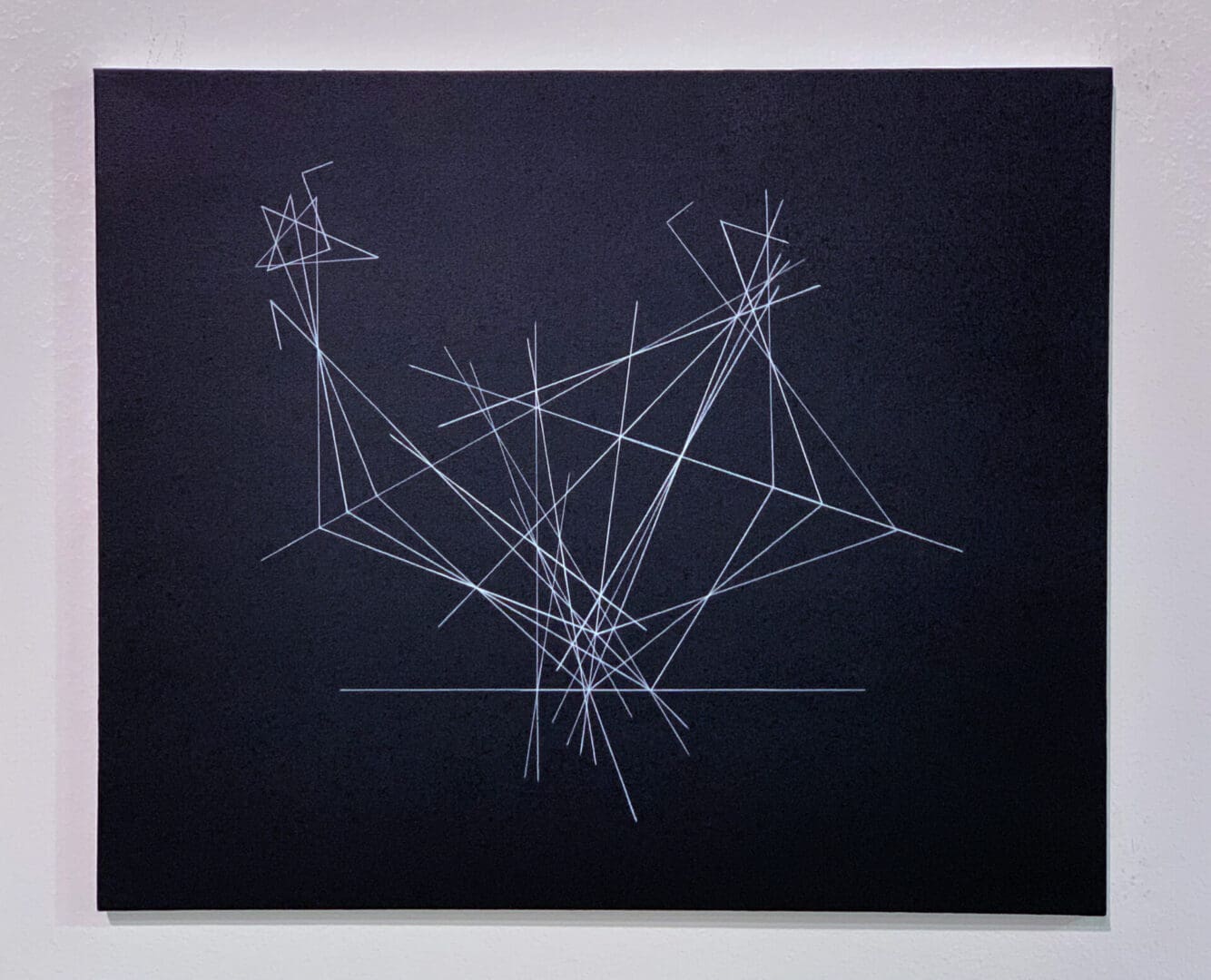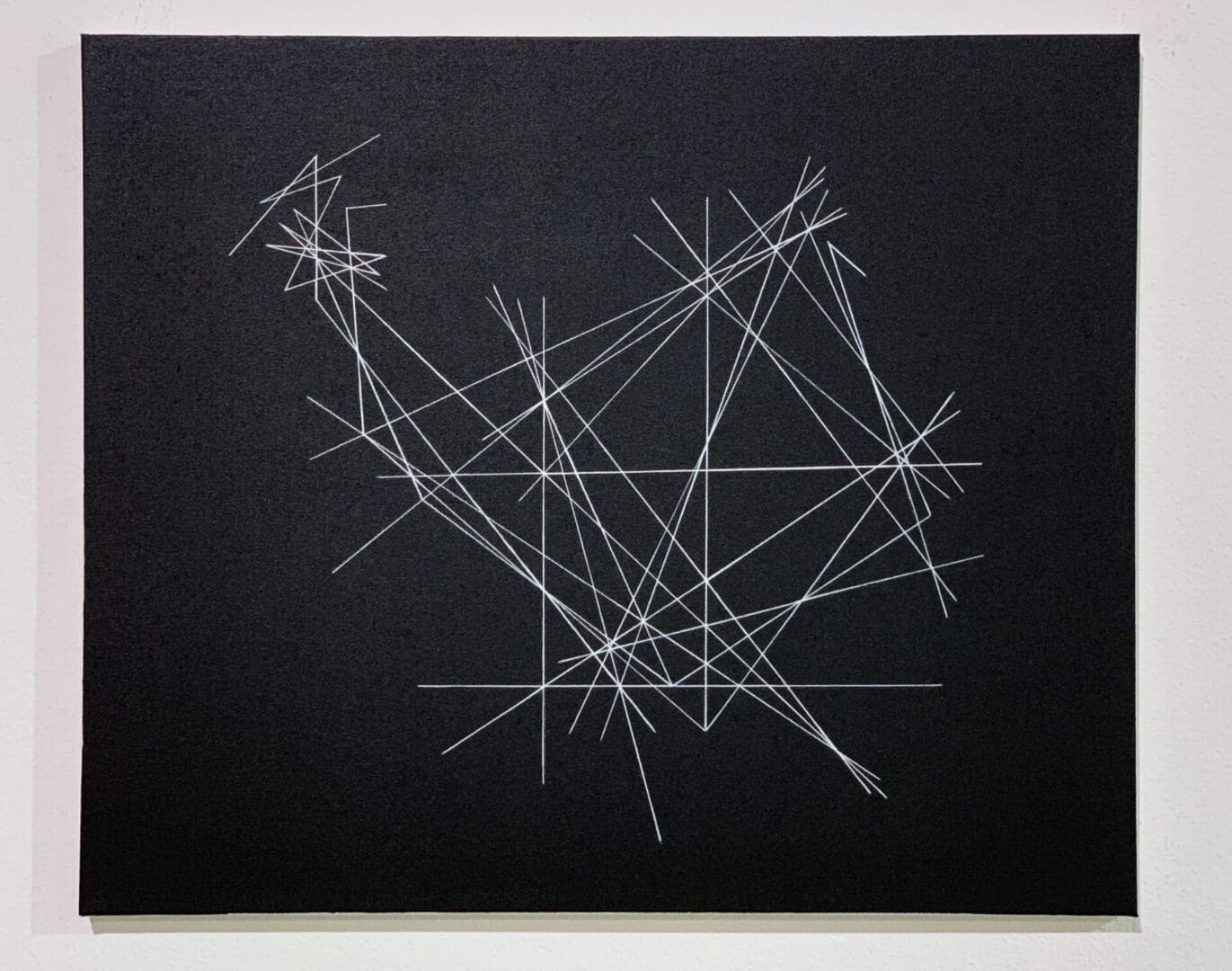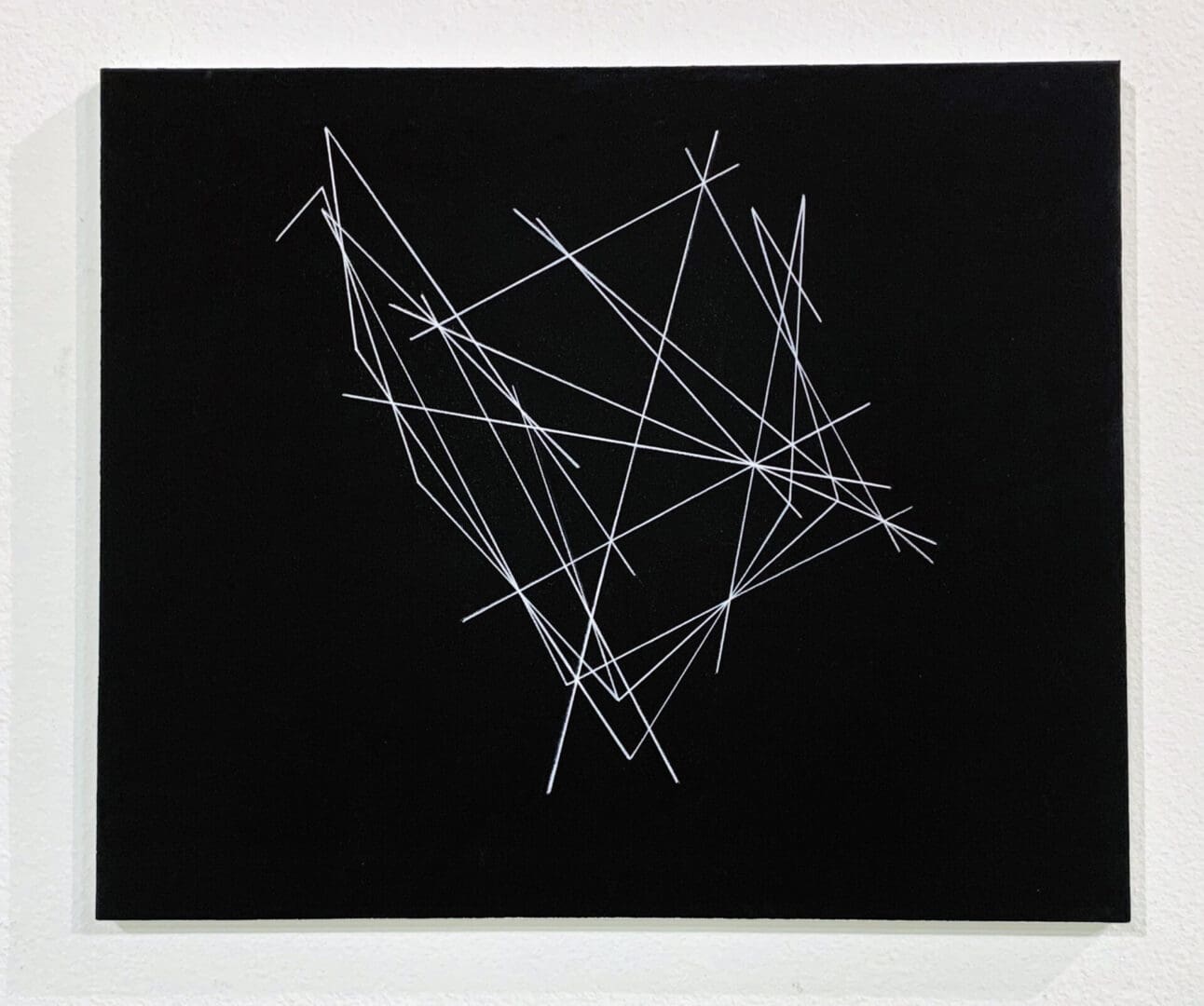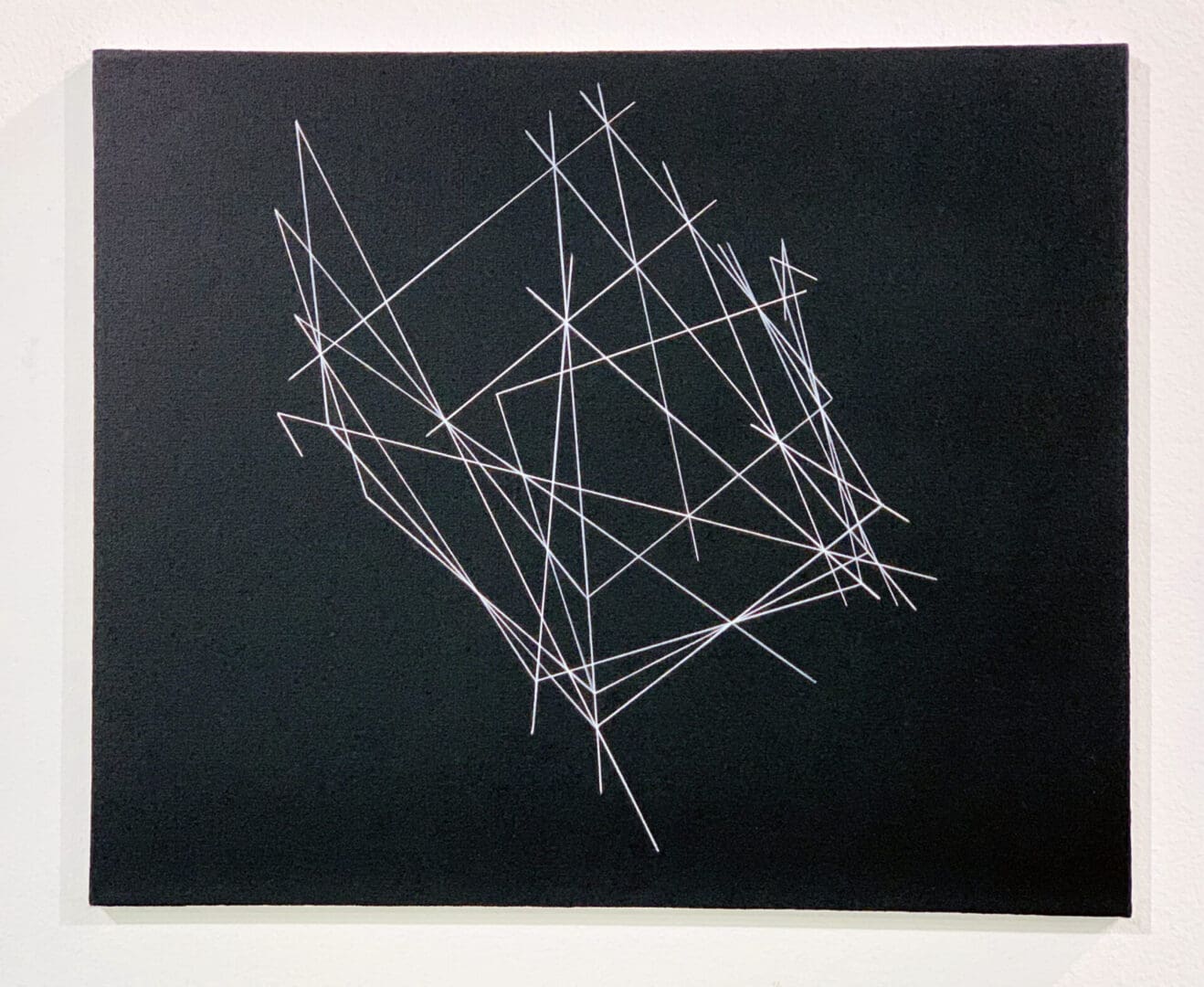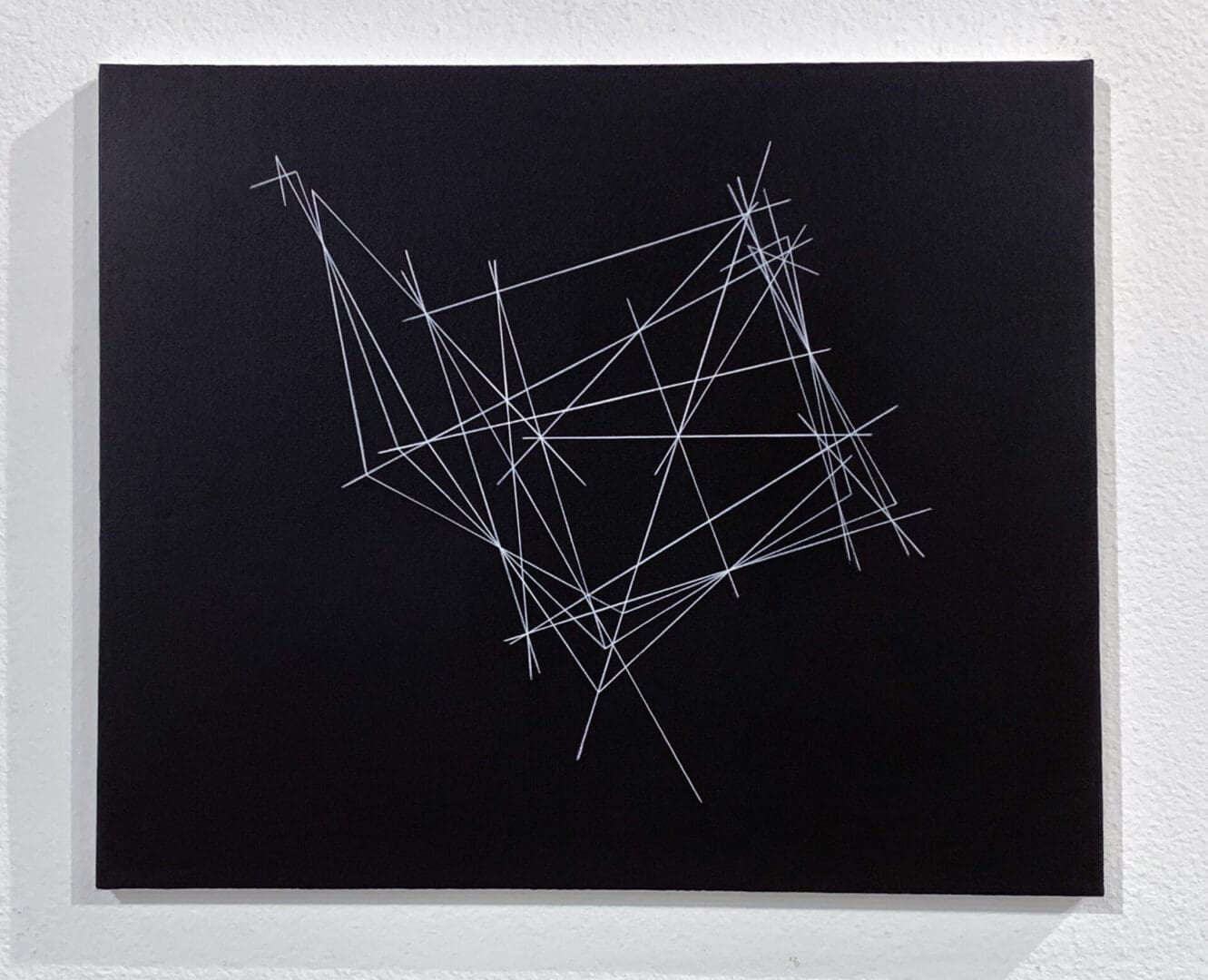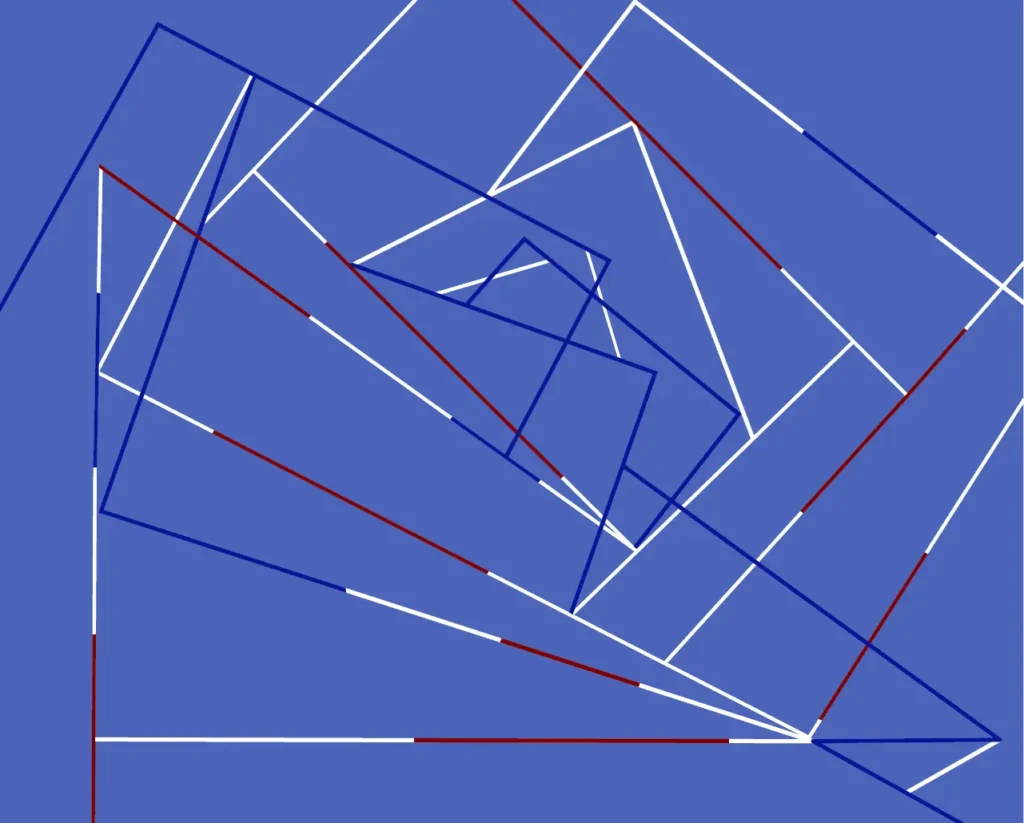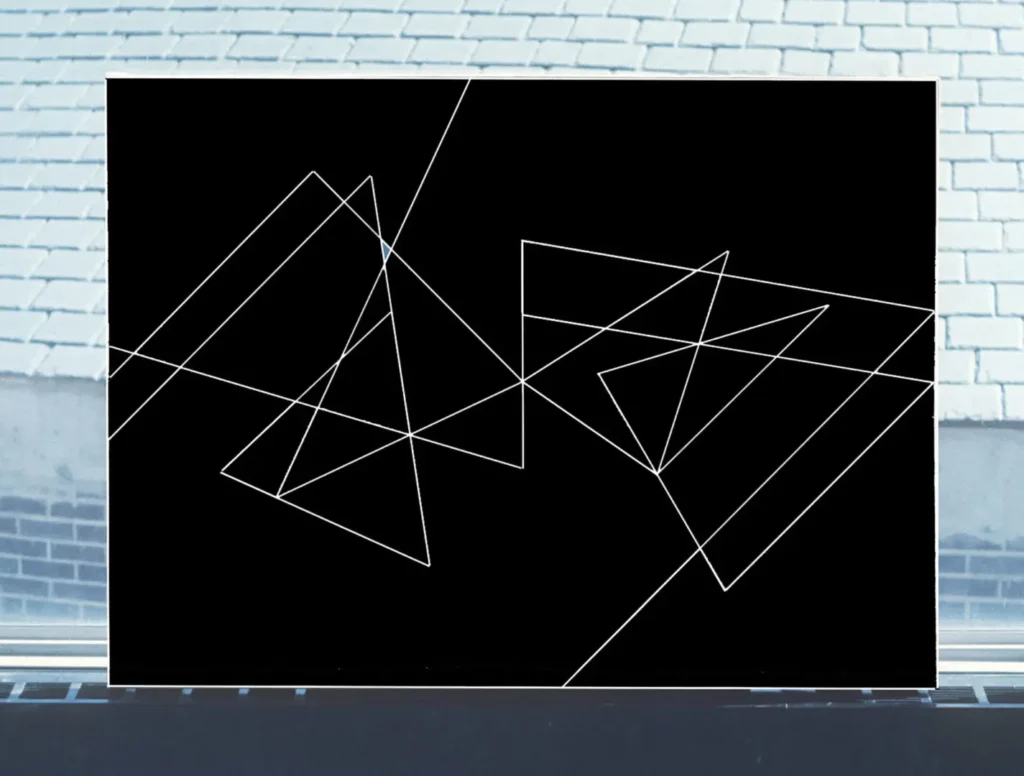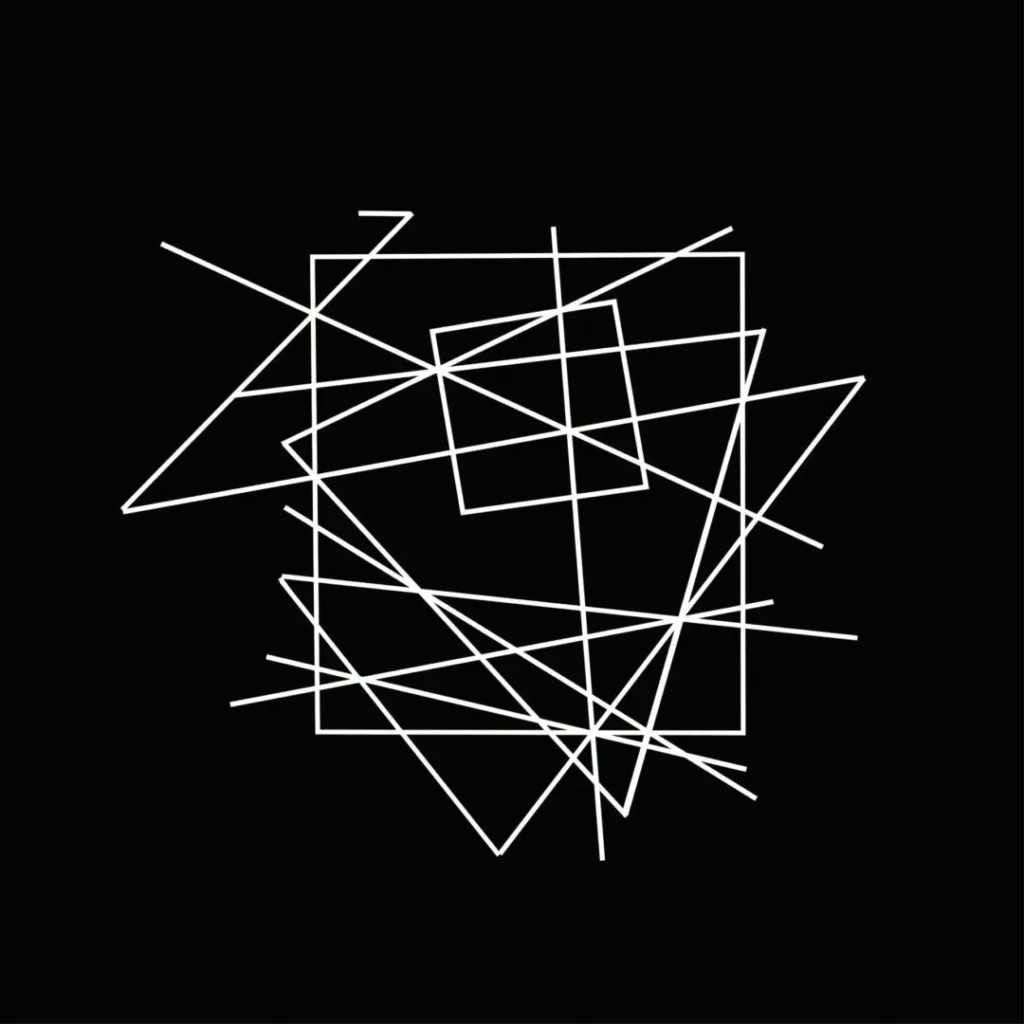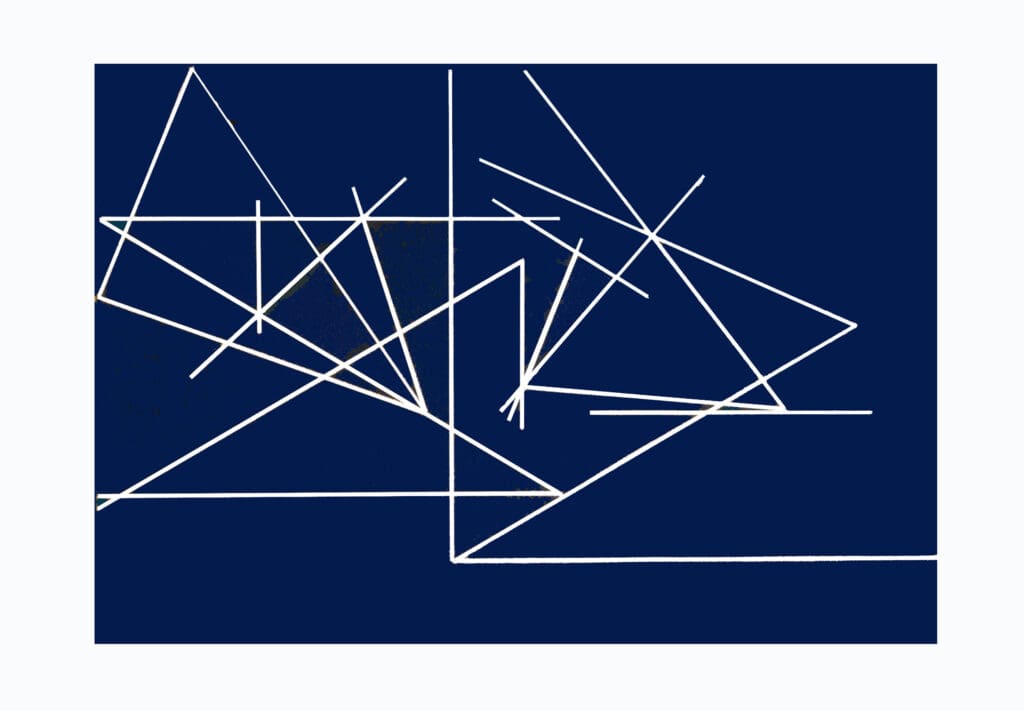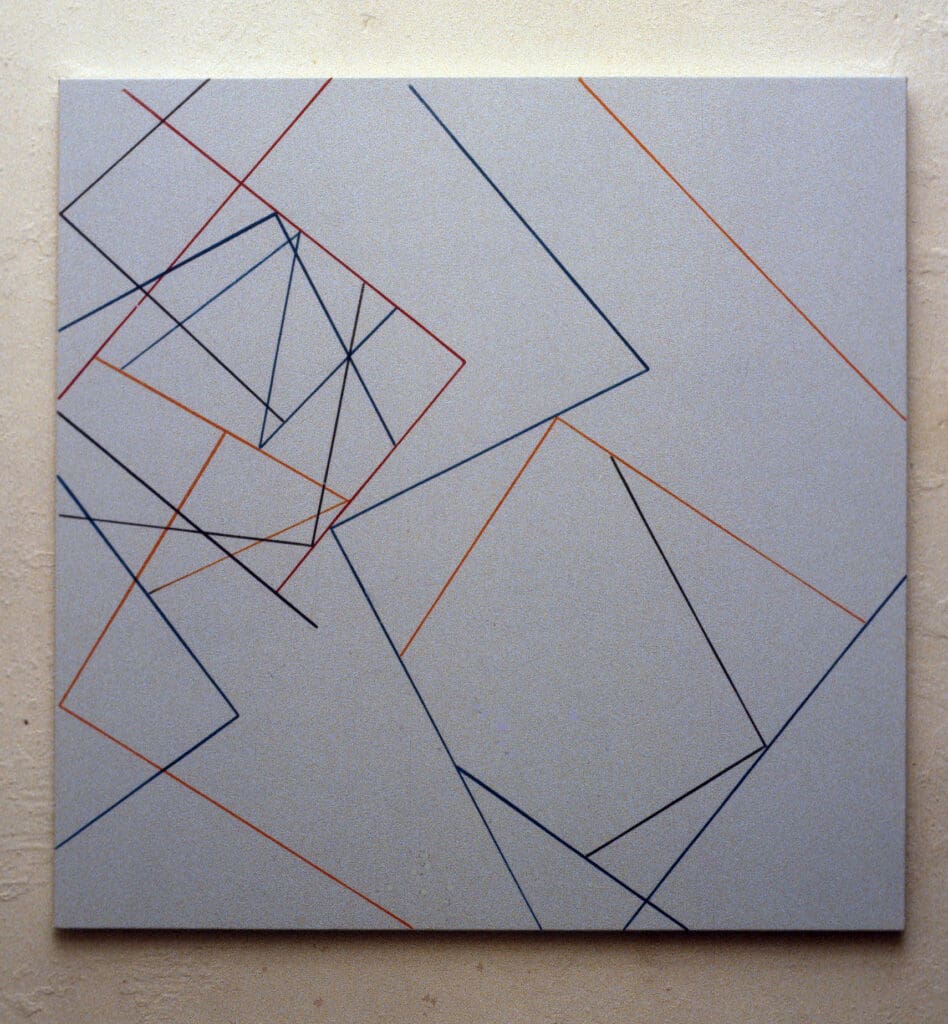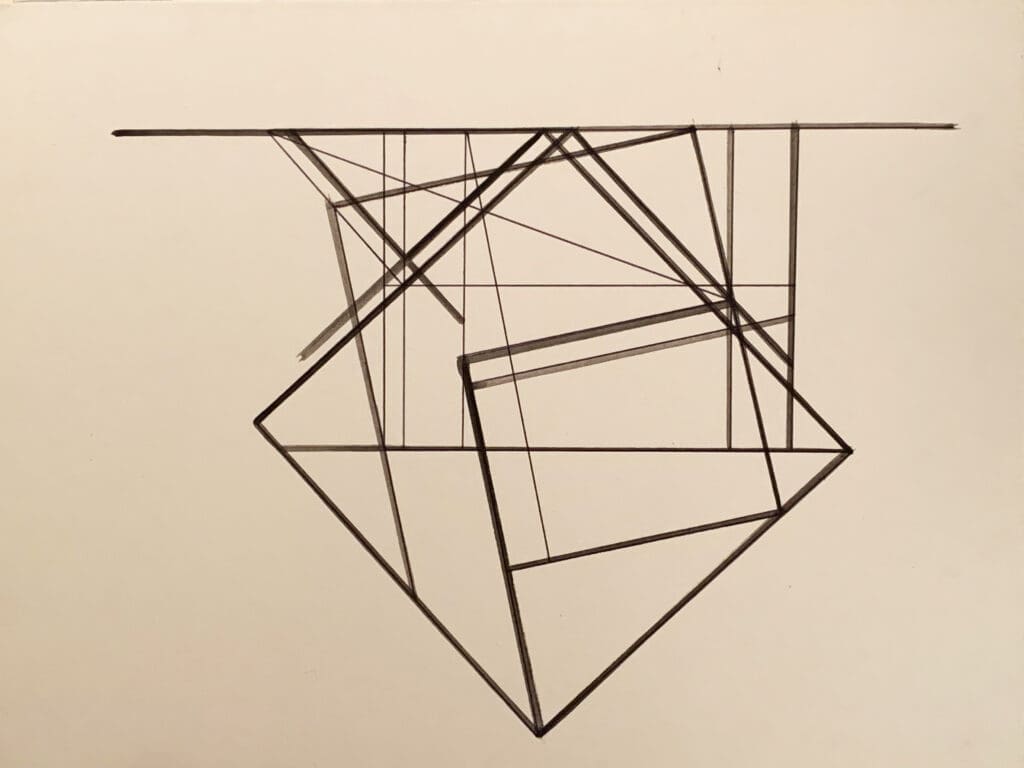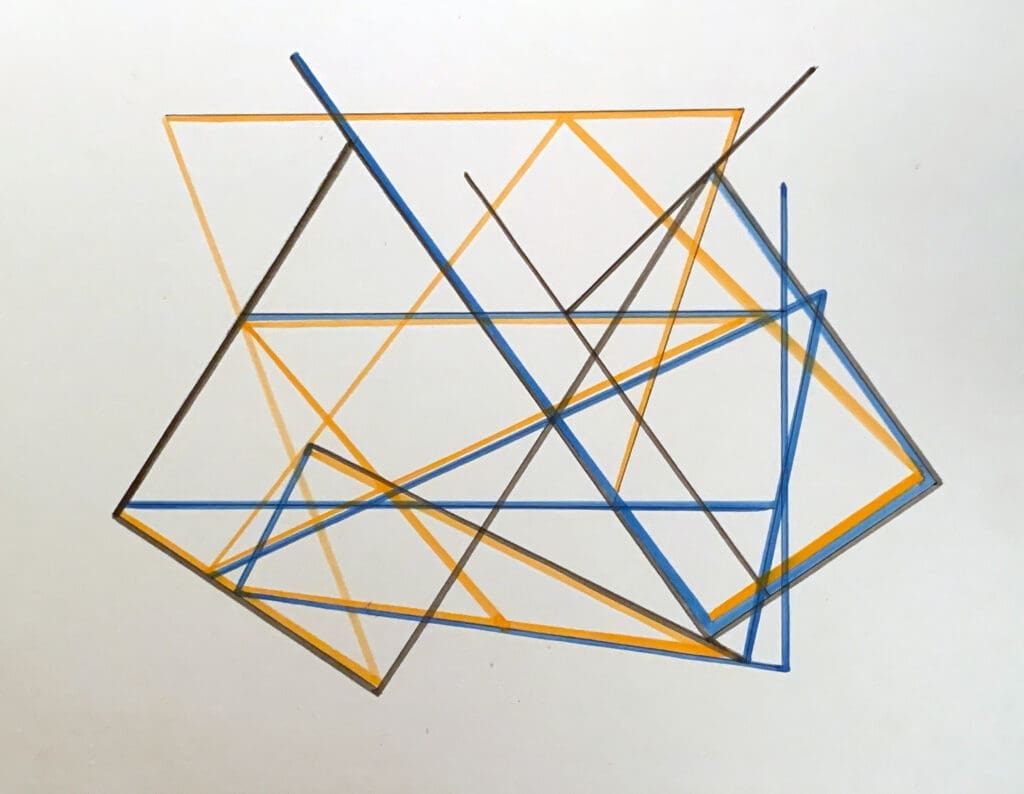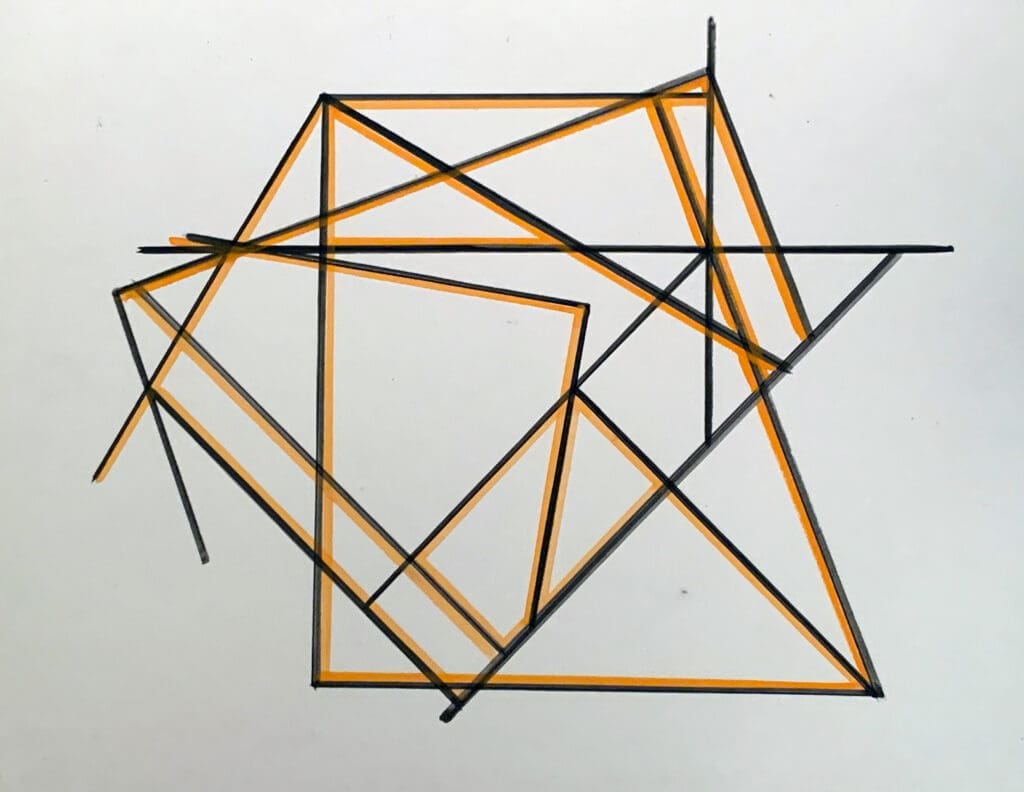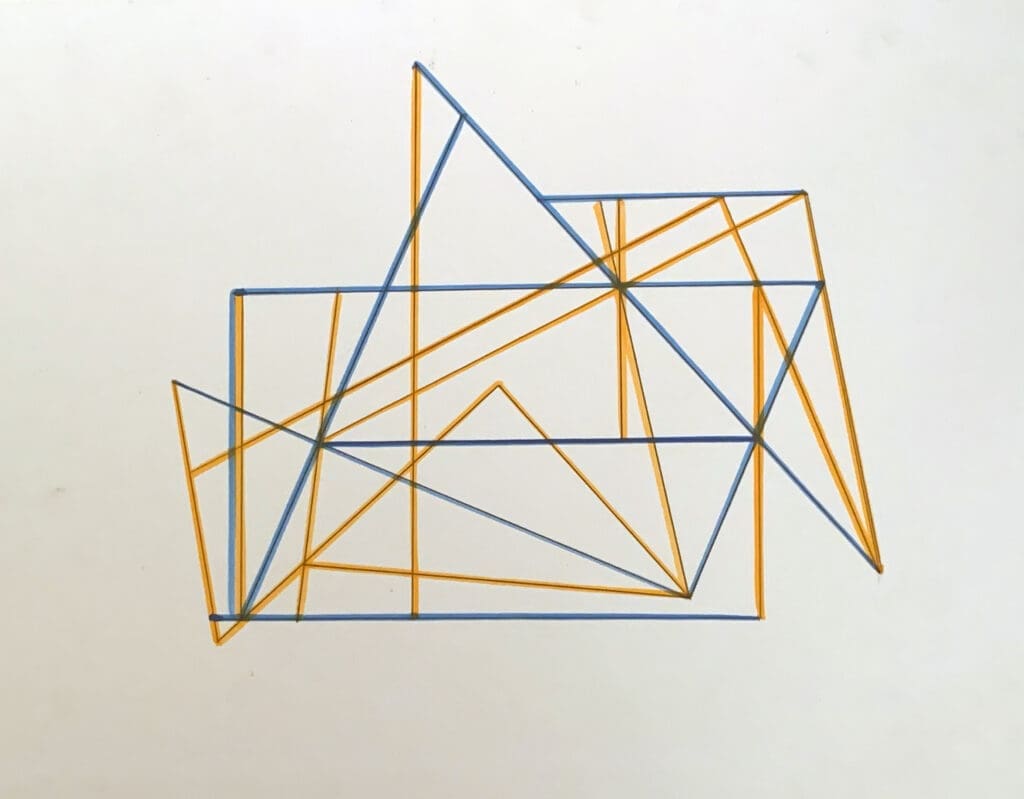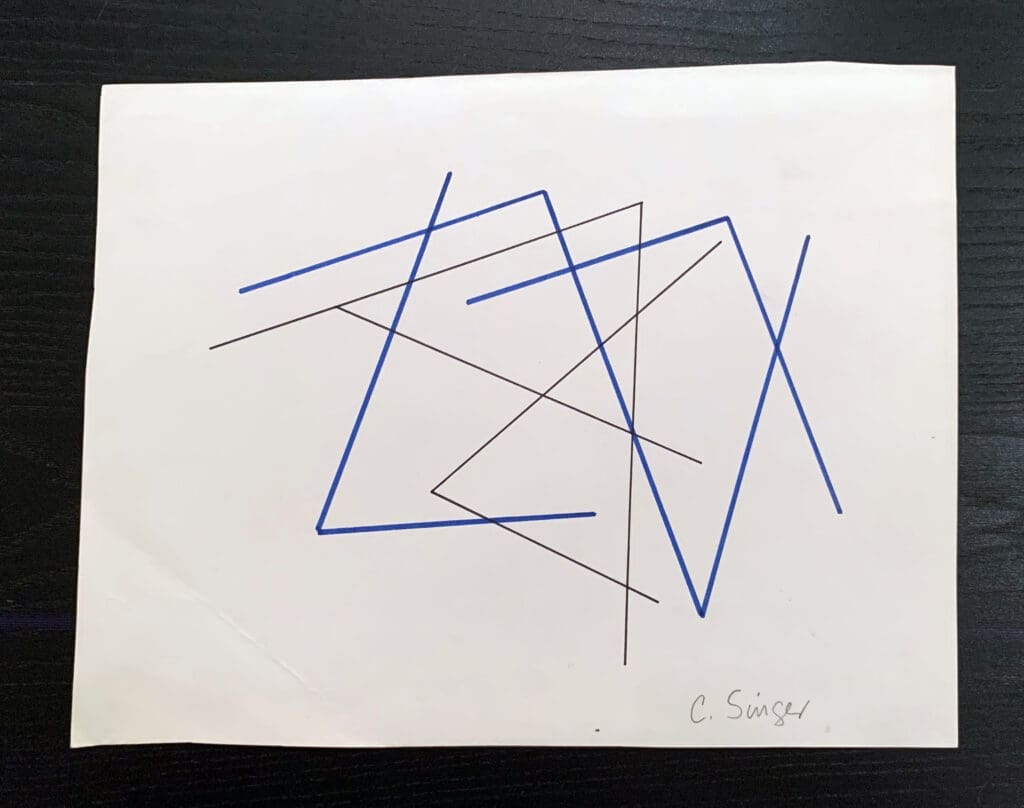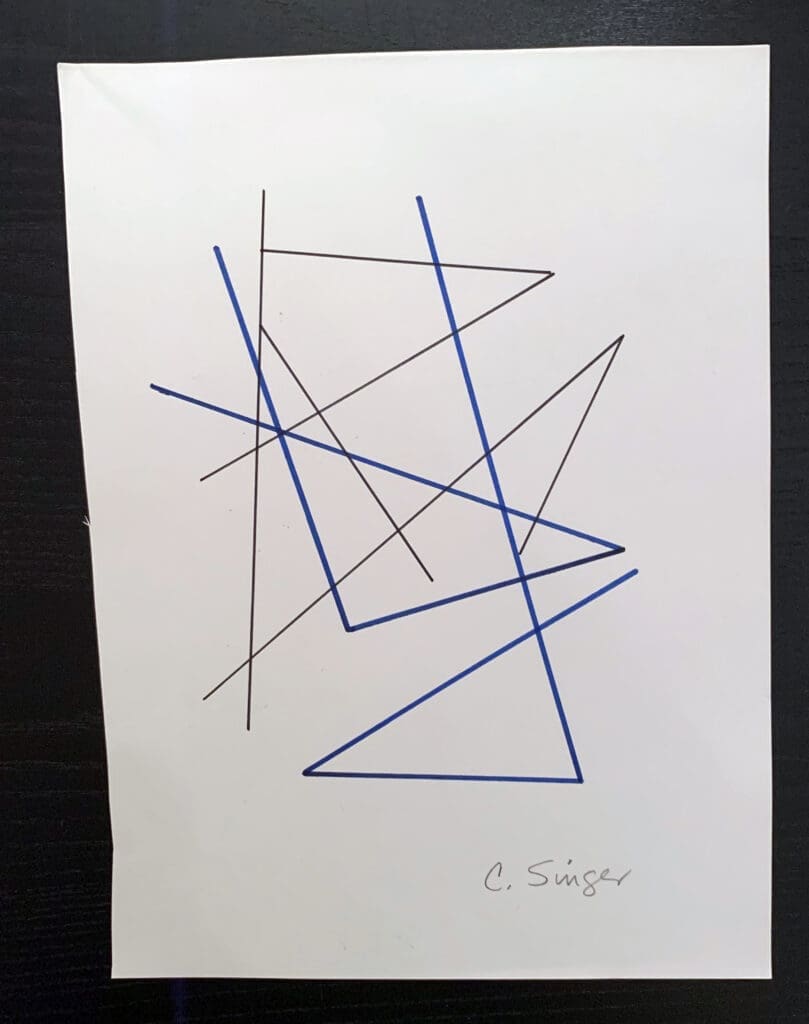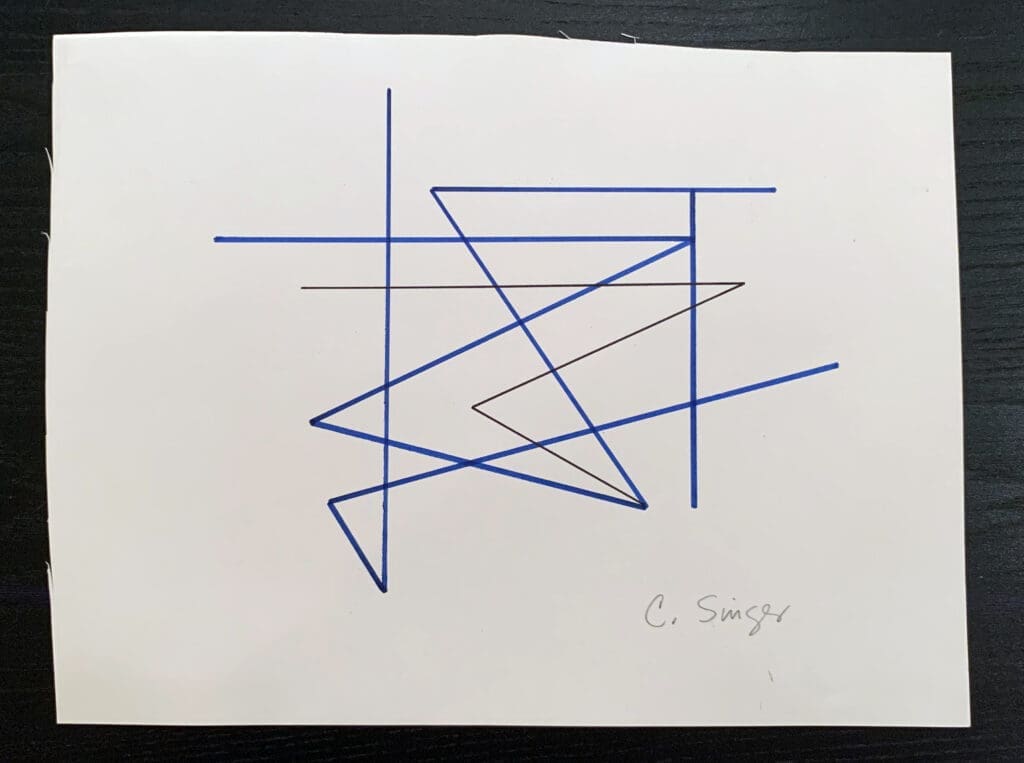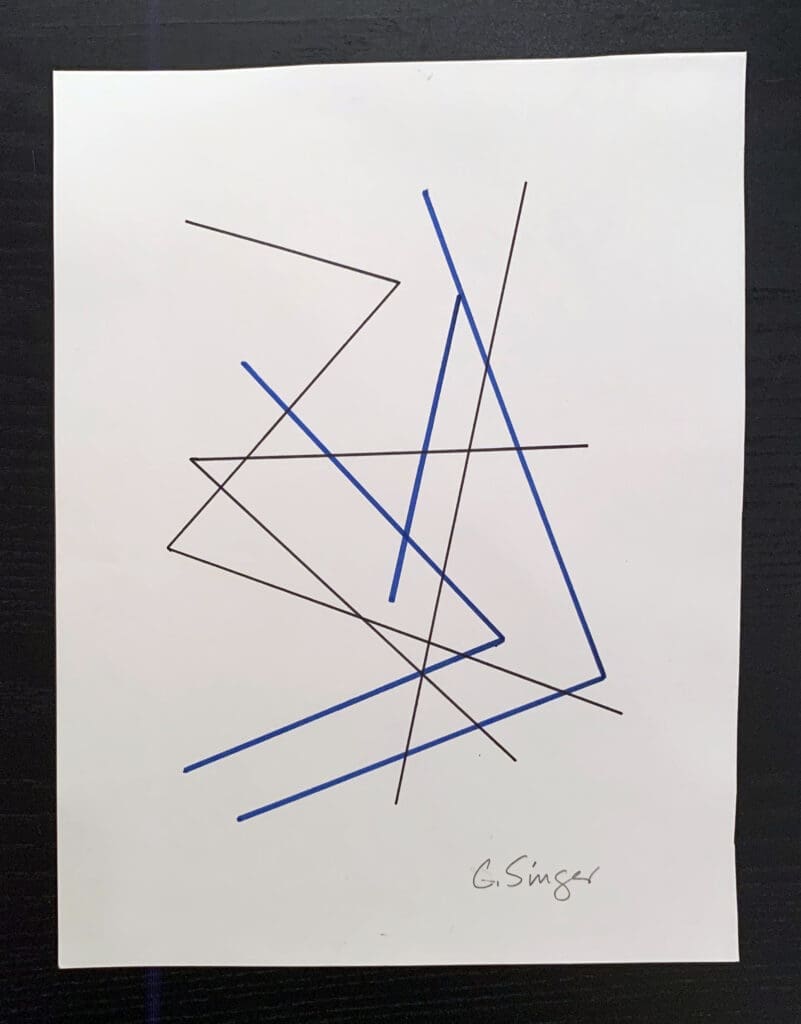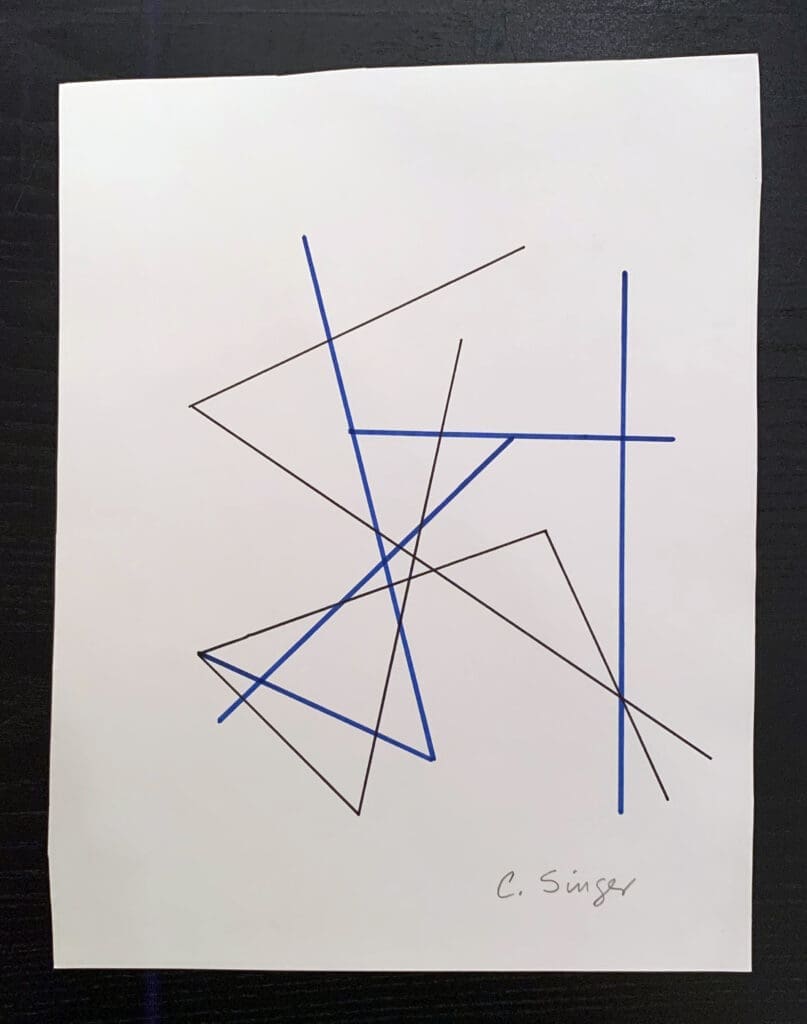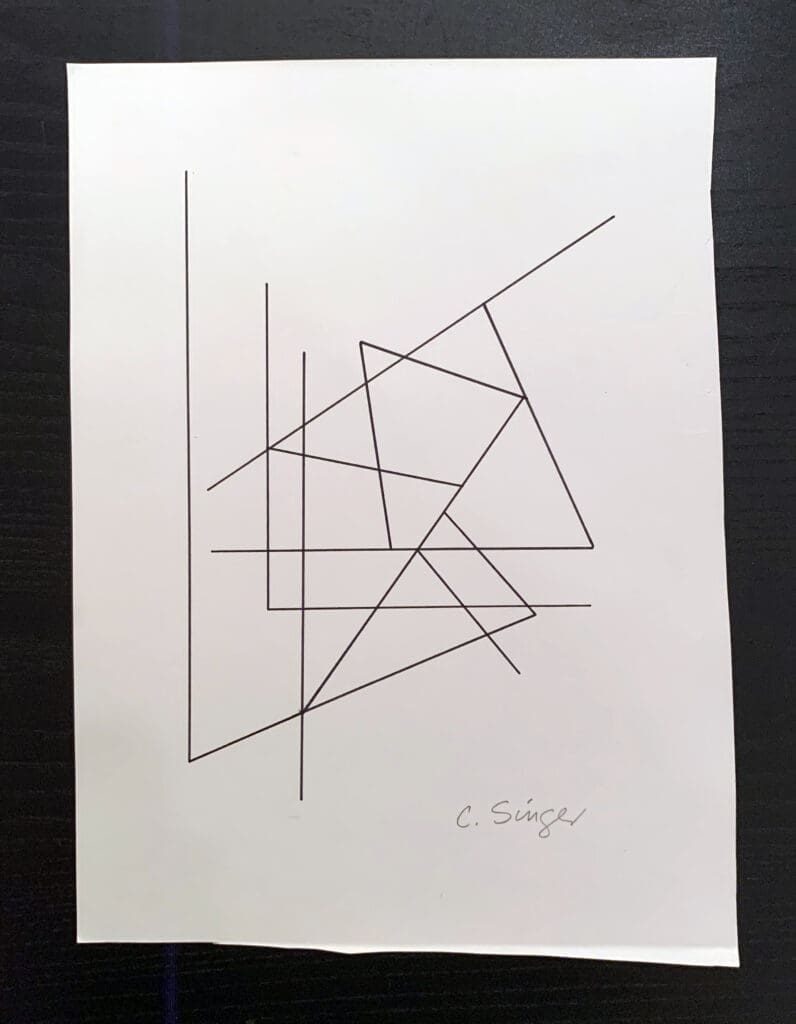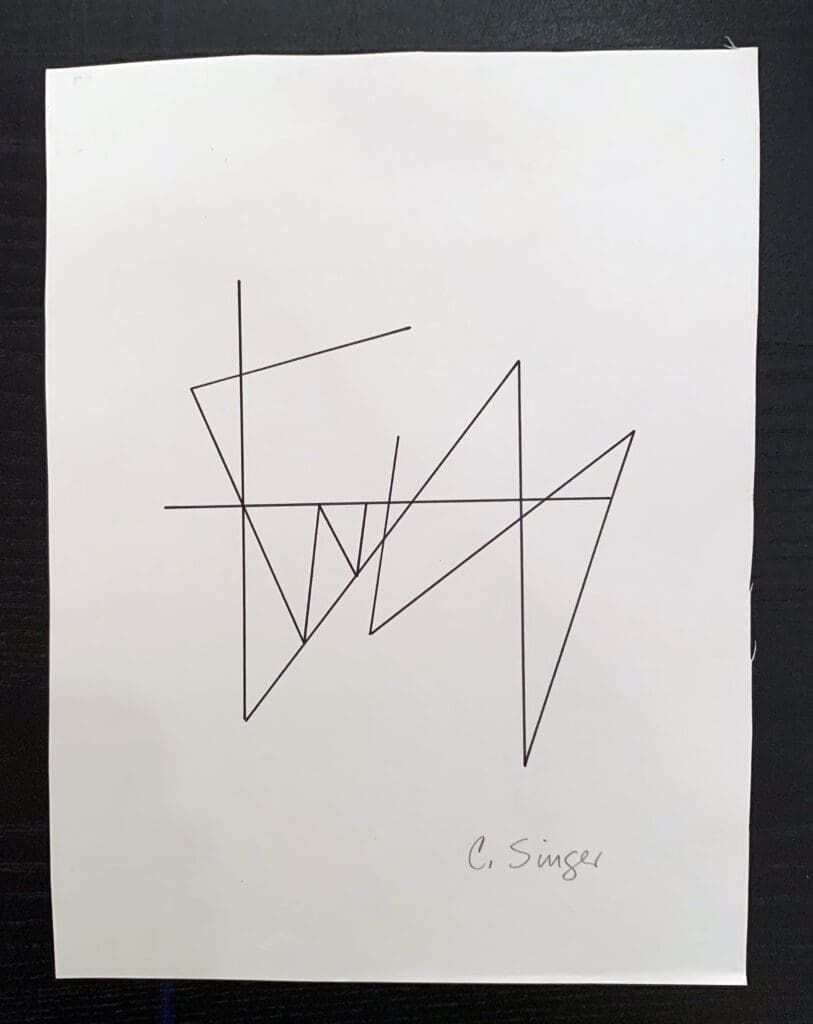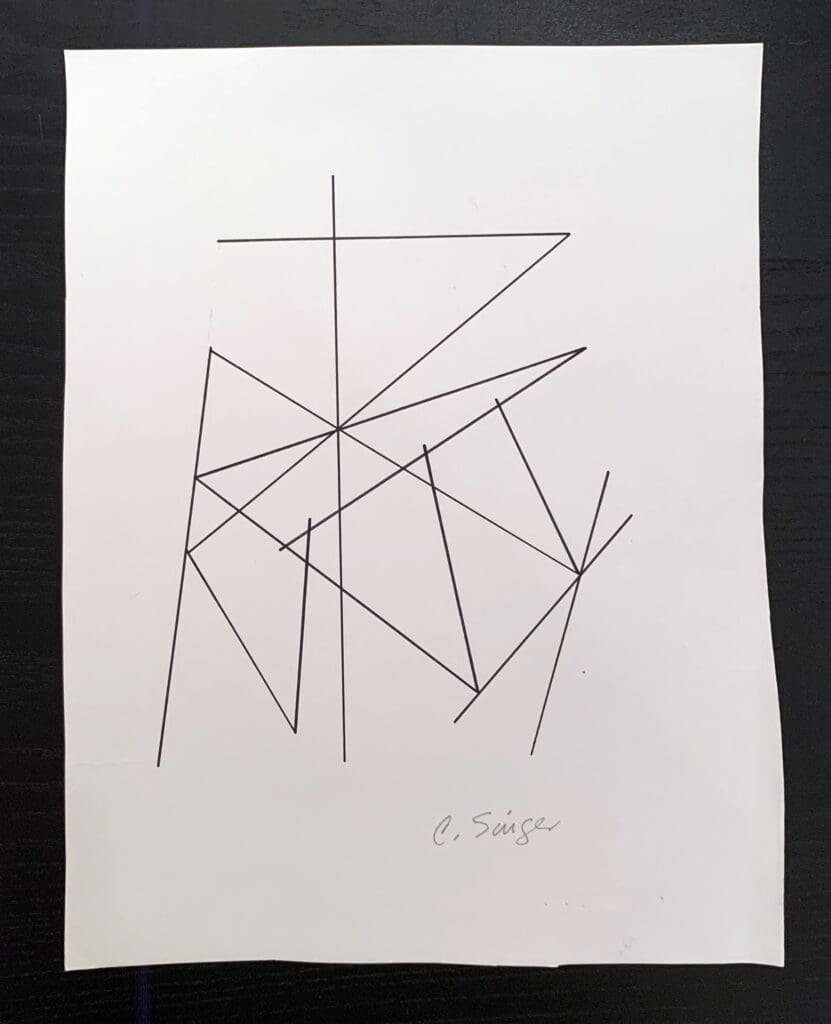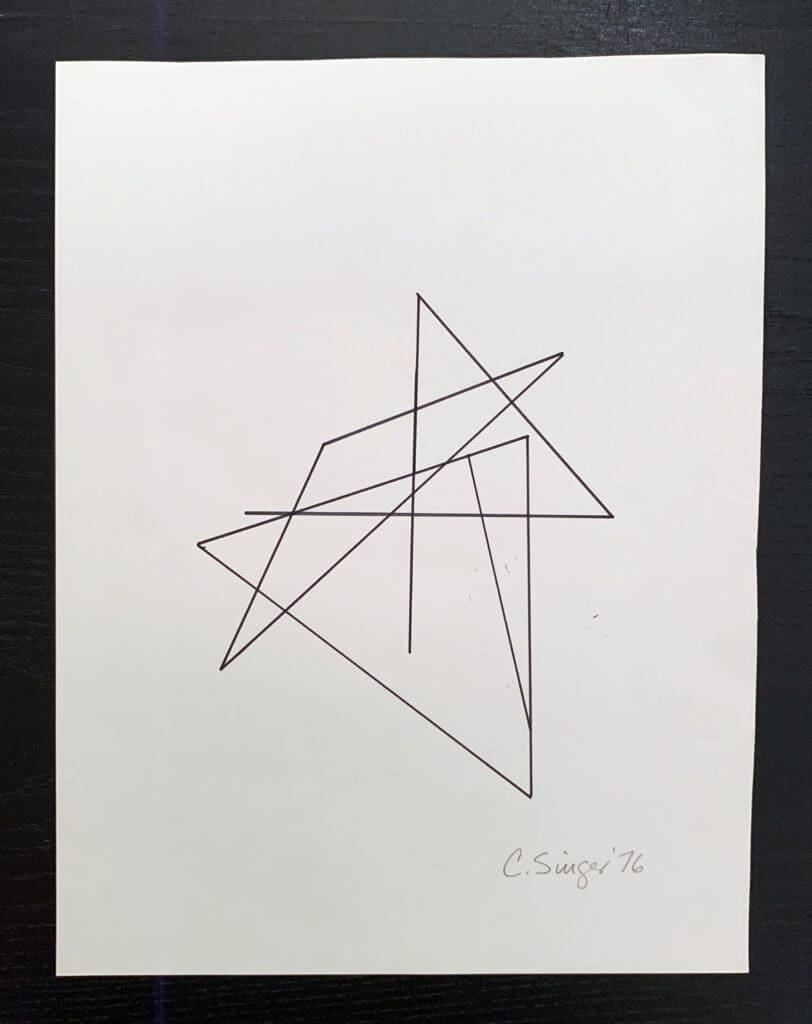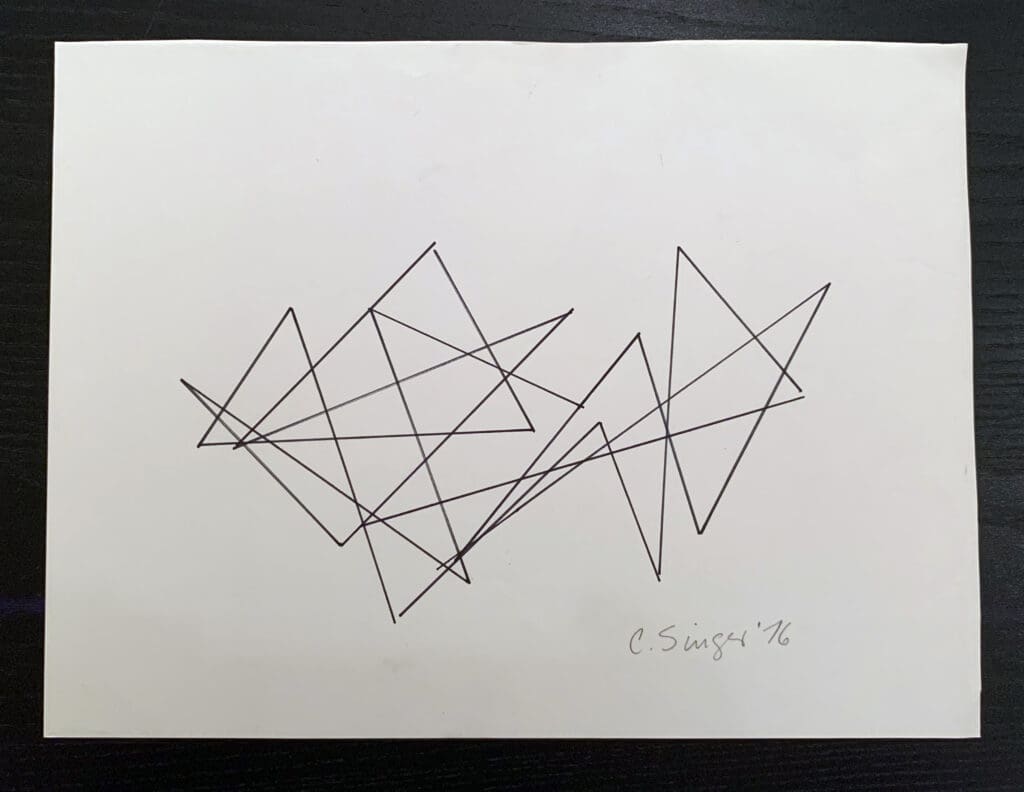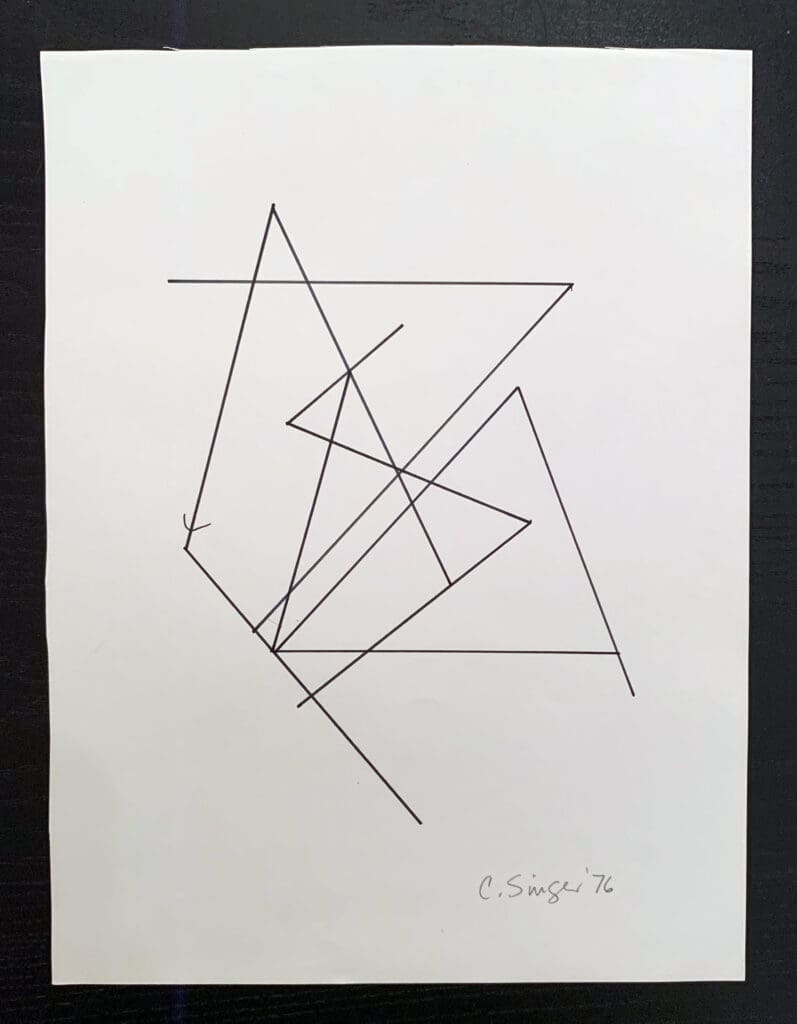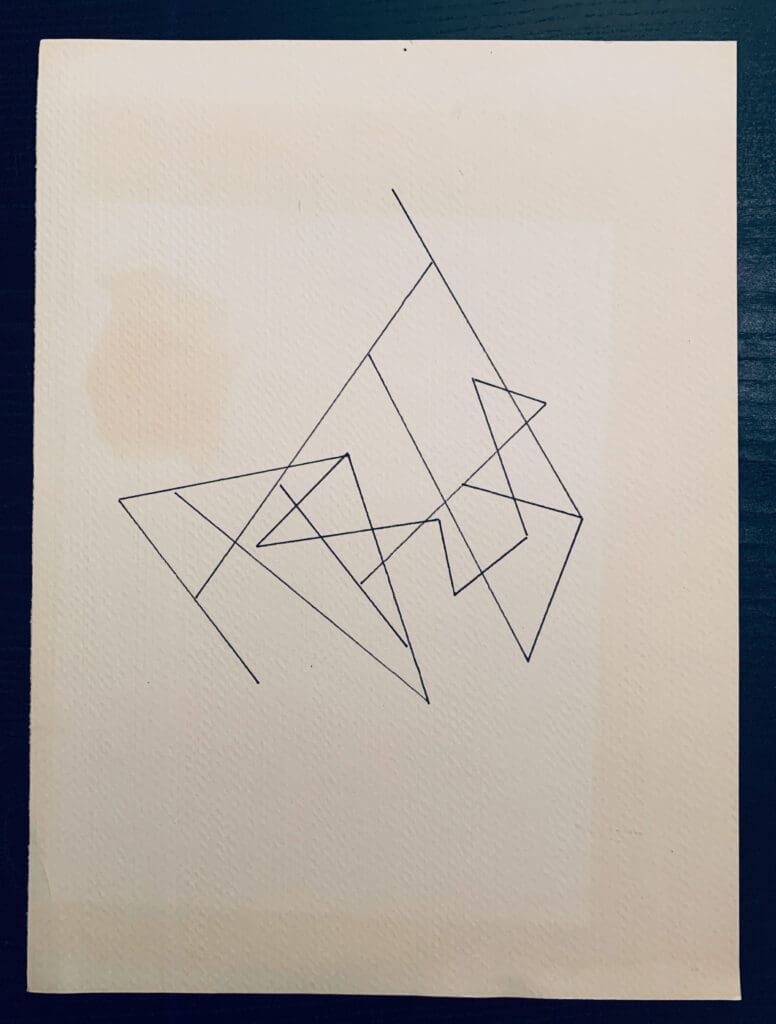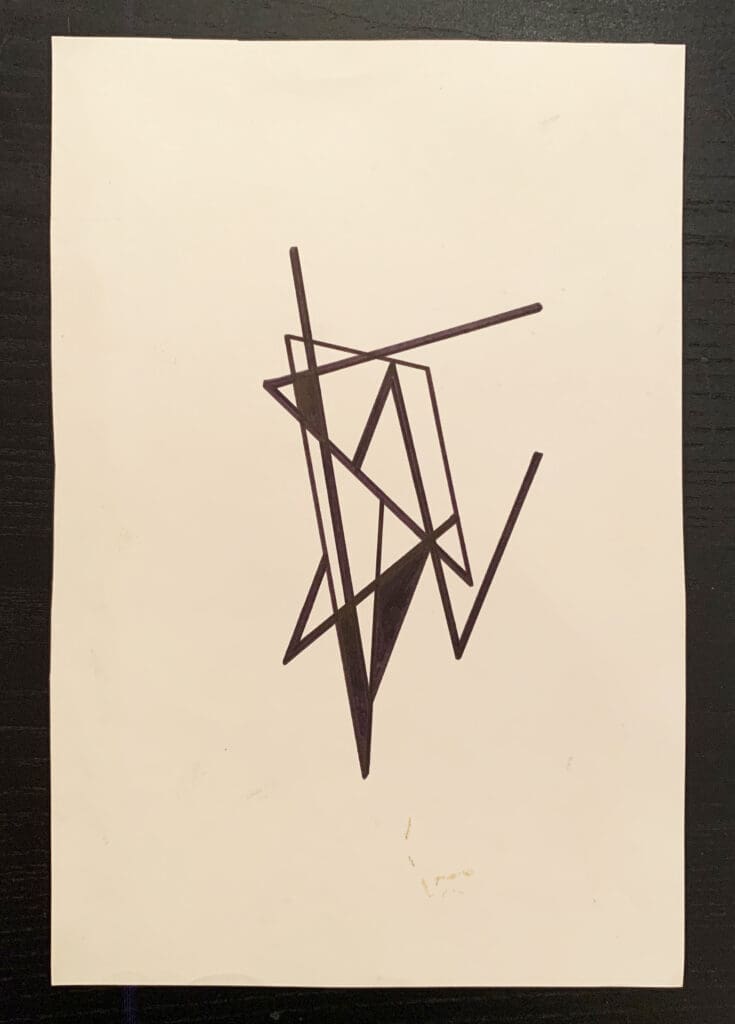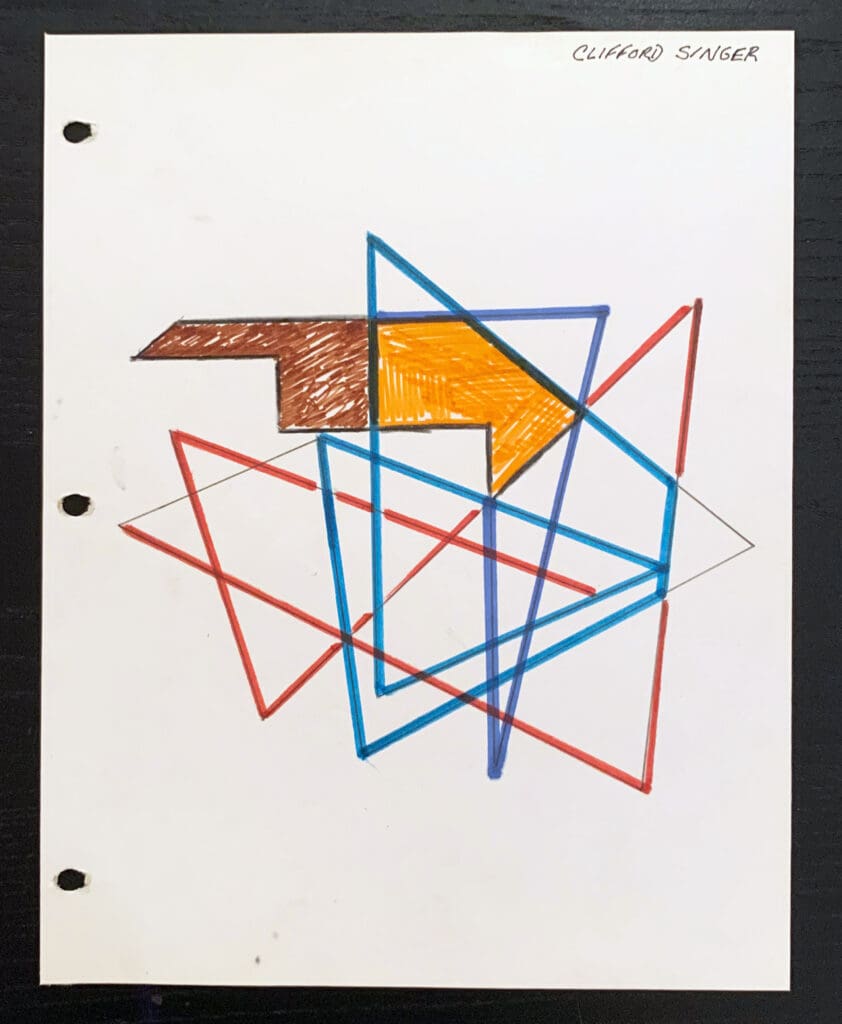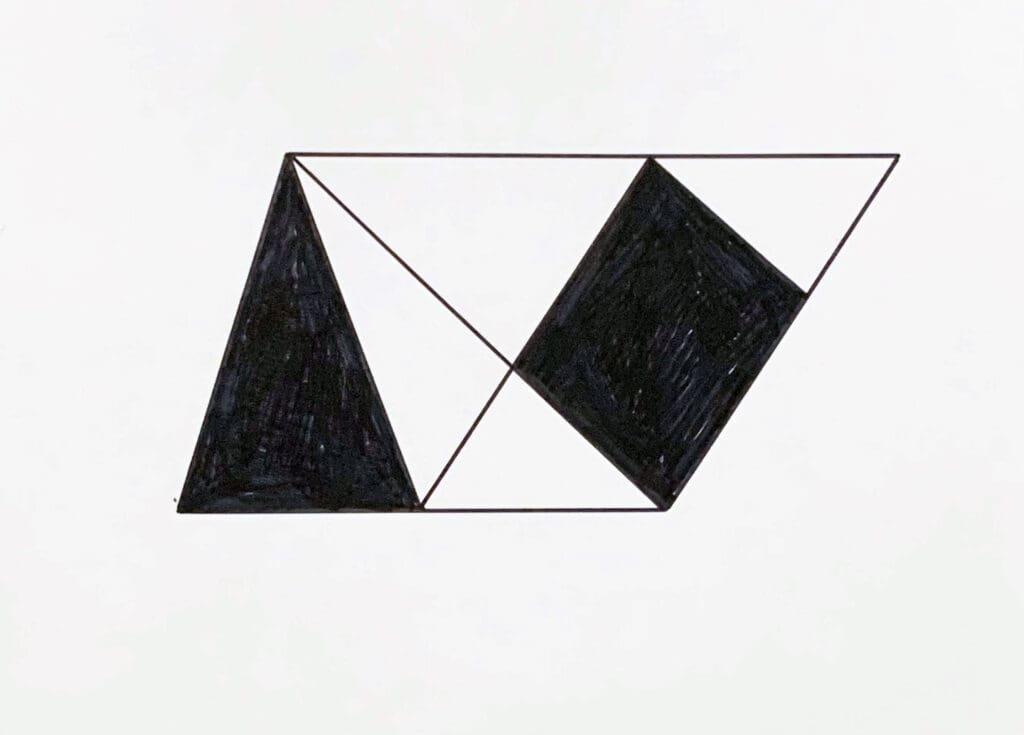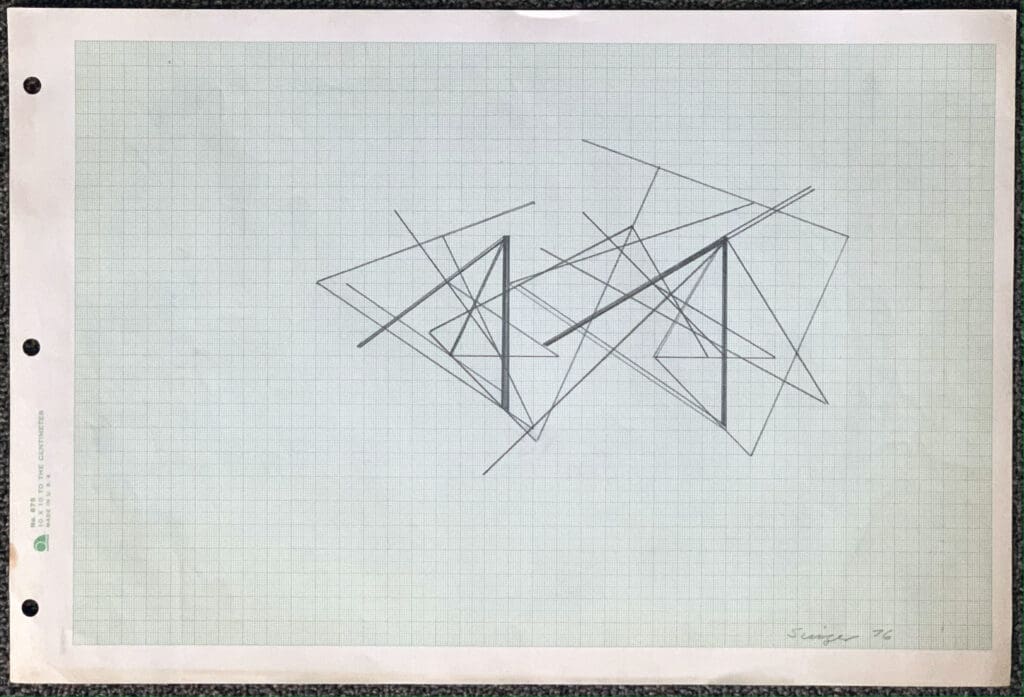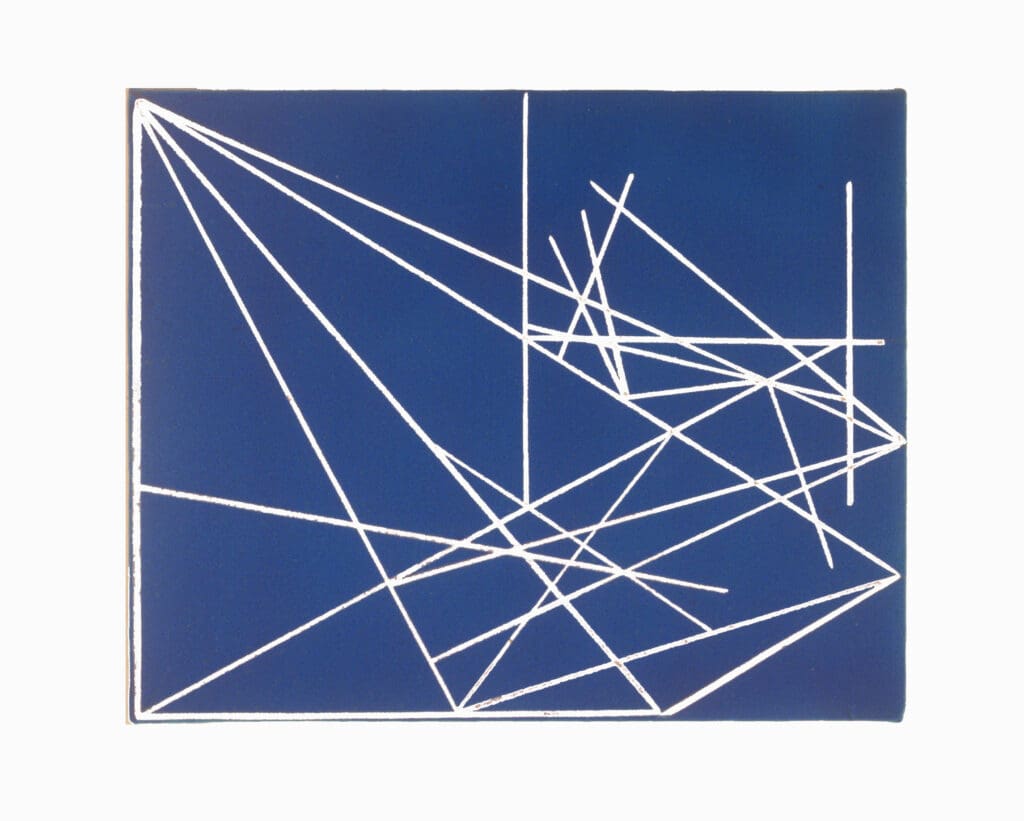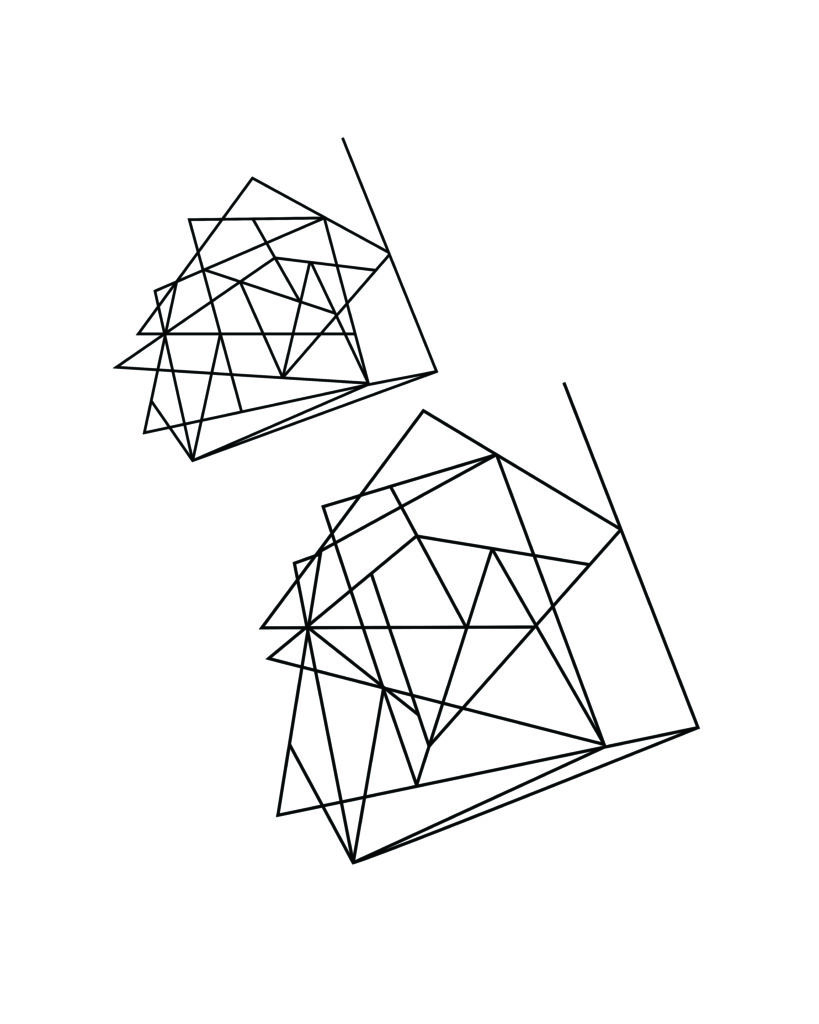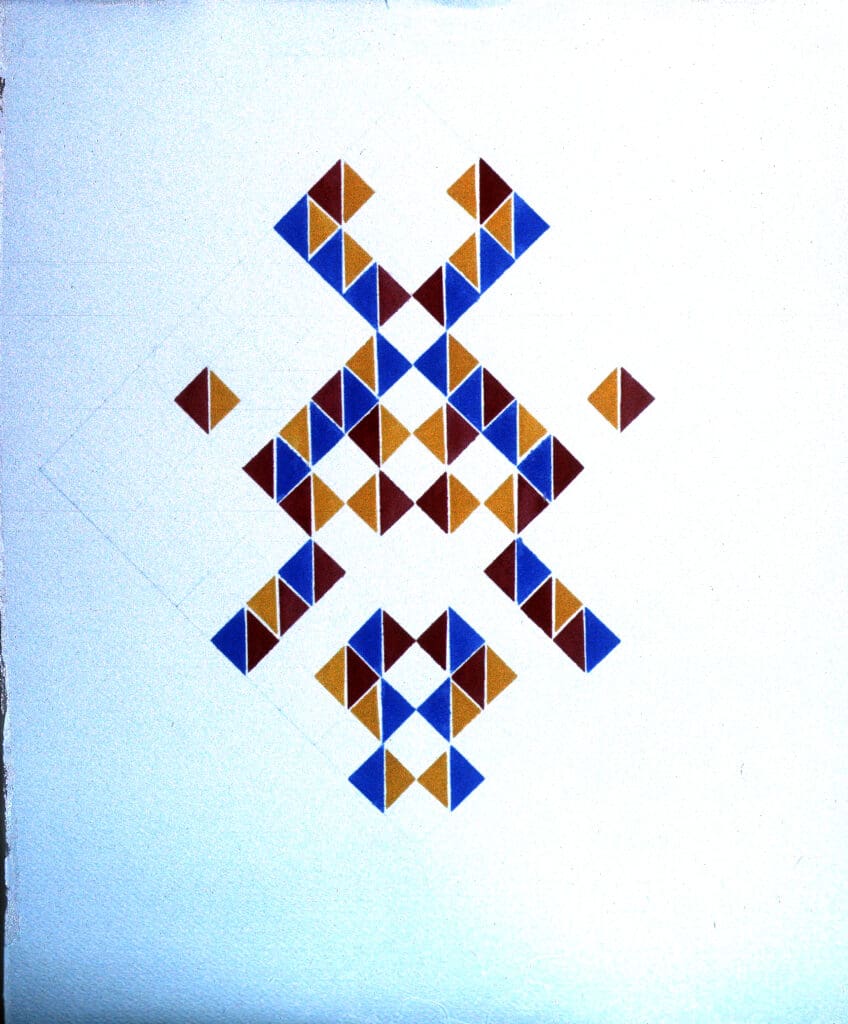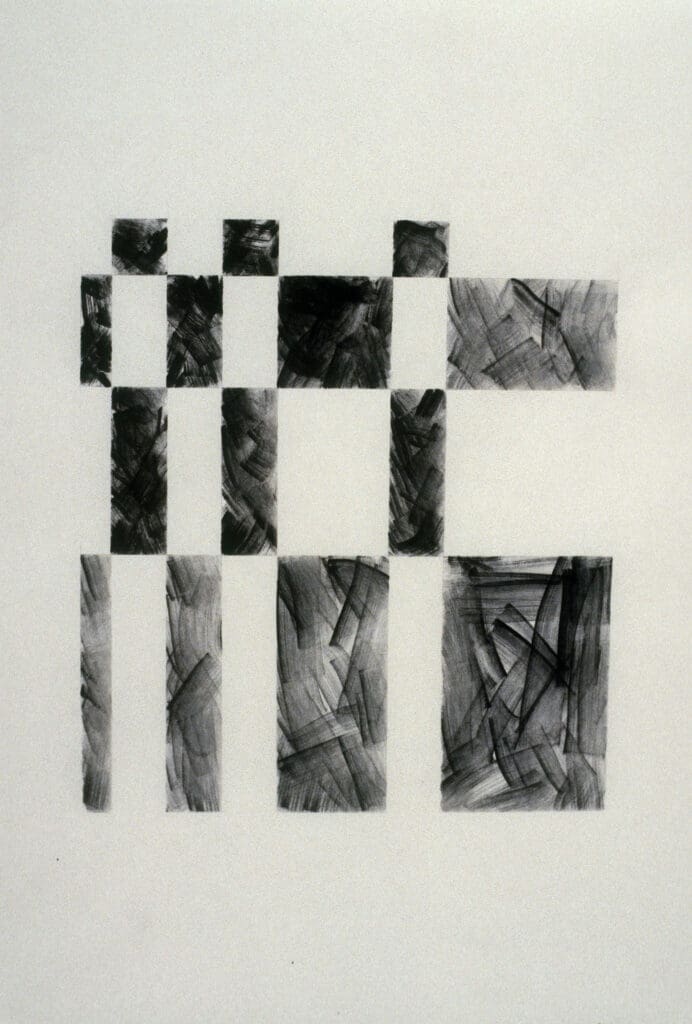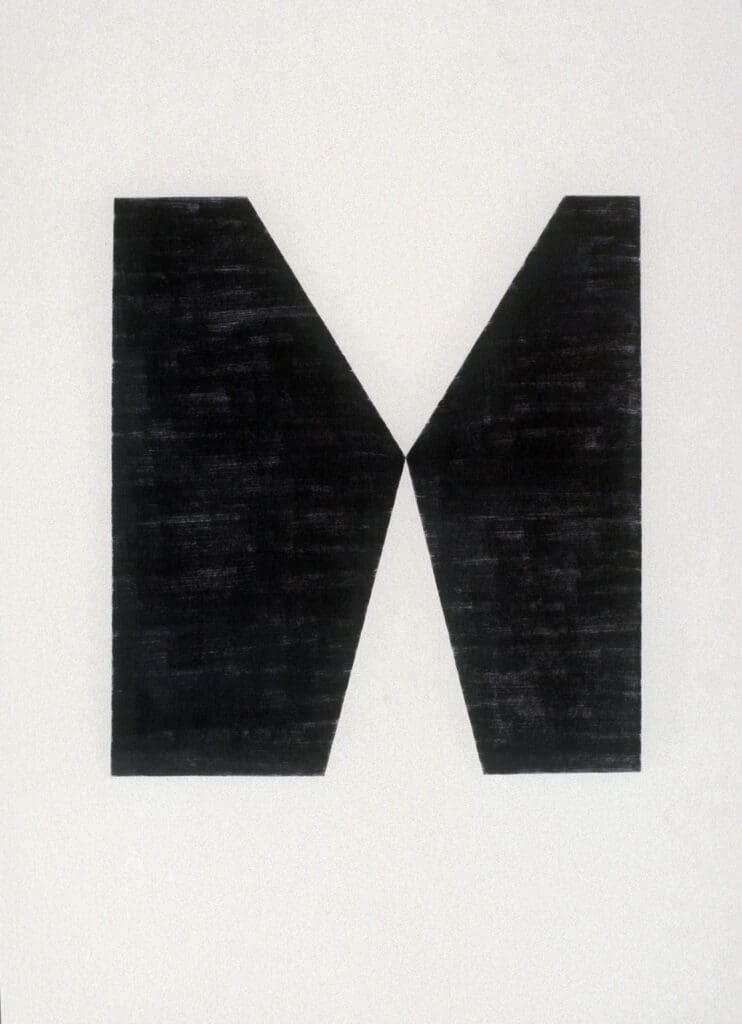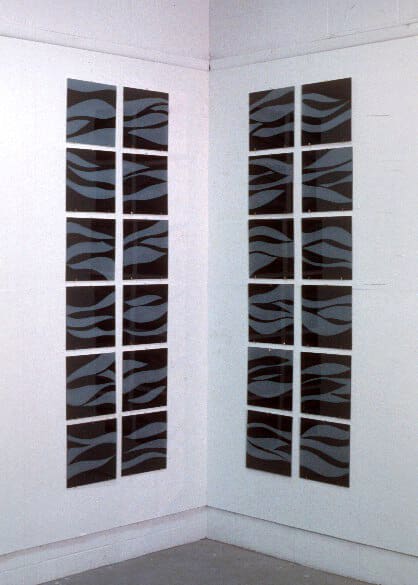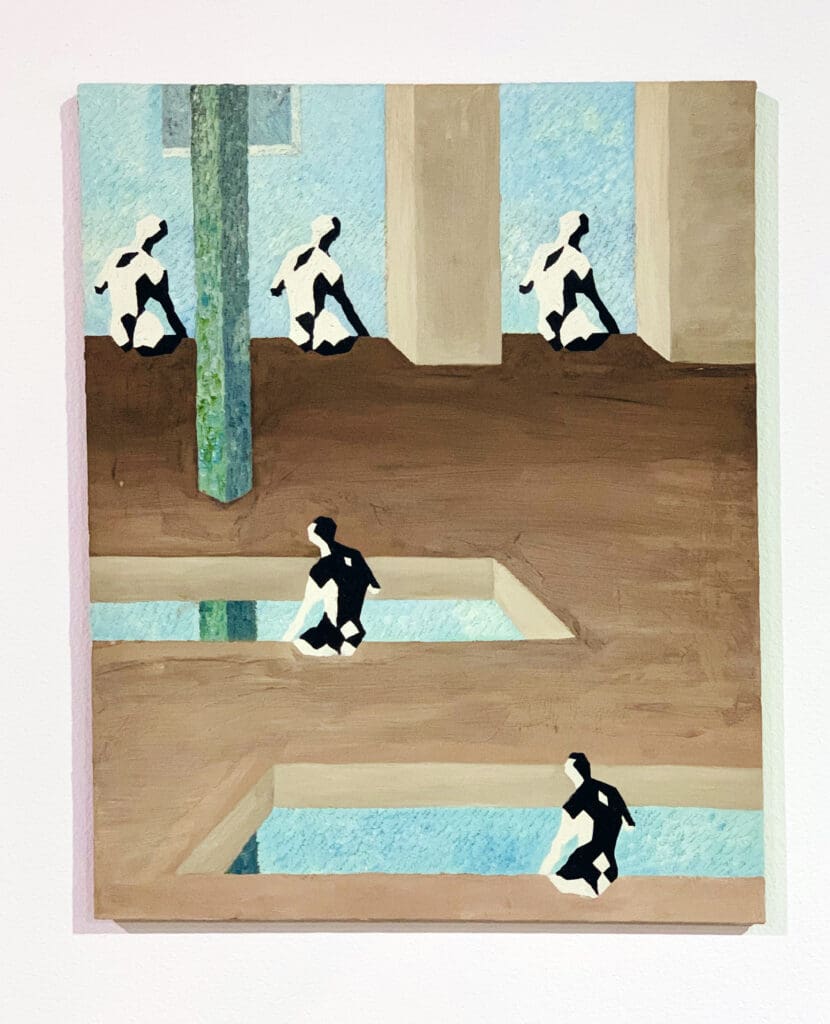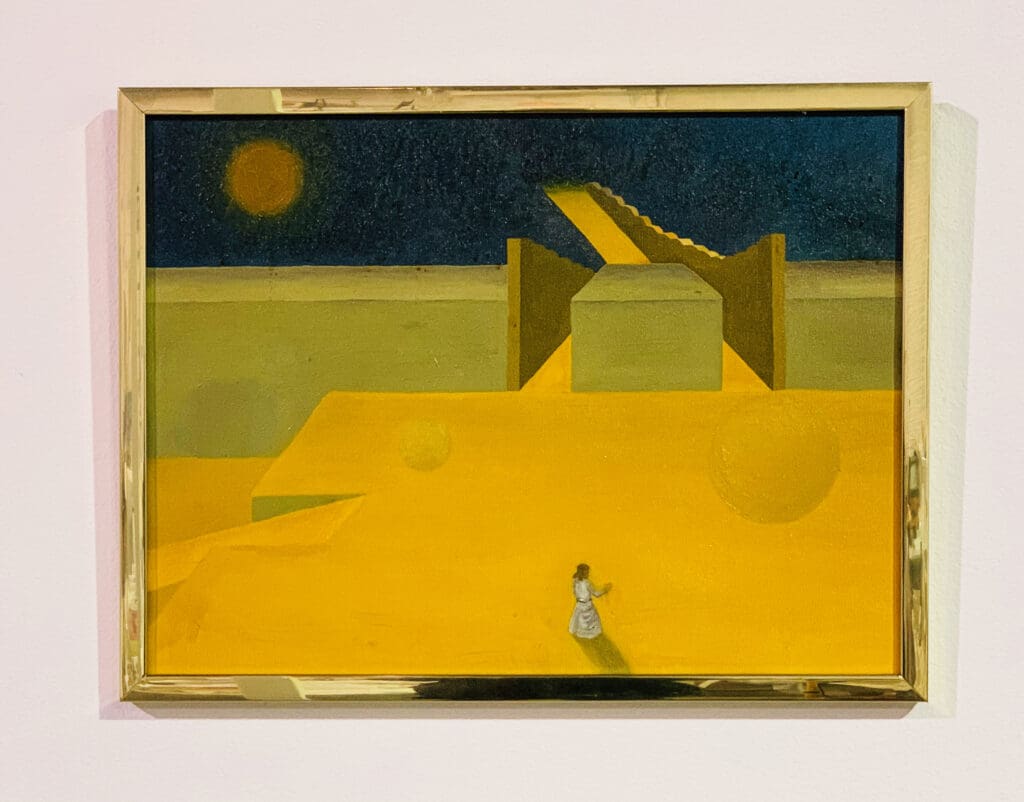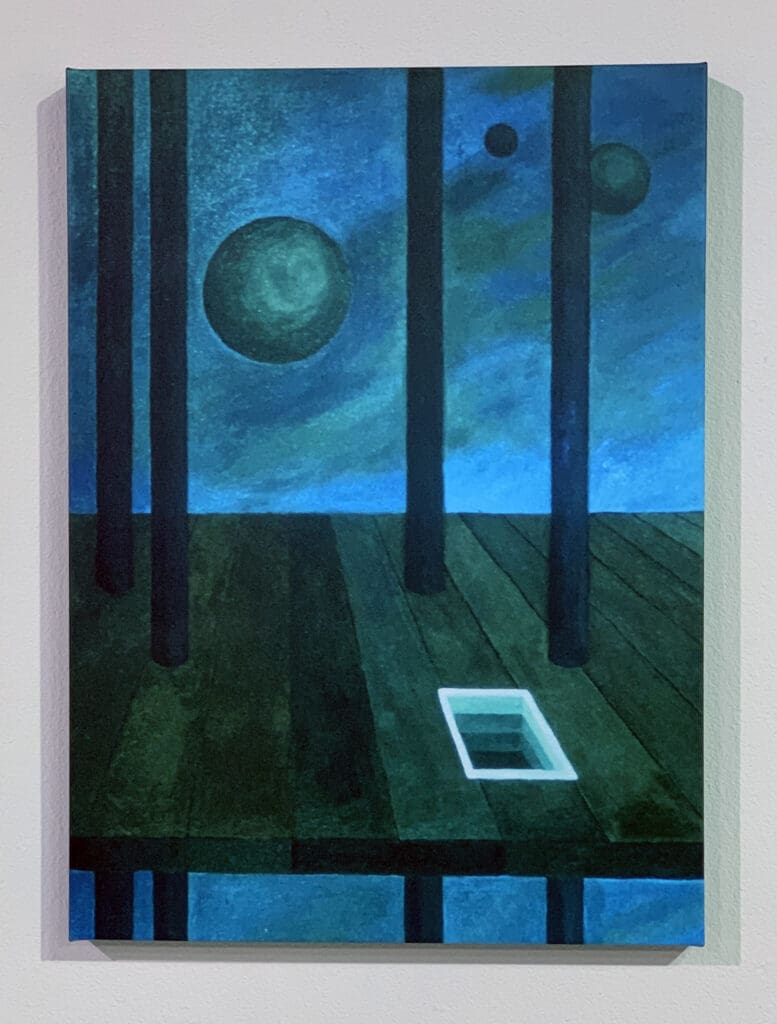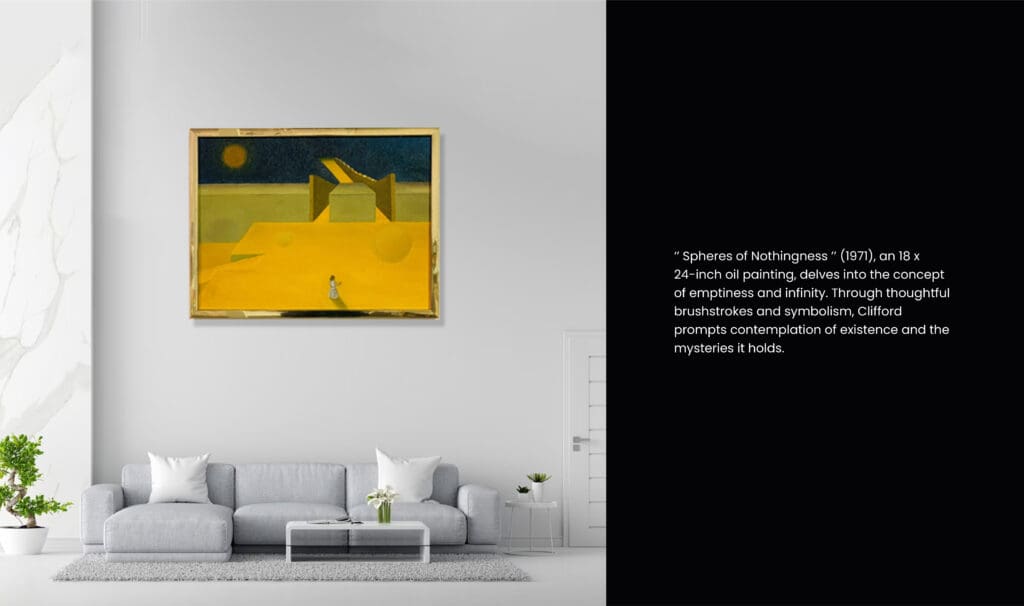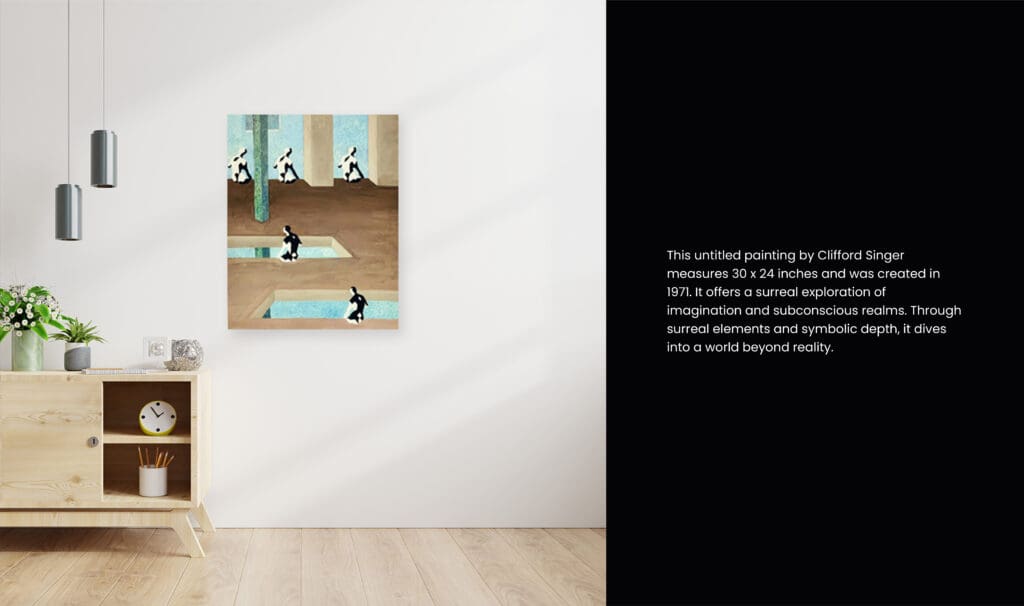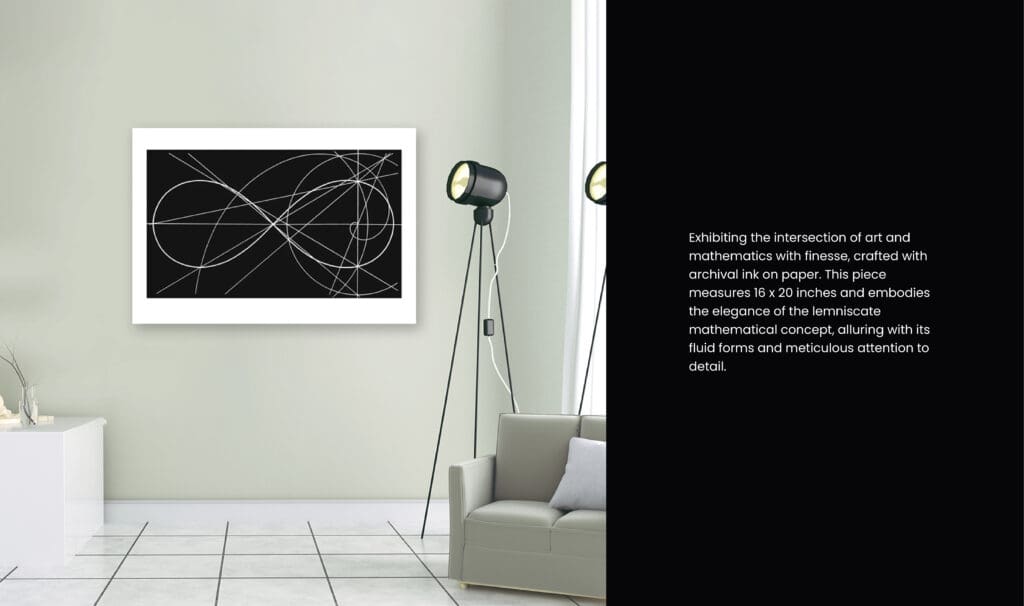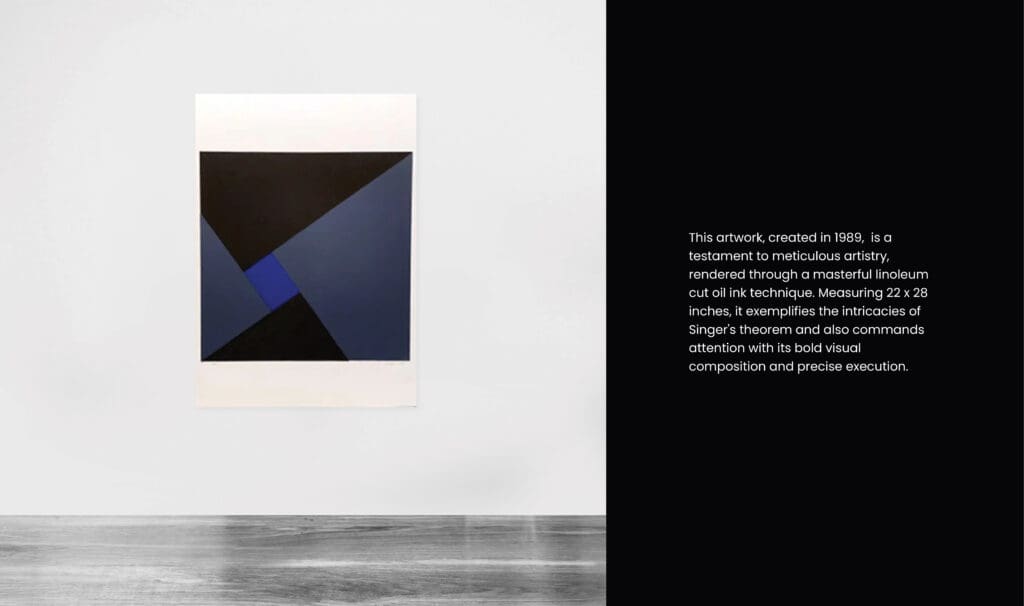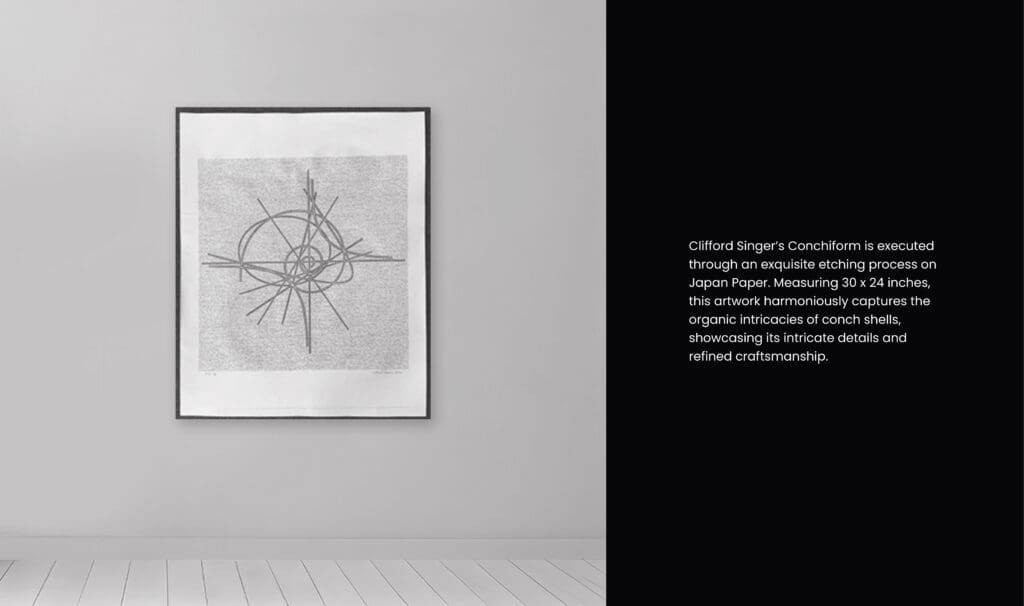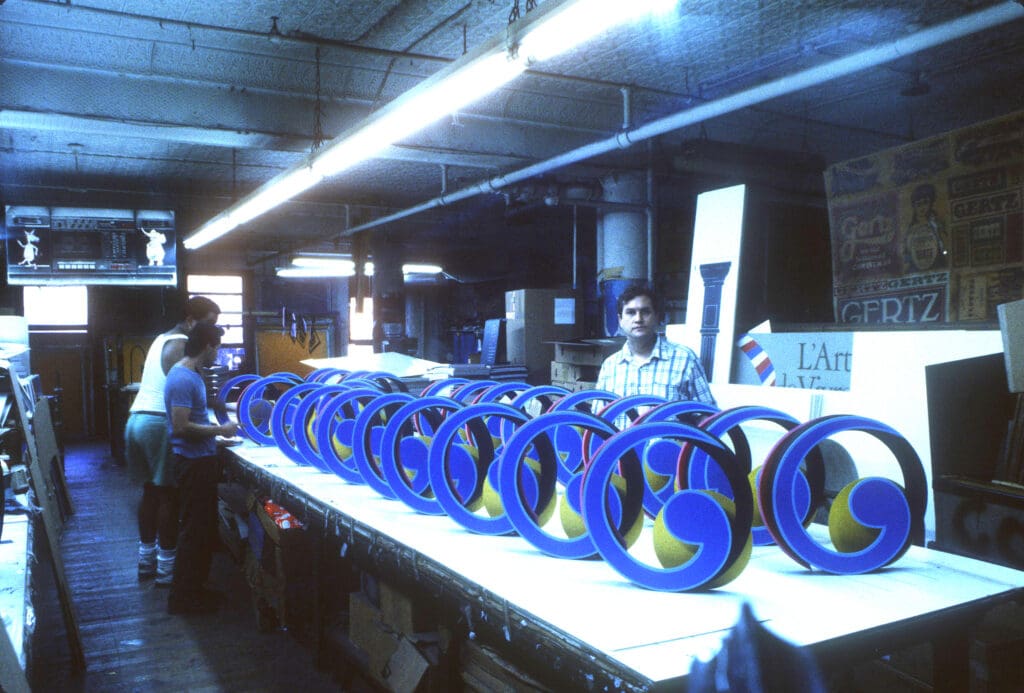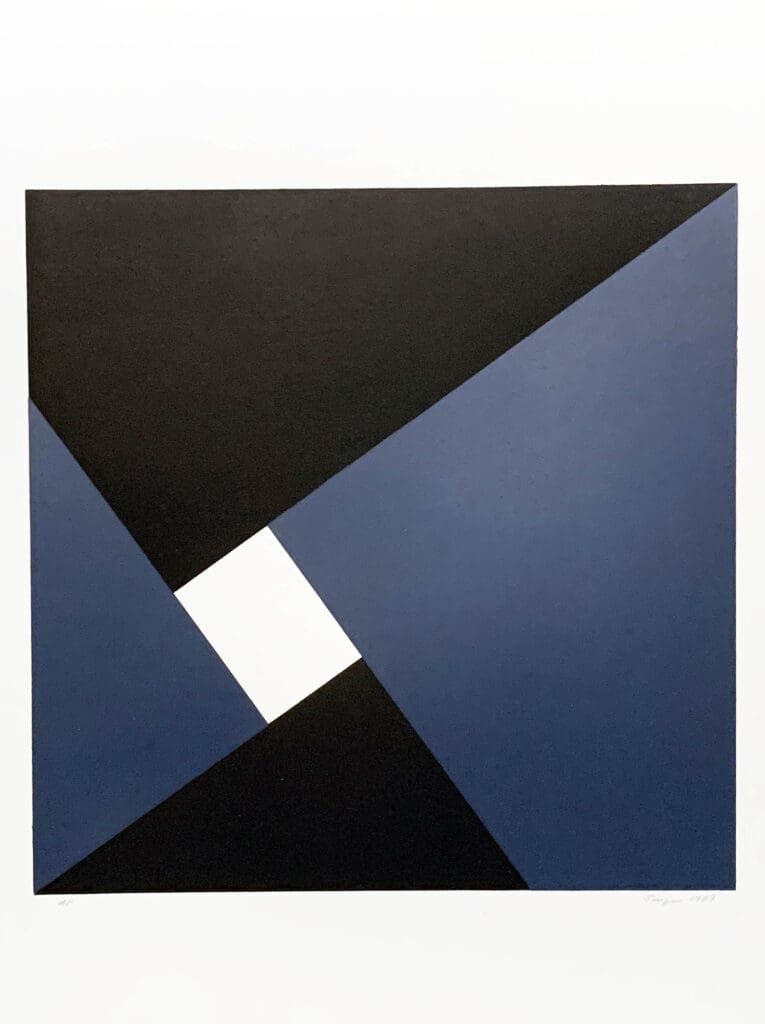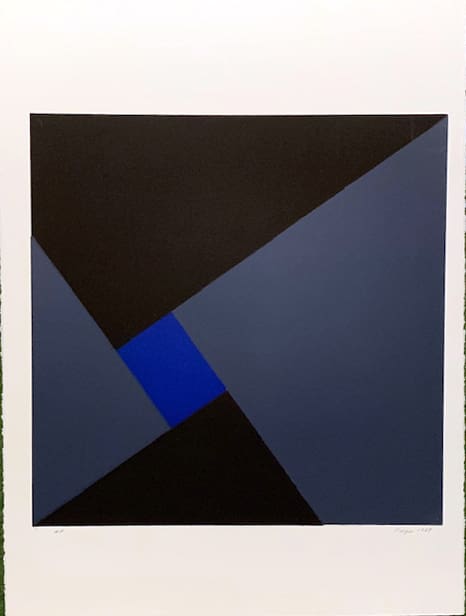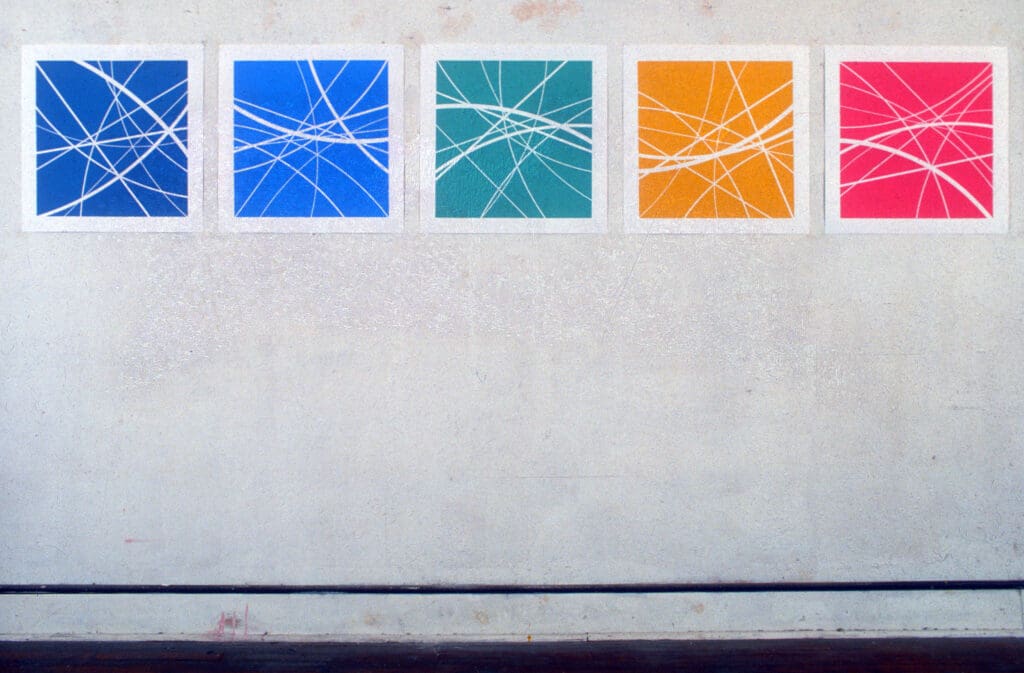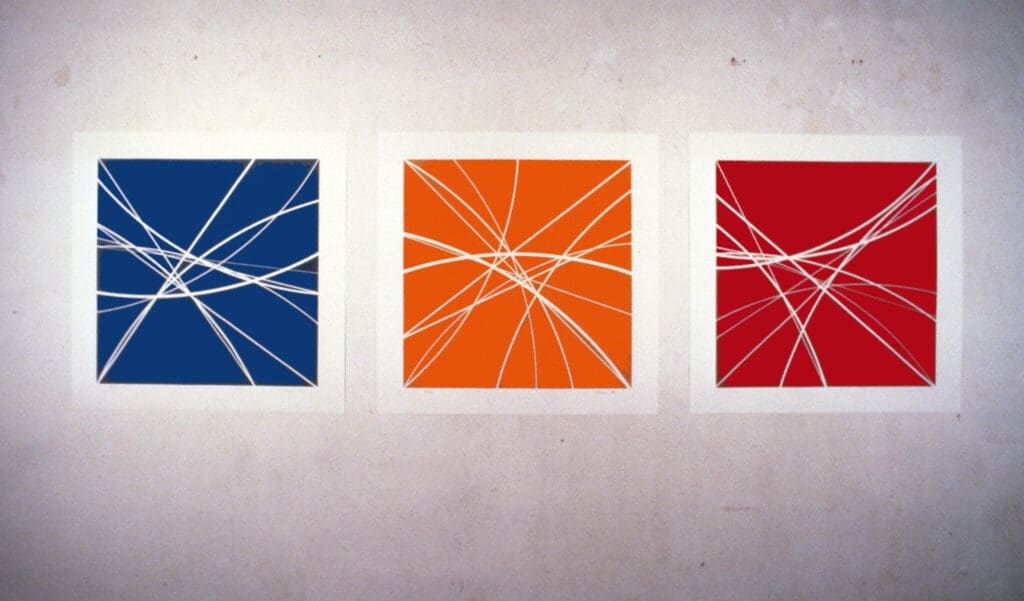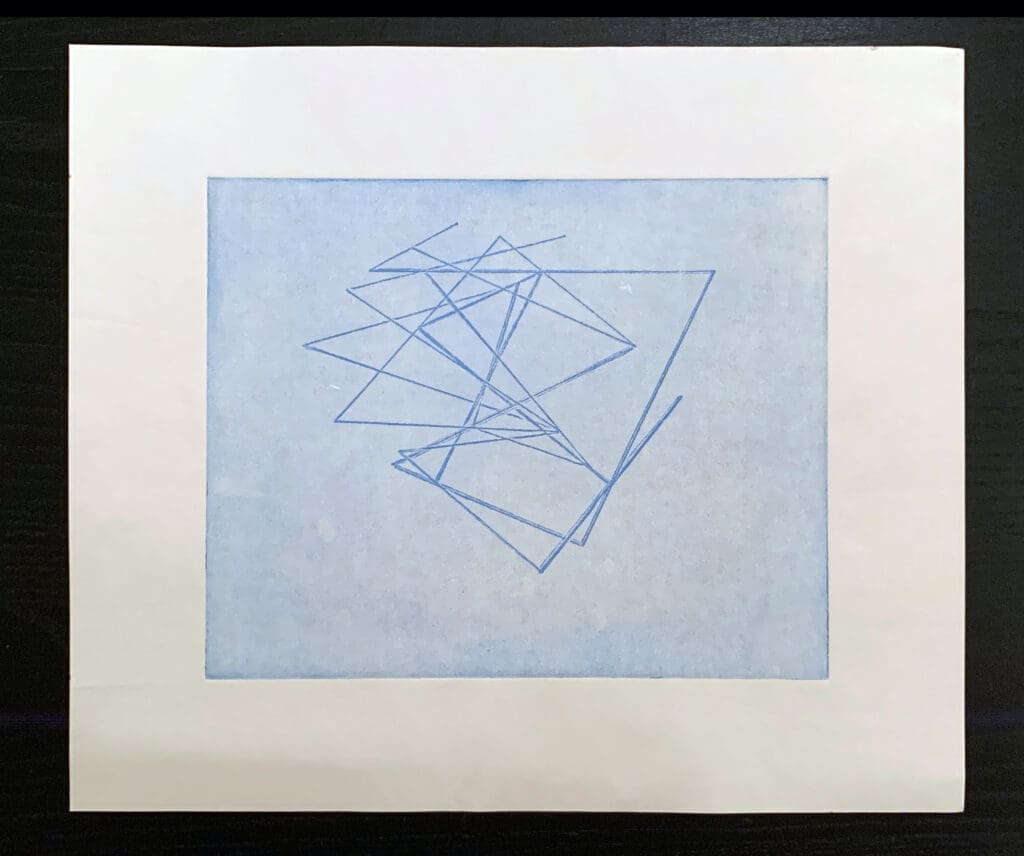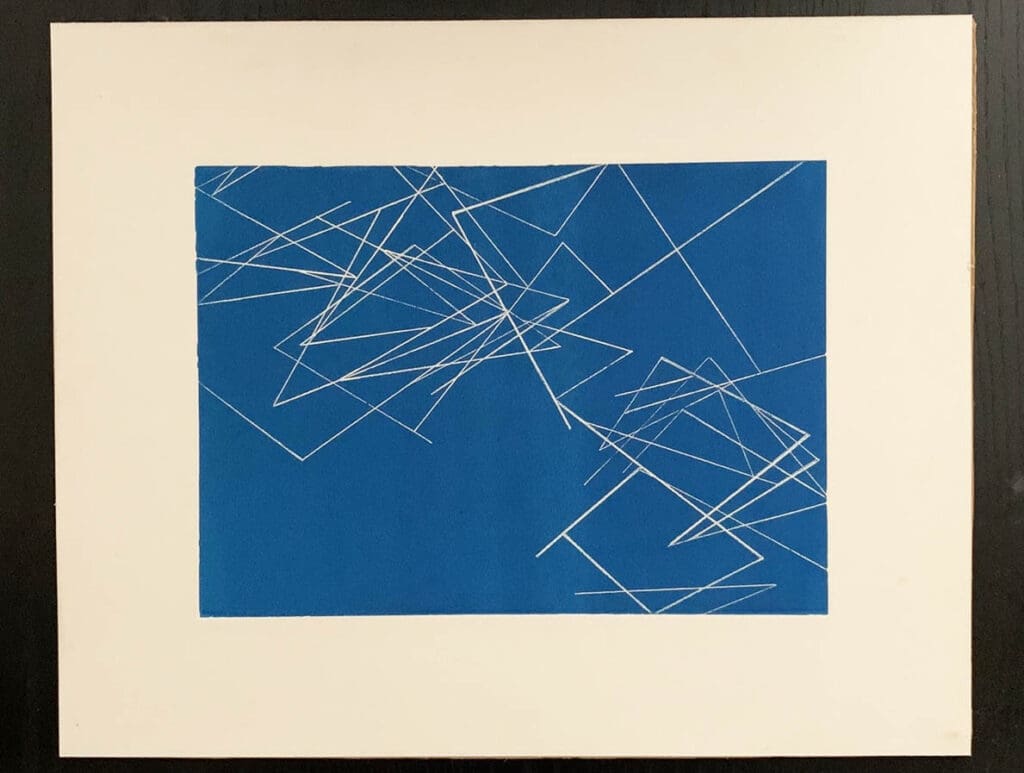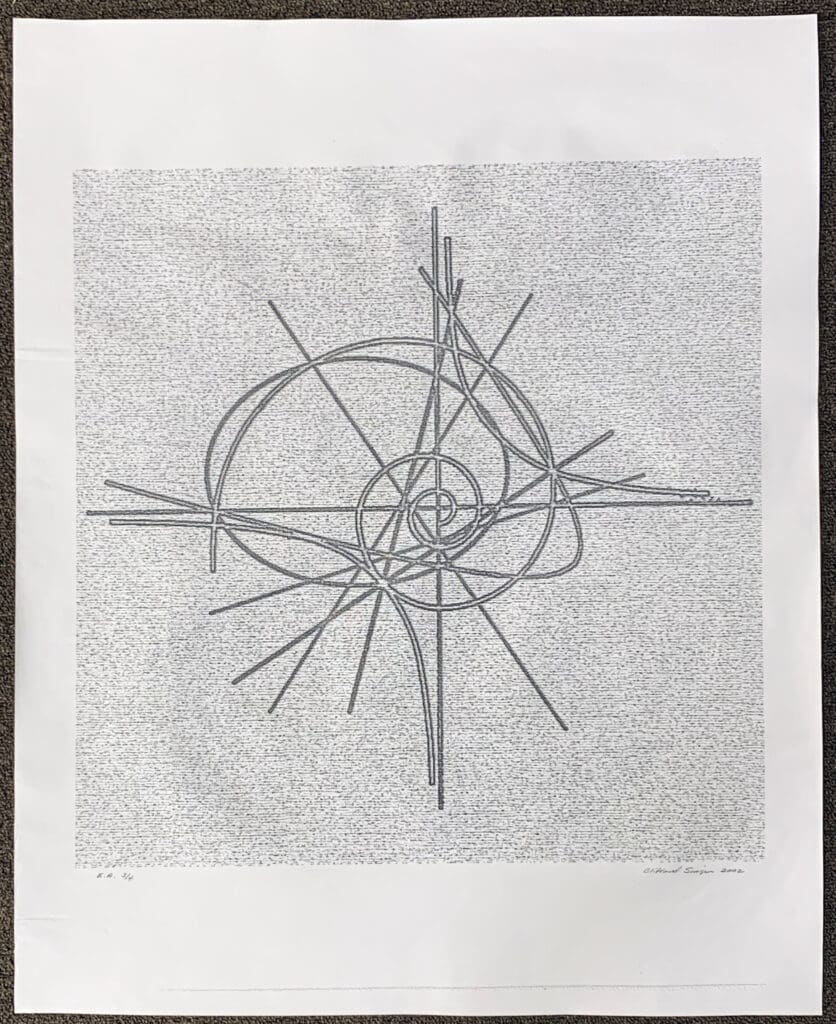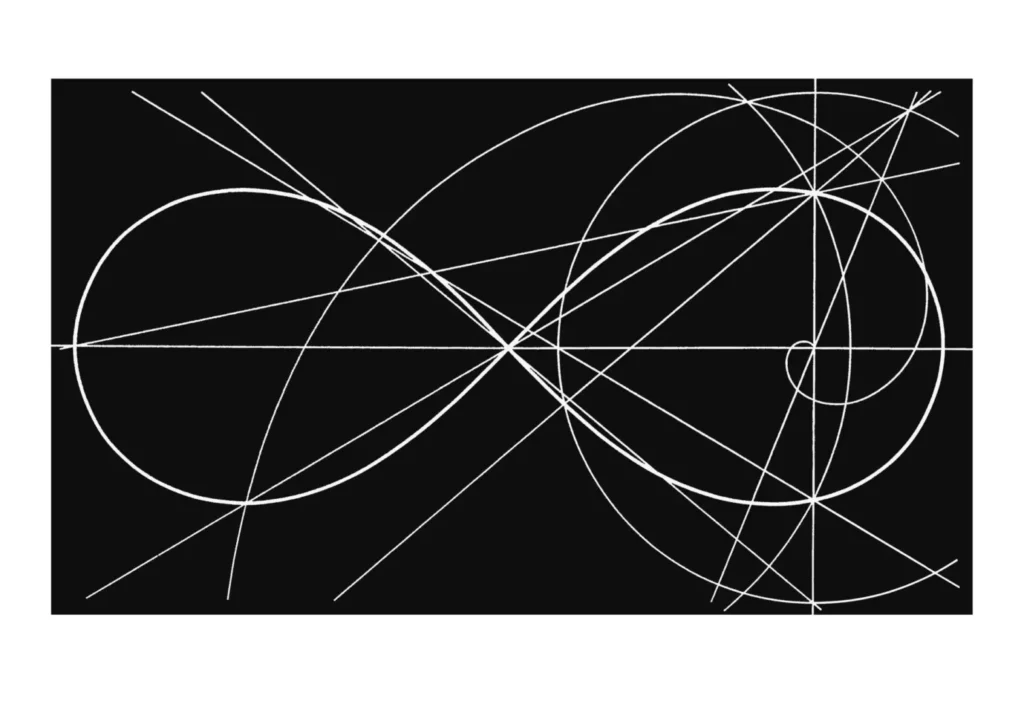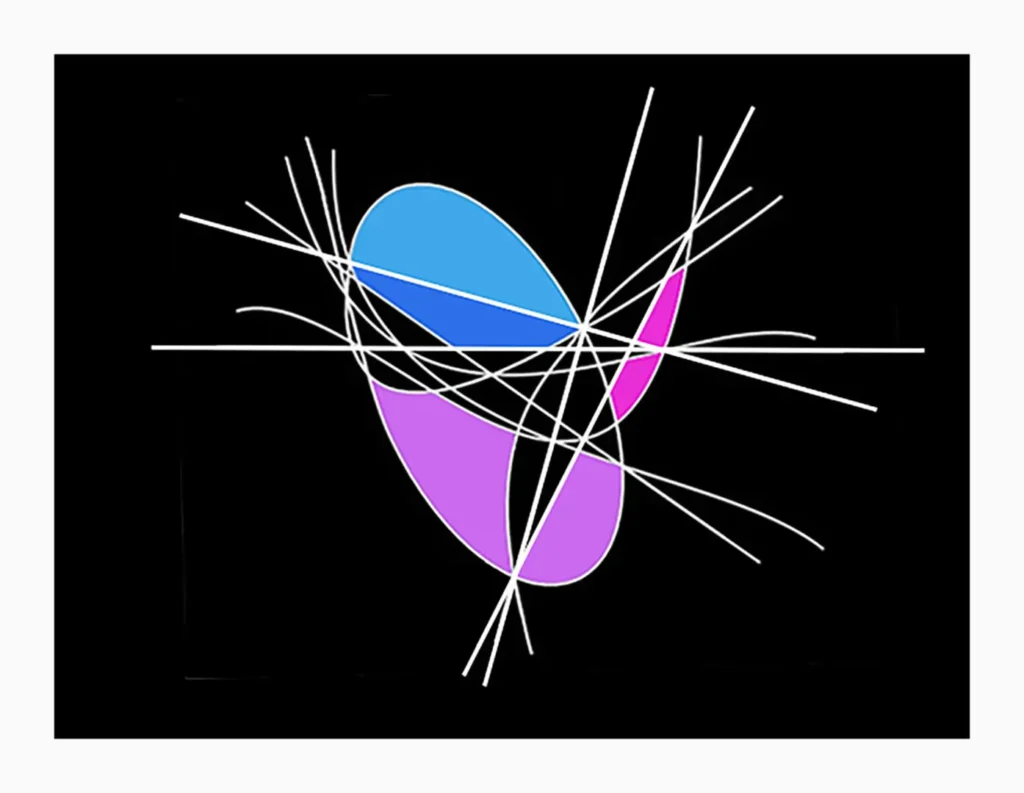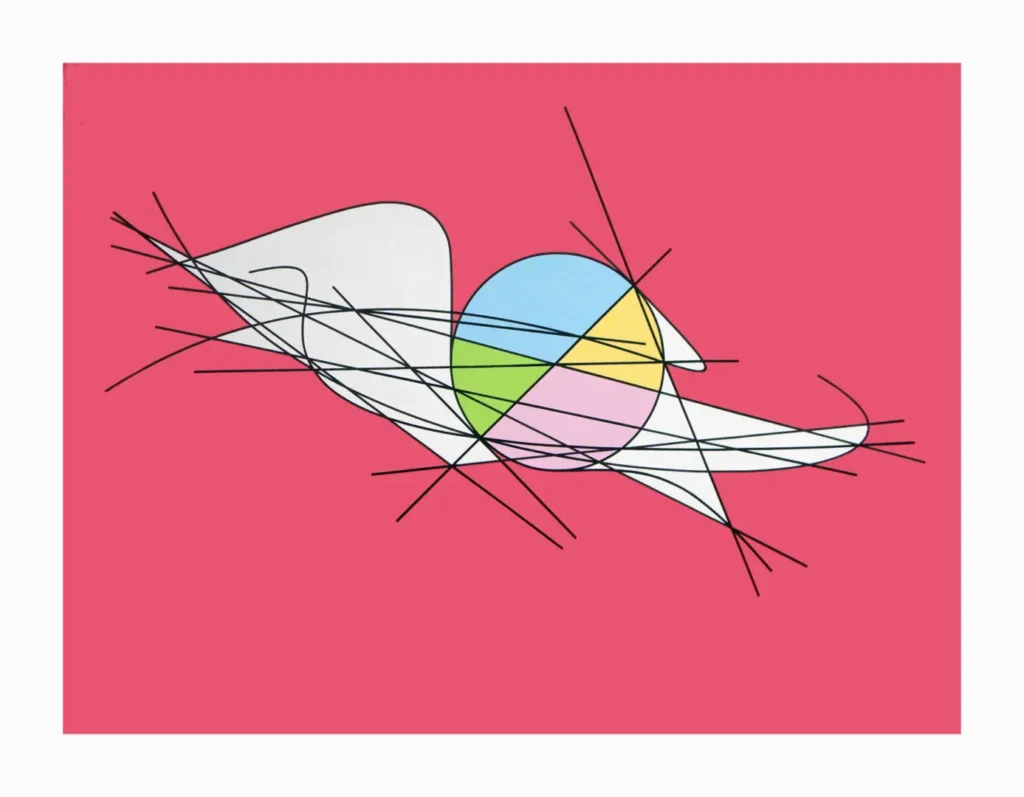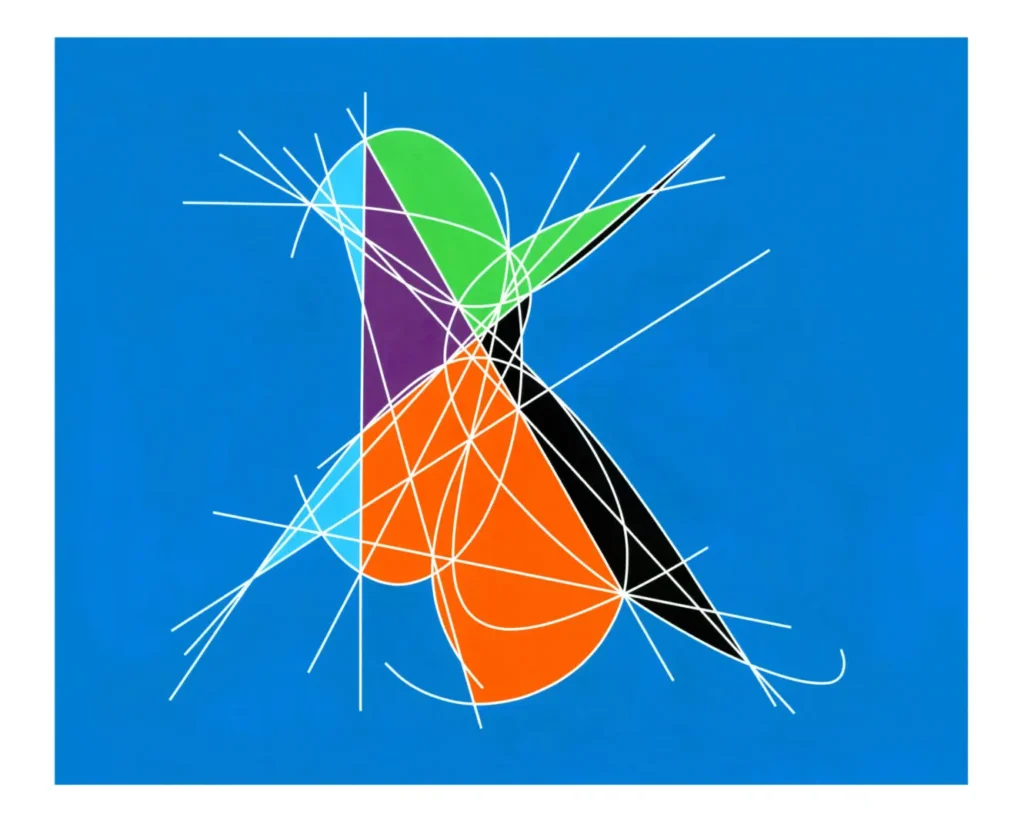THE MASTER OF GEOMETRICAL PAINTINGS
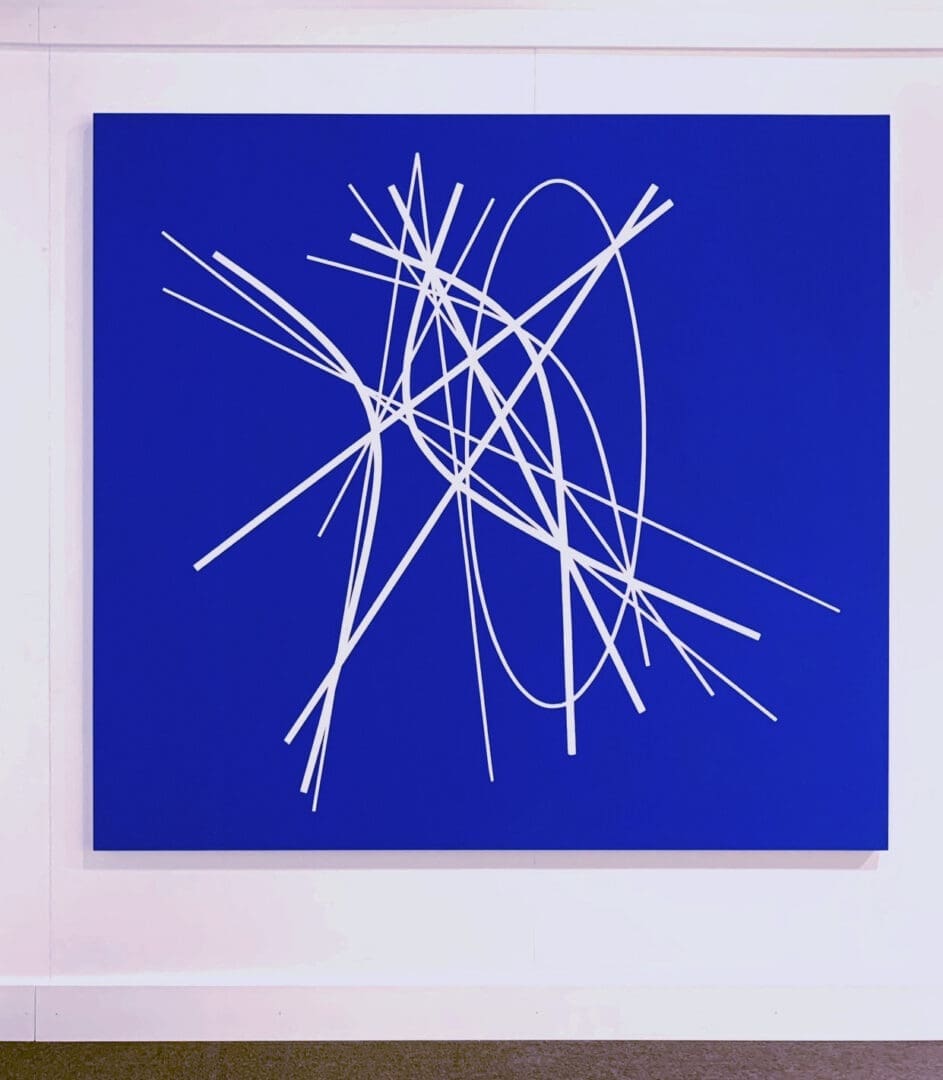
CLIFFORD SINGER ©, 2001-2018, after Kandinsky, acrylic on canvas, 72 x 77 inches
"As an artist and geometer 'infinity' has taken an important place in my life in terms of abstraction. At the age of five I had frequent dreams of infinite distances in space between spheres. This was quite an overwhelming experience for me and at the age of seven informed my mother of these ongoing dreams of infinity and she stated 'no one has dreams of infinity – silly'. While working on my M.F.A. at The City College, Professor Jacob Rothenberg, Chairman of the Dept. of Fine Arts, after I discussed my childhood dreams of infinity he stated that 'Buddha dreamt of infinity'.."
Accelerated Time 2008, Acrylic on Plexiglas, 36 x 72 inches
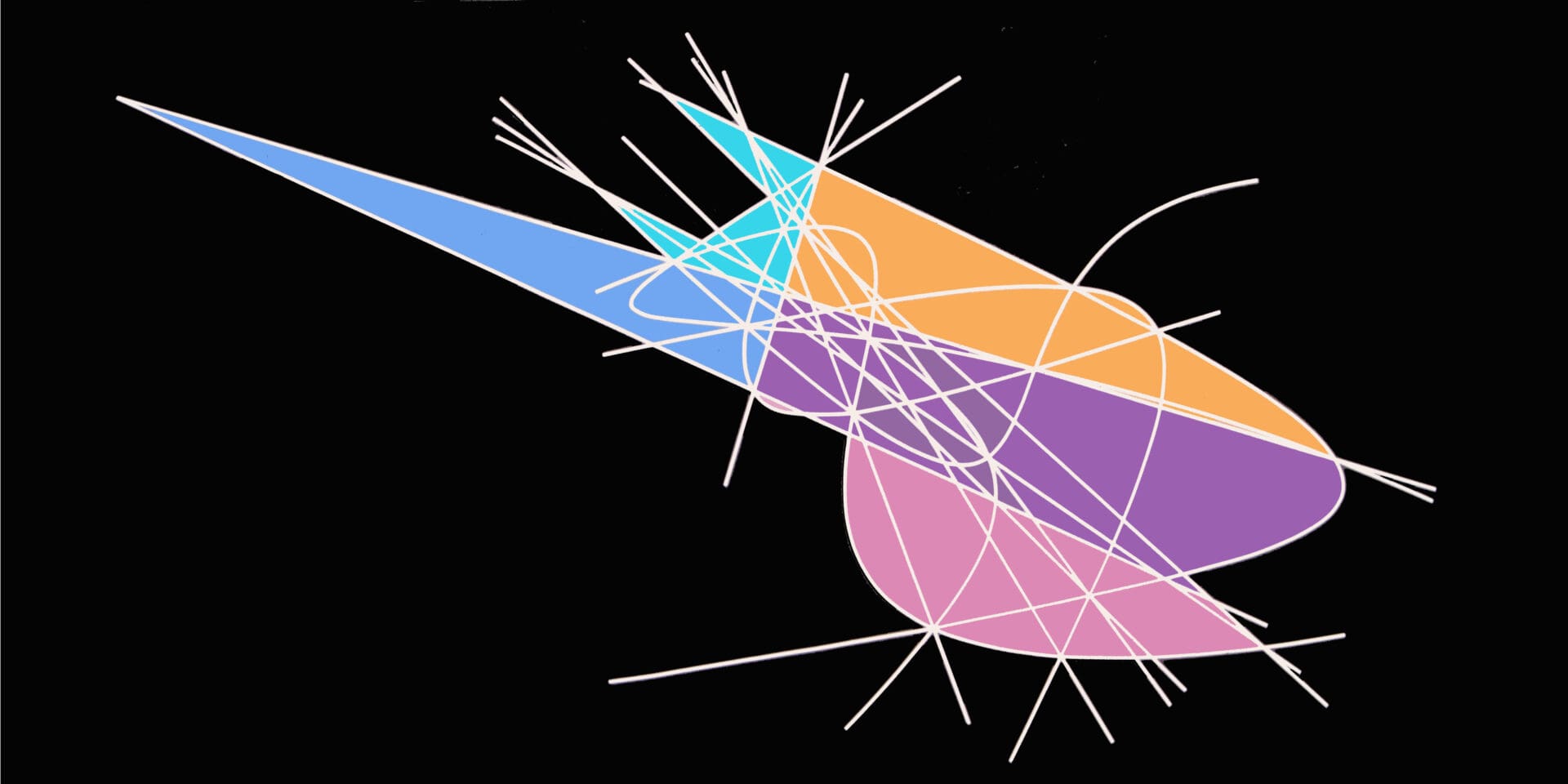
"As a model this painting entitled Accelerated Time represents a future light cone event depicted by an infinitely far distance from the present apex or vertex traveling with infinite velocity to a vantage point of reference in the picture. In cosmological terms we are thrown into a space and time that is indeterminate of its effect on our present time separating our experience in reality. Since Hubble's Law has been emended in the last decade by findings that the universal expansion is accelerating everywhere, with the very popular and current controversy over 'dark matter' which is thought now to predominate over visible matter and energy and by a large degree in fact. Thus the black field, as it also predominates in the visual presentation may be suggestive of this dark energy also postulated by some to involve itself in the acceleration of the expanding universe. There are the white spectral lines separating and the black field outside of the light cone. From Newton to D’Alembert to Einstein and Hawking, I have created a painting of dynamical space and time."
Clifford Singer ™ ©
written archives of Clifford Singer ™, author
THE CONCEPTUAL MECHANICS OF EXPRESSION
IN NON-EUCLIDEAN FIELDS
Clifford Singer
formerly, 510 Broome Street, New York, NY 10013

The Geometry of the Circle, Square and Heart
Acrylic on Plexiglas - ©1996.
I have taken a historical perspective in my art works to represent and reflect geometries throughout time. Invariably, in this methodology, much of what is integrated into my work has a strong historical foundation in the classical construction methods of the ancient Greek geometers. As I research and integrate into the work, more complex elements of the natural world, such as the structures and color usages, coexist within the realm of these properties. Geometrical mechanics and constructions with color form the fundamental components in the building process of my work. Geometry is thus defined in pictorial space.
Someone asked me recently, why I decided to take a geometric approach in my works of art. My answer was that this approach has a clear, universal, and strong foundation, and is therefore readily understood and comprehended. In this vocabulary of nature, from the paths of subatomic particles in cloud chambers and accelerators, to the orbits of the planets, galaxies, and other heavenly bodies, draw relationships to my work.
It is without a doubt, correct to say that there is a particular vocabulary constructed from geometric elements that is used consistently throughout my work. Basically, my work consists of color fields, lines (converging, diverging, parallel, or approaching asymptotically), circles, ellipses, hyperbolas, and many of the other classical curves of ancient and modern mathematics. It matters not whether they are considered as conic sections, Euclidean constructions, or the solutions for systems of differential equations. I consider each composition or completed construction, using these elements, as a singular artistic expression. Thus, I use geometry as a language to engineer my aesthetic expressions.
There is a strong personal identity and style in my work. In making design choices, there is no uncertainty in the choice of geometrical signing that originate from the vocabulary of geometry. There is a complete union between the aesthetic and the geometric signing. What follows below in the paper, will describe more completely how and why it is that this comes about. I am constantly trying to break new ground by integrating new elements into my work; often the completed work leaves the impression that these solutions were simple or easy. The organization to completion is often enormously awkward and difficult though faced with the need and desire to introduce new and changing elements in my work, I have found that my methods of construction have remained constant. I have devised my own algorithmic constructive procedures to draw the cardioids, tricuspoids, parabolas, strophoids, pseudospheres, and other figures I require in my work.
Collinearity, (of a set of points lying in the same straight line) a recurrent theme is never coincidental but is an inevitable outcome, forced in the same way that it occurs in the classical Theorems of projective geometry, such as those of Pascal, Brianchon, Desargues, and others. These mathematicians recognized that spatial situations which produce collinearity were invariably the result of deep underlying geometric truths. The incidence of a point on a line is invariant under the projective rules. If three or more points are collinear along a line, then incident with a straight line, the images will thus be collinear. Therefore, the characteristics of incidence, collinearity, and concurrence are principle requisites of my work.
Intersections of lines or curves in my work are occurrences of fundamental importance. A place of intersection where three or more lines meet or cross, is an especially crucial event in my work and forms an integral part of my above mentioned geometric vocabulary. In this system, the perpendicular intersection of two lines is interchangeable with the three- line intersection. It is not the aim to provide a subdivision and dissection of space, but to represent space as a complex unity.
Geometrical rules, axioms, methods, and carefully thought out plans enter the world on many levels. The geometrical method lends much to the imaginative and creative faculties of people, and has provided a sustained interest and impetus for me in particular. Many of the elements, straight lines, arcs, elliptical sections, parabolas, hyperbolas, epicycloids, and spirals, accelerate the speed of the viewer's eye through the picture, thus spatial experience is altered in time. Color vibration heightens the speed and expanse for the viewer to complete the picture plane. Within the constraints of geometric mechanics, I have built through the intersection of geometric systems, a way of representing the dynamics of motion, gravitational attraction, flotation, and corpuscular unity. This provides the viewers with visual instruments which they may consider proportionately in relation to themselves and in the image. In this respect, I look to this pictorial vision so that the final result is raised through the perception and understanding of the viewer. An image mathematically abstract in origin and represented as nonobjective in context will change experientially through the picture plane, enabling the viewers’ apperception and organization of mind set.
Positive and negative curvature of line, whether all inward or all outward are aesthetic choices combined with reason. It is the idea complex that reaches the positive and negative ranges in the approach. Although the work may seem to have little direct human or emotional content (in the most superficial sense), there are metaphors and connections to the human condition in the various dynamical paths of particles and objects to which we are all subject to. Thus, a hyperbolic trajectory, in the context of Newtonian mechanics, is associated with the freedom and escape from the attraction of a massive and ponderous object. An ellipse or circle, in the same classical Newtonian framework, is the solution which results in stable mutually orbiting systems, as in a marriage, coupling, or a stable cultural system. The parabola, discovered long ago and defined as a conic section or locus, is a solution of the same set of differential equations, and represents a falling back to earth of a massive object unable to reach escape velocity, Icarus in his flight to the sun.
These themes could be expressed more literally, but it is my method to create images of contemplation and thought. So, the viewer experiencing my work, visually is subject to the same universal and impersonal truths, whether the solutions of differential equations with differing initial conditions are known. As it is, they are bound within the light cones of Minkowski space, whose intersections with planes yield the same conic sections of the ancient sage Apollonius.
Within a brief time span in the great arena of geometers, we tend to navigate from one geometrical theme to the next. However, there has not yet been a complete integration of all the phases of these monumental works, spanning time from Pythagoras, through Kepler and Newton, and on to Bolyai, Lobachevskii, Riemann, Minkowski, and Einstein. Most have documented individual systems of modeling along established aphorism. For these geometric abstractions in art, my goal is to work with a pure integration of geometry by incorporating elements from Euclidean and non-Euclidean hyperbolic space simultaneously with complete interchangeabilty and superposition.
From slow curves to accelerated curves, interlocked with straight lines of infinite speed (as the photon is thought to be, could it have it's own rest frame), they are the elements of natural law I have chosen for my visual language. The elements of Pythagorean geometry underly the structuring for a non-Euclidean space, thus, revealing a perspective on present time. Through subliminal effect in hidden ordering, that which is integral to the space, demonstrates an independent and singular theme for the picture.
Clifford Singer © 1997 Revised 1999
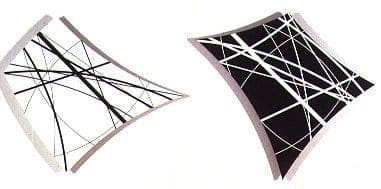
Portals
Acrylic on Wood - ©1987.
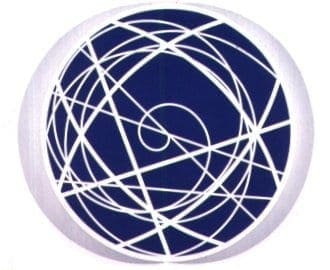
Universe
Acrylic on Canvas, 28 inches diameter - ©1992.

Black Diamond
Acrylic on Plexiglas, 41.5 x 41.5 inches - ©1996.
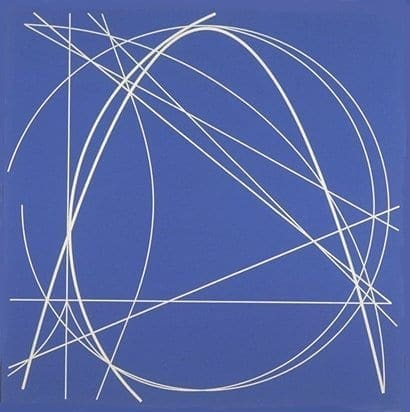
Millennium
Acrylic on Plexiglas, 36 x 36 inches - ©1997.

Half Sphere with Shadow
Acrylic on Plexiglas, 36 x 36 inches - ©1997.

Limacon
Acrylic on Plexiglas, 36 x 36 inches - ©1997-1998.

Mechanical Universe
Acrylic on Plexiglas, 19 x 36 inches, ©2000
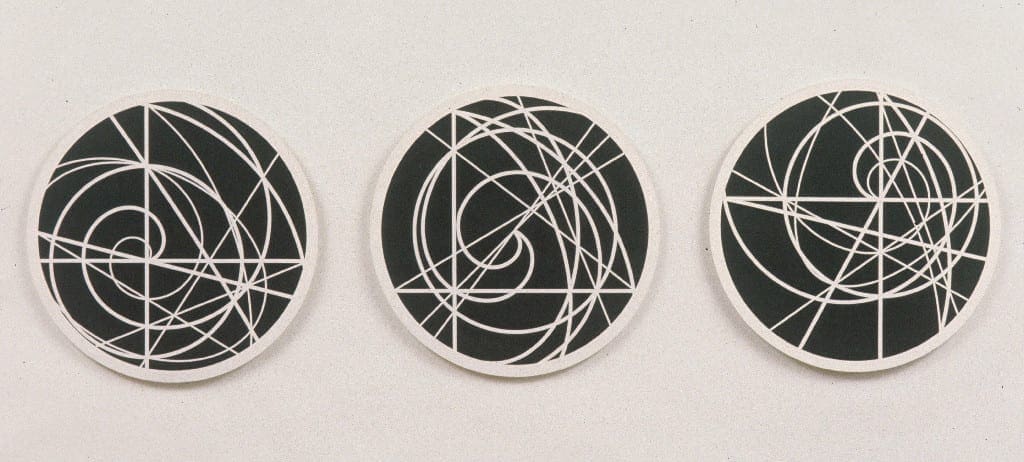
Spiral Series
Acrylic on Plexiglas, 20 inches diameter each, ©1988
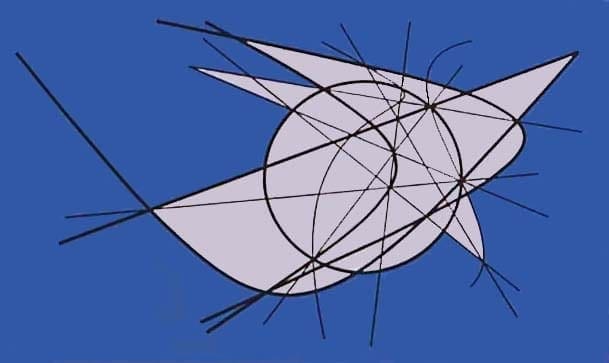
The Blue Rider
Acrylic on Plexiglas, 25 x 42 inches, © 2001
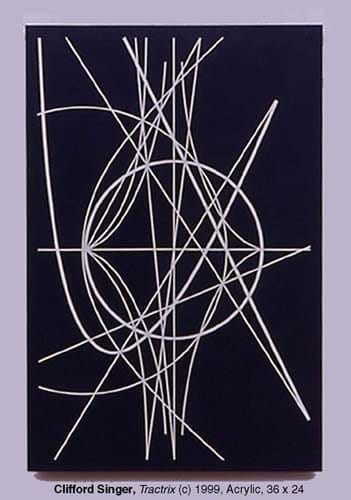
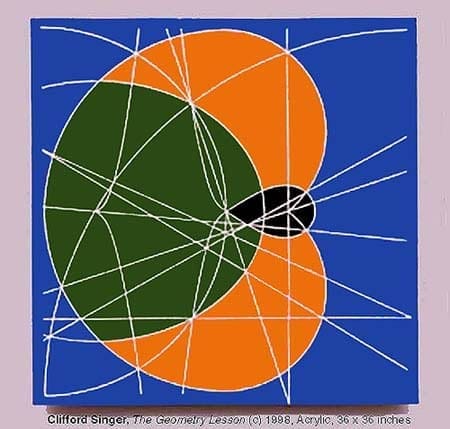
Clifford Singer Universe Before Big Bang
Acrylic on Plexiglas, Relief, 36 x 36 x 2 inches, 1989©.
Collection of the Artist.

This painting as a model entitled, Universe Before Big Bang, 1989, is intended to reconstruct the universe prior to the Big Bang.
My concept in 1989 was to take a snapshot of the universe encapsulated in a non-Euclidean square. Thus, matter is then present before the Big Bang. Origins of the cosmos are found in supersymmetries and further understanding of concepts for their elucidation.
Clifford Singer™©
written archives of Clifford Singer™, author
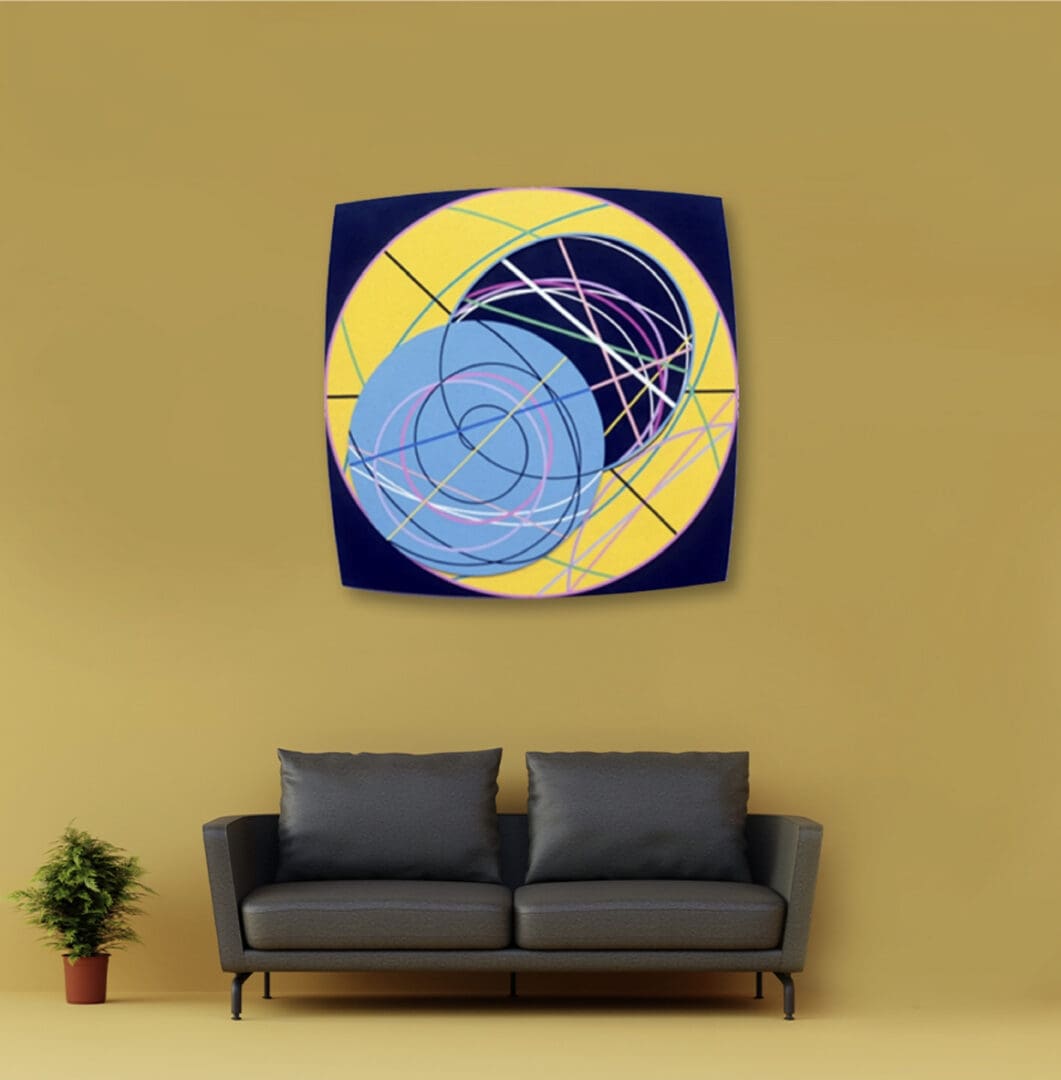

Clifford Singer. Vasarely Center. Star Fighter. 1988. Installation View
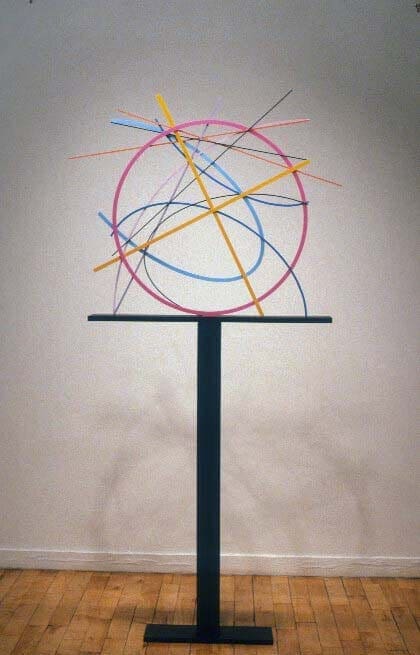
Clifford Singer, Circular Construction, 1988©, cut Plexiglas, vinyl, wood, acrylic, and artist made painted wood pedestal
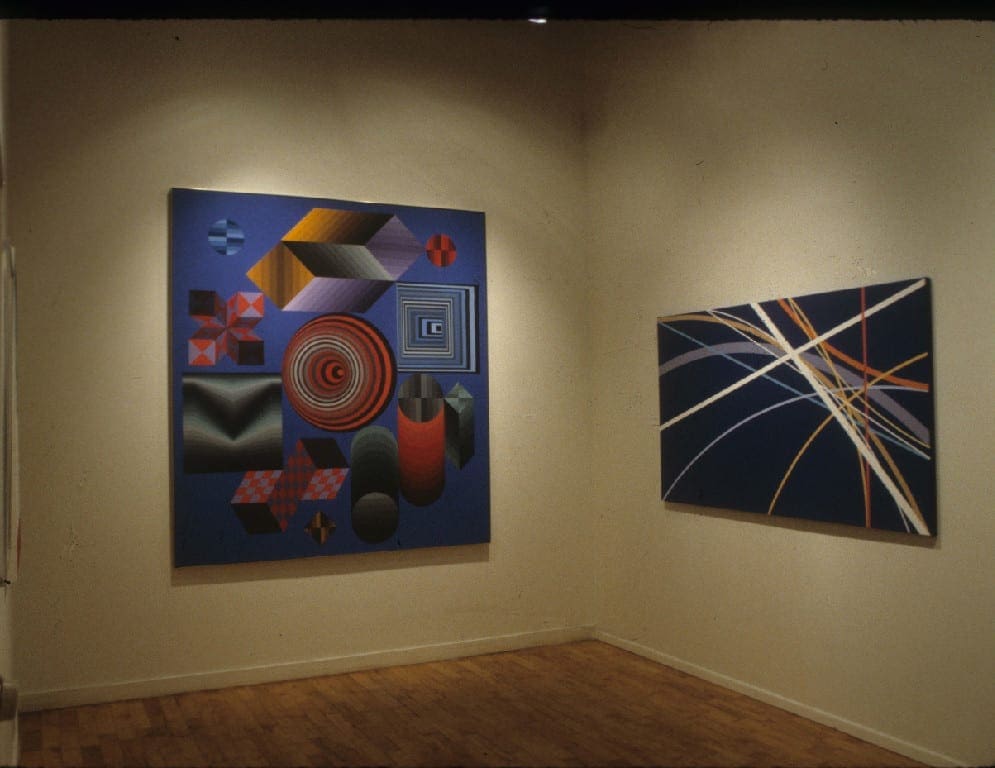
Clifford Singer, Blue Progression, ©1987, Acrylic on canvas, 42 x 72 inches (installation at Vasarely Center, NY after solo exhibition) Photo: Clifford Singer ©1988
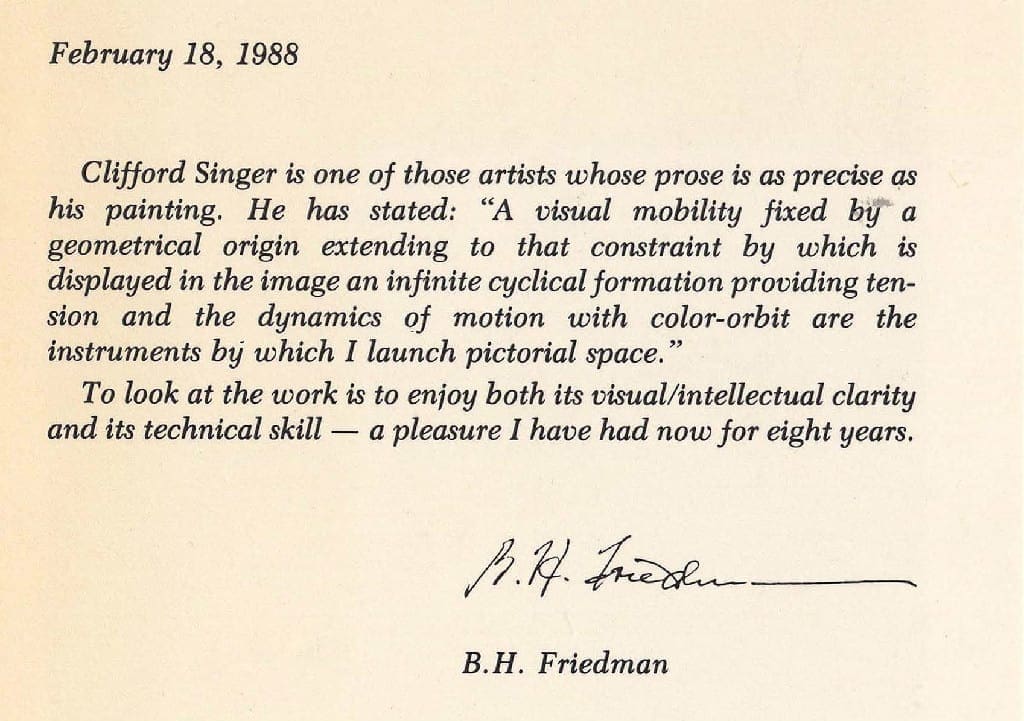
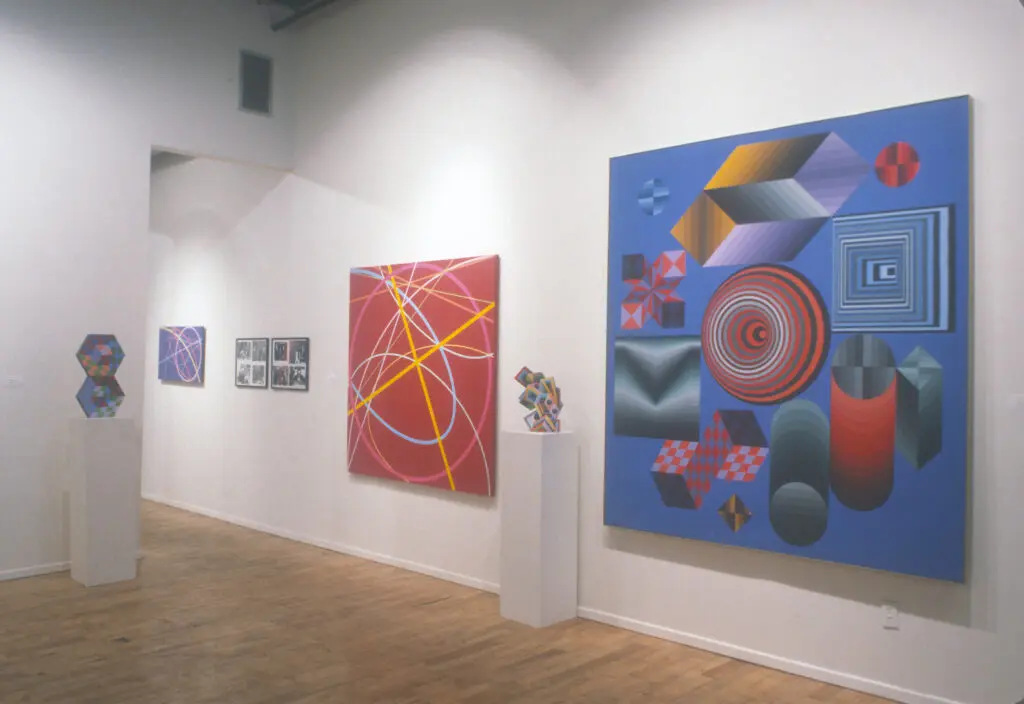
Clifford Singer. Vasarely Center. Group Show. 1987. Installation view.
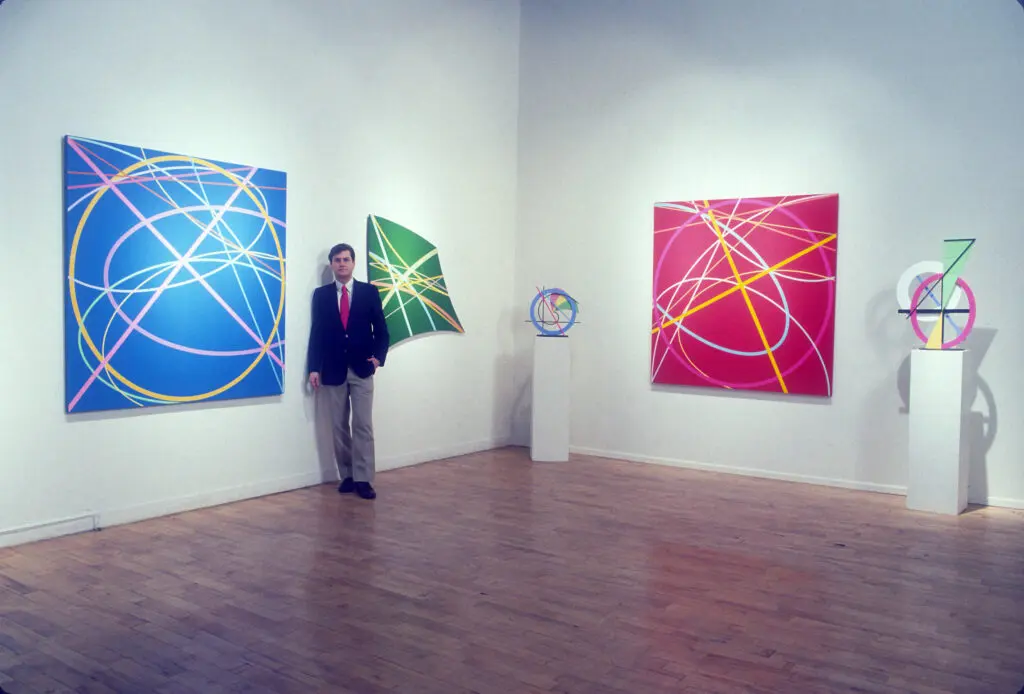
Clifford Singer. Vasarely Center. 1988. Photograph: Courtesy. James Dee

Installation view at Vasarely Center, NY 1988 Photo: Courtesy James Dee
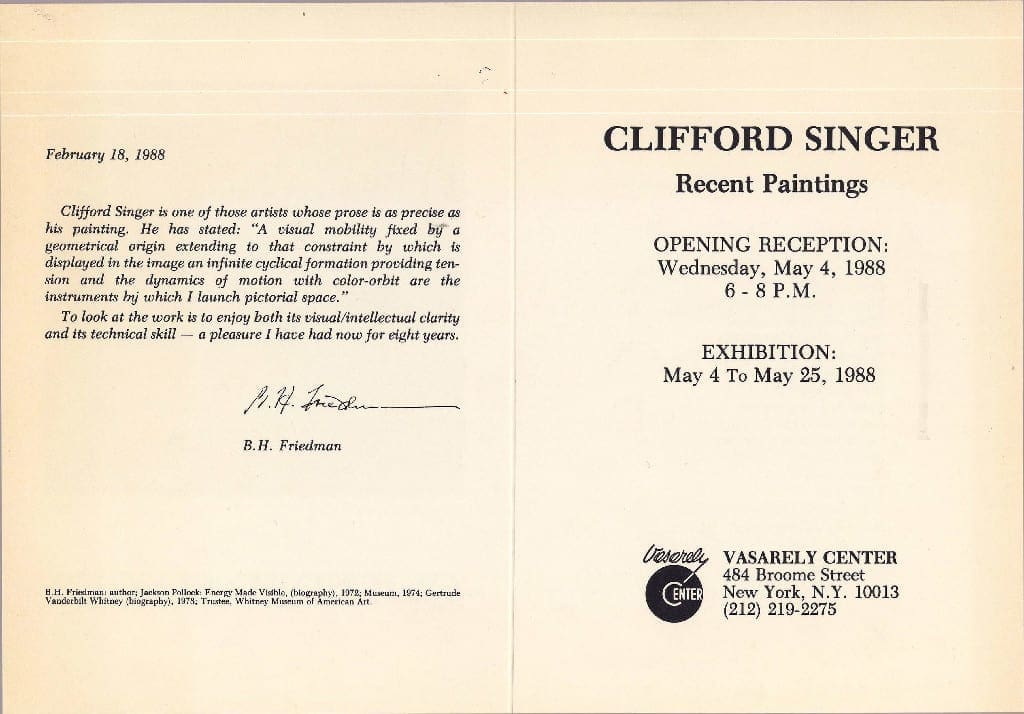
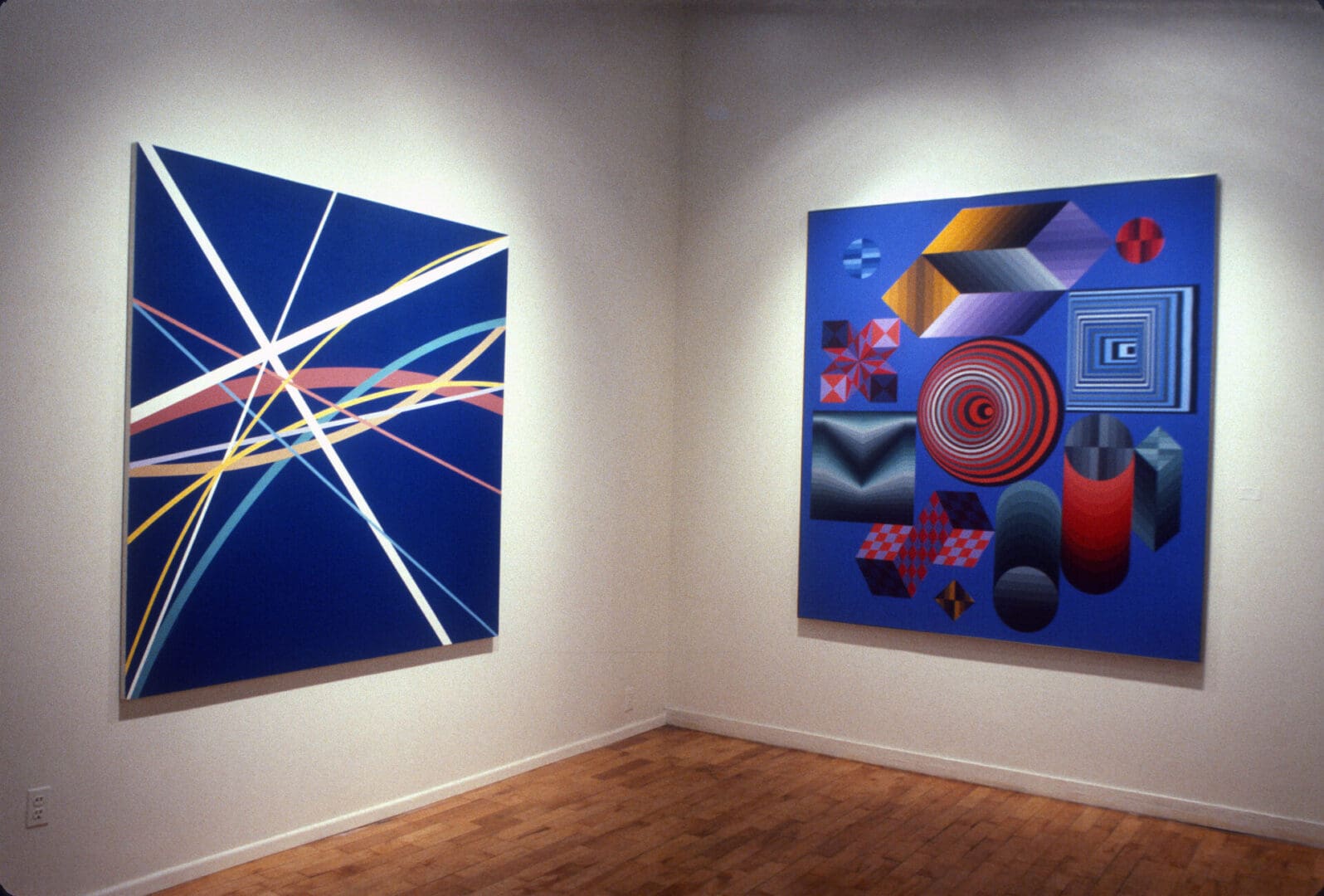
Clifford Singer and Victor Vasarely. Vasarely Center. 1988. Installation
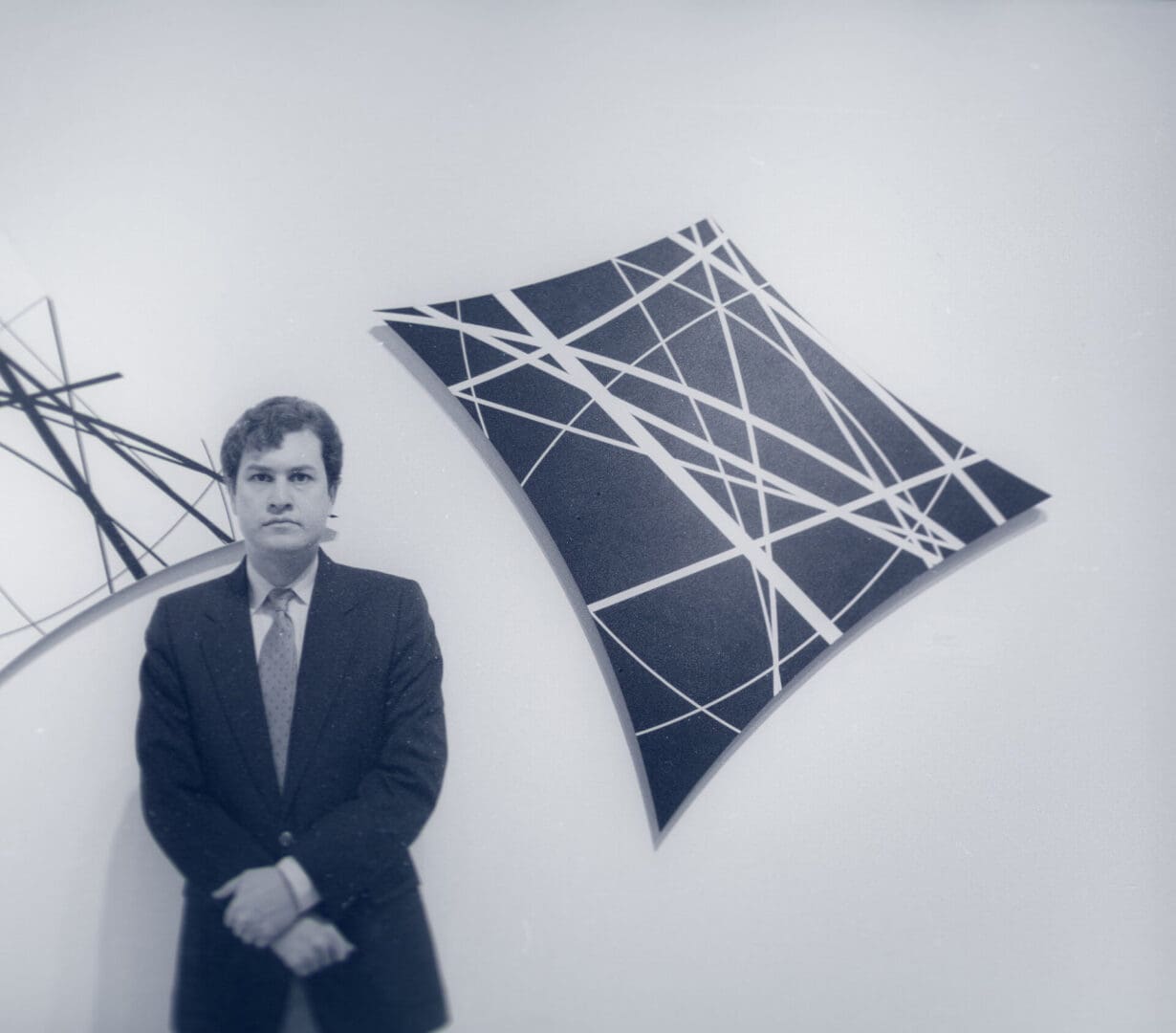
Clifford Singer. 1988. Self Portrait. Vasarely Center. New York. B&W Film. 8 sec delay Nikkormat Camera
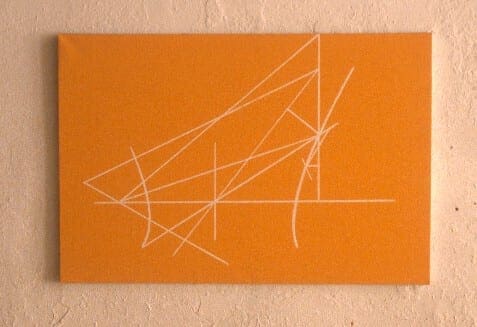
Clifford Singer, (ref. Newton, Principia), Blue Complement (Orange), 1978©, Gouache on acrylic on canvas
Collection of the Artist
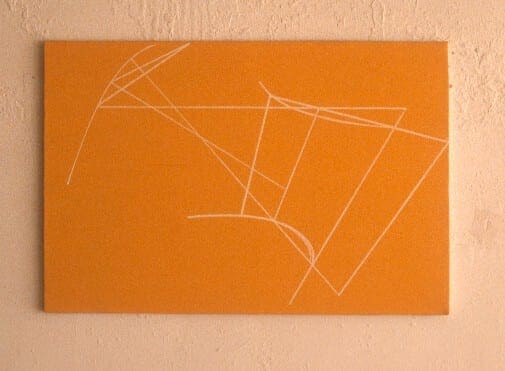
Clifford Singer,(ref. Newton, Principia), Blue Complement (Orange), 1978©, Gouache on acrylic on canvas
Collection of the Artist

Clifford Singer, (ref. Newton. Principia), Comet In Parabolic Orbit, 1978©, [See Remake 2023 in About Clifford Singer]. Gouache on Acrylic on Canvas, Collection of the Artist.
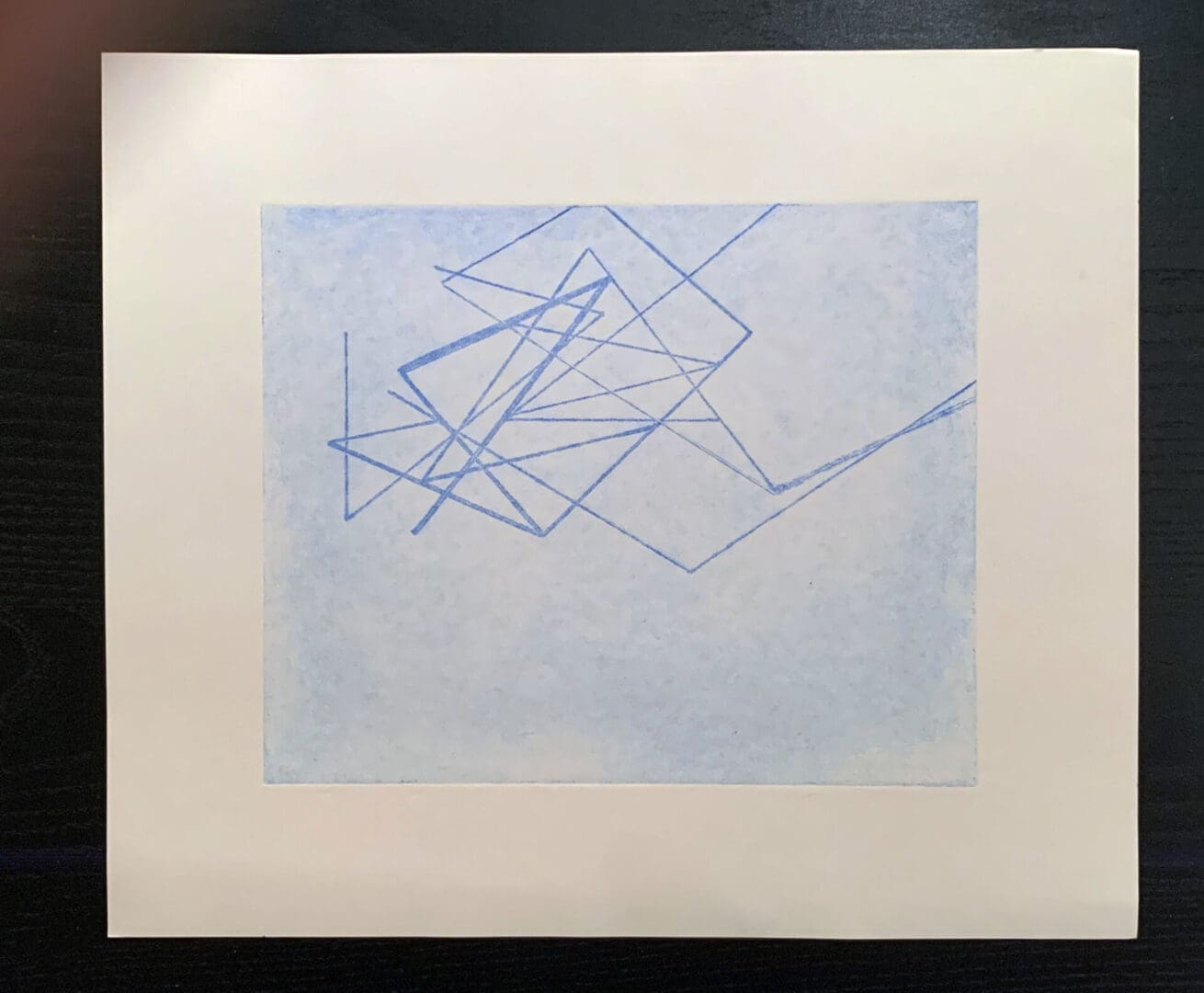
Clifford Singer, Geometrical Clouds Series, 1978©, Acquatint Etching, Zinc Plate Etching Intaglio Process,
Ink on Paper, 12 x 14 inches
Produced while working in Vincent Longo's print making studio.
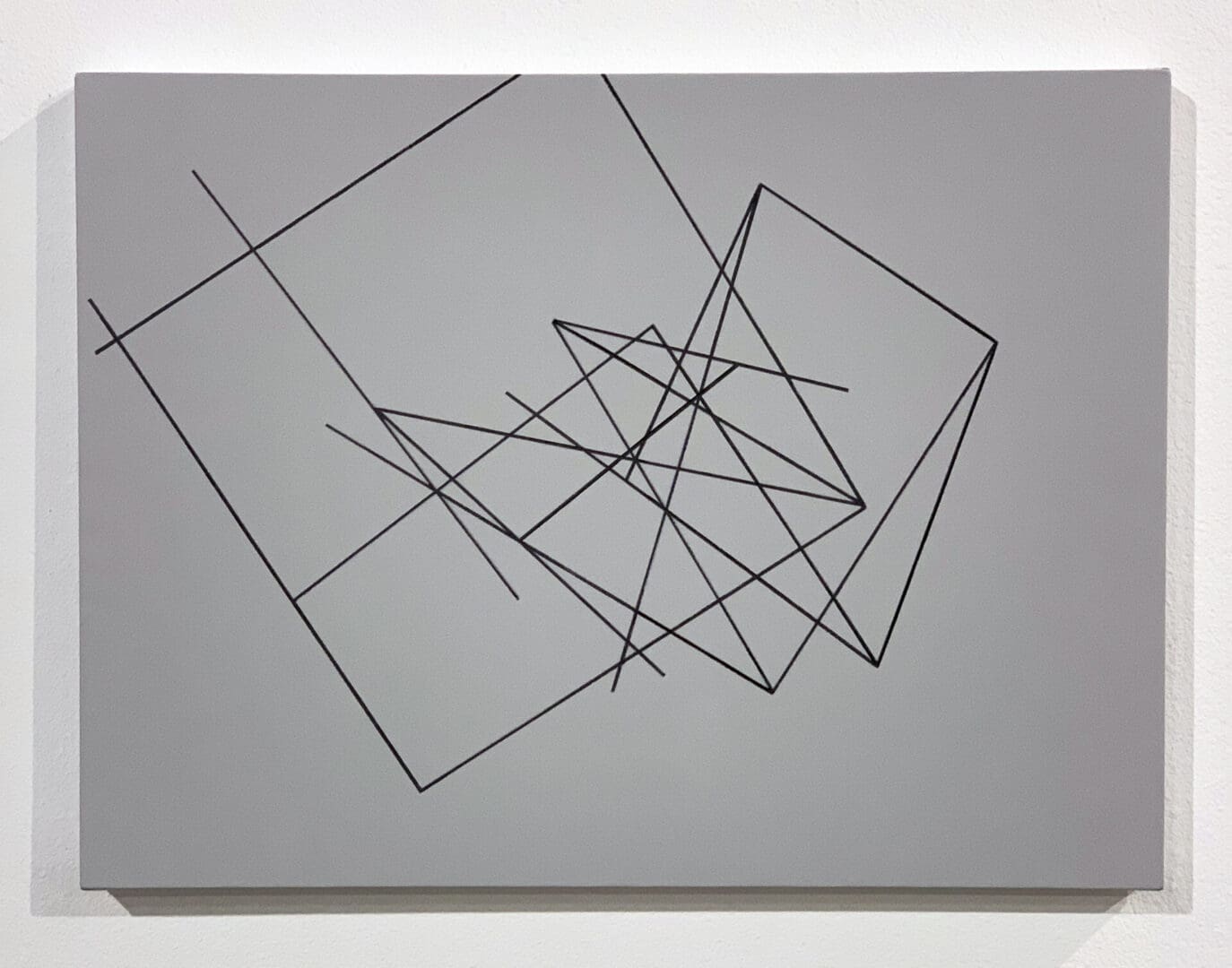
Clifford Singer, Untitled, 1978©,
Gouache on Oil on canvas, 22 x 34 inches
Produced while in Robert Swain's graduate painting class at Hunter College.
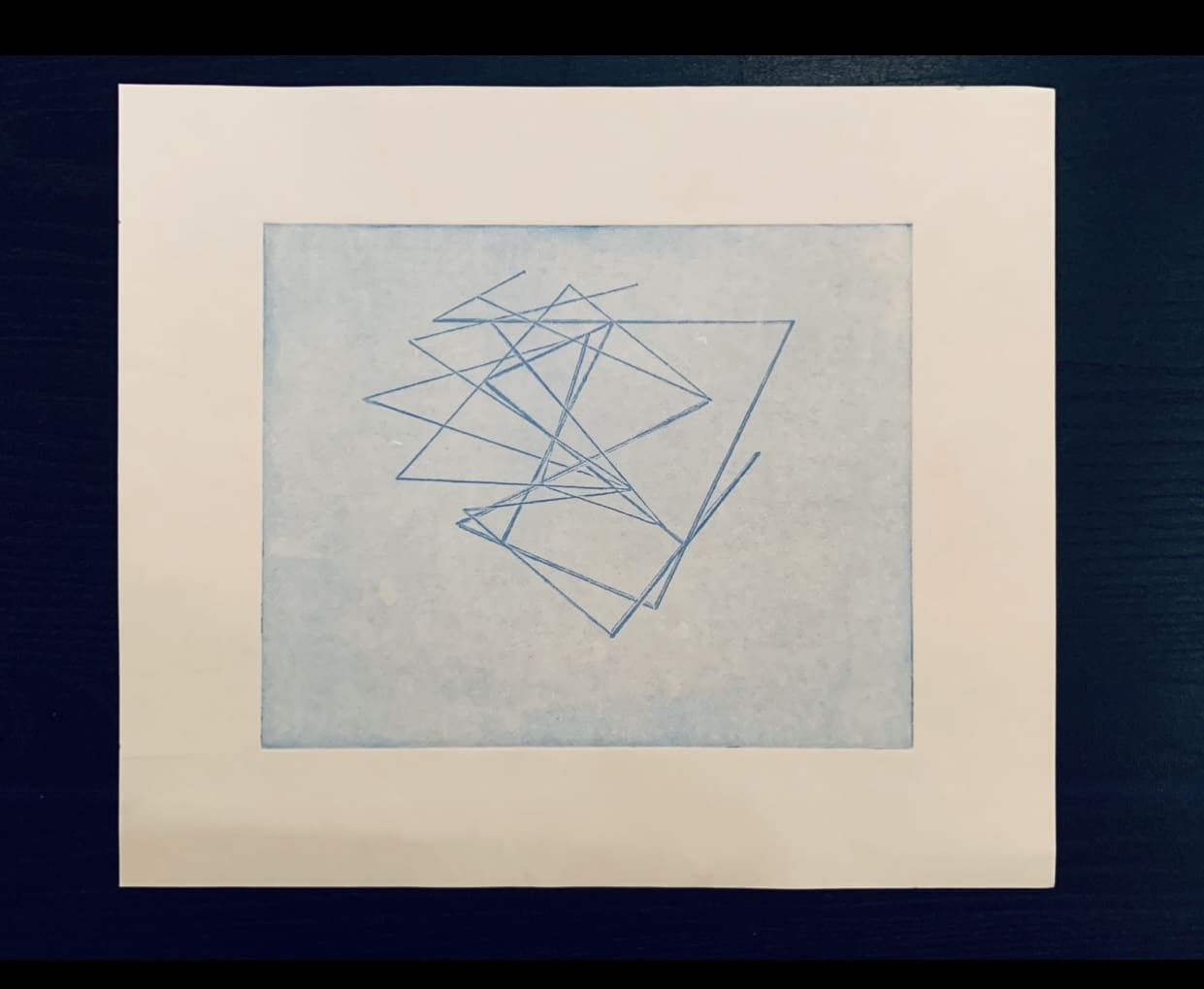
Clifford Singer, Geometrical Clouds Series, 1978©, Acquatint Etching, Zinc Plate Etching Intaglio Process,
Ink on Paper, 12 x 14 inches
Produced while working in Vincent Longo's print making studio.
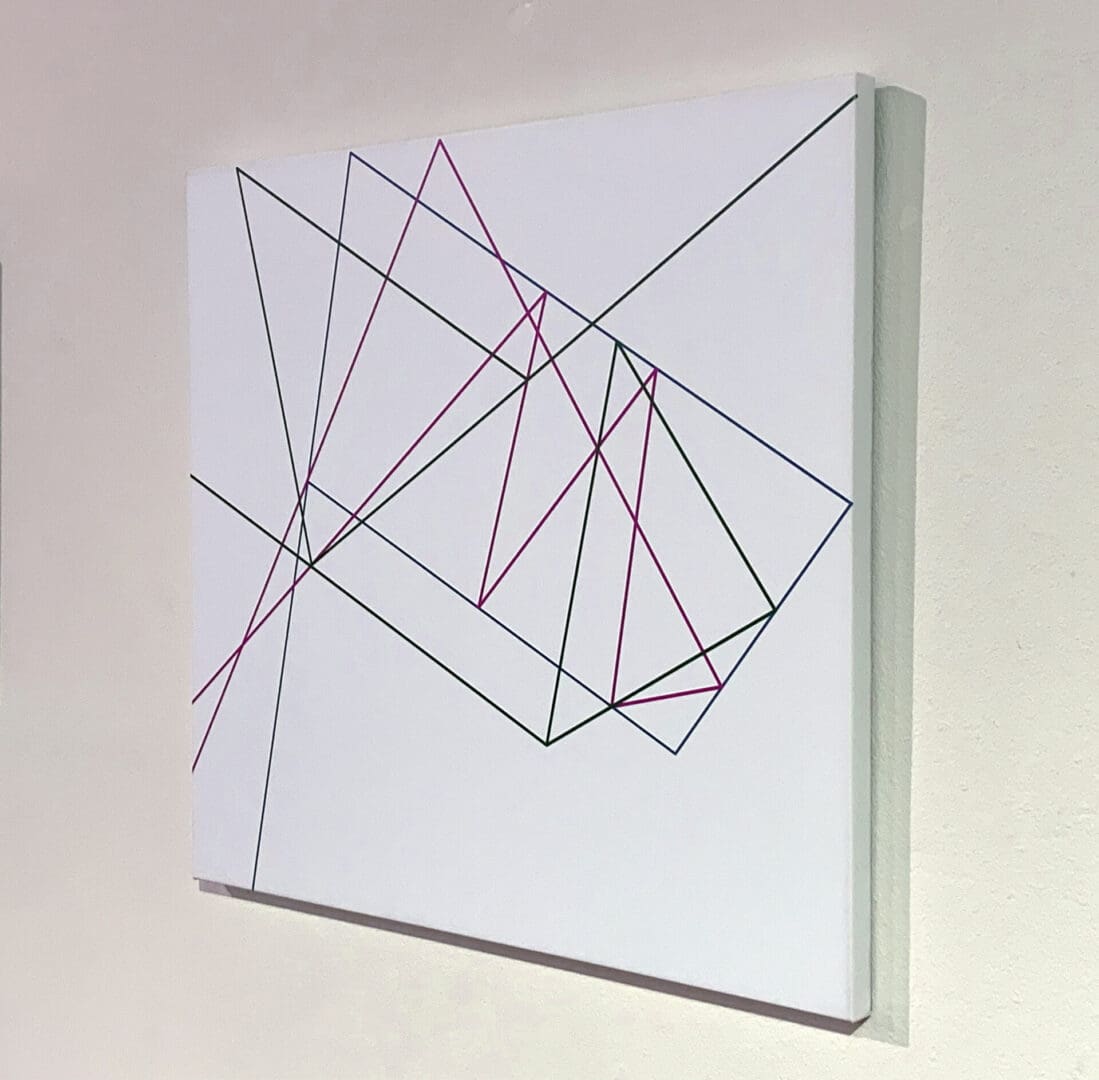
Linear Drawing. 1975. Archival Ink on Canvas. 34 x36 inches
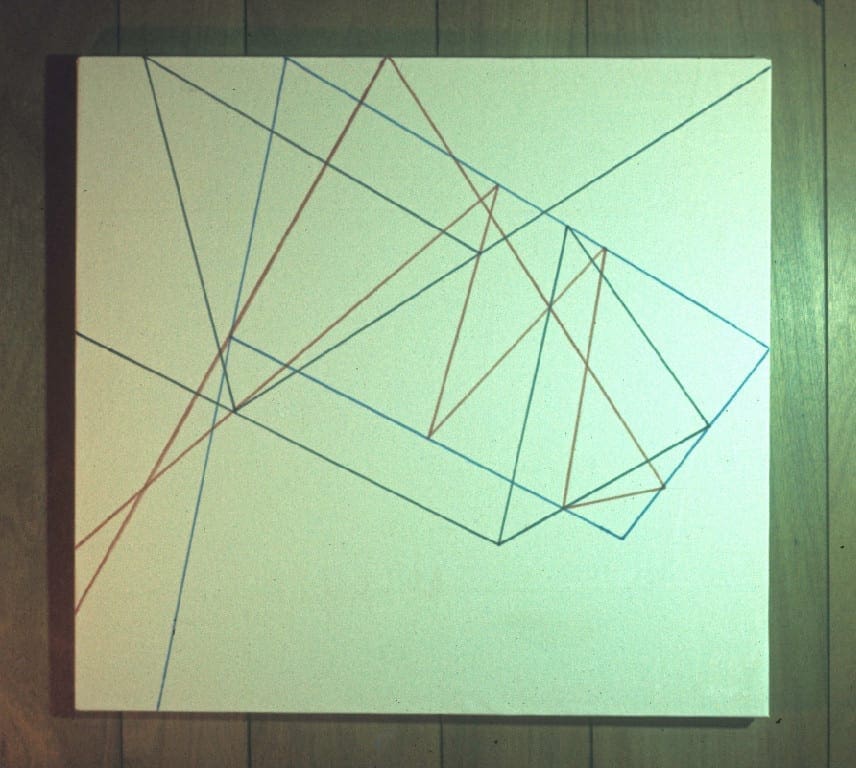
Clifford Singer, Untitled, 1975©, Ink on raw unprimed canvas,
40 x 50 inches.
Collection of the Artist.

Clifford Singer, Untitled, 1975©, Ink on raw unprimed canvas,
40 x 40 inches.
Collection of the Artist.
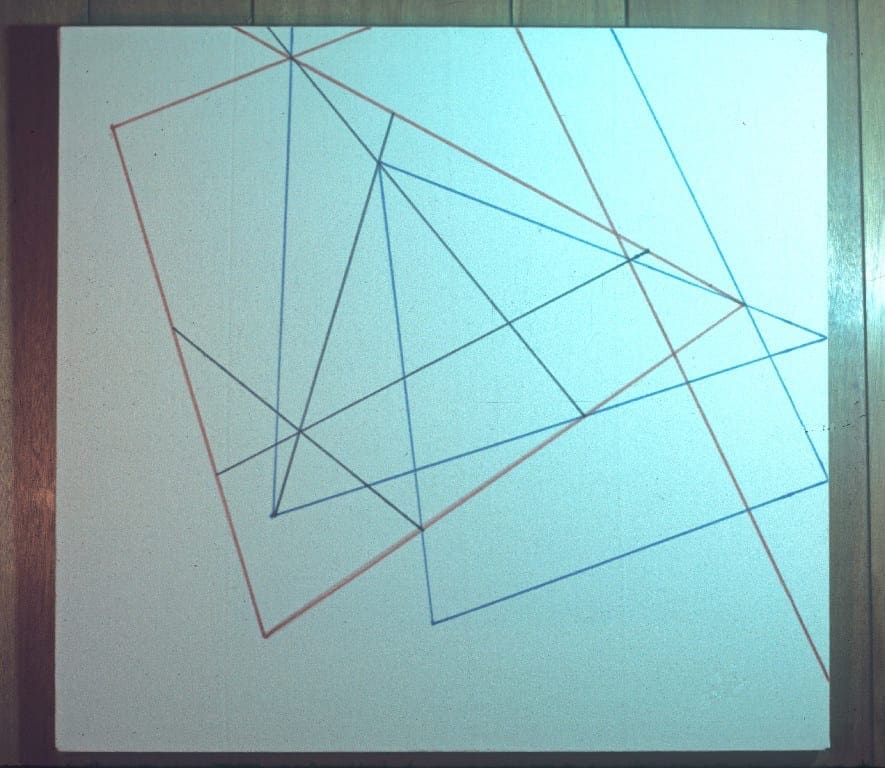
Clifford Singer, Pyramid, 1975©, Ink on raw unprimed canvas,
40 x 50 inches.
Collection of the Artist.
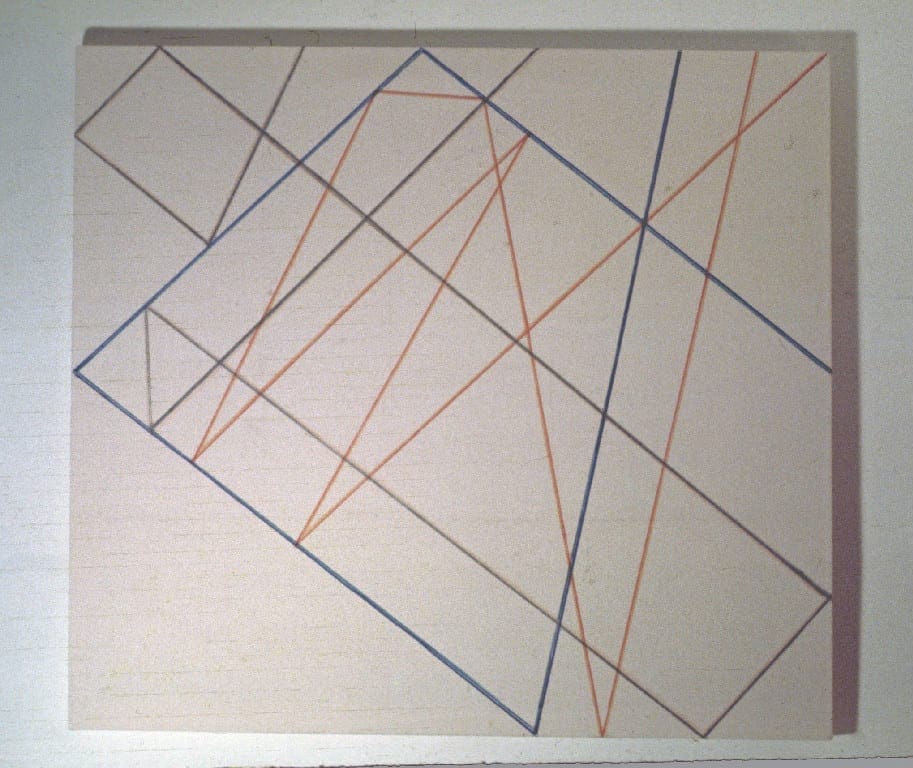
Clifford Singer, Untitled, 1975©, Ink on raw unprimed canvas,
40 x 50 inches.
Collection of the Artist.
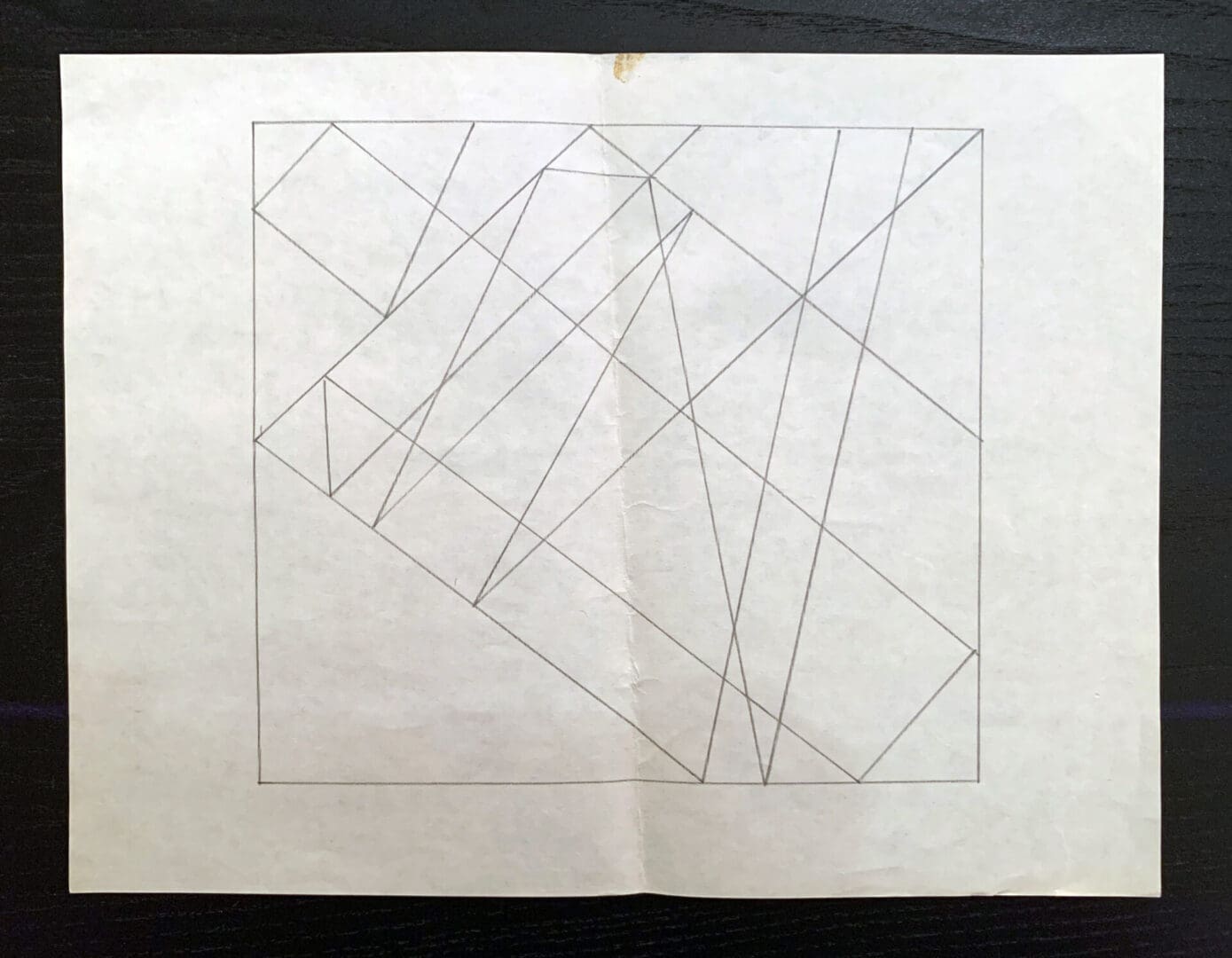
Drawing For Ink on Raw Canvas.. 1975. Pencil on Paper.
8 1/2 x 11 inches

Geometrical Bird. 1975. ink on canvas 36 x 40 inches
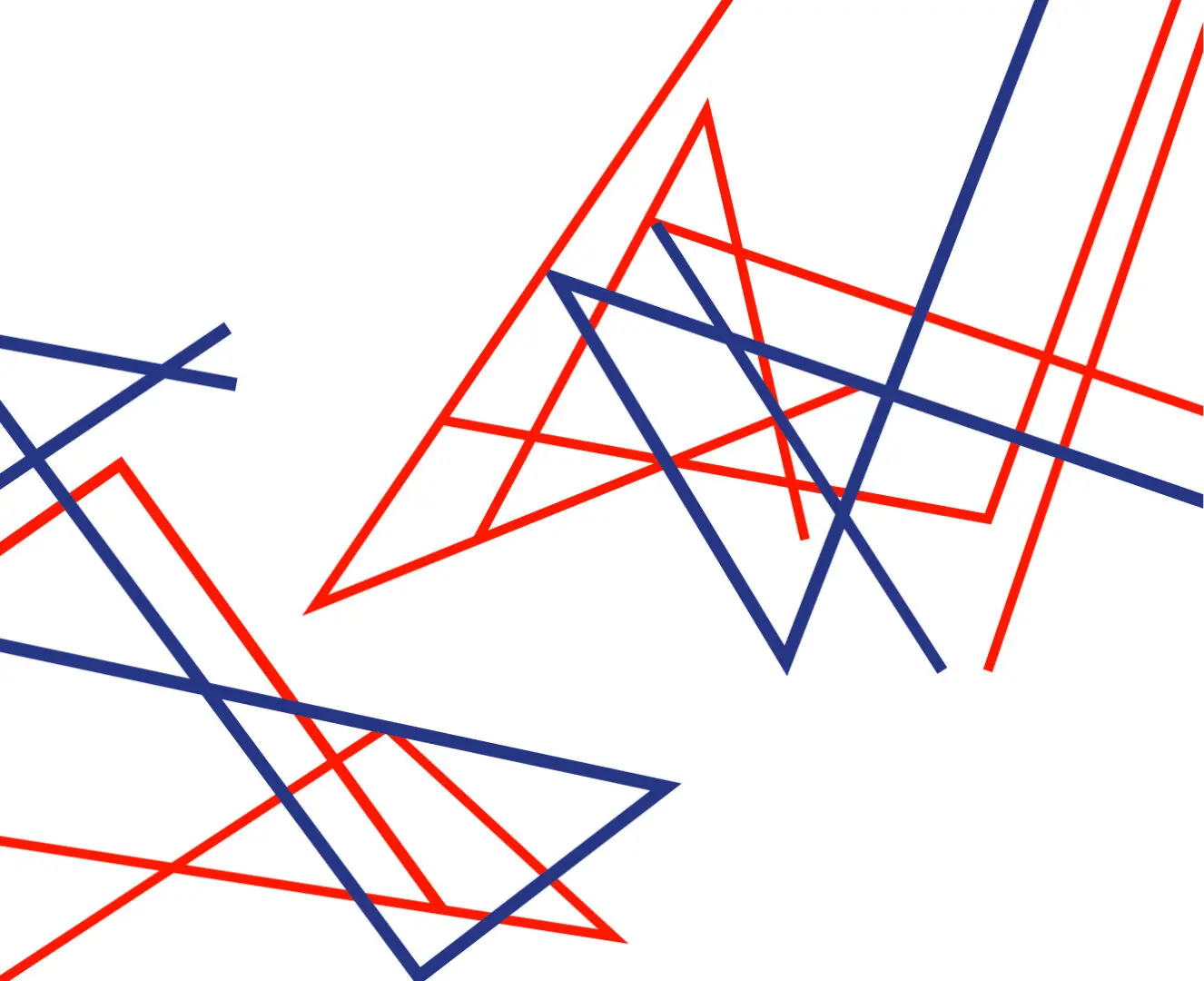
Geometrical Bird. 1975. Archival Ink on Canvas. 34 x 36 inches
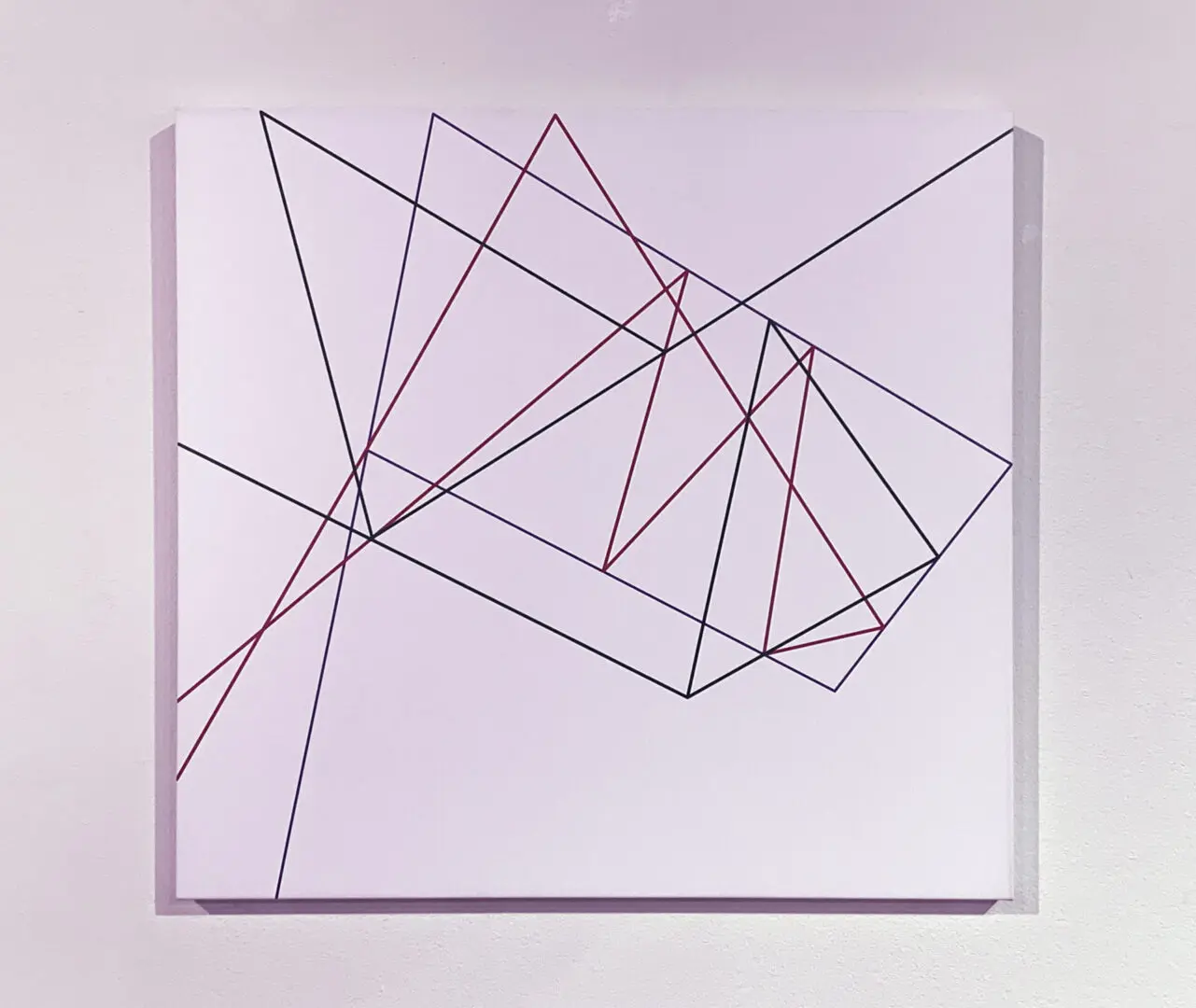
Linear Drawing. 1975. Archival Ink on Canvas. 34 x 36 inches

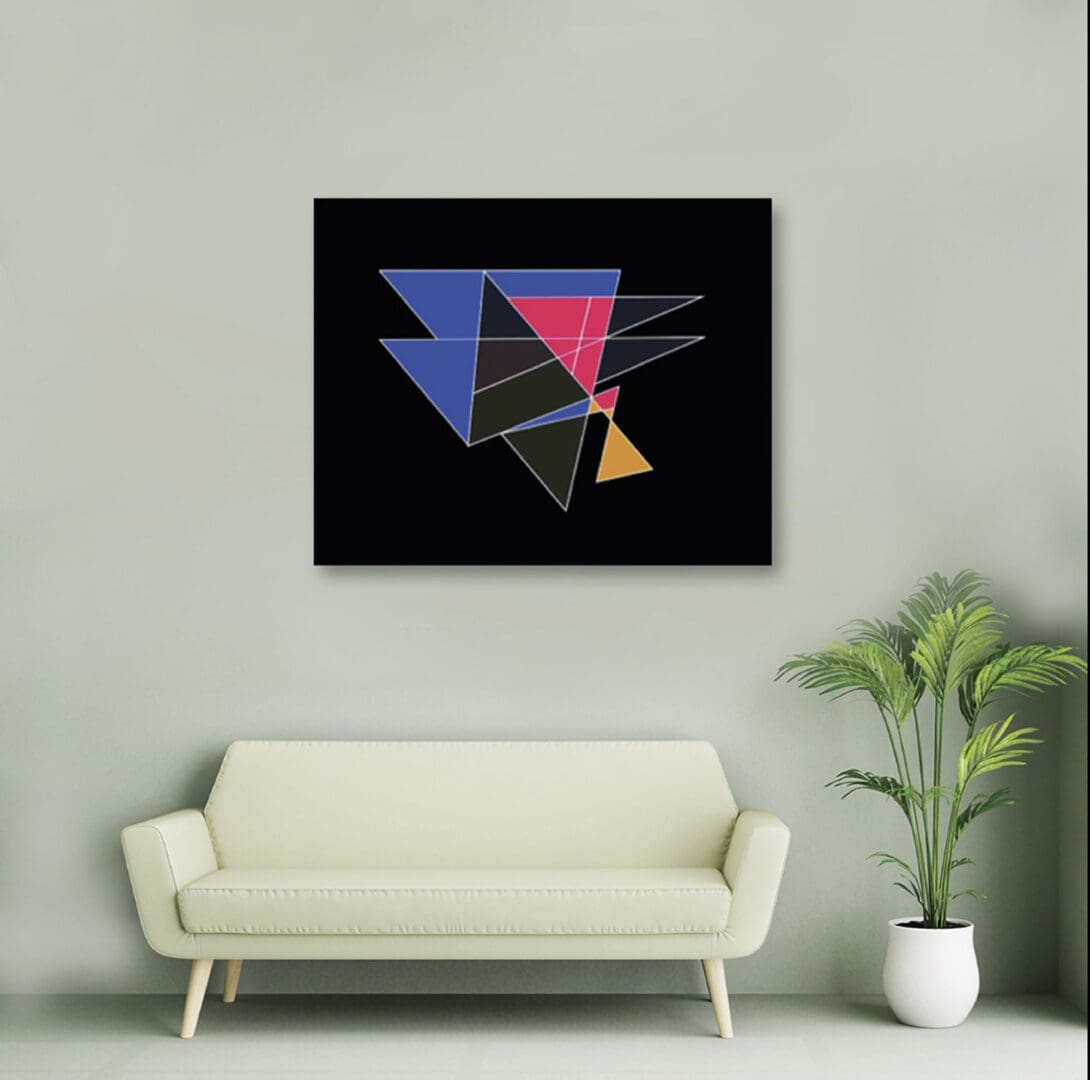
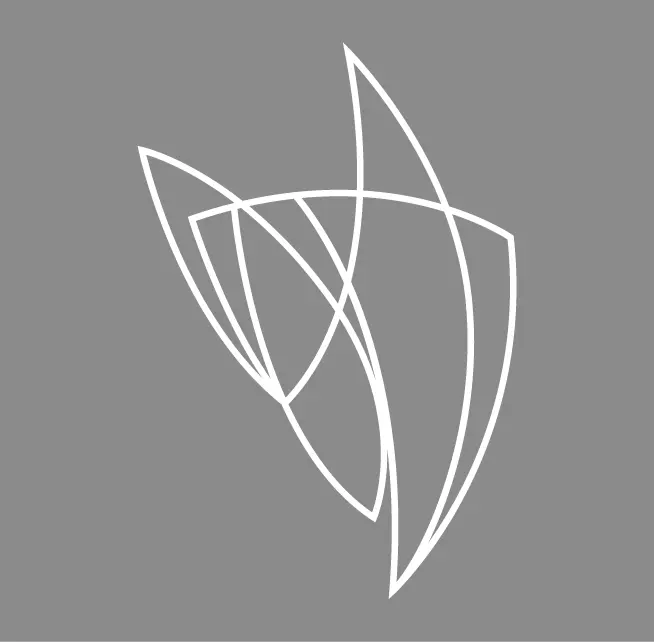
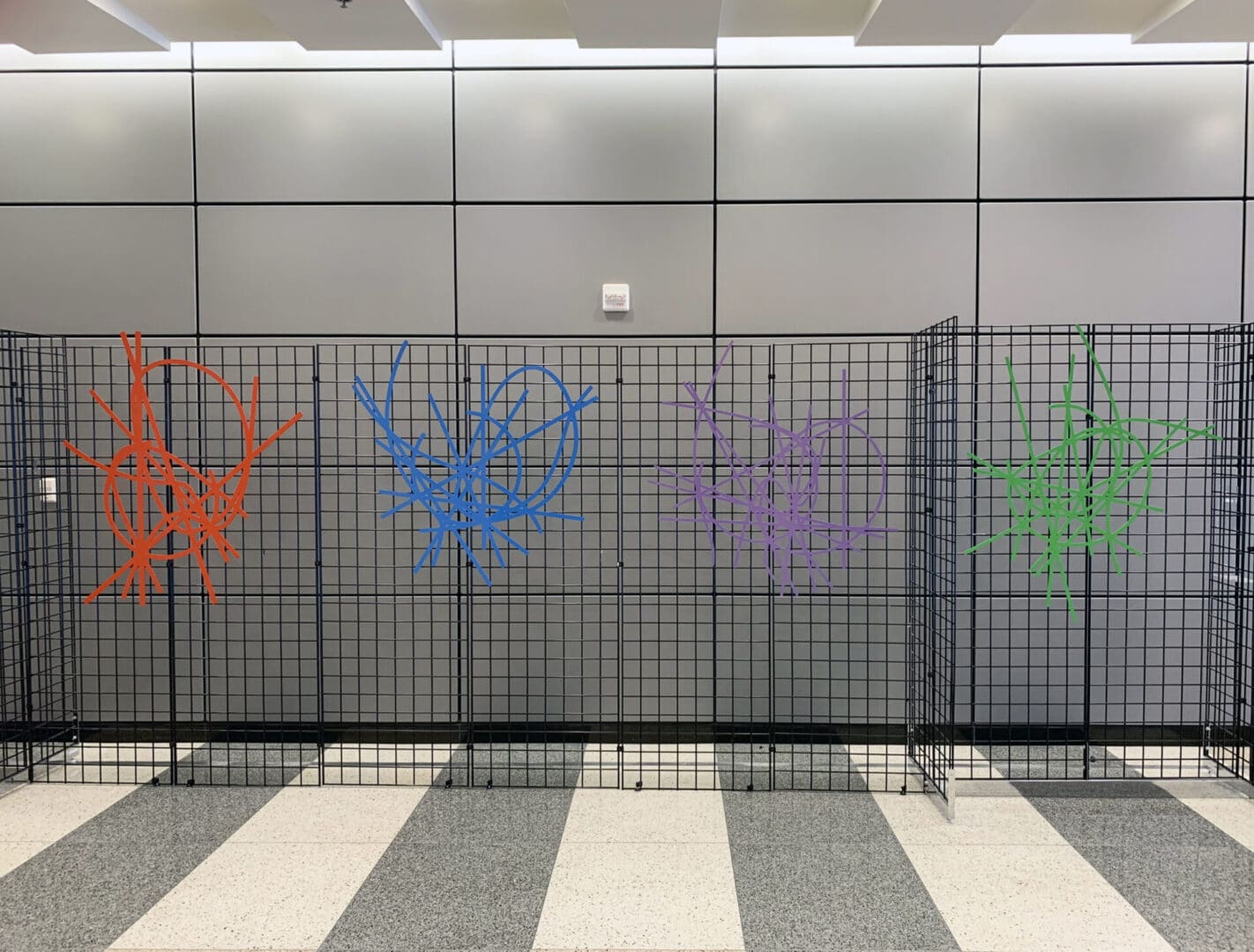
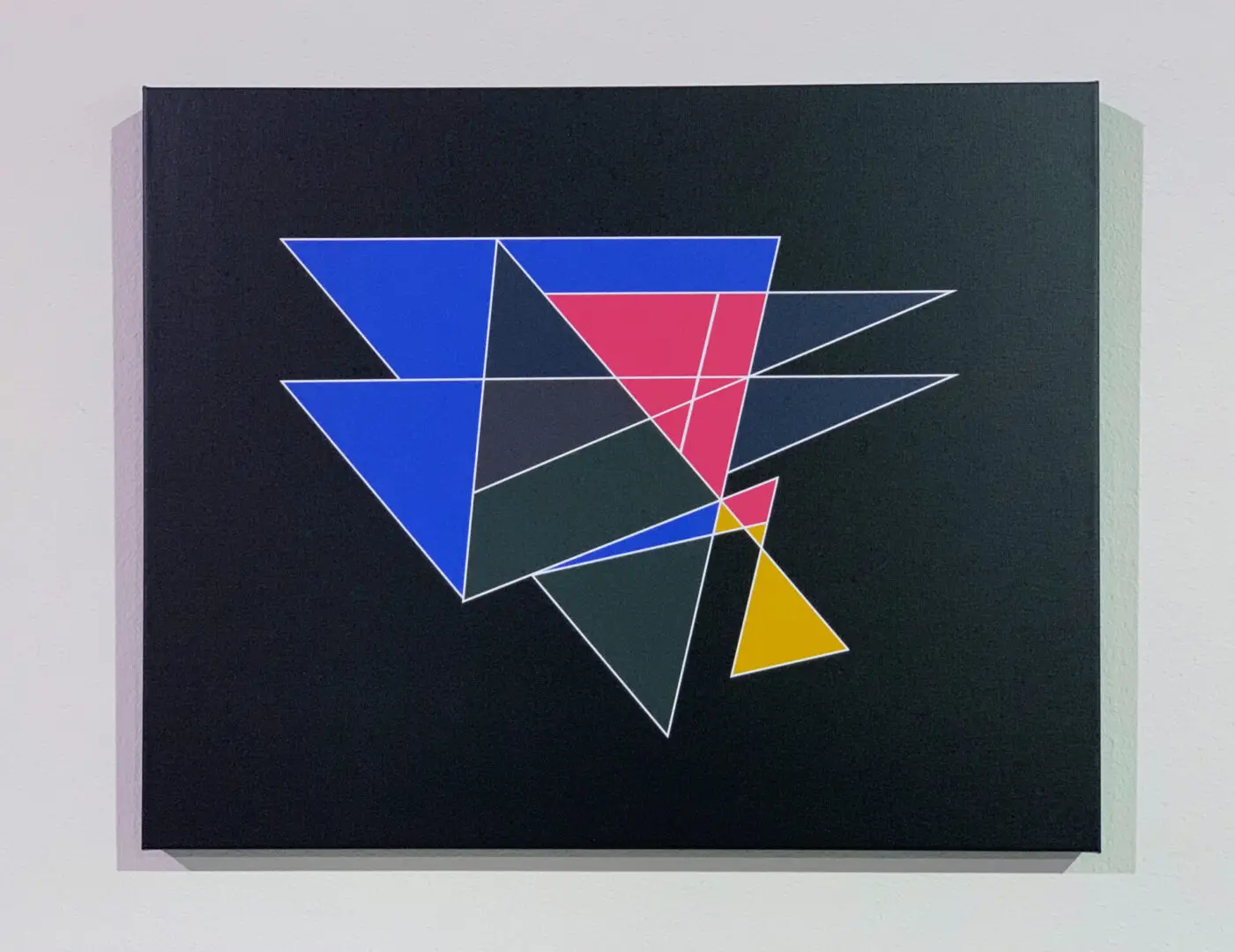
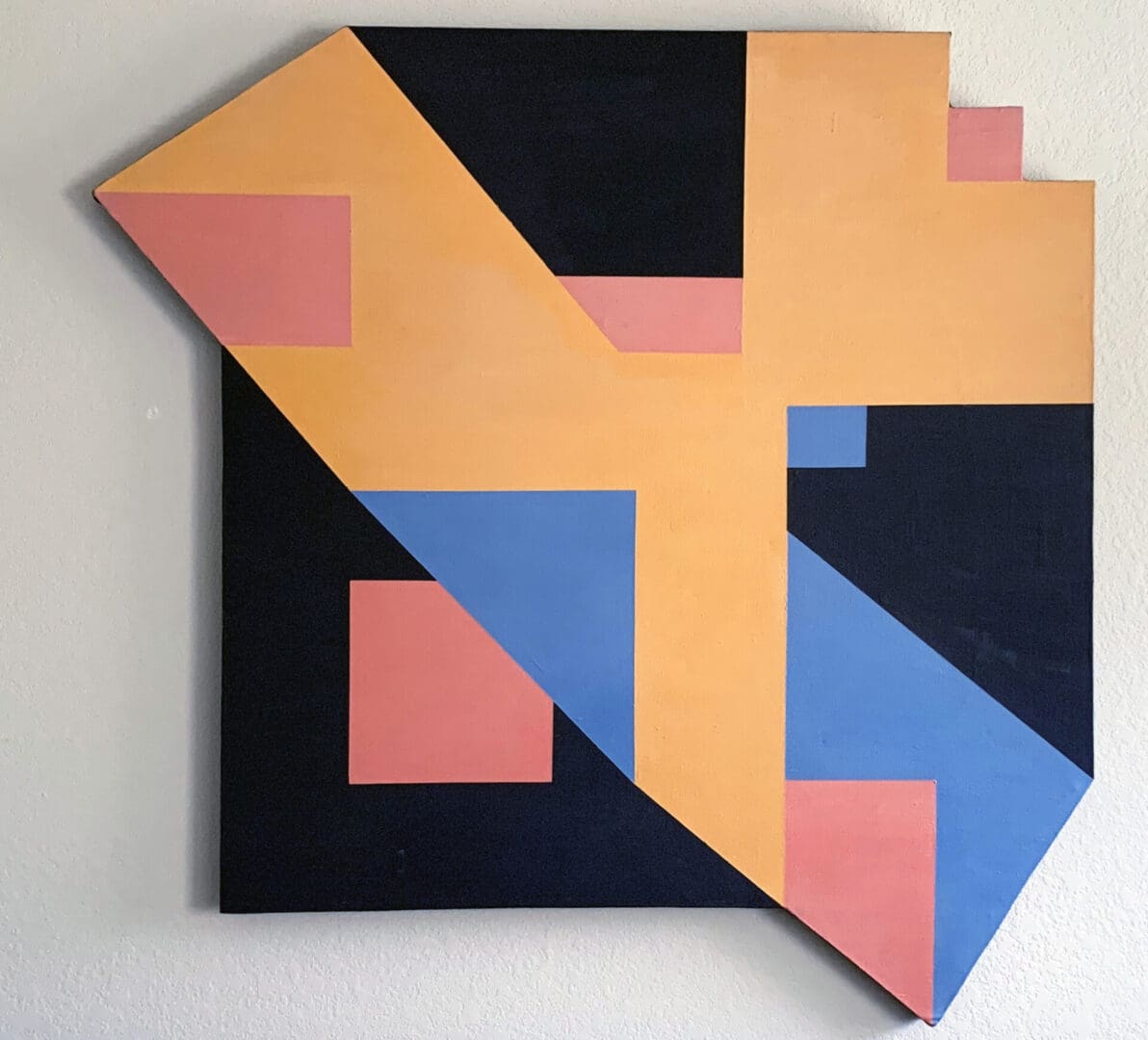
Clifford Singer, Logarithmic Painting, 1973©, Acrylic
on canvas on shaped wood panel, 48 x 48 inches
original drawing on logarithmic graph paper
Photo: Clifford Singer, Great Neck, NY
Collection of the Artist
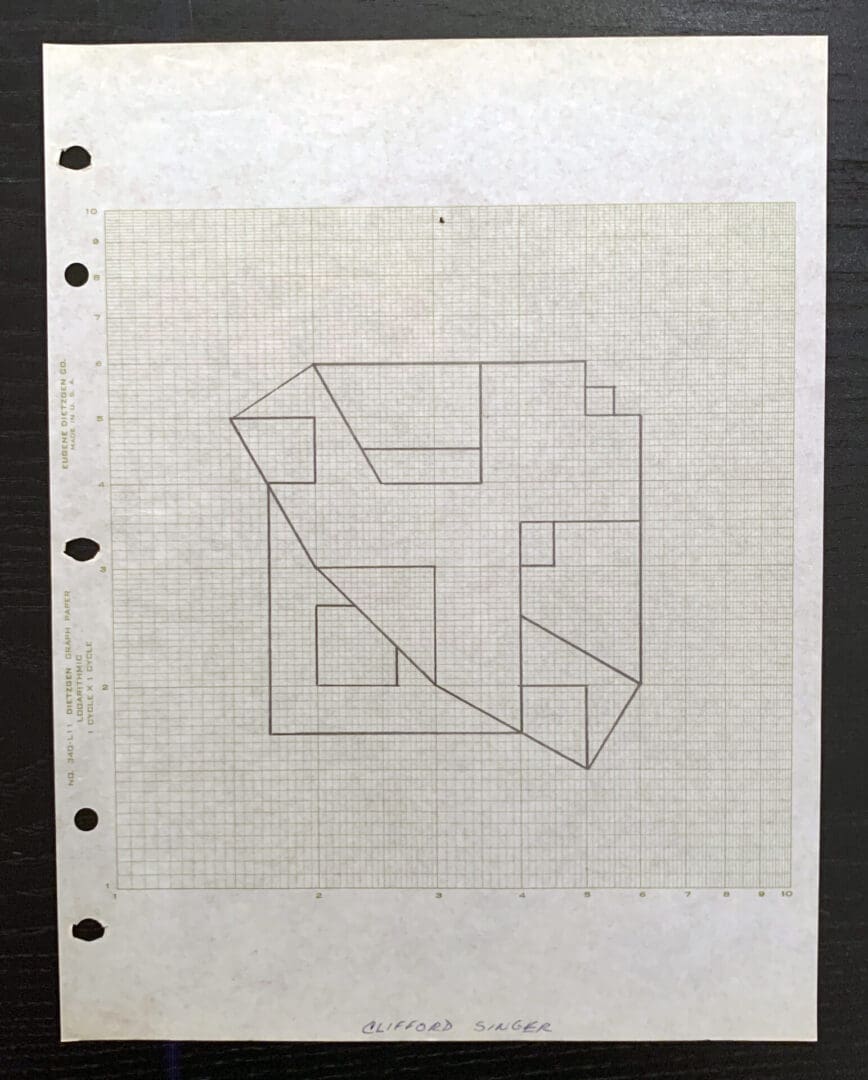
Logarithmic Painting. Drawing Study. 1973. 11 x 8 ½ inches.
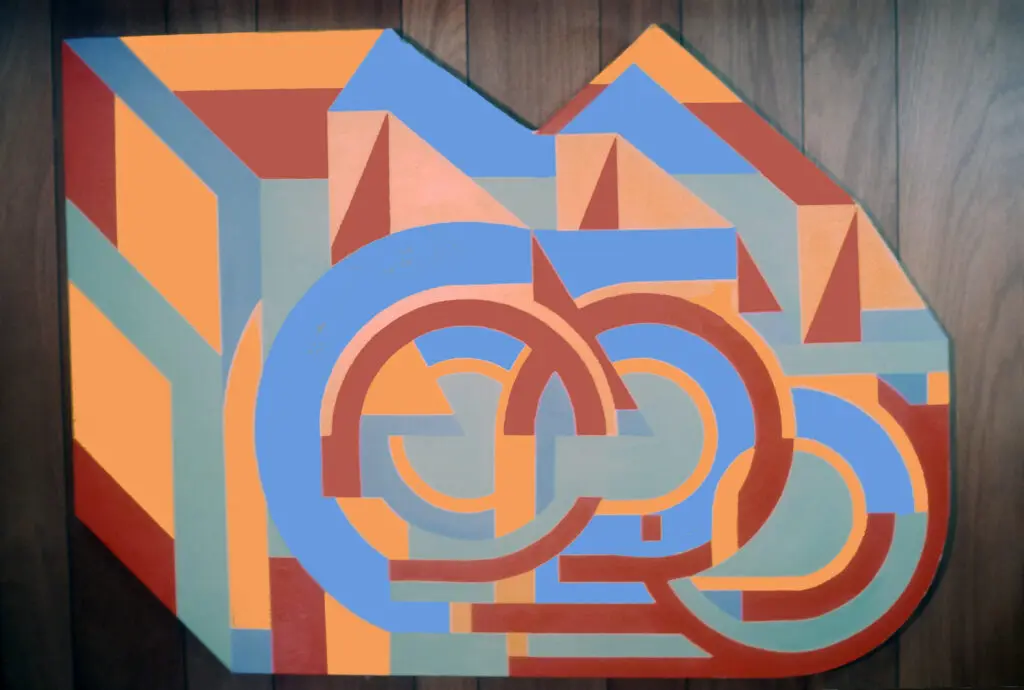
Clifford Singer, Locomotion, 1973©, Acrylic on canvas on shaped wood panel, approx. 48 x 60 inches
Photo: Clifford Singer, Great Neck, NY
Collection of the Artist
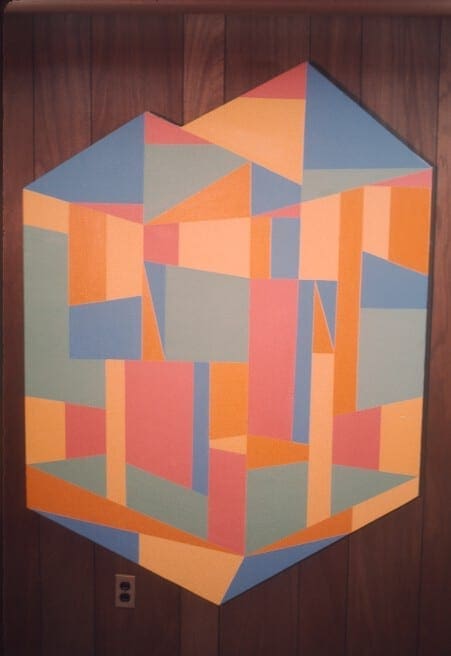
Clifford Singer, 4D Reflection House of Mirrors, 1973©,
Acrylic on canvas on shaped wood panel, approx. 60 x 48 inches
Photo: Clifford Singer, Great Neck, NY
Collection of the Artist
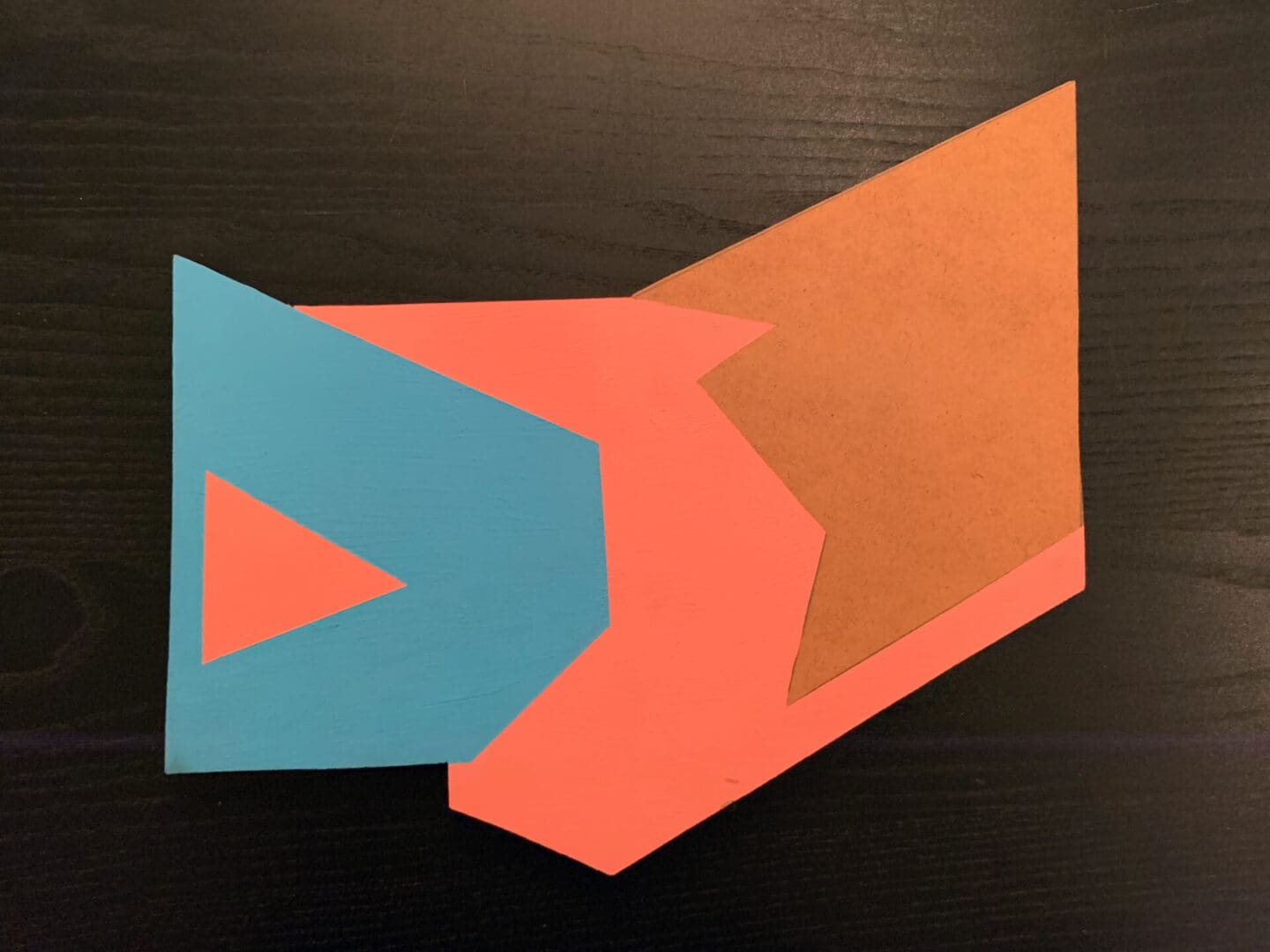
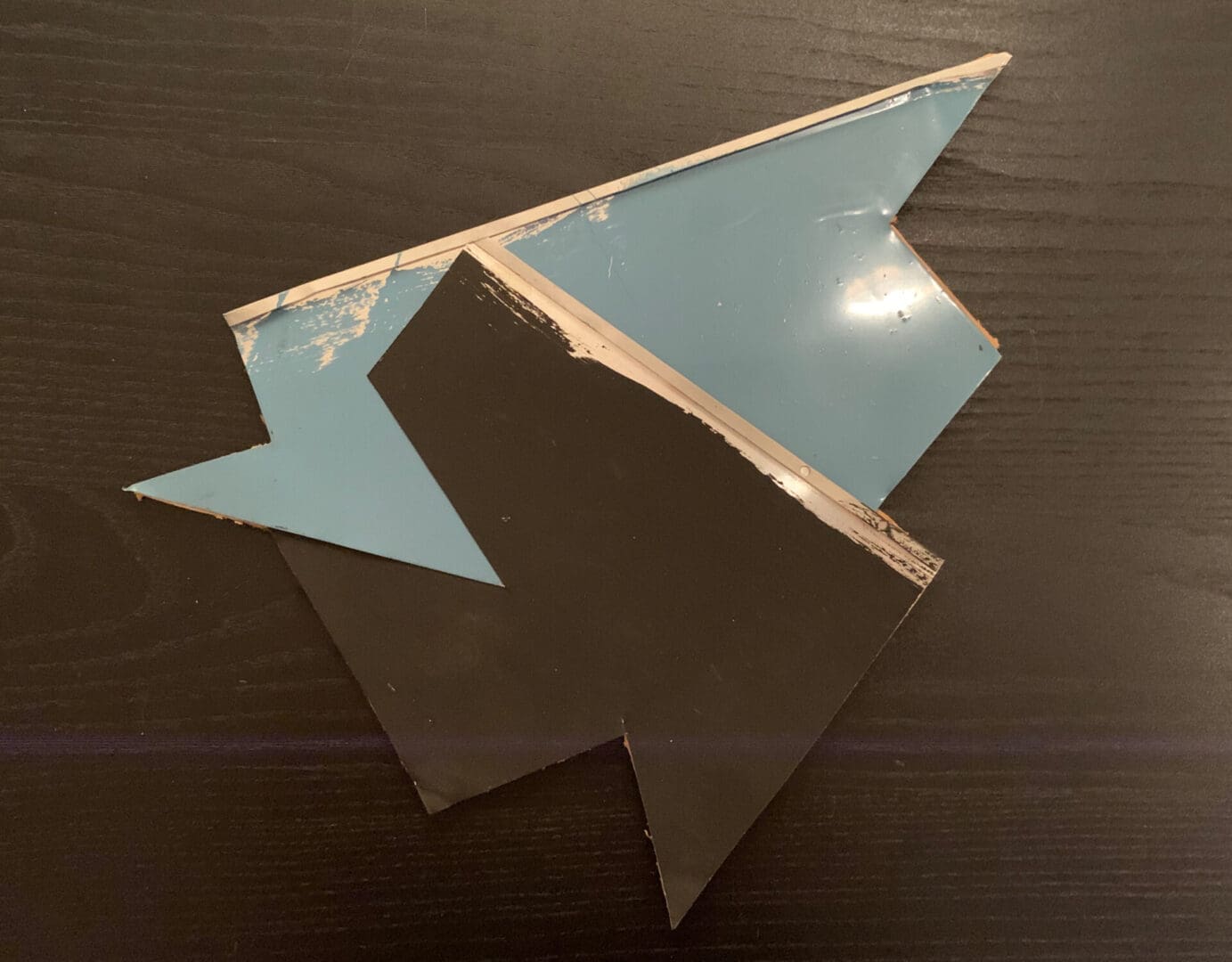

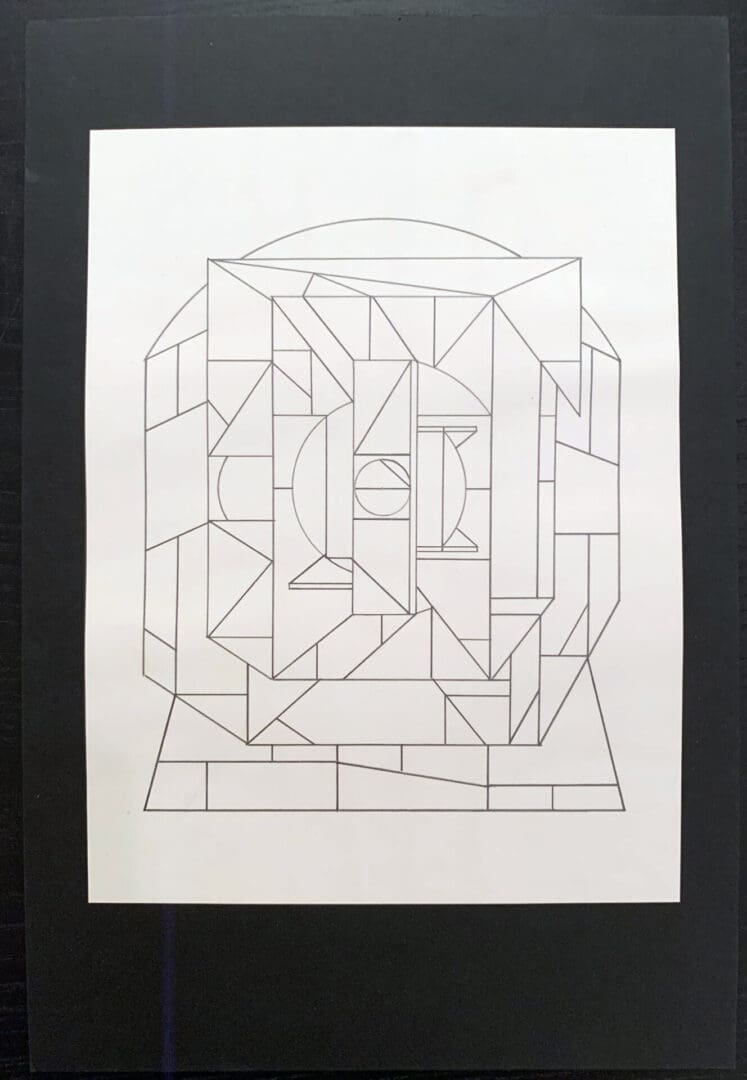

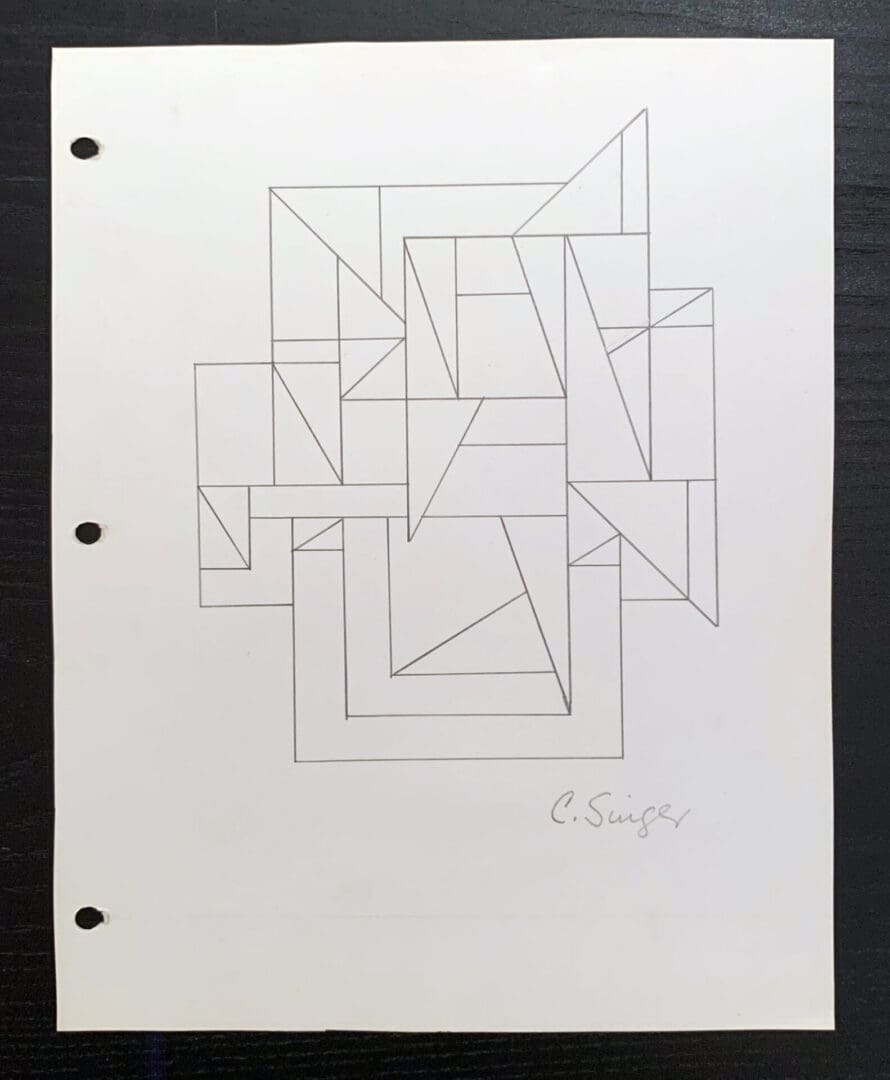
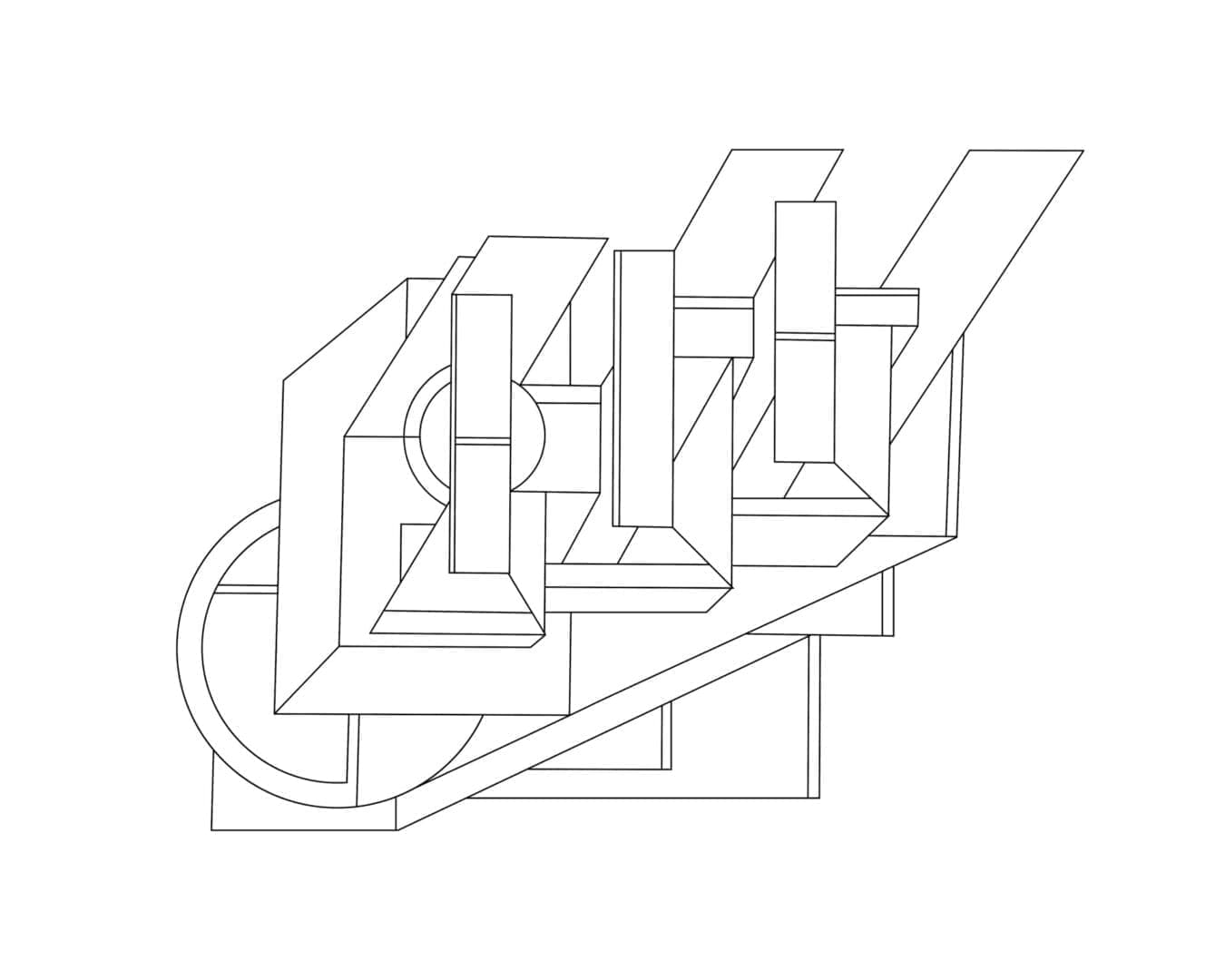


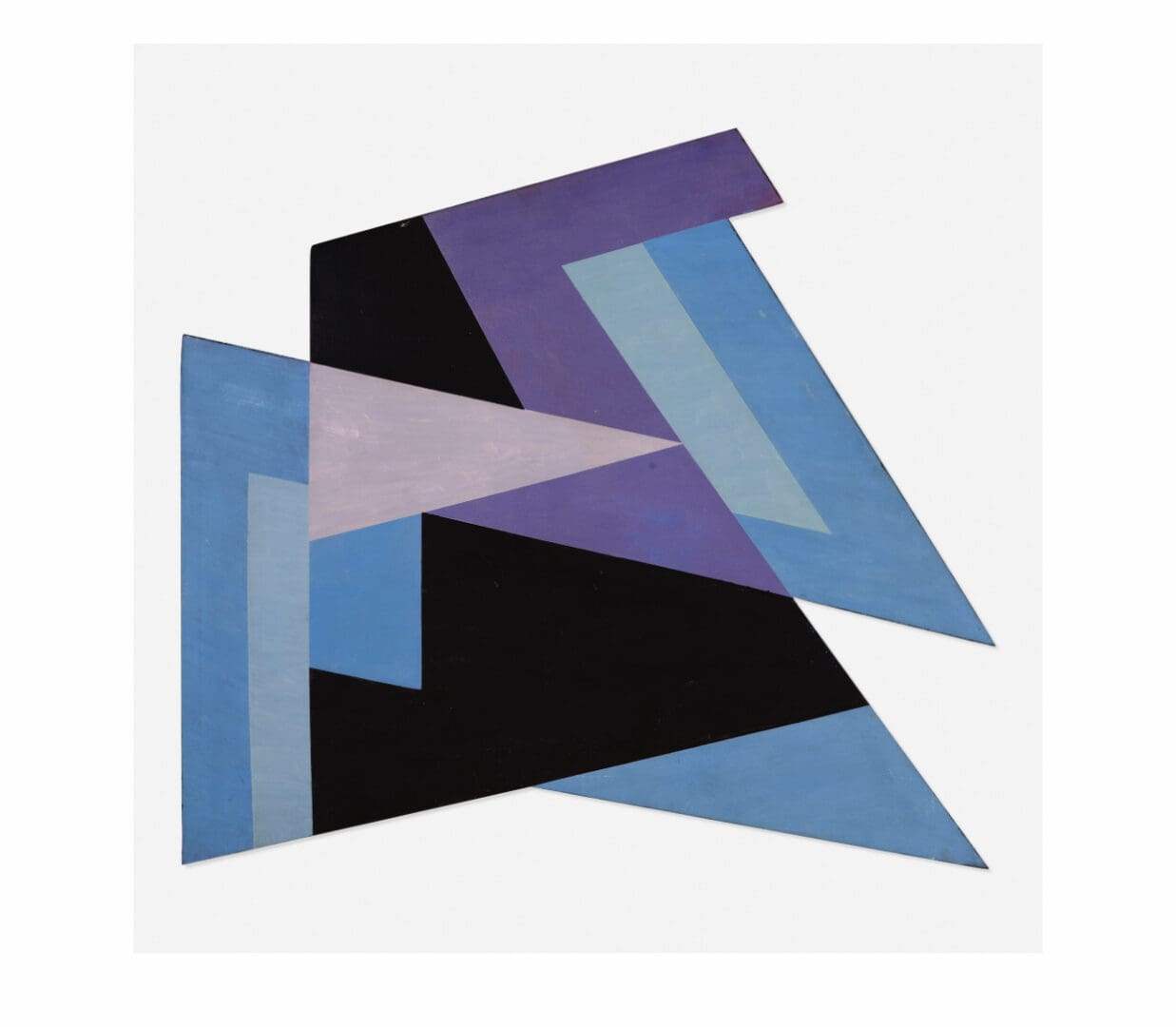
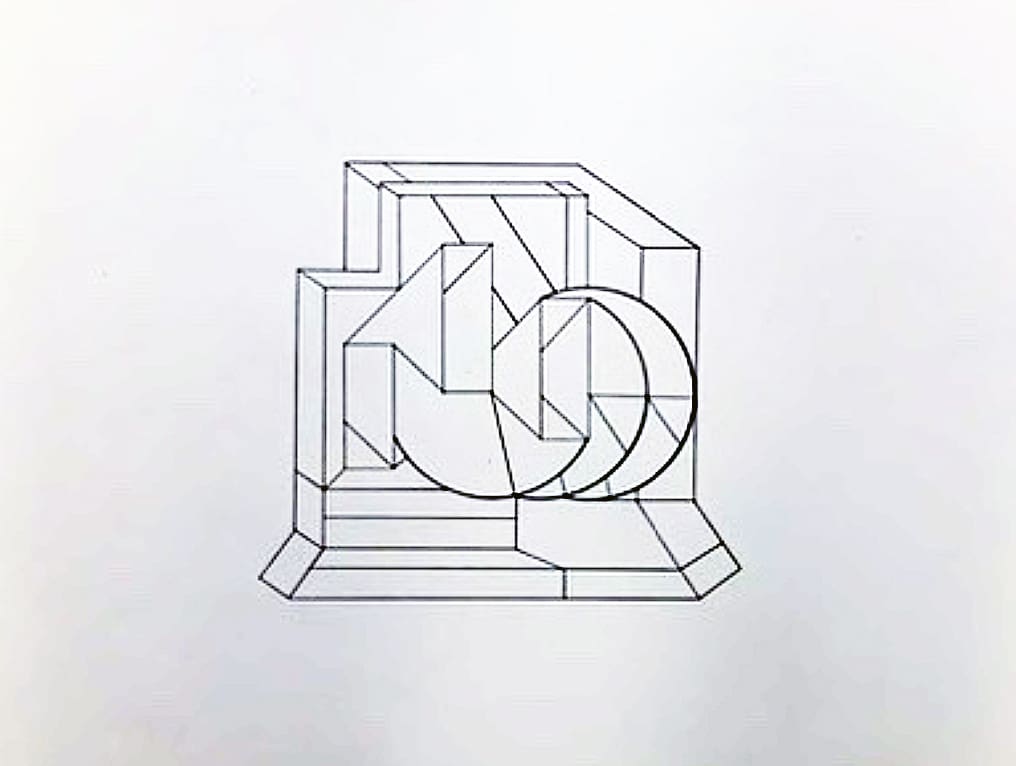

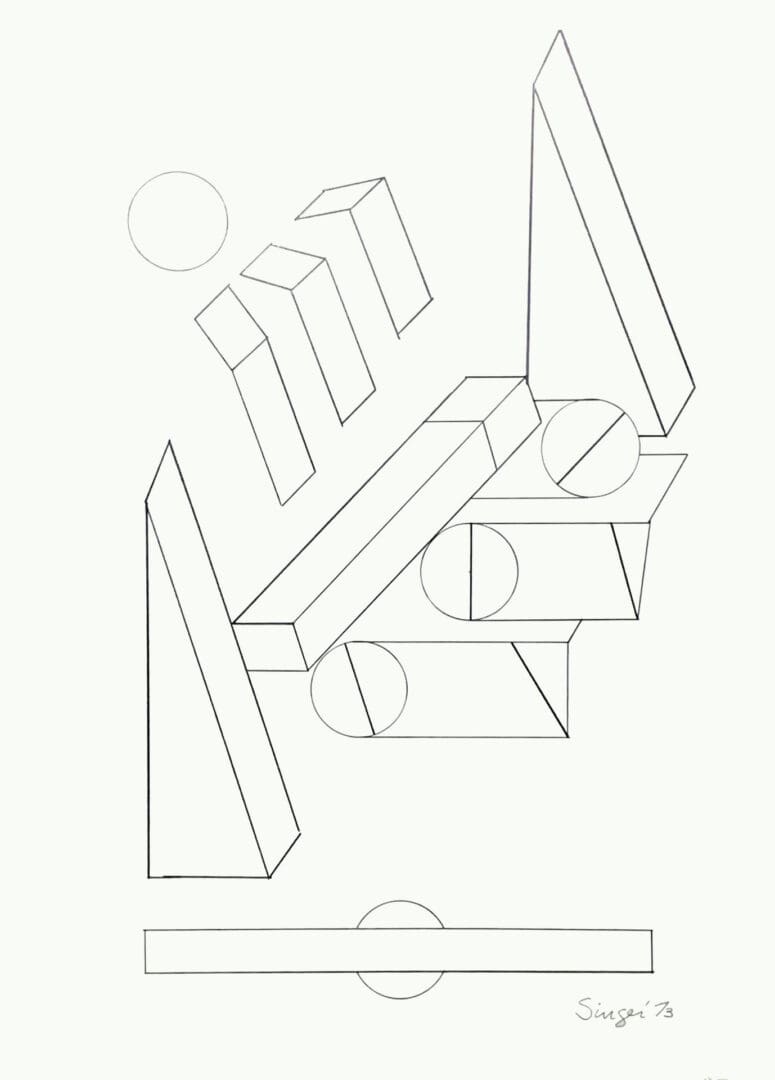
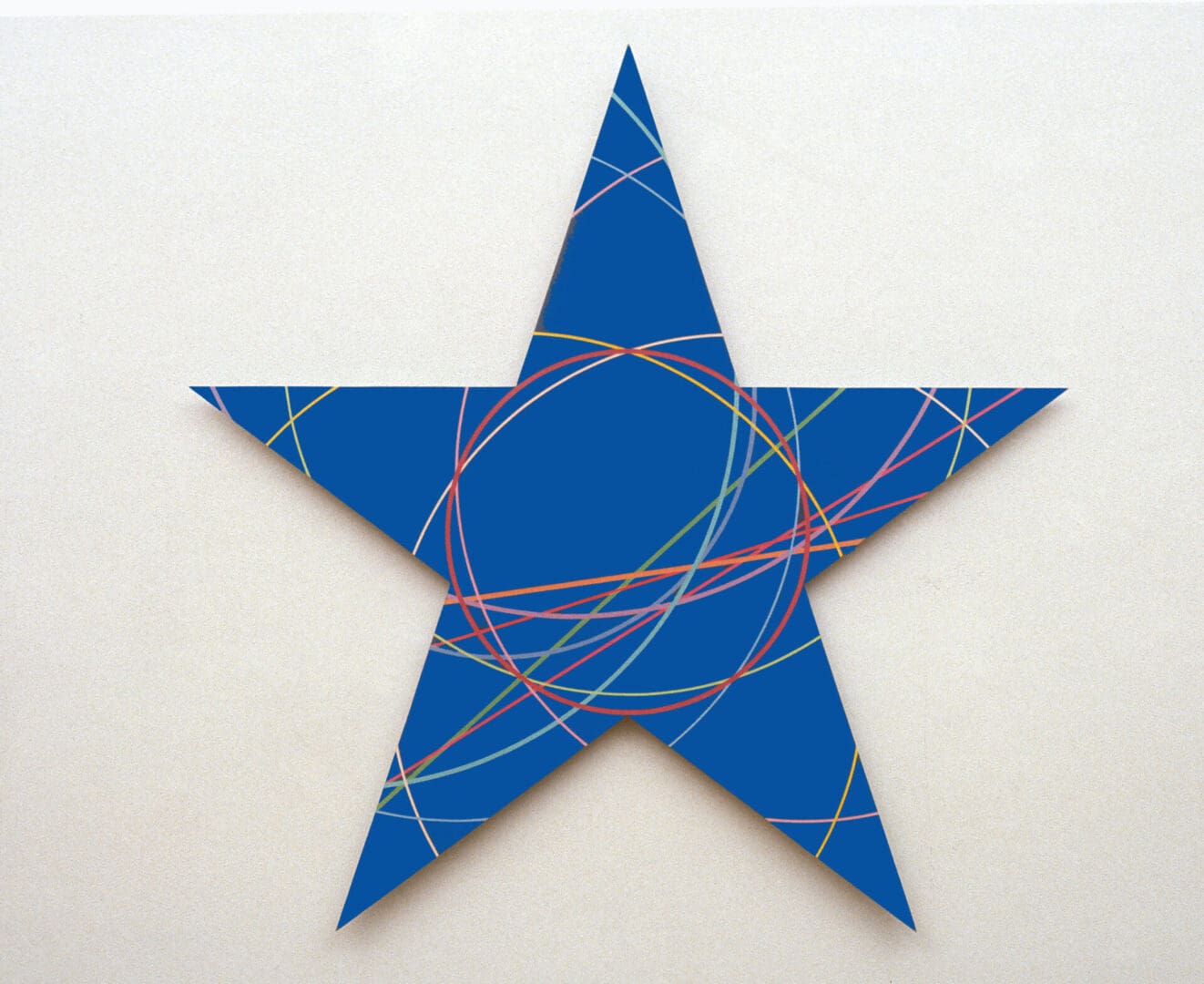
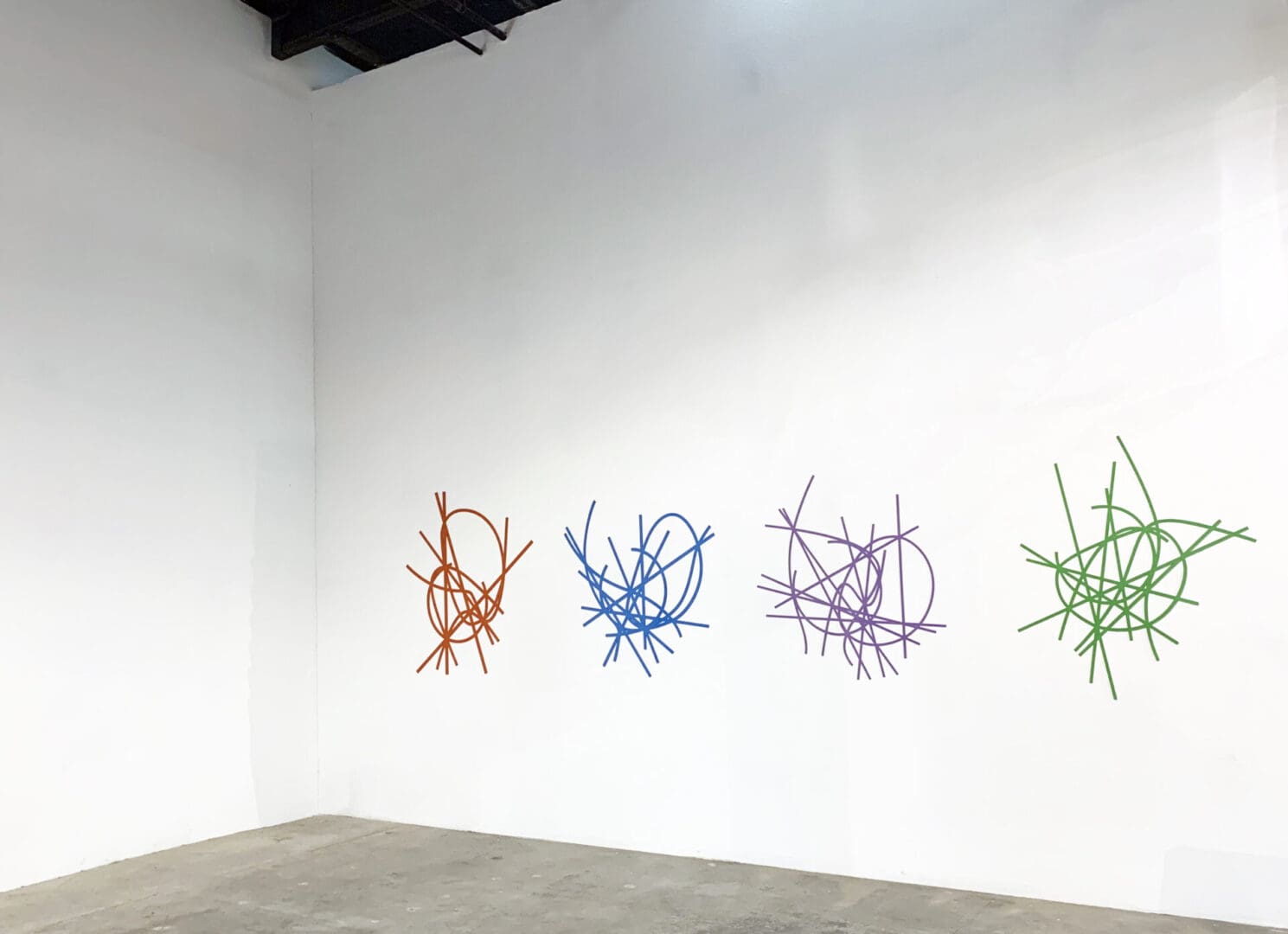

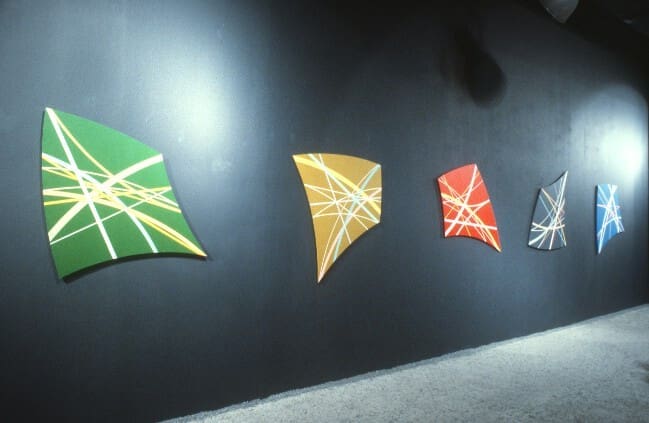
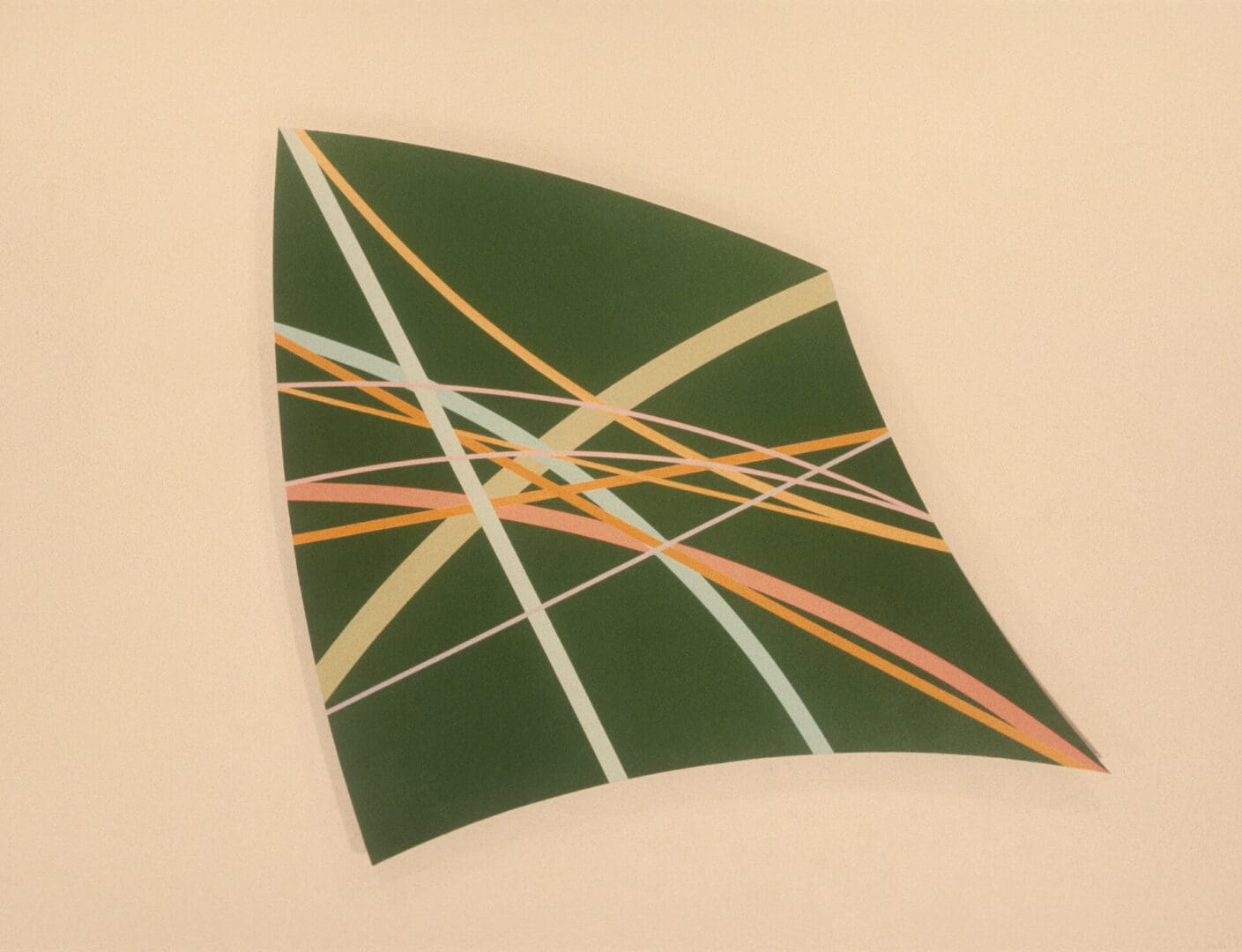
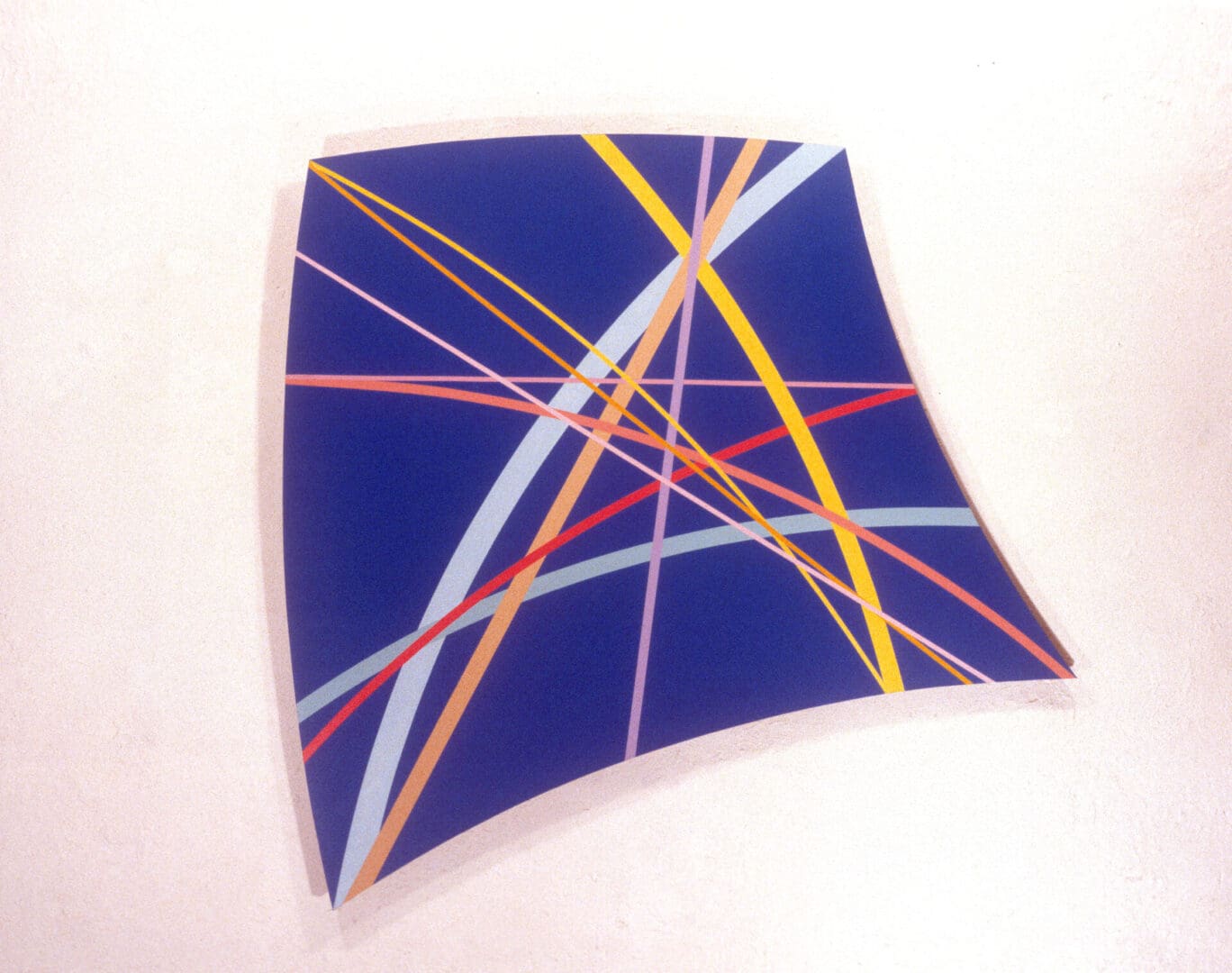


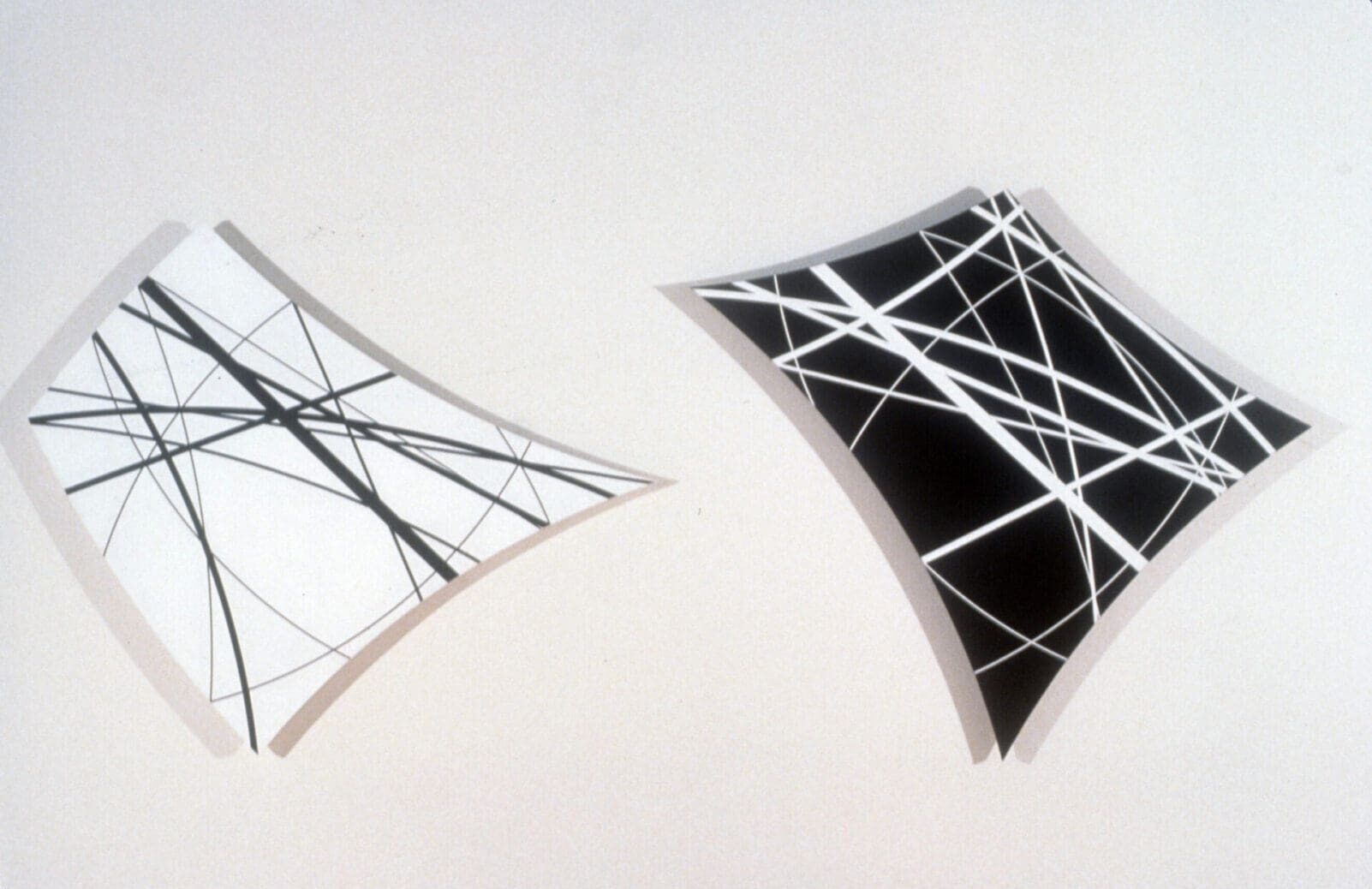
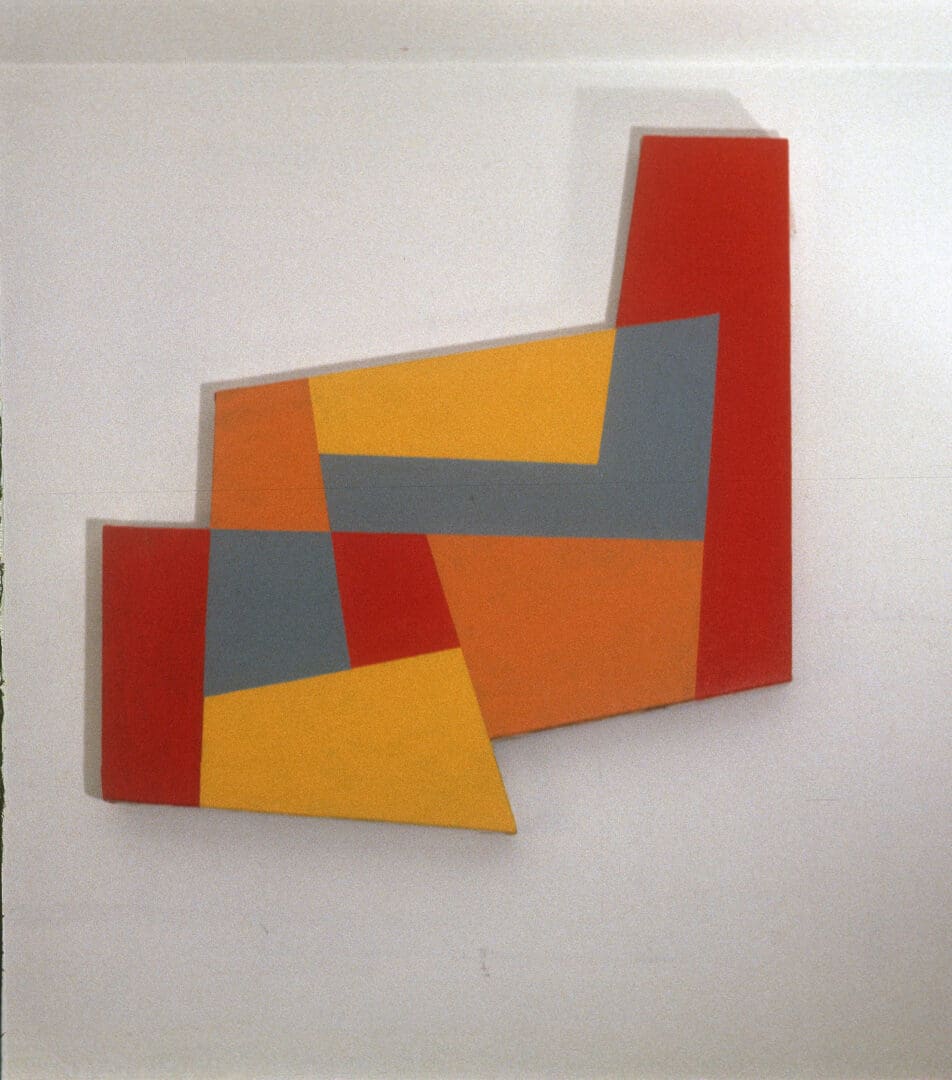
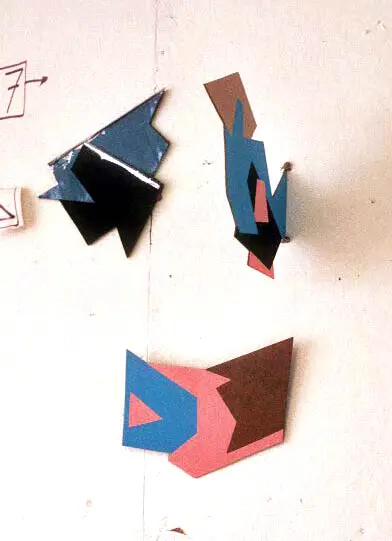
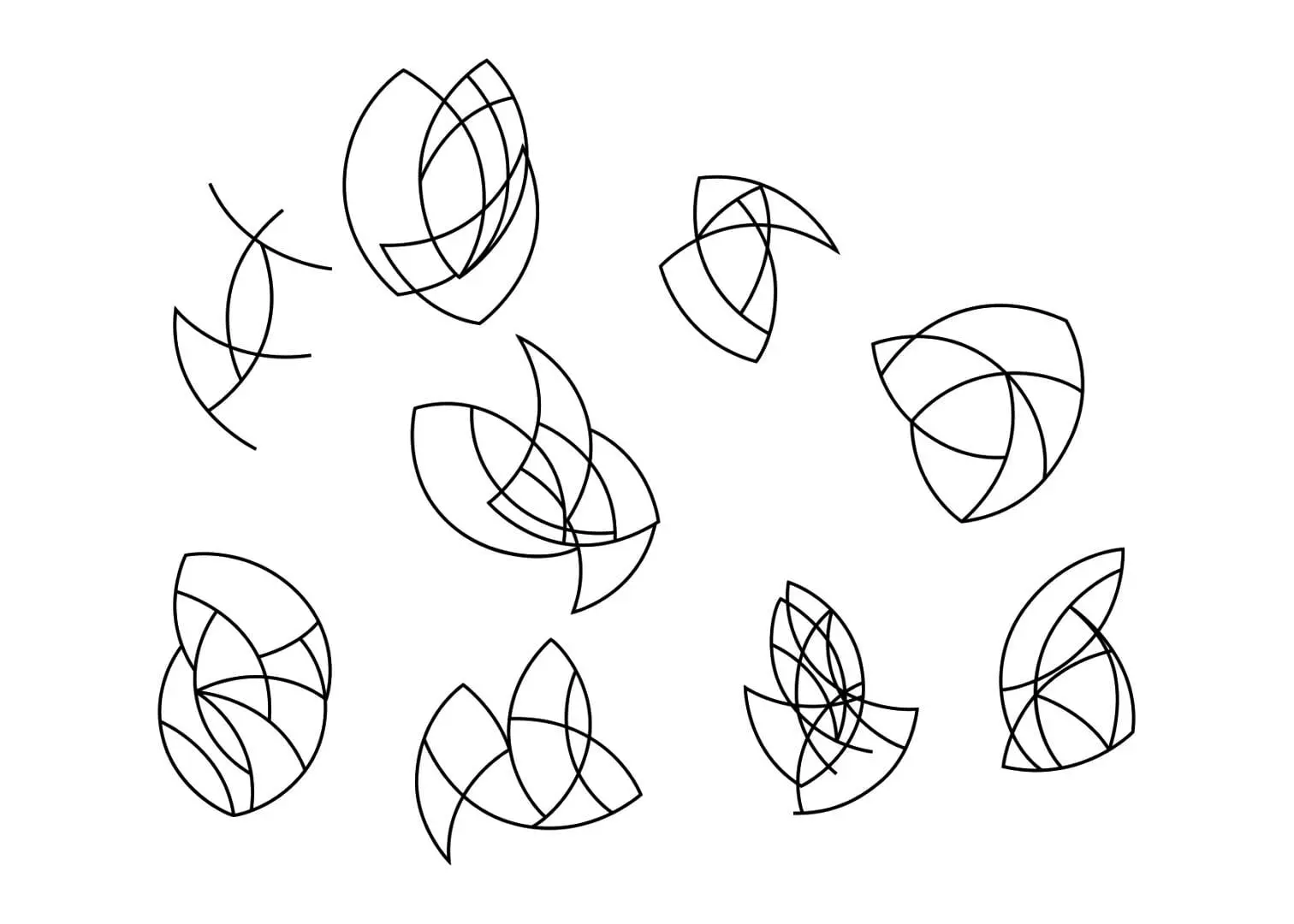
Clifford Singer, Geometrical Clouds, Invisible Paintings Series 1977-1978 ©; "These paintings follow the format of my Geometrical Cloud steel pieces 1974-1975 in hyper spatial geometry approaching invisibility in n-dimensions. I produced these paintings while enrolled at the Hunter Graduate Program which in retrospect were greatly misunderstood by Faculty and Graduate peers, however are now being recognized after much dispute. I was accused of tracing and projecting my images to the canvas by Ralph Humphrey, however I confirmed that I simply intuited higher dimensional geometry and painted directly on canvas with the use of a wood bridge and no. 3 sable brush.
I never traced from a higher dimensional model. These pieces are of my original creation and interpretation of hyper spatial geometry in n-dimensions. In 1977, I brought one of these paintings to the O.K. Harris Gallery, NY and presented it to Ivan C. Karp, who stated while stepping back 'Wow, that's pure'."
"The works encompassed my investigations into fragments of hyper spatial geometric images both visible and invisible in higher dimensions. There was discussion of hyper spatial geometry and String theory since 1969 as well as in R. Buckminster Fuller’s work Synergetics. Further evidence is in my painting entitled Quantum Module, 1973 and 4D Structure Model Drawing 1973, a precursor to higher dimensional geometries. Now in retrospect, I see that I had predetermined the more recent M-Theory of 1995 during the late 1970s. Also, I see that I had paralleled Benoit Mandelbrot’s fractal clouds.
The invisibility or ‘invisible paintings’ were atmospheric, and as I am quoted as stating ‘disintegrating’, whereby painting the lines by hand with merging transparent gouache on a light blue acrylic field and having the lighting dimmed slightly in a gallery setting the lines disappear or vanish. There are numerous other similar Geometrical Cloud paintings from this period that are slightly sharper in contrast with line to field and within the hyper spatial geometric mode are ‘corpuscular’ in theory and by nature as seen in the picture plane. This created quite a lot of controversy by viewers of the work in 1974-1975 to 1977 and 1978."
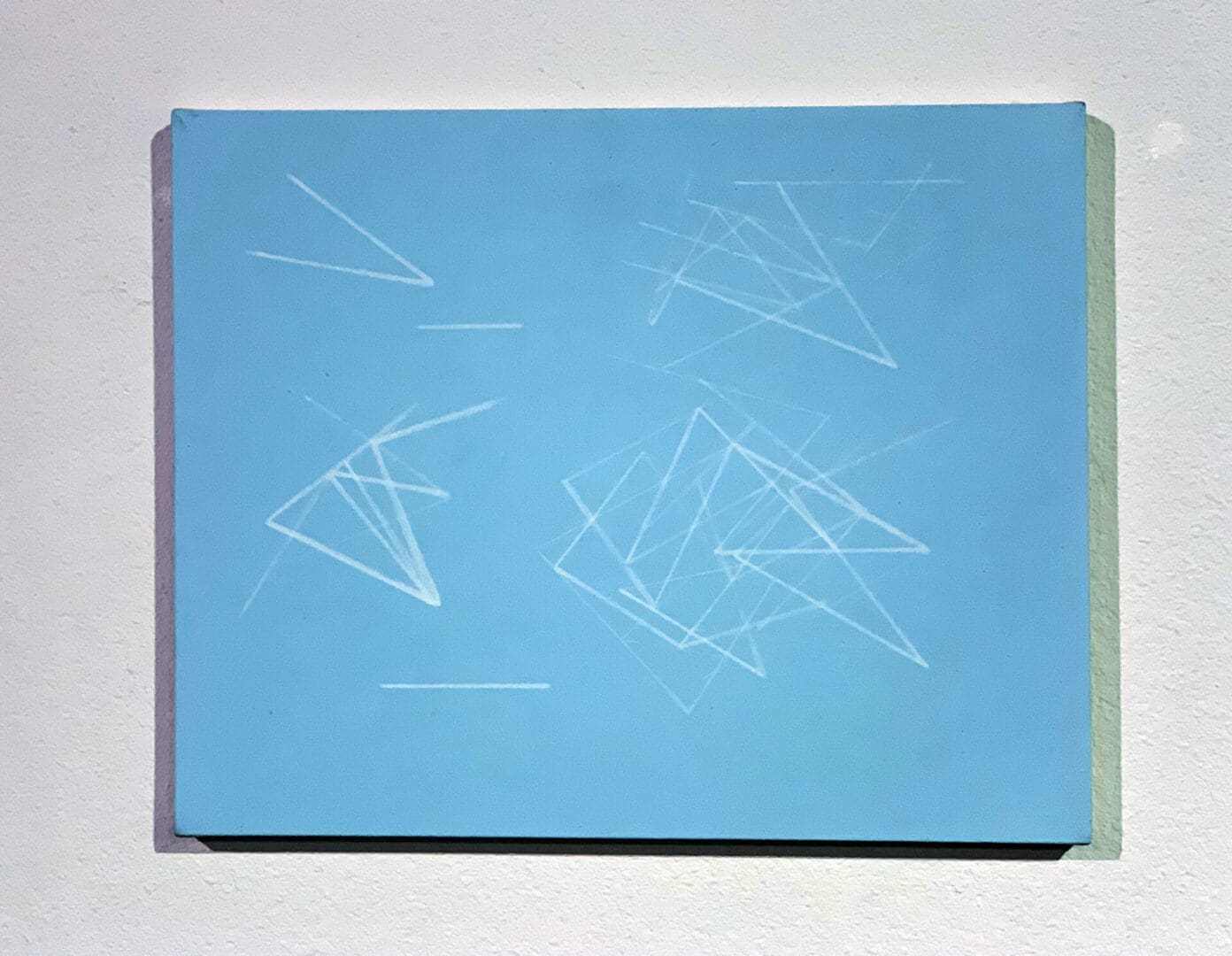
Clifford Singer, Atmosphere, Geometrical Cloud, Invisible Painting, 1977©, Gouache on acrylic on canvas,
72 1/4 x 88 inches, This painting was produced by finding the original stretcher on the street in Soho, but later rolled the canvas in clear 4 mil polyurethane sheeting for 41 years. Until recently, Simon Liu assisted in manufacturing a stretcher so that I could re-stretch the canvas. This painting is the largest of my Invisible Paintings from that period.

Clifford Singer, Geometrical Cloud, Invisible Painting Series, 1977-1978 ©, Gouache on acrylic on canvas, 18 x 24 inches
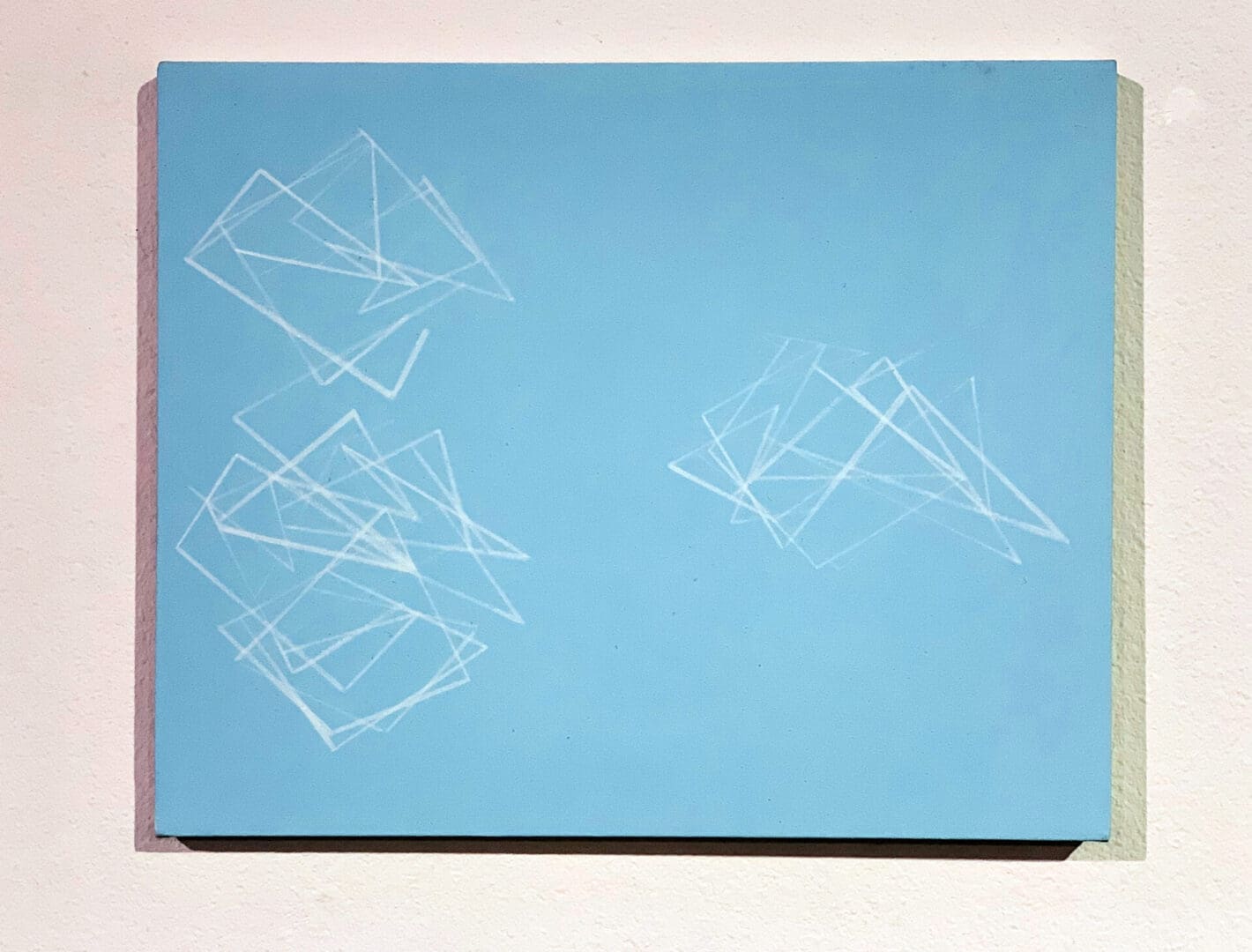
Clifford Singer, Geometrical Cloud, Invisible Painting Series, 1977-1978 ©, Gouache on acrylic on canvas, 18 x 24 inches

Atmosphere. 1977. Gouache on Acrylic on Canvas on wood stretcher. 72 1/4 x 88 x 2 inches

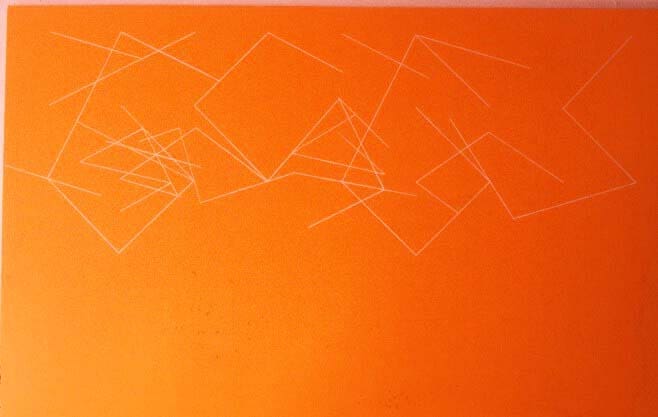
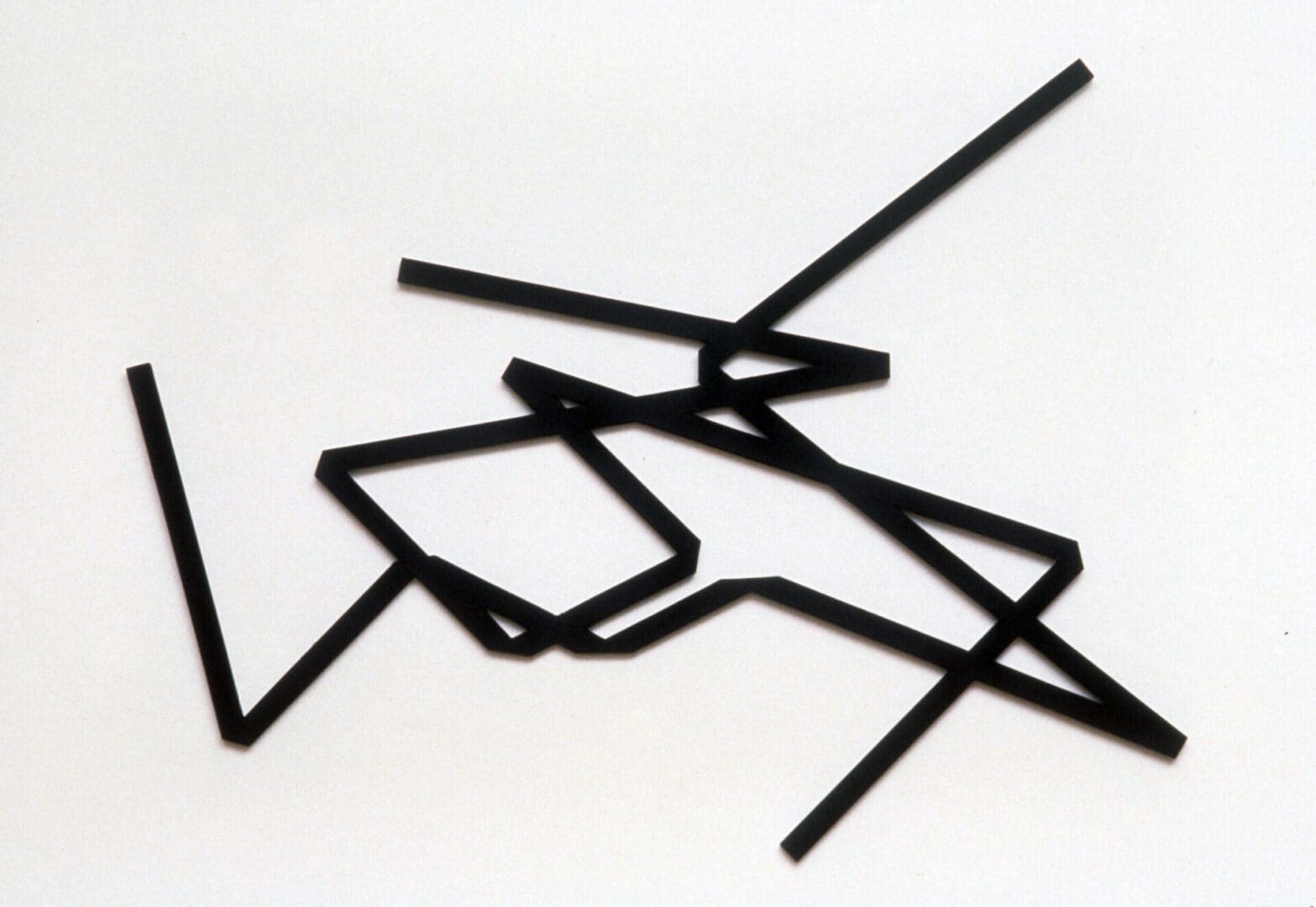
Clifford Singer. Geometrical Clouds Series. Black Cloud. 1977-1996. Acrylic on Hand Cut Polystyrene. 36 x 46 inches
Clifford Singer, Geometrical Clouds, 1978©, Gouache on acrylic on canvas, 81 x 111 inches,
This painting was done in 1978 while in Robert Swain's painting class at Hunter Graduate School
"Working in this fashion had created difficulties for the viewer in that it is contradictory and inconsistent with common experience that is -- actually based in fact. This Geometrical Cloud painting which I had produced in 1978 raised much controversy, considering a broad difference with known reference of works by traditionally known contemporaries such as Josef Albers, Al Held, Kenneth Snelson, as well as Kenneth Martin with his systematic grid work at that time. "
"White Cloud as a wall construction was derived and developed from an aquatint etching that I had done in Vincent Longo’s print studio in 1978 and later produced from hand cut plastic with white acrylic as you can see here. The Blue Cloud wall construction was developed from a series of drawings in 1978 and hand cut plastic with blue acrylic that are consistent with my method in producing this Geometric Cloud painting in 1978. It is fascinating to see a Geometrical Cloud painting together with the Geometric Cloud sculptures."
Ivan C. Karp of the O.K. Harris Gallery, New York stated in 1978 “Clifford Singer is the most fierce geometric painter” Clifford Singer © 2012
Nicholas Krushenick told me in 1974, "Cliff, you are only as good as your last painting."
Nicholas Krushenick further remarked, "Albers painted that same square for thirty years."
"I was the one who told Al Held to go to art school." Years later I discovered that Nick and his brother were comedians in the Catskills for many years.
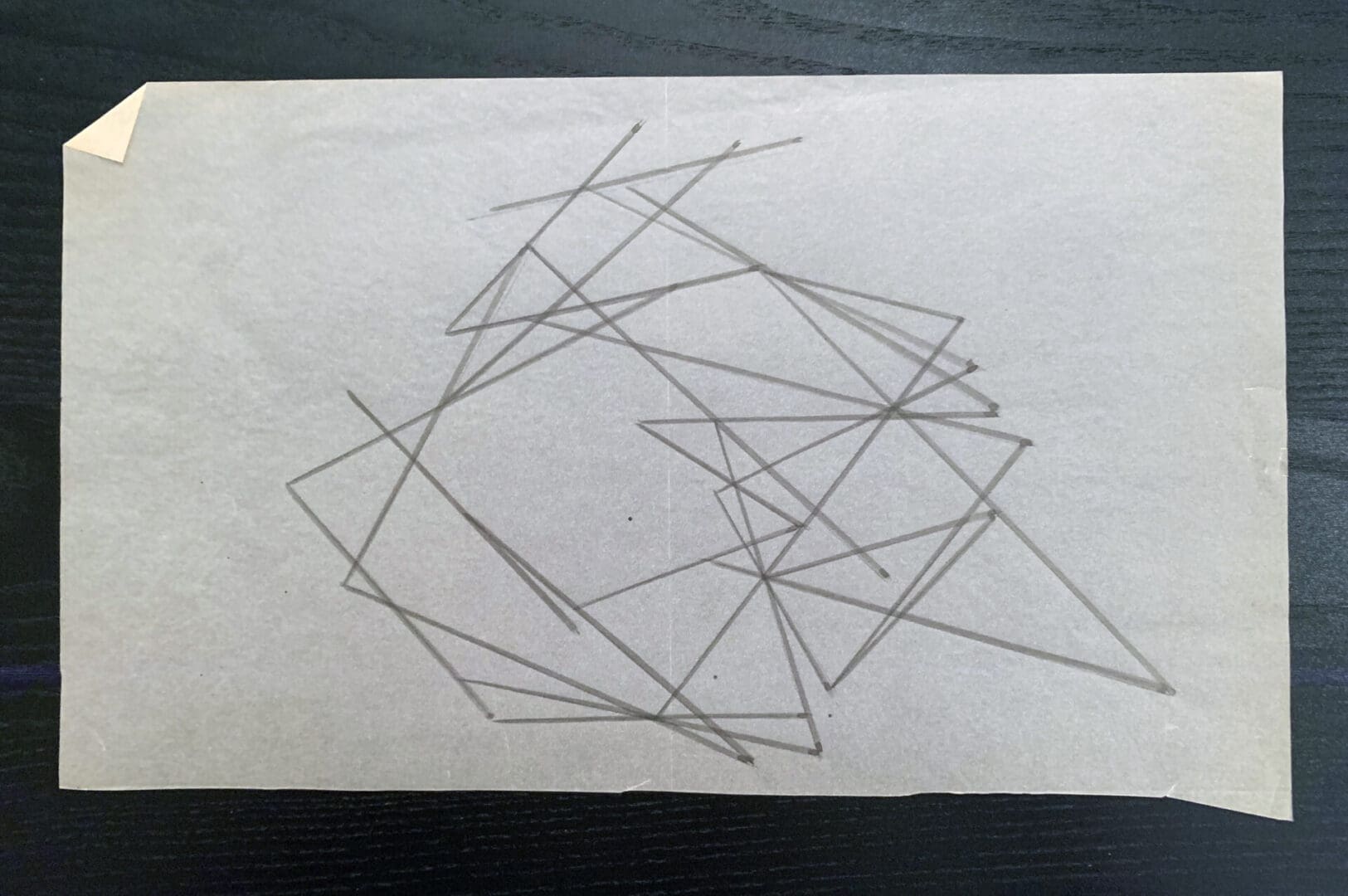
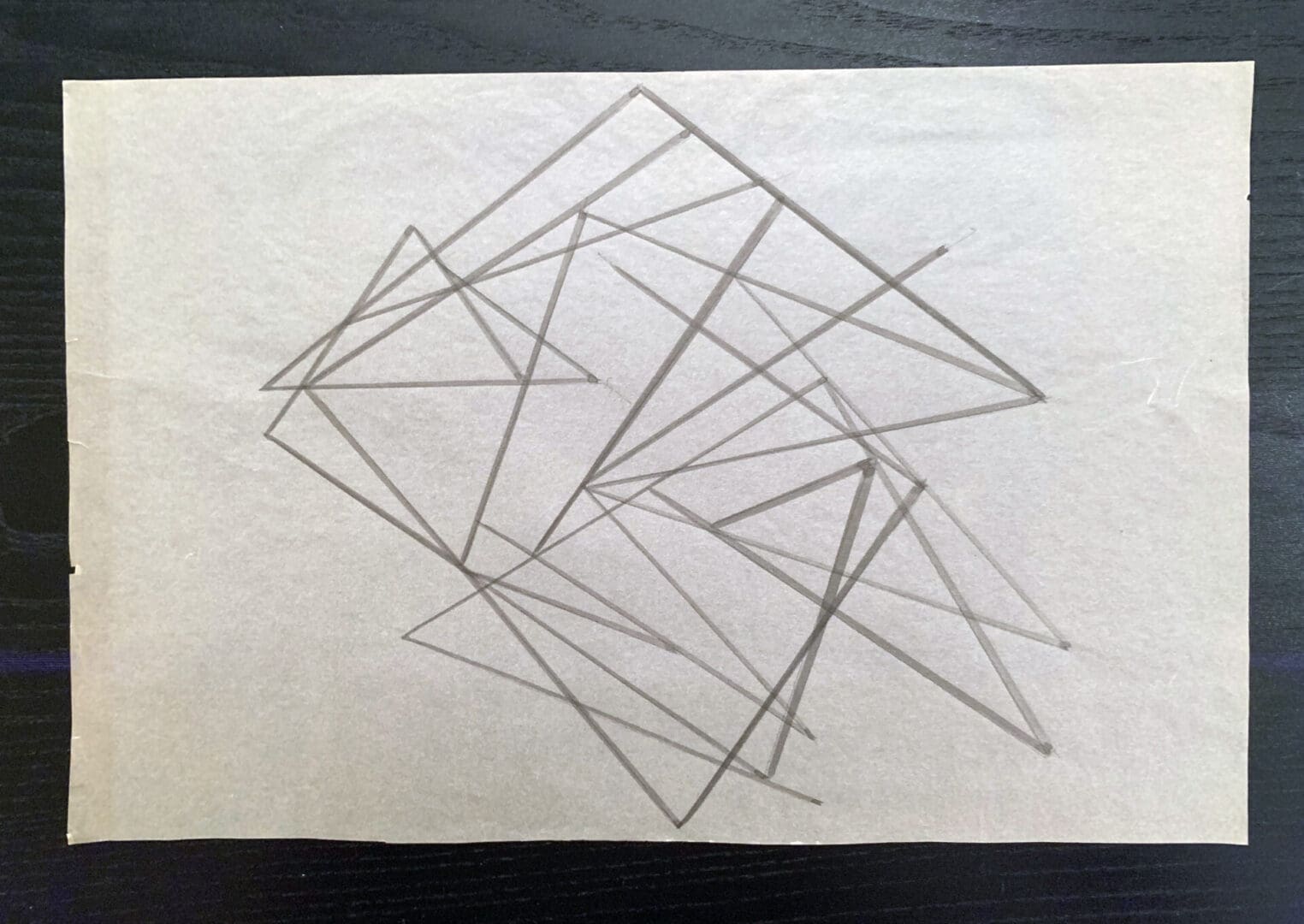
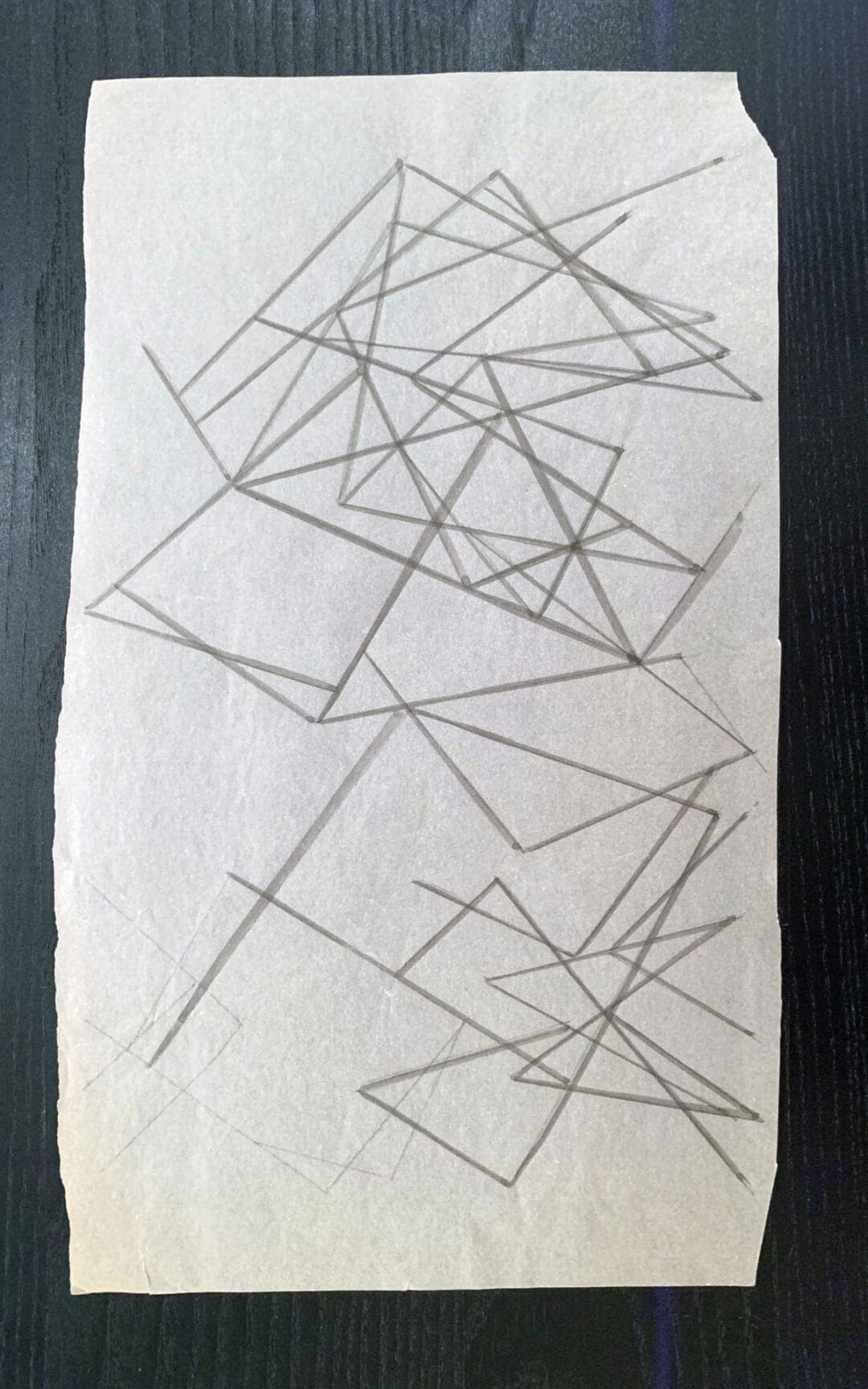
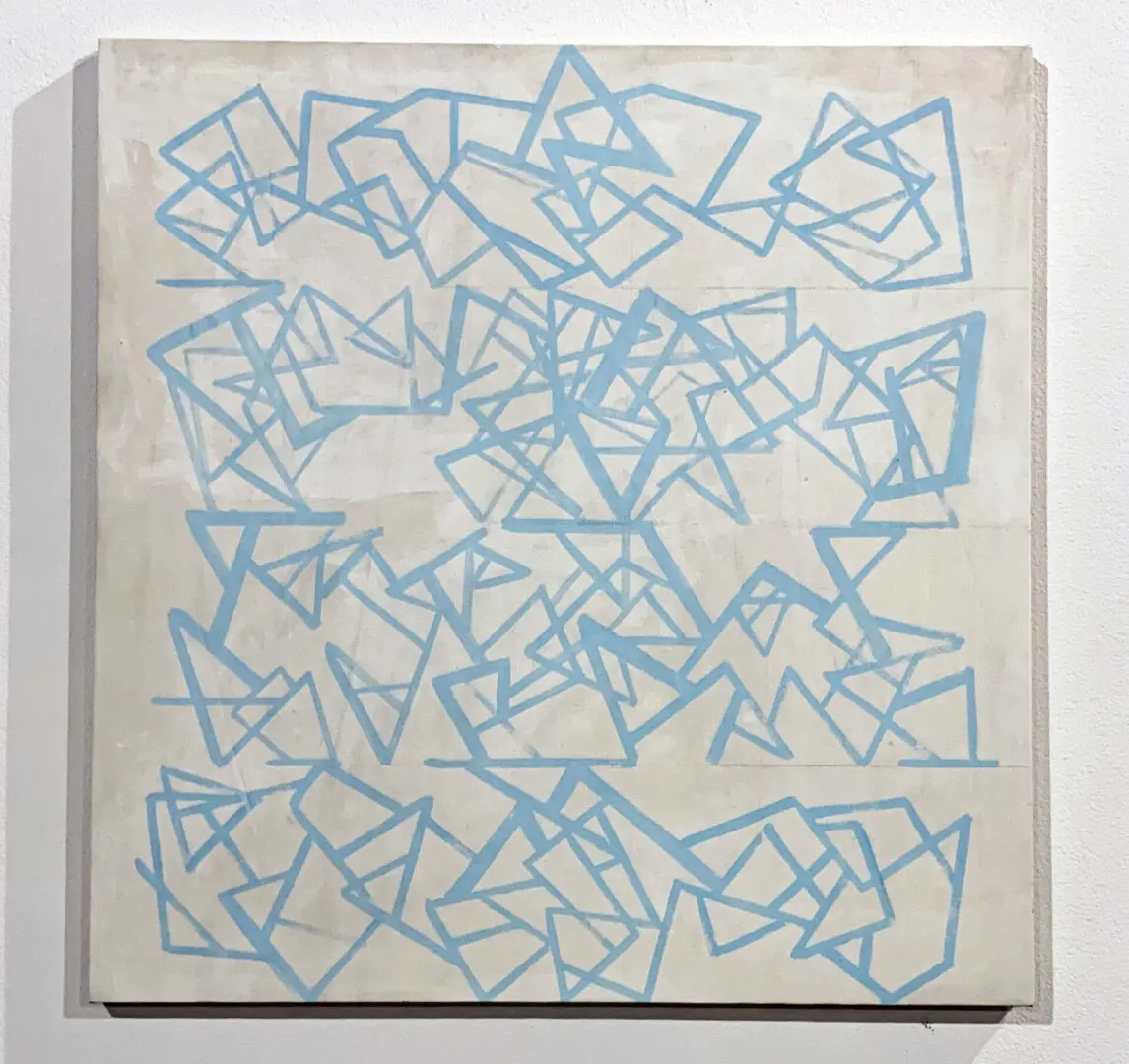
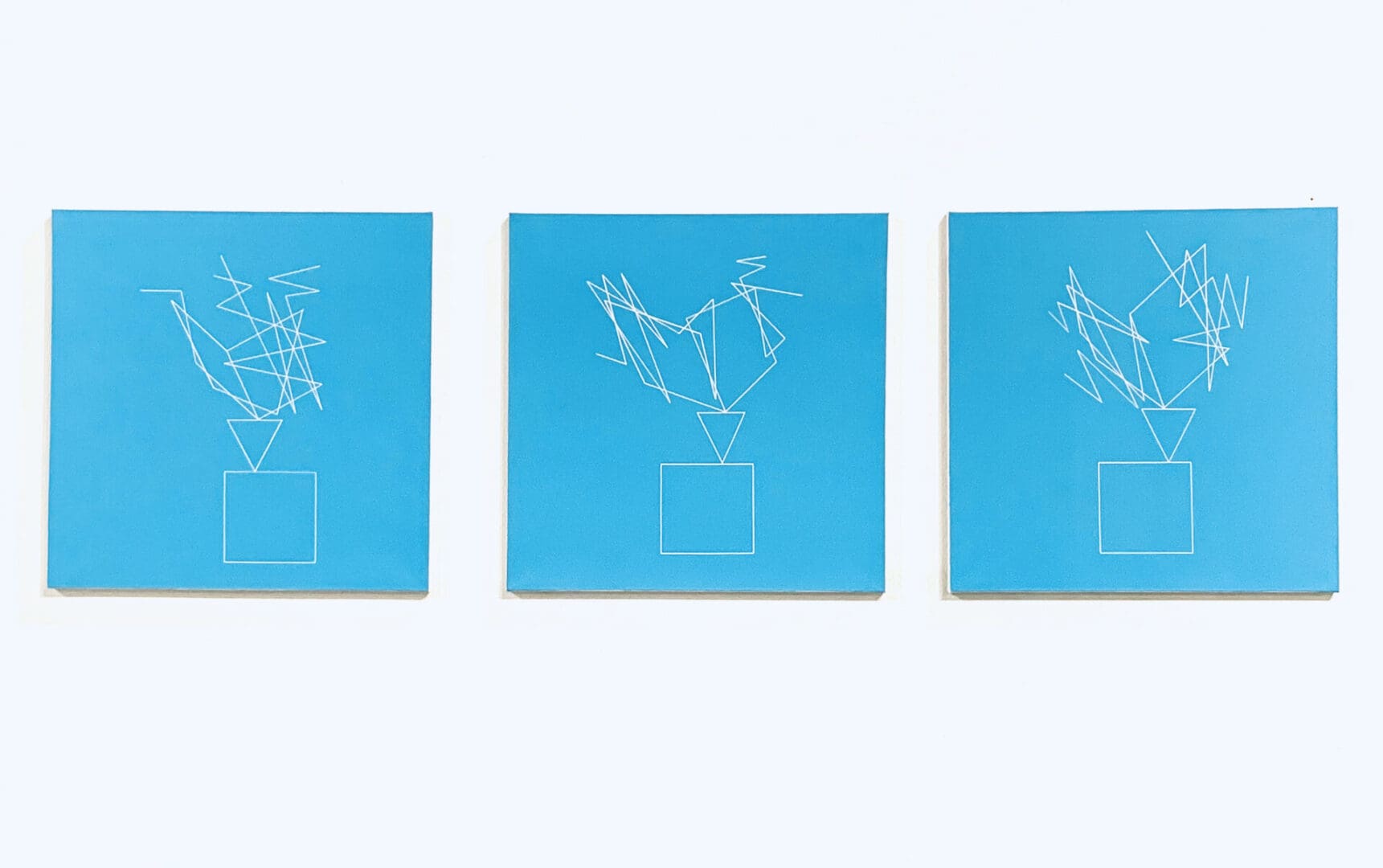
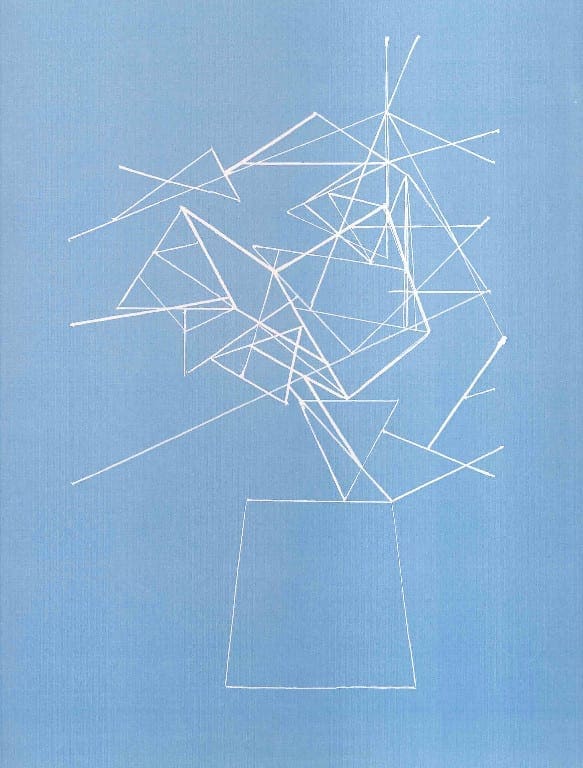
Clifford Singer, Hyper Cube, 1978©, Gouache on acrylic on canvas


Clifford Singer, Hyper Cube Panels, 1978-1979©, Acrylic on canvas, 30 x 24 each
"As you can see from these three panels in blue, red and black which I painted in 1978-1979, are hyper cubes viewed from three different vantage points. David Smith’s concept of creating the Cubi sculpture and putting them on the landscape against the sky intrigued me, so I painted higher dimensional cubes on canvas, since mine could not be physically built. Also, I painted the sky different colors. These constructions dealt with Man Ray’s concept of coloring clouds different colors, La Fortune 1938/41 (mine are geometrical clouds)." Clifford Singer©
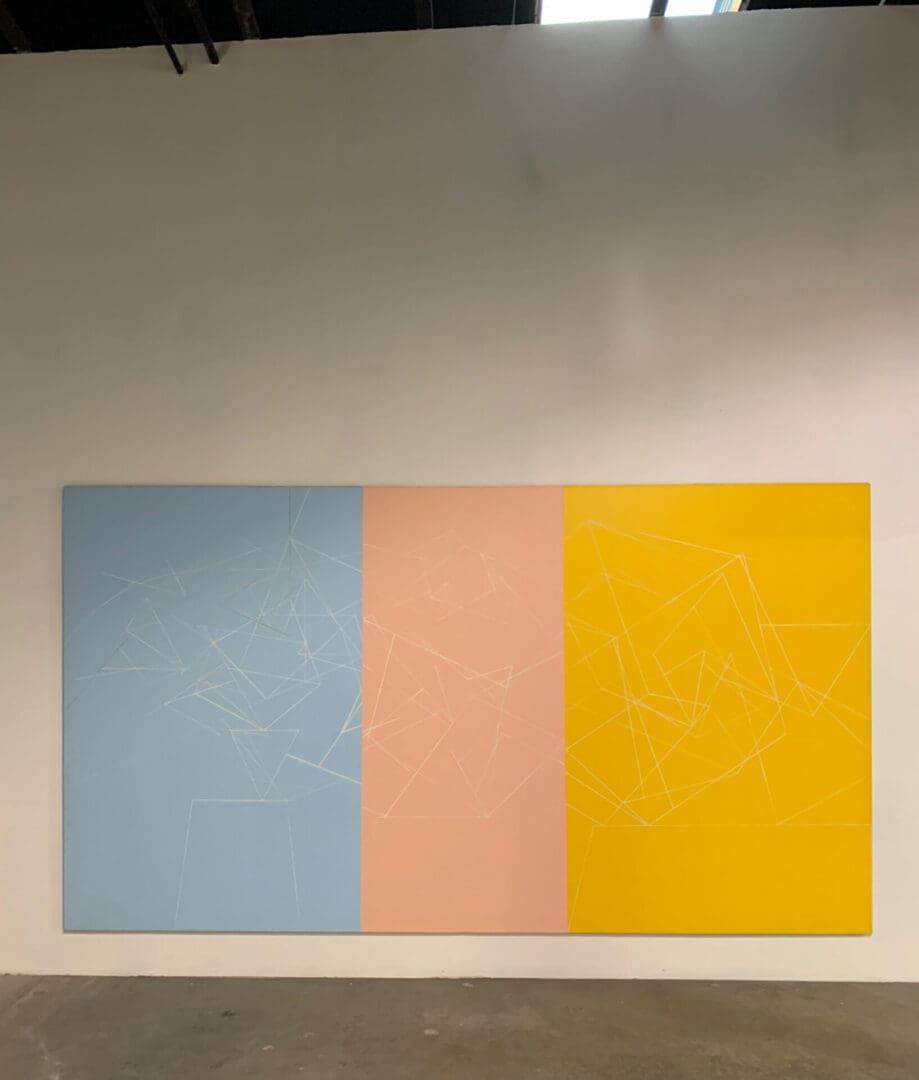
Clifford Singer. Hyper Cube Series. 1978.
Gouache on Acrylic on Canvas. 92 x 166 inches.
Collection of the Artist. Photo: Clifford Singer
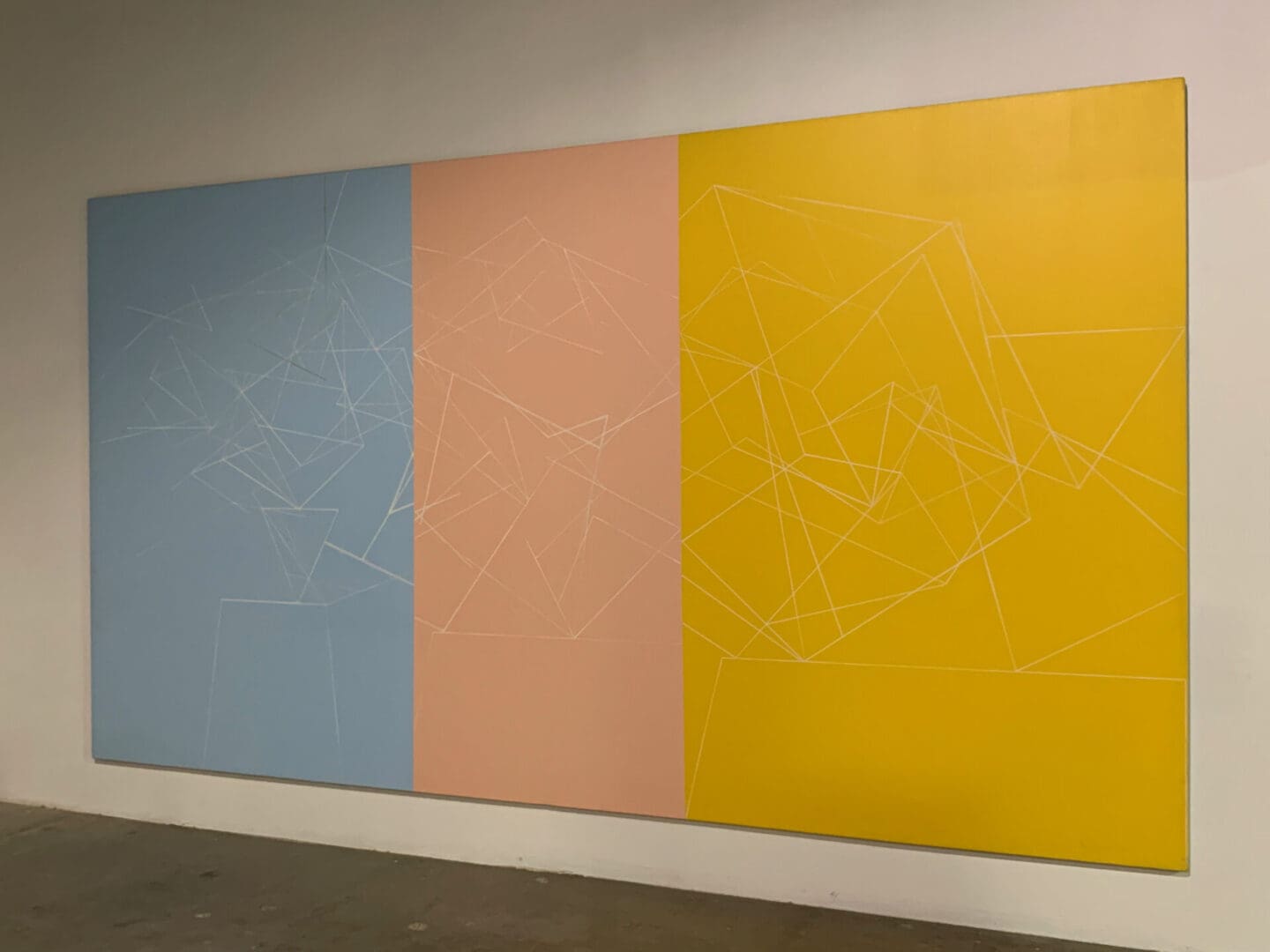
Hyper Cube Series. 1978. Gouache on Acrylic on Canvas. 92 x 166 inches. Stretched on Lebron stretcher bars.
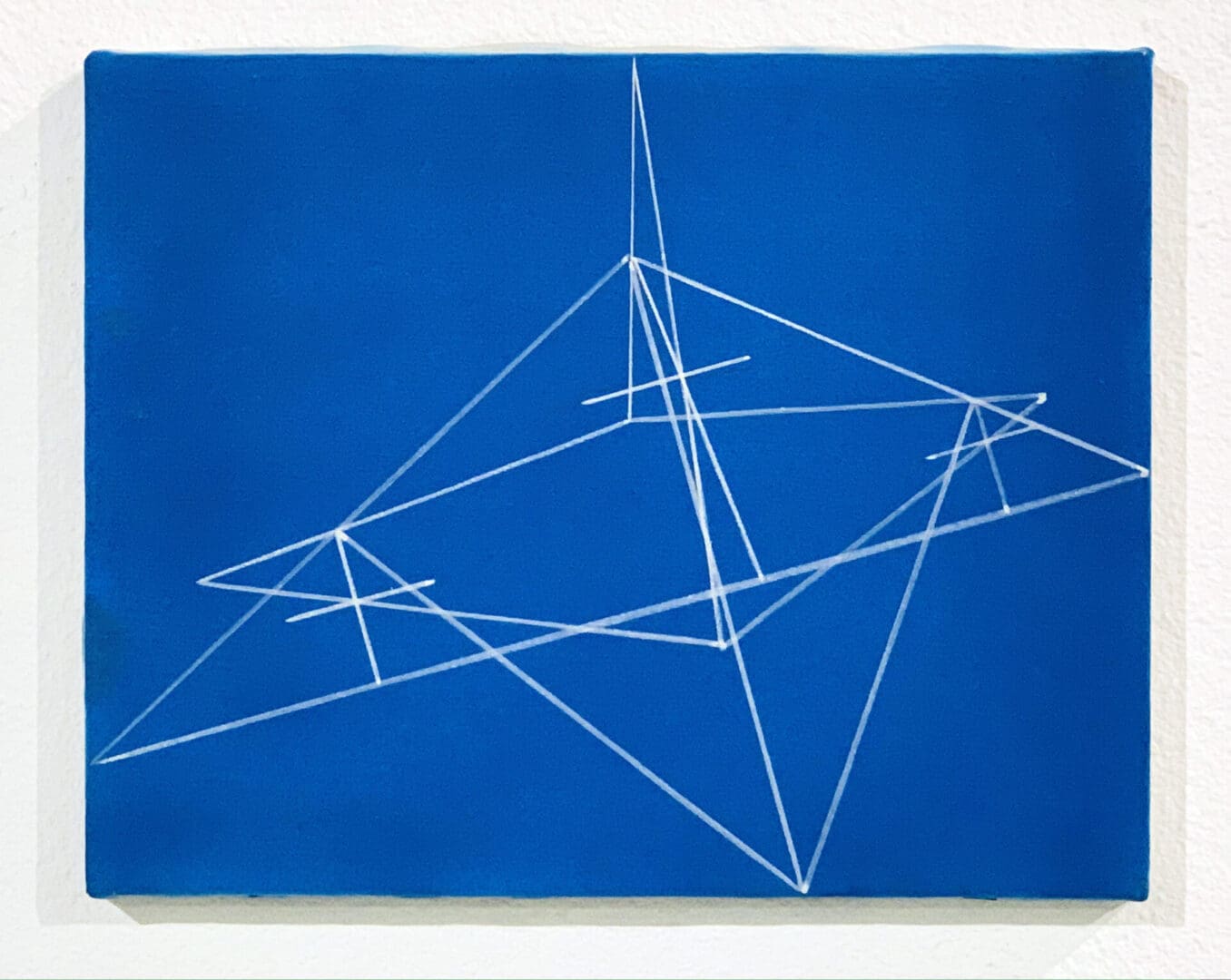
4D Pyramid. 1978. Gouache on Acrylic on Canvas. 11 x 14 inches

Study for Hyper Cube Painting. 1978. Gouache on Acrylic on Canvas. 10 x 22 inches
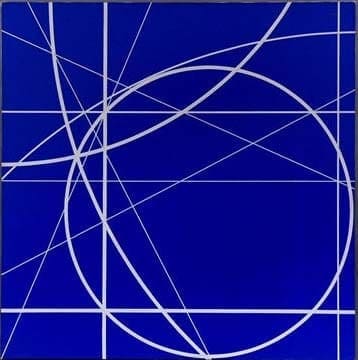
Clifford Singer, Untitled, Blue Gray, ©1980-1981,
Acrylic on canvas, 52 x 52 inches, Collection of the Artist.
Ivan Chermayeff bought this piece from me earmarked for the Mobil Oil Collection which ended up in his conference room at Chermayeff and Geismar for many years and then I bought it back from Stair Gallery Auction a few years back when Ivan was selling his collection.
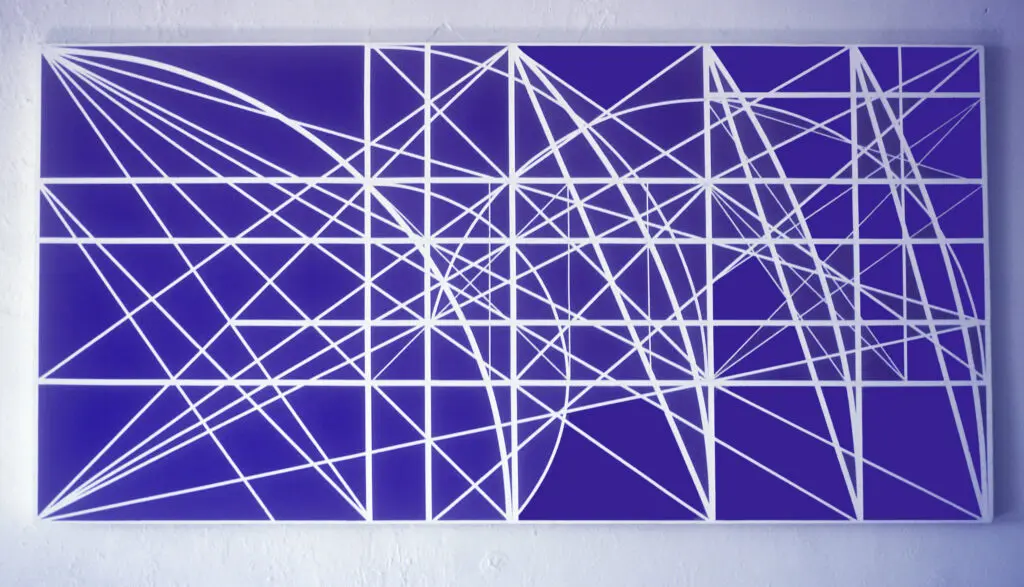
Clifford Singer, Blue Progression, 1979 ©, Acrylic on canvas, 42 x 84 inches, Photo: Clifford Singer
Mobil Oil Collection, Fairfax, Virginia
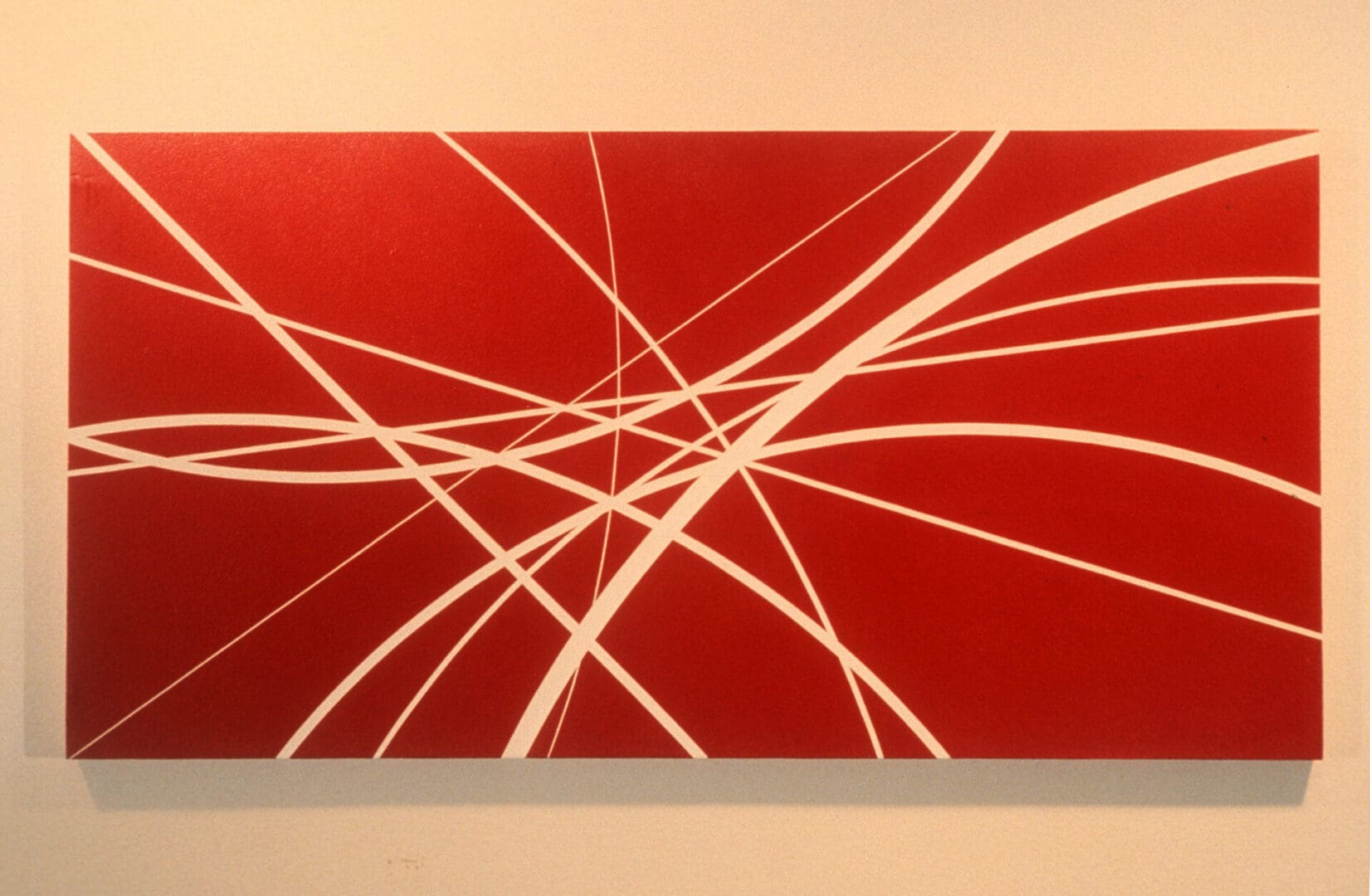
Lemma III. Mobil Commission. Red Panel. 1983. Oil on Canvas. 72 x 144 inches
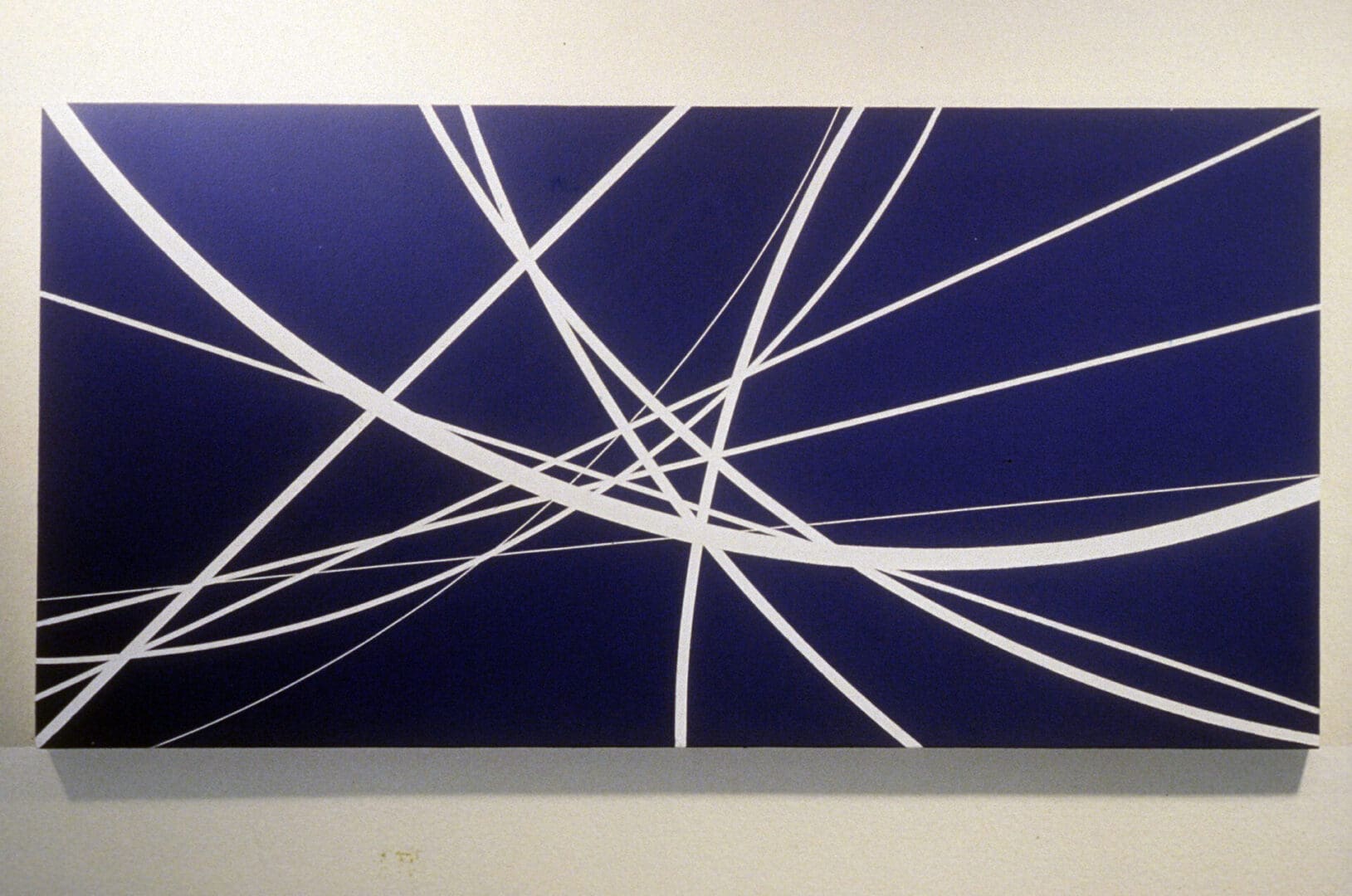
Lemma III. Mobil Commission. Blue Panel. 1983. Oil on Canvas. 72 x 144 inches
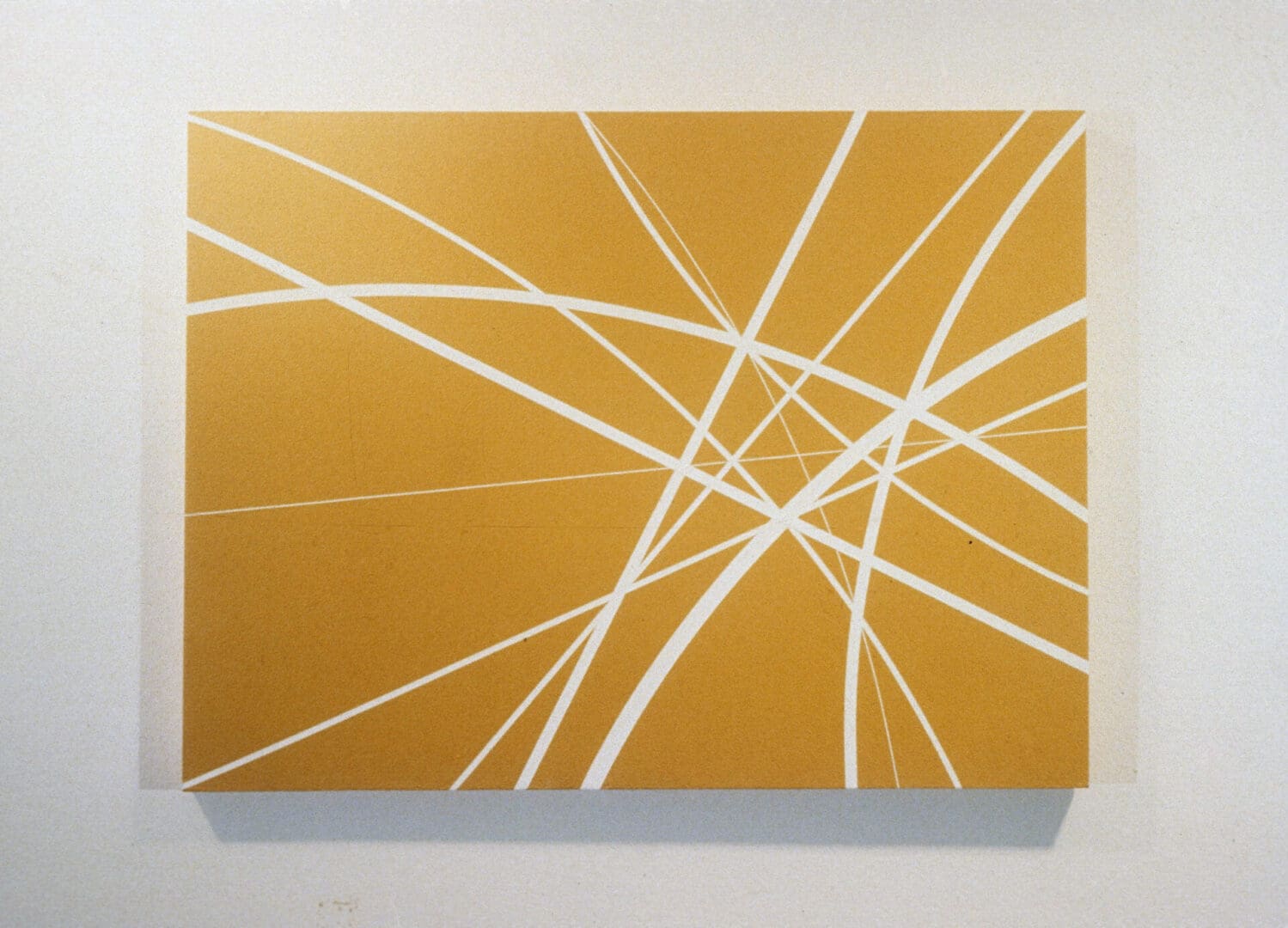
Lemma III. Mobil Commission. Yellow Panel. 1983. Oil on Canvas. 72 x 96 inches
Edward Fields Tapestry
I contracted with Jack Fields of Edward Fields in 1983 to do a limited edition carpet wall tapestry based on 35mm slide of a painting I produced at the time derived from panel one of my print portfolio Pentameter Suite, 1982. Jack had a prototype made in his carpet factory measuring approx. 60 x 60 inches, numbered 1/12 unsigned. I went to their showroom office at midtown Manhattan and was dissatisfied with the product. Thus within months canceled the contract with Edward Fields.
Recently, this canceled and disapproved carpet turned up on the art market in Miami, Florida. I enquired with Edward Fields in New York about the carpet/tapestry. Edward Fields was sold to Tai Ping Carpet in around 2005. This further distances me from the canceled carpet edition.
The carpet label on reverse has an incorrect title which was never issued by artist nor approved by artist. There is no provenance on the carpet tapestry or how it ended up in Miami. Please contact me if you should have any information on provenance. I was never paid my commission on the work and should not be on the market.
See below:
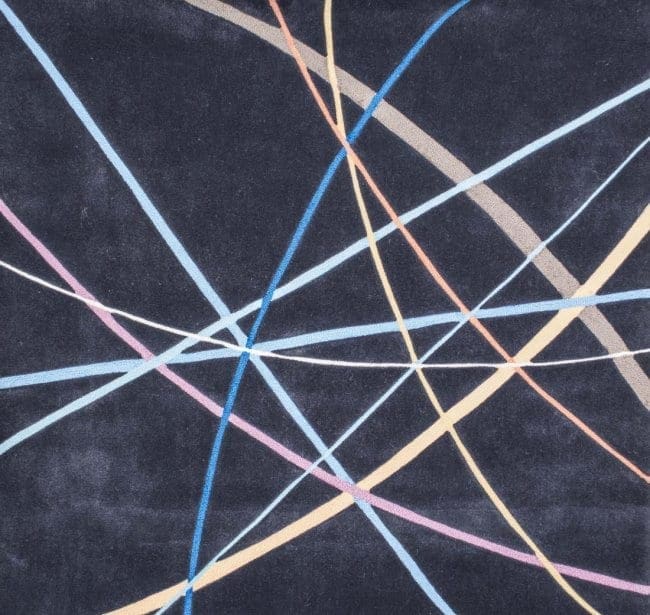
Clifford Singer ©1983
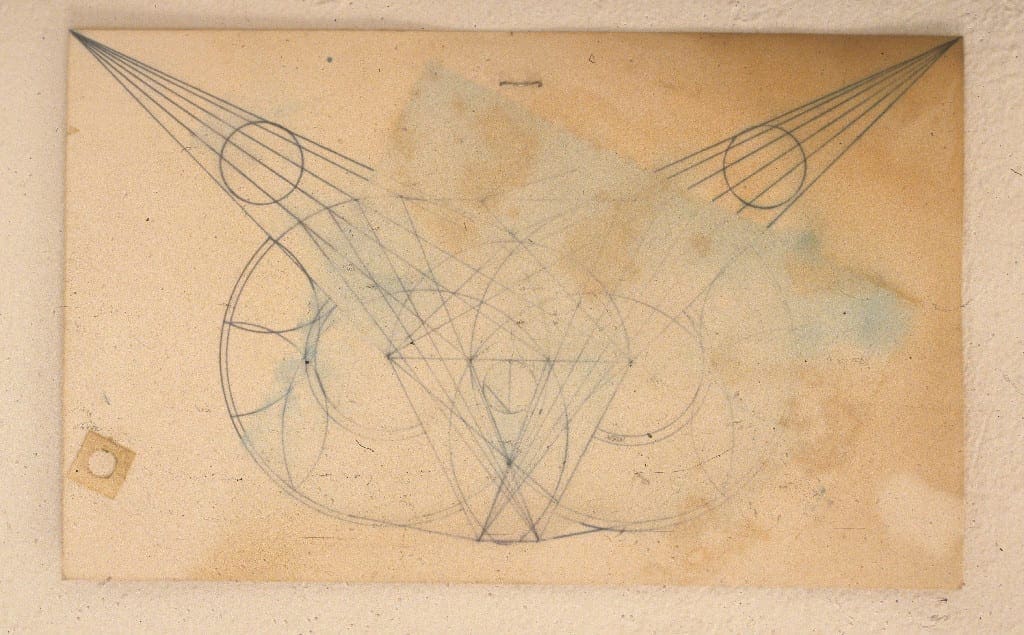
Clifford Singer, first geometric drawing, pen on oak tag 1967 ©
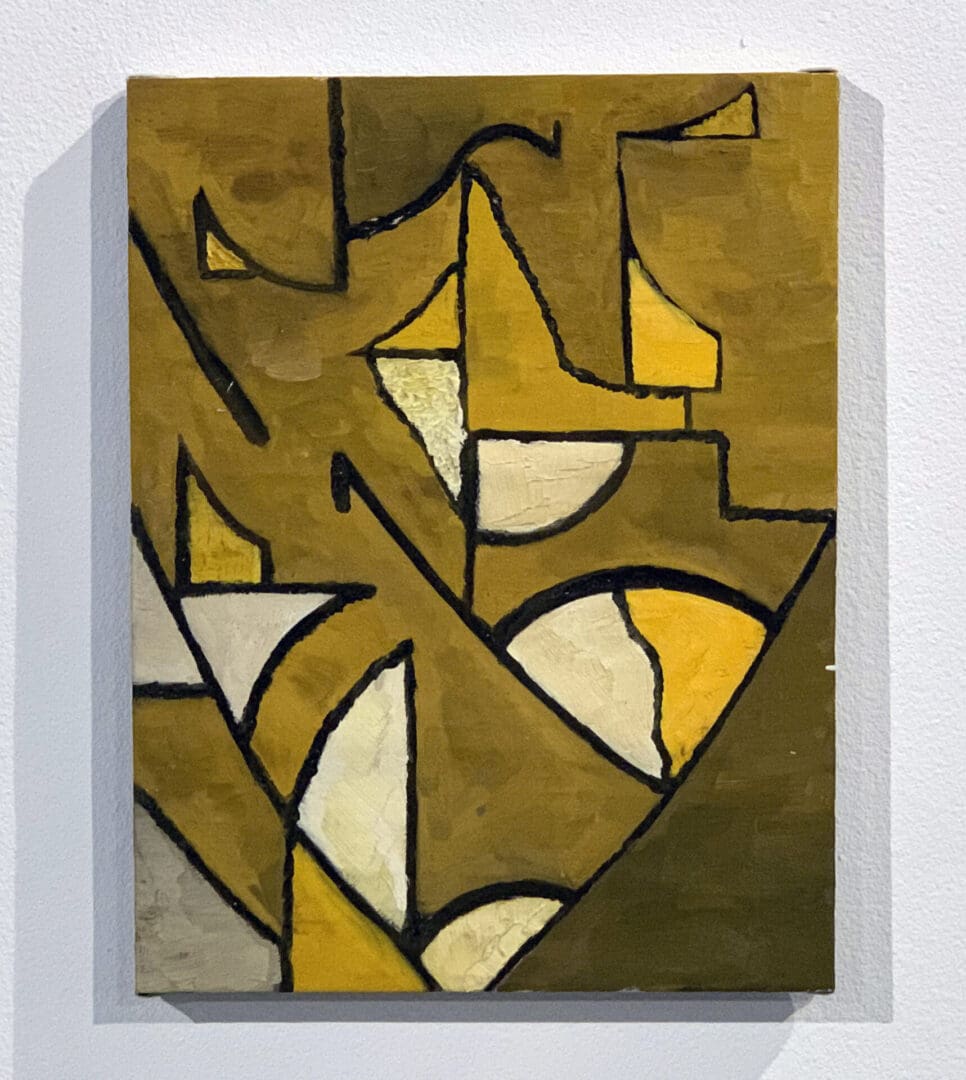
Clifford Singer. Untitled. Oil on Canvas. 25.5 x 19.75. 1972
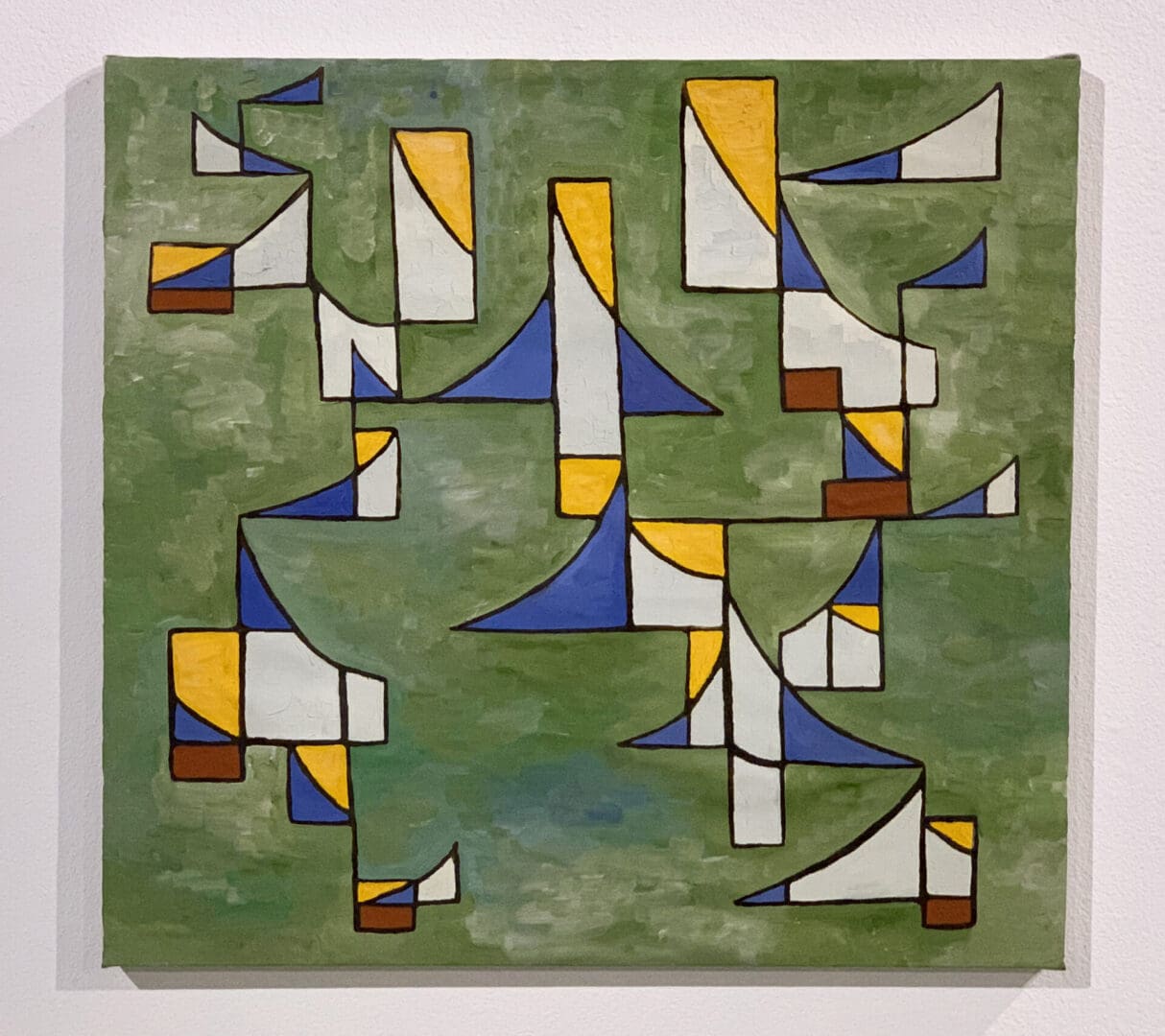
Clifford Singer. Untitled. Oil on Canvas. 29.5 x 31.5. 1972
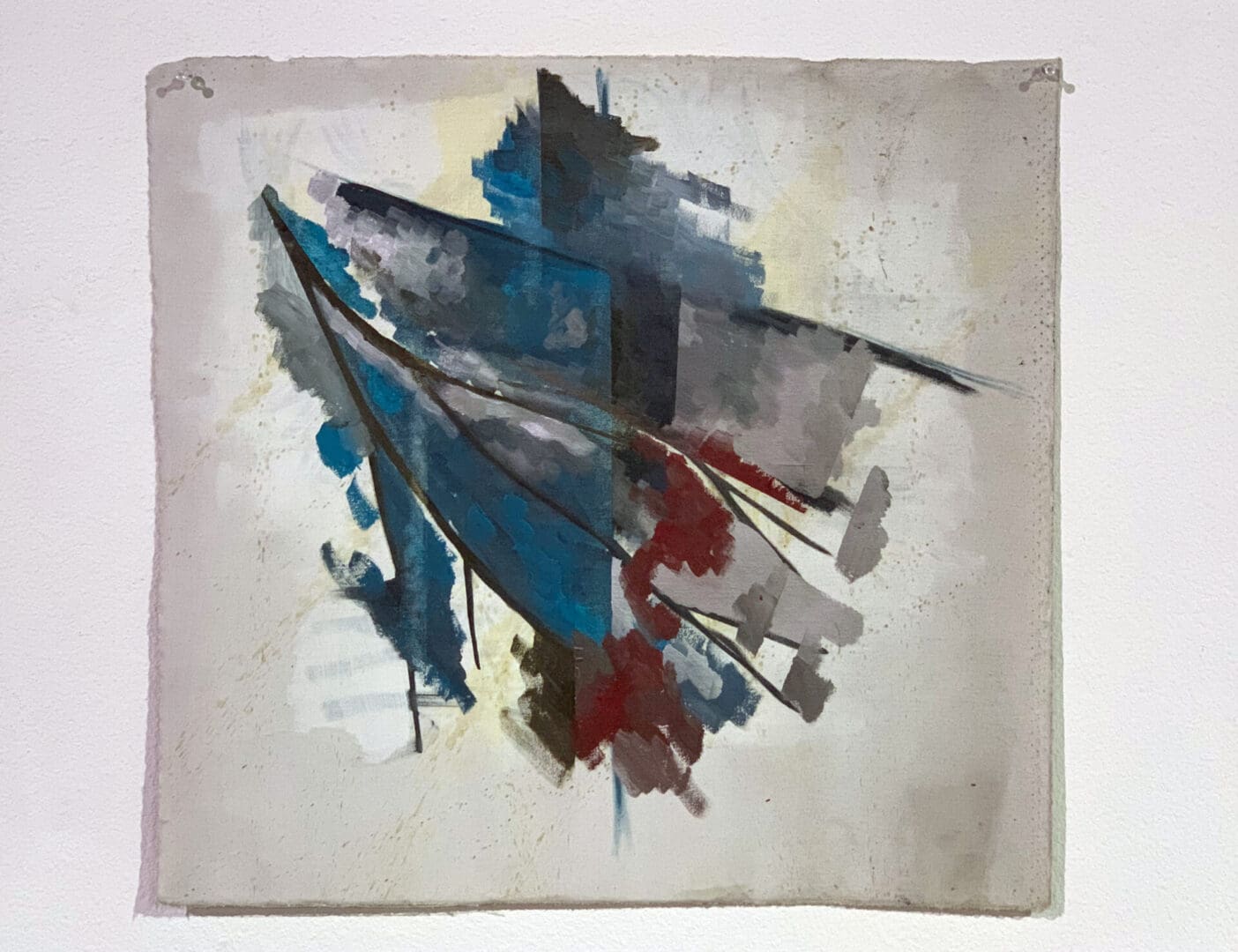
after Duchamp. 1972-1973. Oil on Canvas. 22 x 24 inches
after Duchamp, was influenced by this Duchamp painting:
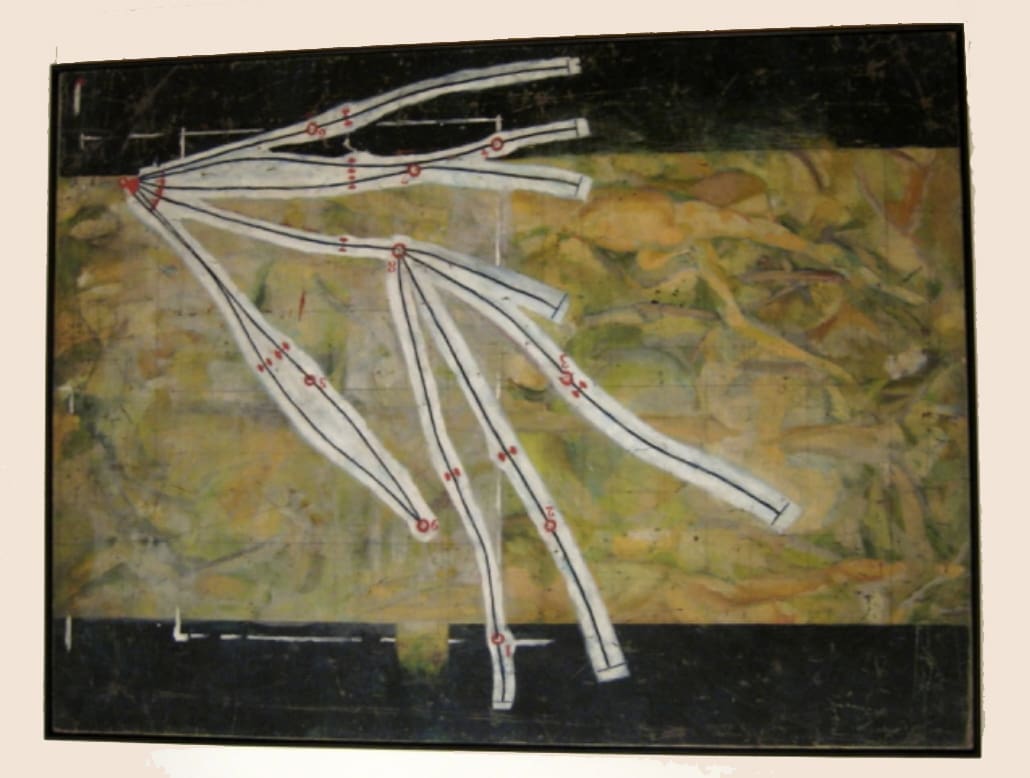
NYC - MoMA: Marcel Duchamp's Network
of Stoppages
Network of Stoppages, Paris 1914.
Oil and pencil on canvas, 58 5/8" x 6' 5 5/8" (148.9
x 197.7 cm).
Marcel Duchamp (American, born France, 1887-
1968)
